
DavidEN
-
Posts
131 -
Joined
-
Last visited
Content Type
Profiles
Forums
Gallery
Events
Posts posted by DavidEN
-
-
Time to start phase one of the dreaded ratline tying stage. I decided to give myself a leg up and have a bit of a practice before leaping onto the model. I knocked up a quick frame out of some scrap wood and then approximated the run of the shrouds. I had read in Steel that the ratlines should be 0.19mm in diameter. I did not have that size in my stock of dark brown thread but noticed that Dunnock had used 0.25mm diameter in his Diana build to good effect. I experimented with some 0.25mm diameter Gutterman polyester thread, some slightly thicker Gutterman thread and the 0.25mm dark brown from Ropes of Scale. Unfortunately for my bank balance the 0.25mm RoS was the most pleasing to my eye. I initially thought that I could use a seized eye at either end but I was unable to get seizing small enough so I resorted to the tried and tested cow hitch at either end and clove hitches in the middle. I could not help doing a triumphant moo every time I completed a well tied cow hitch though this soon turned into a mournful lowing as I realised that they are very fragile and tend to unravel once the excess thread is trimmed close to the knot. Once this happens it is not recoverable as there is not enough material left to retie the knot which means the whole row must be replaced. I only discovered this after I finished installing all the lower fore mast ratlines so I will have to look for an alternative knot for the remaining masts.
Lees gives a distance between ratlines of 13-15 inches so I split the difference and settled on 14 which comes out at about 5.5mm at 1:64 scale. I drew up a series of suitably spaced lines on the CAD and printed this out to act as a template. Conventional wisdom suggests that one should first tie every 5th row to prevent the awkward hourglass shape to the shrouds so this is how I progressed but it was not enough to prevent distortion.
I was in two minds whether to continue the ratlines above the futtock stave as the shrouds are very close together in this area but looking at the condition on HMS Victory and HMS Trincomalee it would appear that they did carry on up past the futtock stave. Drat. After what seemed like months of work, I completed the lower foremast ratlines. The result is not great and there are some real wonky ones but the dark colour and thinness of the rope means they tend to fade into the background a bit when you are not focusing on them so they will have to do.
The whole ratline tying exercise is a real mixture of tedium and frustration. It is very challenging to get the rope to sit in the right place, to hang in a pleasing manner and to stop it distorting the run of the shrouds. It will probably take me to the last shroud on the mizzen top mast before I have any semblance of technique. Unfortunately, while the RoS rope looks the best it also has the annoying propensity of not wanting to stay knotted so I gave each knot a splosh of diluted white glue to help encourage the correct behaviour but sadly this did not help with the cow hitch conundrum.
I added the catharpins. There seems to be many methods of constructing these as well as the methods of attachment to the shrouds. While I liked the look of the served variety, I decided to go with a plain 0.8mm diameter rope seized directly to the shroud. There is a lot going on in this area so I decided a less is more approach would be appropriate to reduce the clutter. I initially fixed these above the futtock stave but then cut them out and installed them below to prevent them creeping up once they were tensioned. I tied them fairly loose thinking that they would tighten up once the futtock shrouds were tensioned. They did but are still a touch loose. I am hoping that the top mast shroud installation will provide the final bit of tensioning.
I installed the futtock shrouds. These were 0.8mm diameter rope. They had a PE hook seized into the one end and were then wrapped once around the futtock stave and then lashed to the adjacent shroud with three seizings as detailed in Lees. These were then finished off with a few ratlines. Once in place I felt that the proportions were a touch off and I could have done with moving the futtock stave slightly further down the shrouds however I am not going to dismantle everything to see if this is a worthwhile improvement. They will ultimately be partially obscured by the yards and other rigging so any minor adjustments would be a waste of time.
-
22 hours ago, dunnock said:
David, I can feel your frustration. I felt much the same when working on Diana's shrouds but yours look great so it was worth the effort.
David
Thanks David. I have been enviously studying your ratline post. I was puzzling about the size of rope to use. Steel notes these should be 0.19mm in diameter but I do not have any dark brown rope at this size. I saw that you have used a 0.25mm diameter rope and the result looks very good. I think that is the route I will go down as well.
Regards,
David
-
22 hours ago, DaveBaxt said:
Great work Dave and I like the look of those strops from Amati and seem to work better than the Caldercraft ones. Your tops of the shrouds look really neat and tidy and so far your rigging will compliment the rest of your excellent work.
Thanks Dave It is certainly worth you while to swap out the kit supplied strops with these. I would have ideally liked to get the pre-blackened versions from HiS Models but they were out of stock and I could not be bothered waiting. You still have plenty of time to get an order in though.
Regards,
David
-
My strops arrived from Amati. The delivery was quite swift. I opened them up to accept the deadeyes before giving them a coat of rattle can matt black. I figured that I would do less damage to the paintwork if I just had to close them rather than open and close them once painted. I added a splash of weathering powder and then give them a spray of poly to give the coating a fighting chance of staying on but it is a slim chance.
I employed the same jig as before and attempted a version of the complicated twisted lashing around the deadeye as detailed in Lees. It is a real exercise in frustration to do and the result is quite clumsy. Still once all the ratlines and lanyards are in place, they should not be that visible. I gave the lanyards an experimental yank and this time everything stayed in place. Happy days although tempered by the knowledge that there are many more still to go.
In an attempt to get the served lengths of the shrouds to line up I clamped a length of wood to the mast although this was only marginally successful as the served length ended up getting longer as I worked through the shrouds and have a distinct downward slant rather than the neat horizontal I was aiming for. Not the end of the world as it is barely visible.
After plodding away for a while, and taking many sanity breaks, I completed the lower foremast shrouds. The spacing between the shrouds is not the best. They are too widely spaced in some areas and are too narrow in others such that they interfere with the cannons. In an ideal world these should be relocated but it would be too catastrophic to try that now so I am just going to live with it. As I progressed the stack of shrouds at the tops continued to grow to an alarming height. This seems to be higher than others I have seen. Perhaps I did not tamp them down firmly enough when installing them.
To break up the shroud installation I had a go at completing the strops for the futtock shrouds. For these I resorted to plain 0.5mm diameter brass rod. It is slightly thicker than the annealed black wire I was using previously. The result is not as good looking but I can get a much stronger solder joint using the plain brass variety. I hope they will be passable once they have a coat of paint.
I tightened up all the lanyards and attempted the convoluted lashing pattern as shown in Lees but with an additional hitch at the top to prevent them unravelling. They are a bit of a mess but that is what comes with learning in the job.
I installed the futtock stave at the top using a 1.0 mm diameter black annealed wire pulled straight I normally use the two-plier method but for the larger diameter I had to resort to wrapping it in the vise and then pulling upwards while standing on it. These were lashed in place using some dark brown Gutterman thread. I mocked up the futtock shrouds and these distort the lower shrouds quite dramatically. I will have to install the catharpins first before I rig these.
I guess I should have a go at some ratlines now rather than wait until all the lower masts are finished. That way I will break up the tedium of doing them all in one go.
-
I started to install the initial bit of standing rigging and encountered the first series of major mishaps. I began by working on the fore pair of starboard shrouds for the foremast. I had a lot of trouble using the bent wire approach to get the correct deadeye spacing as the wire kept popping out of the deadeye holes. I eventually cut a piece of scrap bass wood with a chamfered edge to match the slope of the shrouds. The deadeyes were then held in place with multiple needles. This was also not that that secure but slightly better than the bent wire option and hopefully have me a better chance of getting the upper deadeyes aligned horizontally.
For the fore mast lower shrouds, I used a length of 1.2mm diameter dark brown RoS rope. This was the closest I had to the 1.13mm diameter as indicated in Steel. I tackled these in pairs starboard to port fore to aft. Once the lengths of the shrouds were determined I served the forward shroud along the entire length as per Lees and continued along the aft leg up to the approximate location of the futtock stave. Serving the larger diameter rope proved quite problematic. The serving thread kept wanting to travel down the spiral of the rope so I attempted to worm the shrouds first to block this passage, which improved matters, but the end result was very lumpy.
I persevered with my effort hoping that the ratlines would disguise some of the lumpiness. I tied the shrouds off at the top and seized the deadeyes to the ends. Once I attached the lanyards and tightened them up, I experienced catastrophic failure of the deadeye strops. I had made these out of black annealed wire and despite sanding off the coating at the joint, the solder was not strong enough to hold when tension was applied. I tried two and broke two which is a 100% failure rate. I am going to have to replace all of these and have placed an order with Amati for some photoetch examples. These are etched out of a sheet of brass so there is no joint to fail. It is going to be a problem changing all of these as access is a bit compromised now that the build is further advanced but I suppose the silver lining is that they failed early in the build rather than the end when I was about to place the finished model on its display stand.
While waiting for the strops, I served the first pair of port shrouds. I took some more time over these, tried to keep an even a tension as possible on the serving thread and dispensed with the worming. This turned out a lot better than the first attempt so I was forced to cut out the starboard pair and remake them as the first attempt looked quite shabby in comparison.
As a parallel exercise I had a look at the deadeye strops for the futtock shrouds. I had some 3mm PE strops for these from HiS Models but they are too short and do not extend sufficiently below the tops which results in the hook that attaches the shroud to the strop sitting uncomfortably against the copper rubbing strip on the side of the tops. I made a custom version using 0.41mm diameter black annealed wire using the most basic of jigs that looks like a distressed stick figure. These look the part and are closer to the detail on HMS Trincomalee and HMS Victory but this was all done prior to my discovery of the weakness of the soldered joints of the lower deadeye strops. Now I am not so sure how to proceed. I could probably get adequate joint strength if I use plain brass wire but I then have the problem of painting it black after it has been attached to the deadeye. Glum times in the shipyard. I think that the stresses exerted by the upper shrouds should be a lot less than the lower ones but I shall have to do some destructive testing to see if they hold up. Perhaps I should have a go at scratch building the hammock cranes to really push myself over the edge.
Still no strops so I had a go at finishing up the supplementary rigging for the main top. This was done in the same fashion as the fore mast with a couple of failed experiments to try and improve the look of the seizings. Just the mizzen to complete but I noticed the courier company has said that a package is due today so I am hoping it is the new strops so that I can achieve the dream of getting some standing rigging on the model.
-
-
20 hours ago, DaveBaxt said:
Some great looking rope you have there David and your tackle is of a very good standard. You are a natural and I look forward to you moving onto the shrouds.
Thanks Dave. The rope is from Ropes of Scale. It is a big improvement on that included with the kit.
Regards,
David
-
With great trepidation I started the rigging. I did some preparatory reading but that just led to more confusion due to the many contradictory positions. As this is the first 18th century ship I will be rigging I have decided to treat it as more of a training exercise to develop my technique. Pedants and sensitive viewers should probably look away now as I will be playing fast and loose with historical authenticity to make my life easier.
First pieces to be attempted are the pendant tackles. First rigging, first contradiction. Two sources say two pairs in the fore and main masts with a single pair on the mizzen. Two alternative sources state all masts should only have single pairs. I am going with the former as I am not confident of achieving an acceptable splice for the single pair. I used 0.8mm Ropes of Scale dark brown for these that were served with some Gutterman thread. This was fiscally imprudent of me as they are served along their entire length so I could have just used an old shoe lace and none would have been the wiser. Still, I suppose it helps maintain dimensional consistency. I had some Bluejacket cast metal thimbles that I seized into the end and then fixed the assembly to the mast starboard first then port. I hung the aft tackle about 5mm lower than the fore which scales to about a foot in real life which is apparently the convention. After I had installed them, I realised that I had made my first bungle. According to Steel these should be the same diameter as the shrouds so I have subsequently remade them using 1.2mm diameter served rope although the photos still show the thinner ones attached to the model.I fashioned a top bolster out of walnut and scribed some grooves to take the lift blocks and sling. I then made a couple of cleats to take the lashing for the jeer blocks. These cleats are not the official Diana versions but ones borrowed from HMS Victory as I thought they would make my life easier when trying to keep the lashing in place.
I seized a couple of sister blocks to the ends of some served line for the lift blocks. These were then wrapped around the lower mast cap in the manner shown in Lees.
The jeer blocks were rigged with 0.8mm diameter served rope. I had initially gone with 0.5mm diameter but it looked to tentative. These were then attached to head using 5 turns of a 0.5mm diameter rope passing through the cleats.
I used a 5mm single block lashed to the head to take the main topmast stay. Looking at the rigging diagrams this appears to be a 1.25mm diameter rope. I do not think that I can open the sheave enough to take this diameter so I will probably have to substitute this for a bigger block.
The sling was made using 0.8mm diameter served rope. I used a slightly larger Bluejacket thimble for this one and formed the lashings as per the diagrams in Longridge and Lees. I have yet to get around to painting all of the thimbles.
I guess I should get onto the shrouds now. I should have done those first but I found it easier to get this other rigging on before the tops were fixed to the model.
- Dave_E, Beef Wellington, Cathead and 5 others
-
 8
8
-
In preparation for the commencement of the rigging phase, I had to complete the tops and secure them in place. Despite spending what seems like an awfully long time working on the tops they are not quite finished yet. I still had to fix them to the cross trees. I then had to add some detail to each of the cross trees consisting of the bolsters and the metal plates for the fids to rest on. The bolsters were formed out of some nominally square section walnut to which I introduced a radiused corner using the dremel. These bolsters seem to be there to prevent the shrouds from rubbing against the cross trees. They cantilever out from the edge of the trestle trees slightly. Just enough to make it look like shoddy workmanship but that is how they are meant to be. The metal plates for the fids to rest on are just some styrene. Probably a tad thick but they will be more or less invisible once all the rigging is in place.
I added the rail. I touched on the construction of this earlier but it was now time to glue them in place. A bit of an exercise to get the holes for the rail to align with the verticals when there are four verticals that need to slide into the four holes at the same time.
That was pretty much it for the mizzen top but the fore and main tops have some rigging blocks that had to be installed. The kit suggests that these should be attached to eyebolts located on the underside of the cross trees however I followed Longridge/Lees for these and used toggles to suspend them. The toggles were made from fancy individually wrapped toothpicks reduced in diameter by spinning them in the lathe against some sandpaper. I took these down from 2mm diameter to a diameter of around 0.85mm. I would have liked to go slightly smaller but at this size they tended to twist like barley sugar if you applied too much pressure with the sandpaper.
I then drilled holes in the tops and installed them. The Caldercraft drawings show two single blocks and a double. The AOTSD show two doubles and a single but the rigging drawings look like one of the doubles could be a single. I decided to press ahead with two doubles as I vaguely recall Dunnock lamenting the lack of sheave slots when he was rigging his model. I struggled rigging these blocks. It was easier to do with the 0.25mm rope but the 0.5mm looked more the part however this resulted in oversize knots. I tried serving the 0.25mm rope leaving the end free for knot tying, which looked the business, but that was too much of a faff and with 18 of these to put in place it was not worth the stress. I eventually resorted to using the 0.5mm dark brown rope from RoS in conjunction with some sneaky CA. I then tried to disguise the gluey mess with a clumsy seizing. It does not look that pretty but given their location I am more concerned with the look of the toggles that will be the visible part. I am a bit nervous about how they will perform if I apply too much pressure when rigging but I will cross that bridge when I come to it. It was quite a tricky proposition getting those installed but I guess that is just a gentle introduction to the perils of the rigging stage.
Before gluing the tops in place I had another look at the rigging drawings to see if I needed to install anything else and noticed that there should be openings in the tops to allow for the lower yard sling to pass through. These openings do not appear in the main drawings for the tops in either Steel, Lees, AOTDS or Caldercraft. They do get a mention later on in the rigging diagrams. It would be very easy to not notice this and install the tops and it would be a tricky exercise to cut these out once installed on the model. I initially went for two openings either side of the timbers but then reverted to a single slot which would allow me to fully complete the sling off the model rather than trying to lash it in place with limited access.
I also noticed that I have to fashion a bolster to sit on top of the caps for the sling to sit on. I also have to add some cleats to the sides of the head to hold the lashing of the jeer block strops. There seems to be no end of fiddly details to these elements. I need to take a break and head out to the craft store to look for some brown thread for serving. The stuff I have on hand has too much girth to it.
-
-
Hi Dave,
I think that the ''decorative strip'' you are referring to is the skid beam clamp. This runs along above the gunports and provides further support for the skid beams. You can see this in the AOTSD book on page 61 drawing C7/2 item 5 and page 108 drawing G1/6 and drawing G1/7 item 10.
Regards,
David
-
17 hours ago, DaveBaxt said:
Great looking Gun tackle David and should put you in good stead for when you move on to the main rigging. Have you decided on sails or no sails and if that is a yes will they be furled or not? I am really looking forward to watching your approach to the rigging and no doubt will be up tp your usual high standard like the rest of your Diana's build.
Thanks Dave. I am going no sails. I had attempted furled sails on my previous build but I was not quite convinced by the end result. I am dreading the rigging stage though as knots are not my friend.
-
17 hours ago, Beef Wellington said:
Deck shots in natural light look fantastic Dave, the level of detail you've achieved is very impressive. Well done indeed.
Thanks Jason. I do like the natural sunlight but unfortunately the sun only comes into the workshop early in the morning when I am usually fast asleep.
-
I carried on doing not very much. I think it is an avoidance strategy as the rigging stage is looming large. I went ahead and rigged and installed the carronades. I was quite disappointed with the end result . With the cannons, I had the entire lower deck to practice on before I got to the upper decks but no such luxury with the carronades. On the positive side it does mean that all of the guns are now in position unless I decide to add swivel guns to the tops.
With the guns in place and rigged it did allow me to glue down the remaining deck furniture. For the most part I drilled holes into the legs so that I could insert 0.5mm diameter brass rods to act as dowels in the hope that they give some protection against an errant elbow later on in the build. I also took this opportunity to fix the lower masts in place. For these I used the merest dab of glue to position them. I am relying on gravity and rigging to hold these elements. To be fair, once rammed in, they sit quite snugly in their holes.
-
23 hours ago, dunnock said:
Lovely work David.
She really is that tall! Did you go with the long. common or stump pole head?
David
Thanks David. I guess you have had your masts up for a while so you are used to them by now but their height is still quite surprising to me. I am going to have to rethink the final display location as it will not fit on top of the bookcase as I had envisaged. I am currently using the long pole heads but they are built as separate pieces with brass rod dowels so I can swap them out for the shorter ones at a later date.
Regards,
David -
I continued wading through the myriad of pieces that make up the masts. I ran the lower foremast through the table saw and replaced the top with something that was more in keeping with the proportions. I had to remake the cap for a second time as the new top did not fit and I had placed the eyebolts slightly off in the previous one. I then had to give the lower mizzen mast the same treatment. I was somewhat disappointed to find out that, according to Lees, the top of the lower mizzen also has battens. These are quite fiddly to make as you have to notch the rear so that they sit flush over the metal bands.
I then turned my attention to completing the elements that comprise the main mast. I had already finished the lower main but needed to make a new collar for the junction at the base to account for the increased diameter. This also had to be larger so that I could cut out a notch to accept the front fish. I had to start with a 20mm diameter beech dowel which was too large for the lathe so I had to resort to the milling machine and some freehand dremeling. As the hole in the middle had to be large enough to pass over the lower metal bands there was an unsightly gap between the collar and the mast once I got it into its final position. I fudged this by introducing another band at the deck level that should fill the gap and not be too noticeable when painted black.
I completed the tops to match the other two and made up the lower crosstrees. for these I used the kit supplied cross trees but remade the trestle tees. The bibs and cheeks at the hounds were remade as 2 separate pieces as per the Steel drawings with the bibs splayed. I also added the faux bolts to attach the cheeks to the mast.
I then moved onto the main topmast. The tables in Steel note that this is the same diameter as the fore topmast but the AOTSD indicate that it is slightly larger in diameter. I went with the AOTSD dimensions as they are the ones that I had decided to follow but at this point I can no longer remember if I had not got confused and mixed and matched at some point. At 1:64 scale though the tolerances inherent in my shoddy workmanship should render that concern moot.
The below photos show the parts of the three masts broken down. Sadly, these are not complete yet as I still must add rigging blocks and other sundry items., It does however indicate that I am coming to the end of the fabrication stage of the model. I only have the yards and the bowsprit left and then it is all rigging. I just realised that I also have the hammock cranes, netting, anchors, and the ships boats to complete. Seems like I am nowhere near the end of the fabrication stage. Of course, I am forgetting the giant base but it is still 50/50 as to that happening.
I mocked-up the masts in-situ with all the elements balanced somewhat precariously to give myself an idea of the final size of the model and I was quite surprised at how tall it is. I hope that I have not bungled the mast dimensions. I suspect the lack of rigging and yards is exaggerating the slenderness ratio making them appear taller. I also opted to use the long pole head which adds to the height. There is always the option of switching these out at a later date if I feel like it.
-
On 3/20/2023 at 10:01 PM, Beef Wellington said:
Some great detail there David, lovely work and the proportions look spot on. The iron bands and woolding are almost a model in of themselves which you've executed so well. Great stuff.
Thanks for the kind words Jason. I was drooling over your recent post showing your headworks progress. It made me want to rip mine out and start again but I have given myself the somewhat arbitrary deadline of the end of the year to finish my model so I cannot afford to be taking too many steps backwards.
Regards,
David
-
I continued to potter about with the display stand. I decided that I was not find of the slipway with sloped sides in no small part to the fact that it would be hard to construct. I thought that a hybrid drydock/slipway would be more my liking. As this is not meant to be historically accurate it gave me free reign to incorporate anything I felt like. The first effort was a tad deep so I reworked it to make the sides lower and I think that I should probably stop with the virtual world at this point and think about how to build it in the real world. First off, I have to source some sizeable timber planks as the biggest I have at the moment is only 5mm thick. This is proving to be more difficult than I first anticipated as I only need a small order and what is on offer would require a small truck to transport. I think that I have spotted somewhere that deals in more modest quantities but I will have to pay a visit to see what they have in hand. While I ponder my next move on this, I thought that I should go back to working on the much neglected ship.
I carried on where I had left off which was the lower main mast. I used Dunnock's advice and used the plane on a beech dowel to get it down to a more manageable size while ensuring that it remained straight. I then I finished it off in the mill and lathe. Third try was a charm. I fashioned the front and side fish from some maple and milled out the filling pieces from beech dowel. Metal bands were the supplied black cartridge paper cut into 2mm thick strips. Wooldings were added using 0.5mm Ropes of Scale dark brown rope. The protective timber hoops were 0.5mm thick cherry soaked and bent around a curling iron. Cleats were added at the base as per the AOTSD drawings. I had to modify the mast hole in the quarterdeck as the front fish extends all the way to the orlop in the Steel and AOTSD drawings although I cheated a bit and stopped this at the upper deck. This is not a disaster as it is not visible and I had no good access to make the hole in the upper deck any bigger.
My head section looked a bit odd. When I was double checking the dimensions and proportions against the Steel drawings, I realised that I have bungled the head section on all of the lower masts. I had made them square in plan and introduced a taper to all four sides but on closer examination the taper is only pronounced on the port and starboard sides and the geometry of the head section goes from rectangular at the hounds to square at the head. This meant that I had to run the lower main mast through the table saw and dowel in a new head section using some 2mm diameter brass rod. Luckily this is going to be painted black so I could use another timber as I only had walnut that was a suitable size. On the plus side it was easier to incorporate all the fiddly details when it was not attached to the rest of the mast. I think that building this separately would be the way to go, even if I had not botched the initial try, as you have a lot more control rather than trying to lathe and mill the entire assembly out of a single dowel.
I added the battens and iron hoops using maple and cartridge paper. I had to scratch build the cap as the supplied one was not quite dimensionally correct and had two circular holes rather than the square and circle. I used this opportunity to add some bolts in the pattern suggested by Steel. These were 0.8mm brass rod filed down almost flush. The eyebolts were located according to the Steel and AOTSD drawings.
I now need to move back to the fore mast and modify the head section to match the geometry of the main mast. Nothing worse than having to redo that which you thought was completed.
-
19 hours ago, Beef Wellington said:
Dave, first off - wonderful work, continue to be amazed at the detail you're pursuing which are projects in of themselves. Not sure if you have seen it, but the well known Bellona model made for George III shows the same launching system in a very nice display along the same lines. There are some other contemporary examples illustrated in Brian Lavery's "The ship of the line" book to presuse for ideas. Looking forward to see where you land.
Thanks Jason. I have the Lavery book but it completely slipped my mind that he had a section on dockyard models plus a great photo of the Bellona on the cover. I had a look at the book today and reworked the CAD model to be more in keeping with the Bellona example as shown below in the before and after pictures. Needs a bit of refinement still and I should probably reduce the slope of the slipway a tad so that the model sits a little more horizontal.
Regards,
David
- Dave_E, scrubbyj427, CiscoH and 4 others
-
 7
7
-
19 hours ago, dunnock said:
I like the idea of displaying Diana on keel blocks and was planning a similar presentation so it will be interesting to see how you progress with it. BE used a similar approach to display his model of Pegasus ...
Regarding the main and fore masts, I also had the the problem of the diameter being too large for my Proxxon lathe. I made the section below deck to the diameter in the plan. A cheat but as this area can't be seen, I thought it acceptable. The mast above the partner is sized according to the AotS. If I remember rightly, I planed the main mast from 13mm dowel and sanded it in the drill until the top section would fit in the lathe.
David
Thanks David. I had never considered using a plane to reduce the diameter of the dowel. I might give that a try.
Regards,
David
-
Constructing the masts is quite a tedious exercise. One has to constantly check and cross reference to make sure that all of the details are added to the mast structures at this stage as I imagine it will be very challenging to try and add anything once they are glued in place. I added several sheaves to the top masts and bolsters on the cross trees as well as the faux metal plates for the fids to rest on. I still have to add a few blocks but the mizzen seems more or less done. I changed my mind a few times about what should be painted black and what should be left natural. I painted the tapering octagon at the hounds black and then unpainted it back to a natural state and then painted it black again.
I then started on the lower main mast. This is causing me no end of problems. I did not think ahead and had assumed the Caldercraft drawings were fine and sized the holes for a 10mm diameter mast. Checking Steel, Lees and AOTSD, it seems that it should be more like 11.1mm in diameter. Widening the hole in the upper deck could be challenging. This size of this mast is also problematic as it will not fit in my lathe in terms of diameter and length. I had to resort to the much more agricultural method of using a drill, sandpaper and an oven mitt. After a couple of attempts, I thought that I had it sorted, but when I dry fitted it to the ship, I saw that it had an unacceptable bend to it. I could potentially try and straighten it out using the lower shrouds but I fear that this solution may come back to bite me in the long term.
I decided to walk away from the masts while I think of a way to get a decent result. I might have to try using square stock but I needed to do something different for a change. I had moved the model to another room with a plain background so that I could photograph the masts and it got me to thinking of what sort of stand I wanted should I ever get round to finishing the model. At the moment I have it resting on the stand that came with the kit which is quite simple. I thought that I should start considering this early on as my last model is still balancing on some spacer blocks as I have yet to get around to the task of building that one. A contemporary model of the Diana in the NMM sits in a launch slipway which I quite like the look of. I realise that a fully rigged ship would not be sitting in a launch slipway but I thought that there could be an opportunity to abstract this somewhat and use the elements to form a cradle while omitting the walls and slope of the slipway. I had a look at some examples and then knocked out a CAD model. I then cobbled together a quarter length of the base part using bits and pieces that were lying about the workshop.
I think that this is probably not far off in terms of actual scale but I thought that it looked a bit tentative so I went back to the CAD and beefed up some of the elements and then had a second go at the mockup.
I made this one out of the timber that I am thinking of using. This is all stuff that I had to hand so it is mainly walnut with maple planking and some yellow heart that I used for the sleepers. These are a bit yellow but I think that I will persevere with them and hope that they will grow on me. The second version is a lot better than the first but the section that I built is only 1/10th of the length of the final so I am having second thoughts. I roughed out a notional launch cradles in CAD which would stop the model toppling over. These will hopefully have a higher degree of sophistication in the real model.
It still seemed quite insubstantial so I started adding a drydock/slipway in the CAD drawing to give it some gravity. This made the while structure quite solid and I would only have to add some legs and it would be a piece of furniture bigger than the model itself. I should get back to masting while I ponder if this will be worth pursuing.
-
Congrats on starting your Diana Dave. That will keep you busy for a while. I relocated my gunports to avoid the bulkheads but I do not think that I would recommend this approach as it caused all manner of problems down the line and you will have to shift a whole lot of other items to compensate for the new gunport locations. Remember for the keel that you will probably have to add some more material to increase the depth as once you have completed the planking and coppering there is not much left to hold on to.
Regards,
David
-
A bit of a dull post but most of my work for the last few days has ended up in the bin. I had assumed the masts got simpler the higher they went but this turned out not to be the case. The mizzen top is octagonal at the heel and even worse has a tapered octagonal section at the hounds. It took three attempts but I have just about got the straight octagonal figured out but the splayed octagonal still eludes me. There must be some trick I am missing but I am resorting to freehand filing and positive thoughts. For the mizzen top I started with an 8mm diameter dowel to give me enough wiggle room to gradually remove material and hopefully retain enough to form the details and still have 6mm diameter left for the mast. I added the sheaves as well as a fid hole for the final fixing.
For the mizzen top gallant I used the AOTSD dimensions but the AOTSD drawing was lacking detail so I brought the Steel drawing into the CAD file and superimposed my AOTSD dimensions on top of this to get the correct proportions of the heel and hounds as well as the locations for the sheaves. The top gallant masts are so thin that I did not dare to try make them all in one go as they would be bound to snap as I was doing the last cut so I made them in two separate pieces that I then dowelled together using some 0.8mm diameter brass rod. This was a sturdy solution but I had to trim the brass rod down drastically as it clashed with the position of one of the sheaves so it is now a much wobblier proposition.
I was dithering about the colour of the top masts and eventually went for a dark stain in the hope that it would disguise some of the defects. I had switched to the kit supplied dowels for these top masts as the beech dowels were telegraphing their grain too much when stained. I do not know what timber the kit dowels are but they are a bit soft and also do not take the stain that well although better than the beech. I used chestnut stain and then decided it looked a bit spotty so I went over it with Hickory. This looked better but I feel that it is now too dark and there is not enough contrast with the black painted areas. I went to visit the hardware store to see what they had available in the lighter range. The nearest I could get to the shade I was after was Puritan Pine. I tried it on the top gallant and I guess it will do. It does mean that I will have to remake the Mizzen top mast for the fifth time.
Perhaps I can claim that the old one is a Harry Potter wand and sell it to some gullible child to recoup my losses.I had to remake the caps as the kit supplied versions have two circular holes rather than the required square and circular. I used the Steel formula to work out the size and they turned out larger than those included in the kit. These were finished off with ringbolts on the underside using the Steel location.
I also had to remake the upper cross trees as the kit pieces were the unfortunate walnut ply and the resulting gaps when assembled were too small to accommodate the mast sizes I ended up with. I was hoping to avoid having to scratch build these as they are very delicate pieces and not suited to my clumsy hands. I just about managed them but they are not great lookers.I started work on the lower fore mast. I followed the AOTSD dimensions and the Steel details to put this together. It is nominally 10mm diameter at the deck tapering towards the head. I used the supplied black cartridge paper to form the iron mast hoops. I had never used this technique before and was quite surprised by how easy it is. Unfortunately, my subsequent freehand dremeling put paid to the nice neat appearance I initially achieved. I then added a front fish. There was much contradictory information regarding a front fish or a rubbing paunch but both Steel and AOTSD seem to indicate that a front fish was the way to go. I took the Steel drawing into CAD and worked out the size of timber that I would require to form this. This turned out to be 6.5 x 2.65mm. I then hollowed out the back using a sanding drum in the dremel. This ended up a bit rough. I really need some sort of a jig to keep everything aligned to achieve a consistent groove. It was a longshot that my freehand dremel work and the mast taper were going to match. Nonetheless I glued my rough and ready version onto the mast with notches for the iron hoops. I tried to disguise the shoddy workmanship with lashings of filler which just caused more mess.
In the Steel drawing he indicated filling pieces that sit between the front and side fish. These maintain the circular profile of the mast and give support to the wooldings. Steel notes that these can be continuous or can be provided just at the location of wooldings. I went with the latter as the geometry of the continuous one was beyond my imagination. To get the shorter filling pieces I cut out sections of 15mm diameter dowel at the height of the woolding including the timber hoops. I then cut out a hole in the centre of these corresponding to the diameter of the mast at each respective woolding. I then cut out the filling pieces and glued them onto the mast. They got a final shaping using the dremel. Things became a lot more complicated when I introduced the side fish and I had to get the two sloping sides at the correct angle.
Wooldings were completed using the 0.5mm dark brown rope from RoS and the timber hoops were the same cherry used on the mizzen. Once done I feel that it is lacking in finesse. I suspect that I should have dremeled some more material off the various fish and used a slightly smaller timber hoop It is a pretty sturdy construction though. Unlike the mizzen top gallant, I will have a hard time snapping this one. I added the battens at the head and gave it a coat of black paint.
To take a break from all of the circular trauma I knocked up the tops for the fore mast. I used the same method as per the mizzen except this had additional items such as the mounting brackets for the swivel guns which were constructed out of walnut notched at the batten locations. The metal plates to accept the gun mounts were 0.25mm thick styrene strips. I just have to paint the handrail stanchions which are in the painting queue behind the carronade barrels.
-
On 2/5/2023 at 9:45 PM, Beef Wellington said:
Excellent work on the masts, wolding, and tops David. The detail on the hounds us especially nice. I know I'm not going to mast 'Jason' (in this lifetime anyway) so will need to live vicariously through you. Have you considered putting swivel guns in the tops?
Hi Jason , I am considering adding a couple of these. Caldercraft produce a brass turned barrel so I would have to make the mounting structure but that shouldn't be too difficult. I am going to see how the rigging goes before I decide as there is a good chance that I will end up with a great nest of untidy ropes with no room to poke a swivel gun through.
Regards,
David
- Dave_E and Beef Wellington
-
 2
2

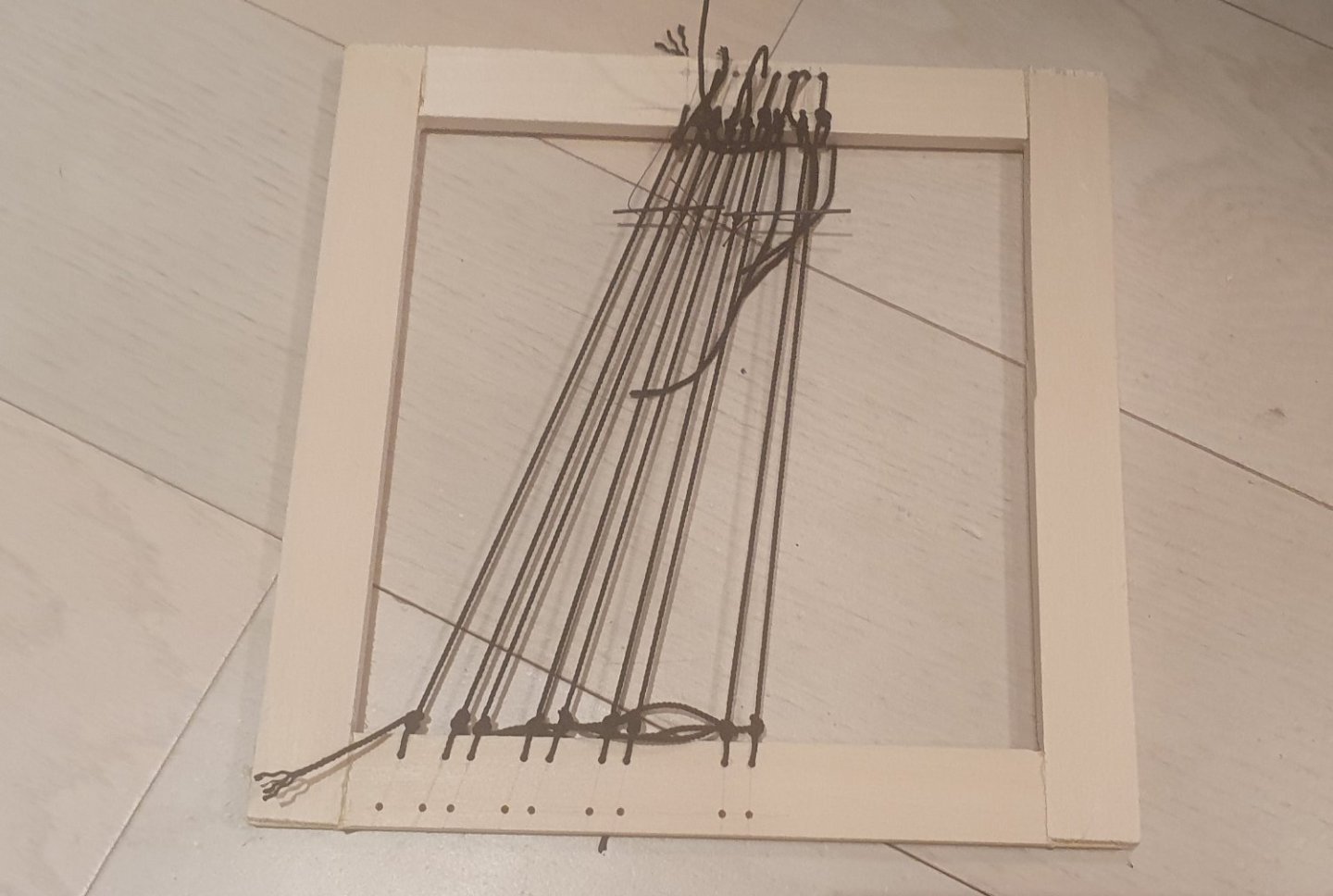
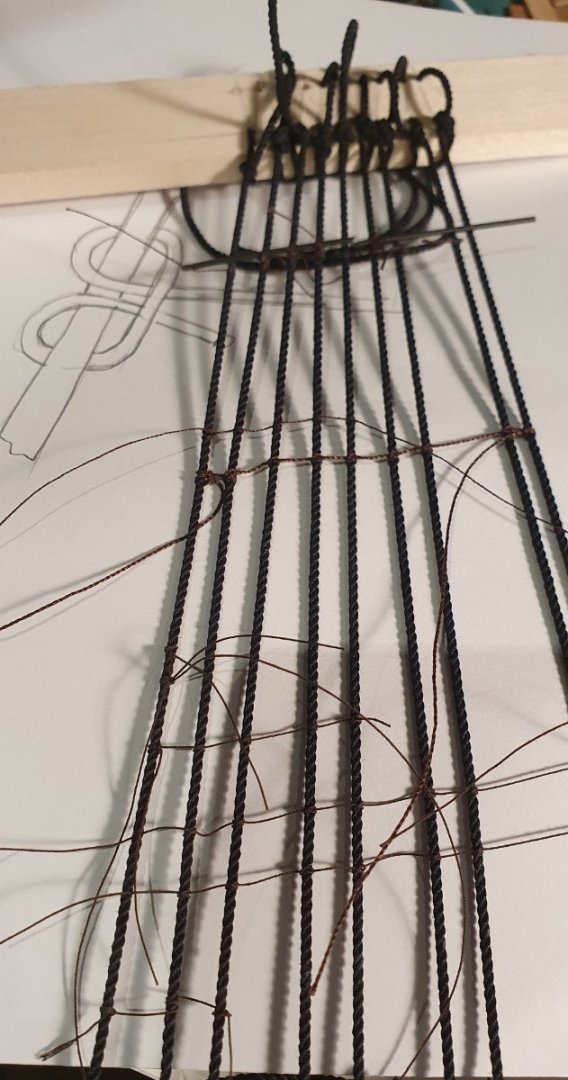
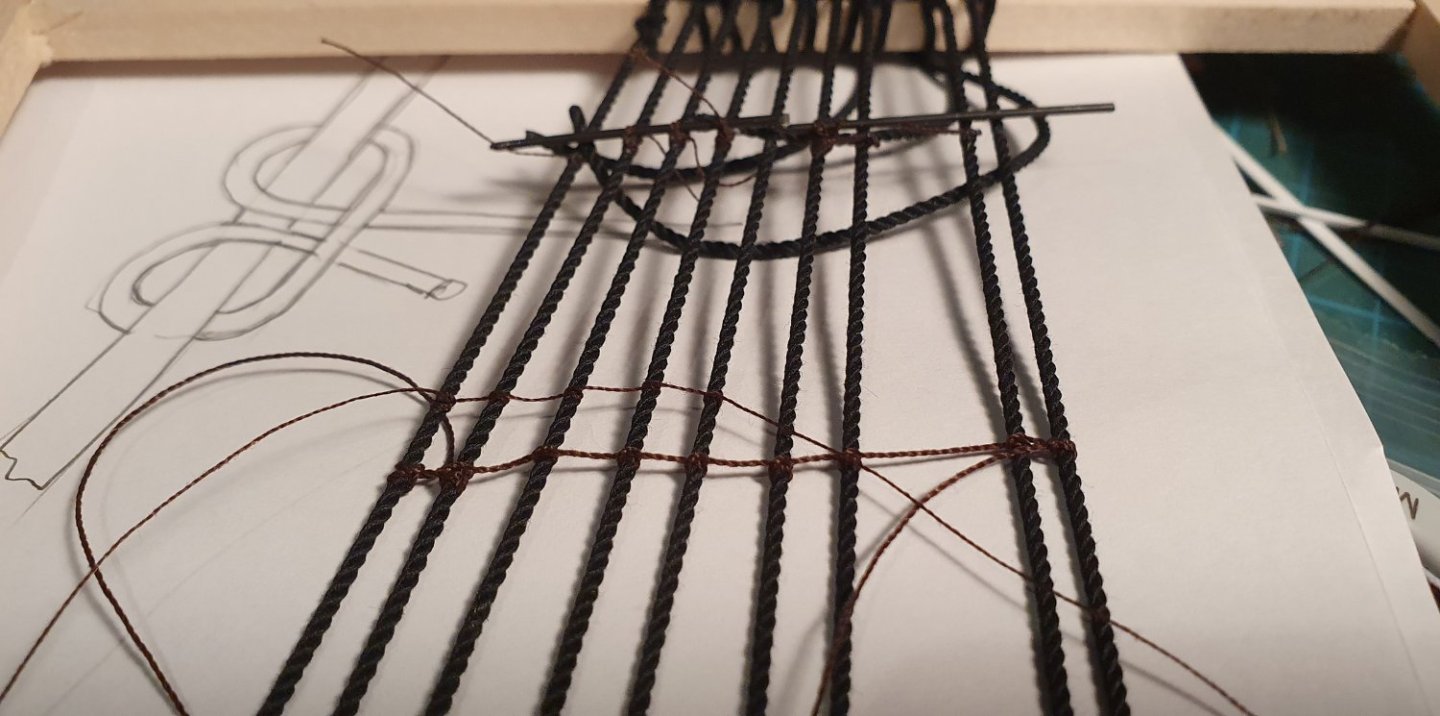
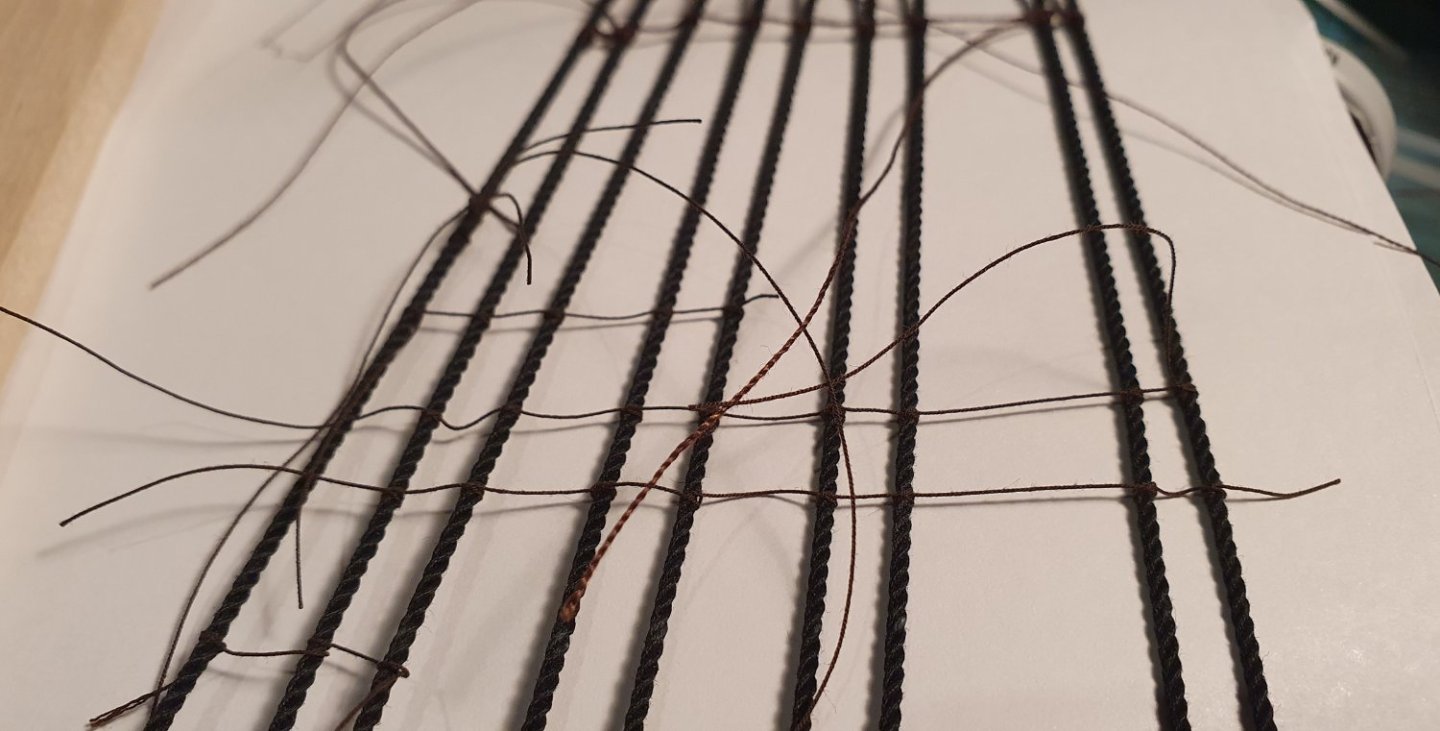
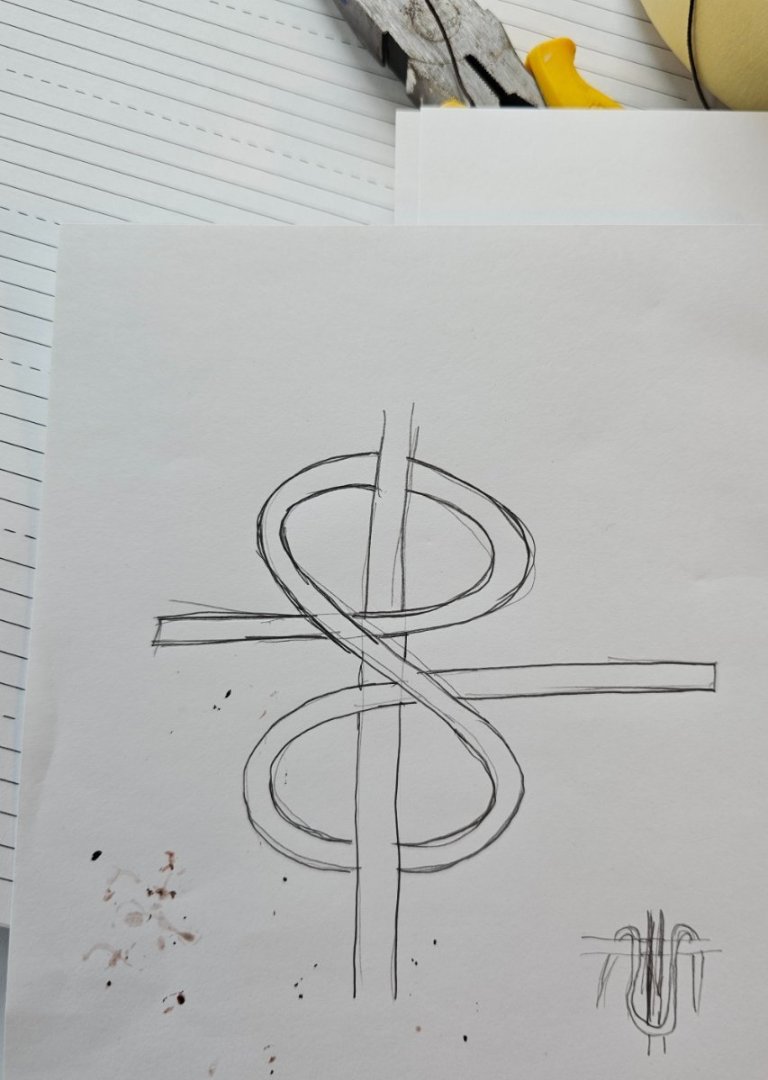
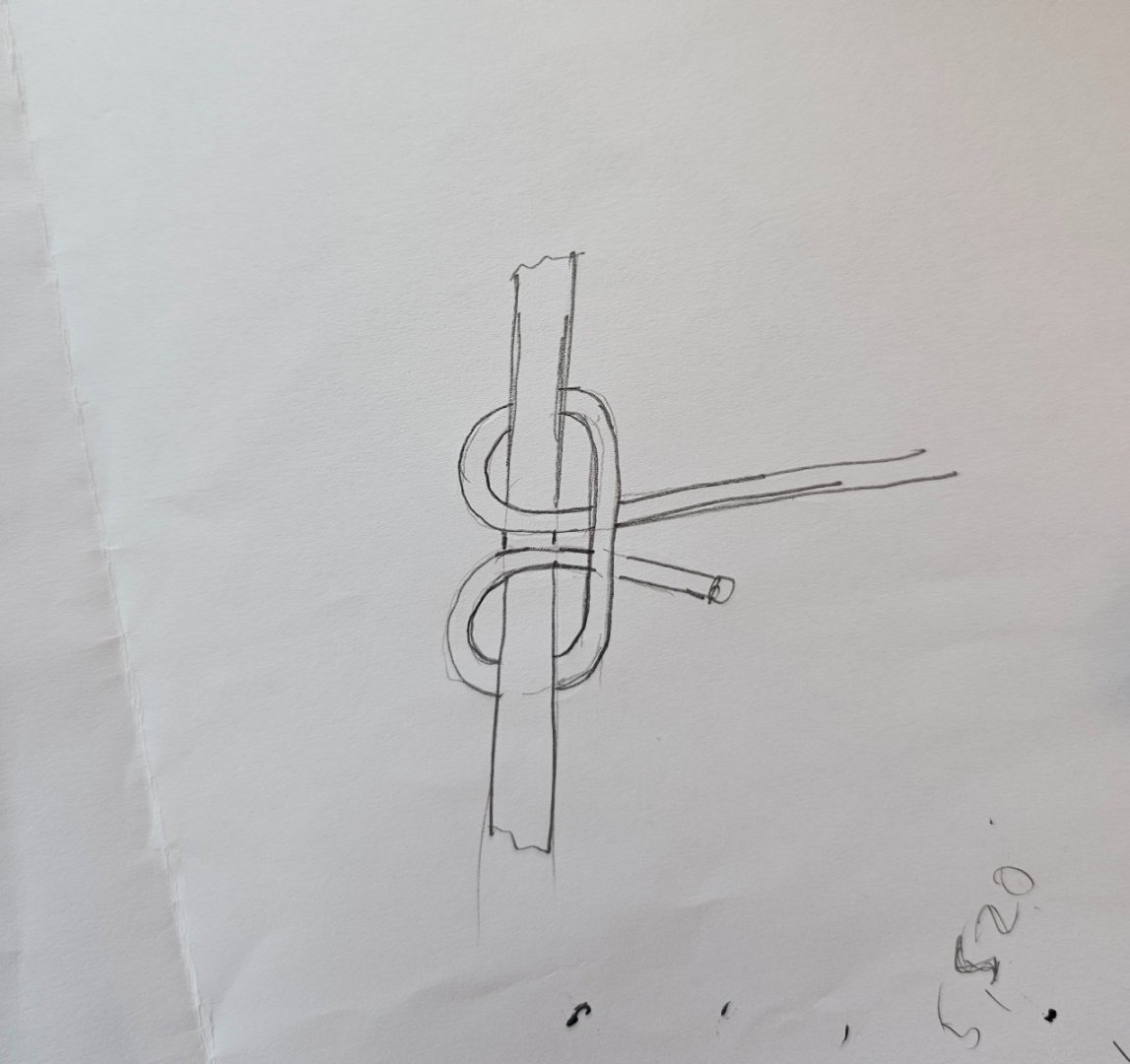
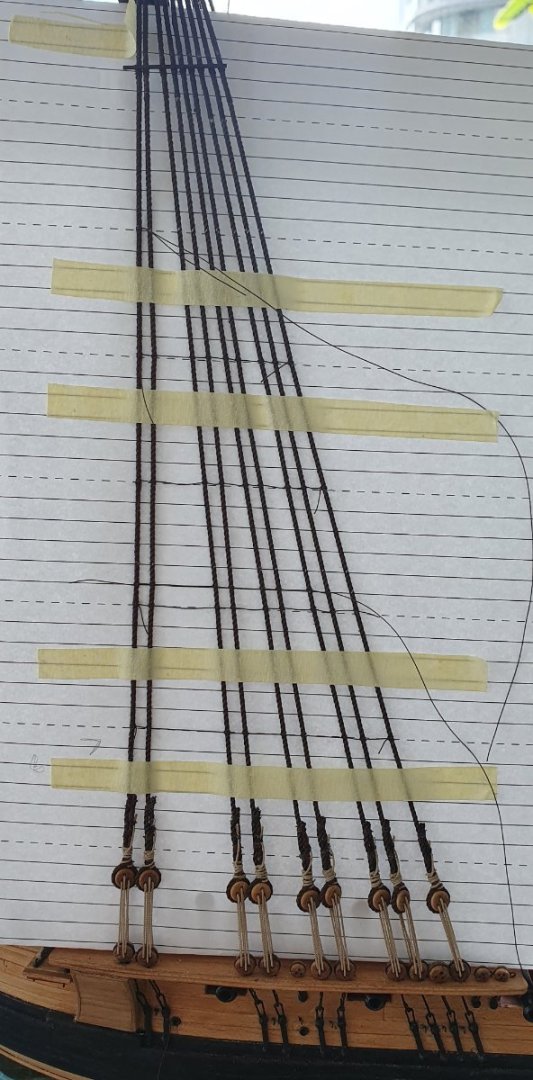
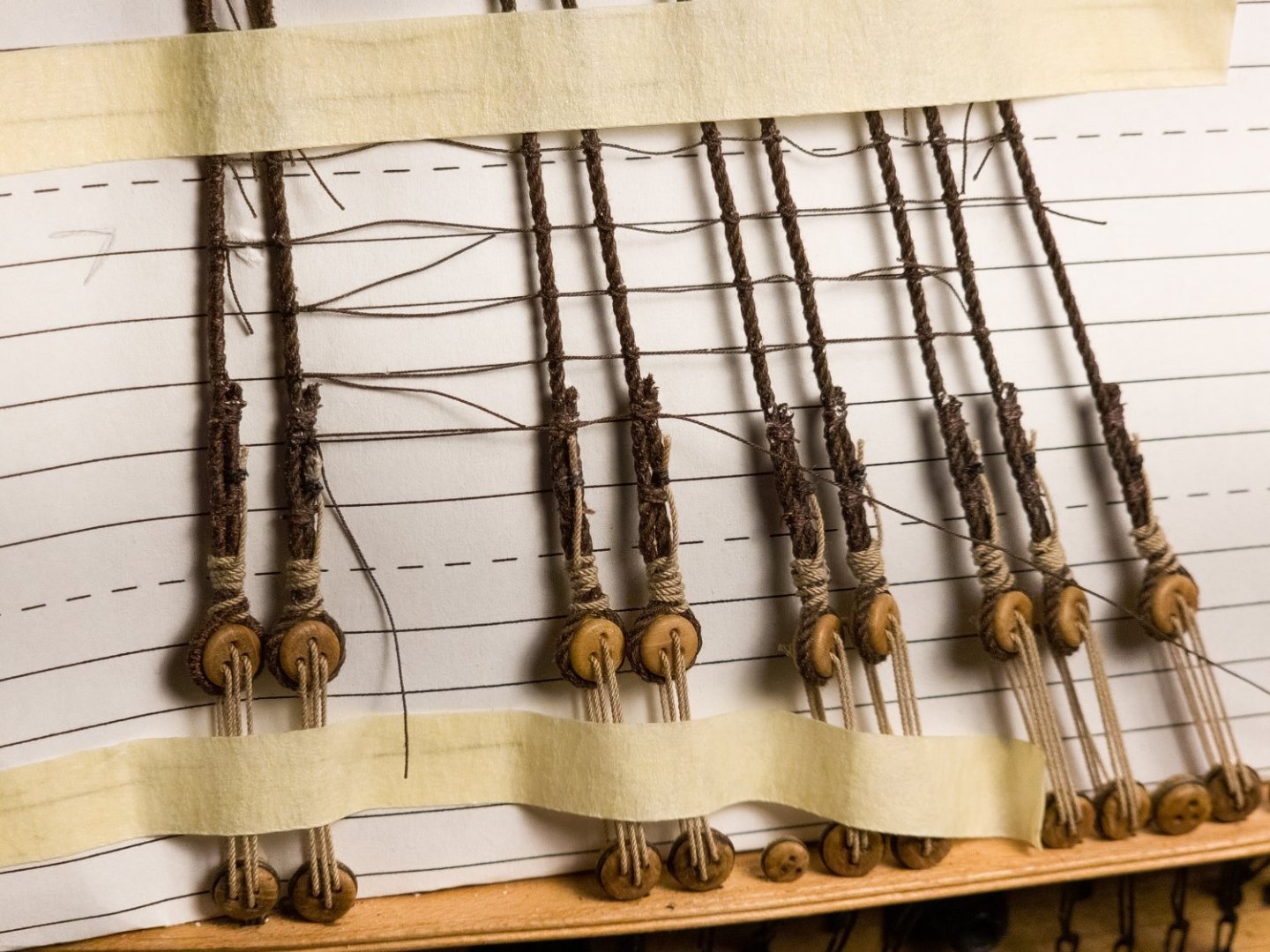
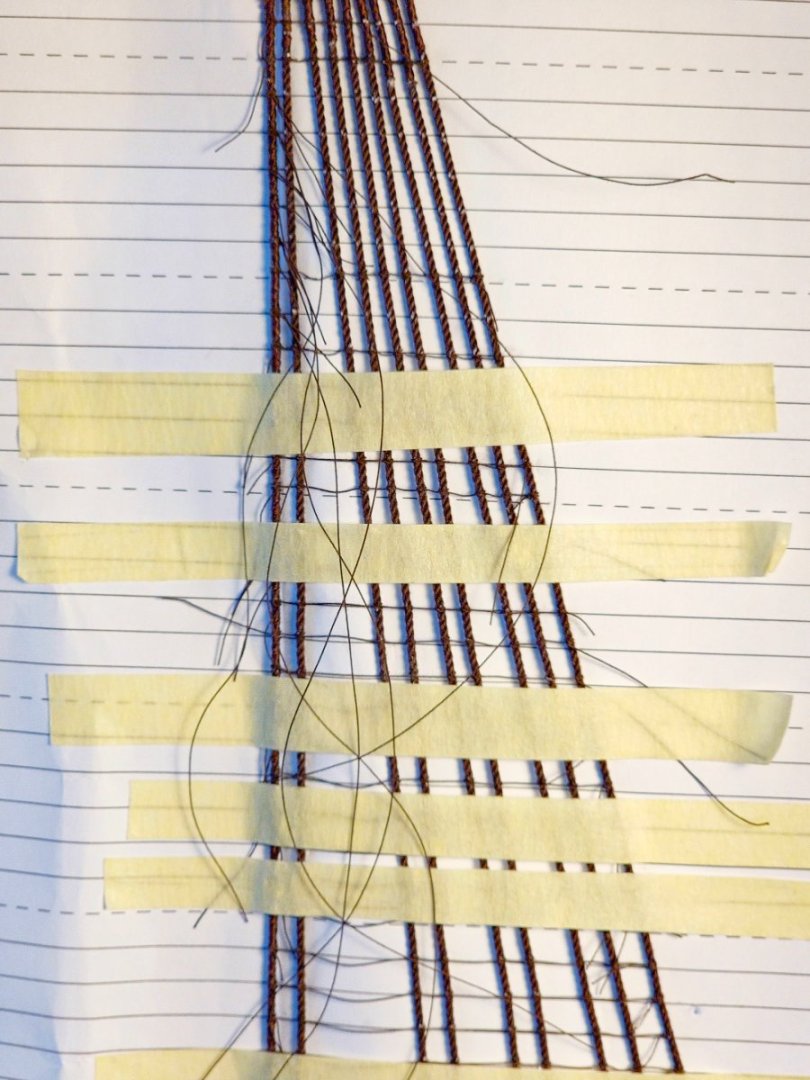

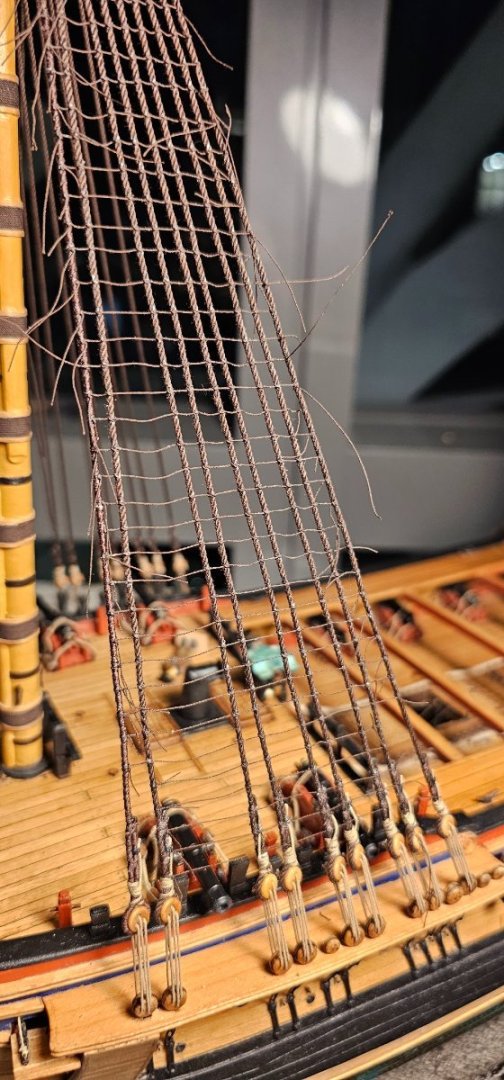
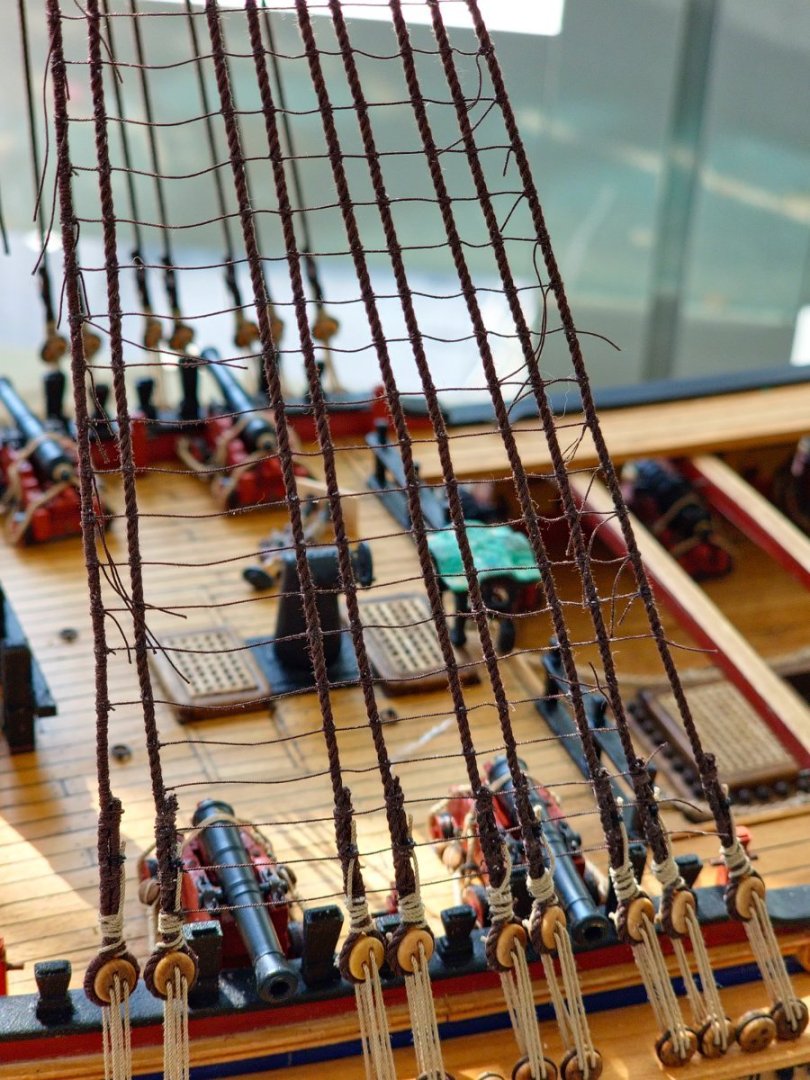
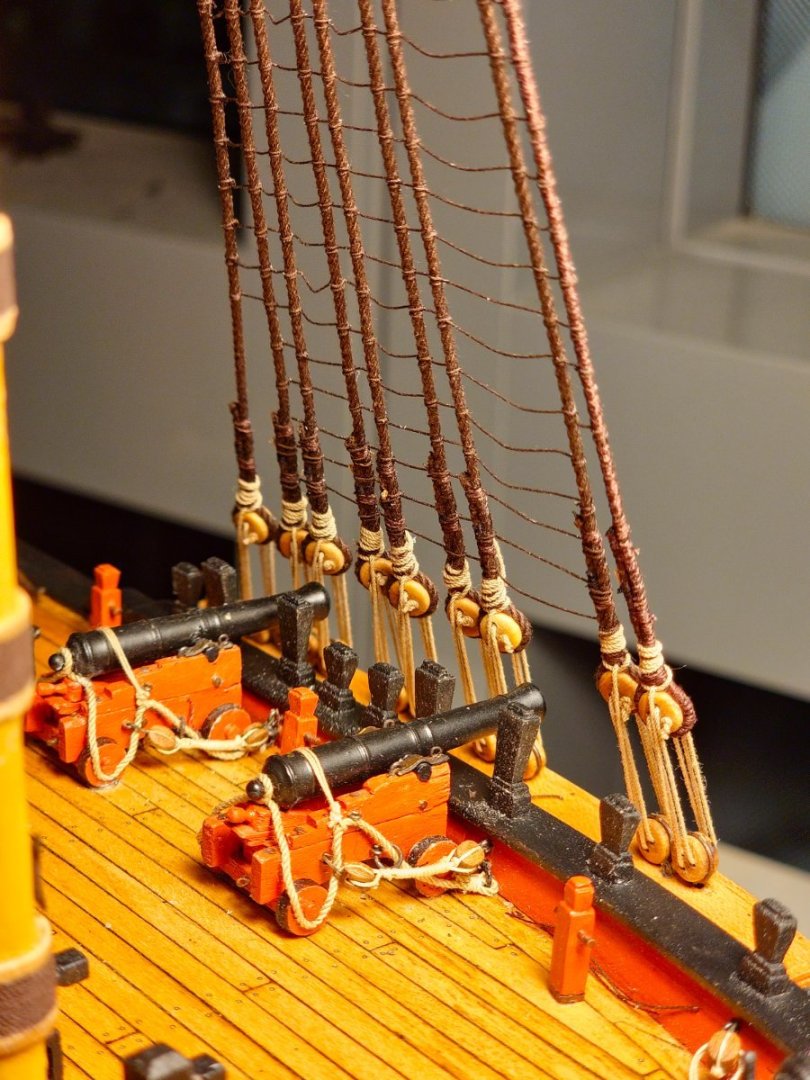
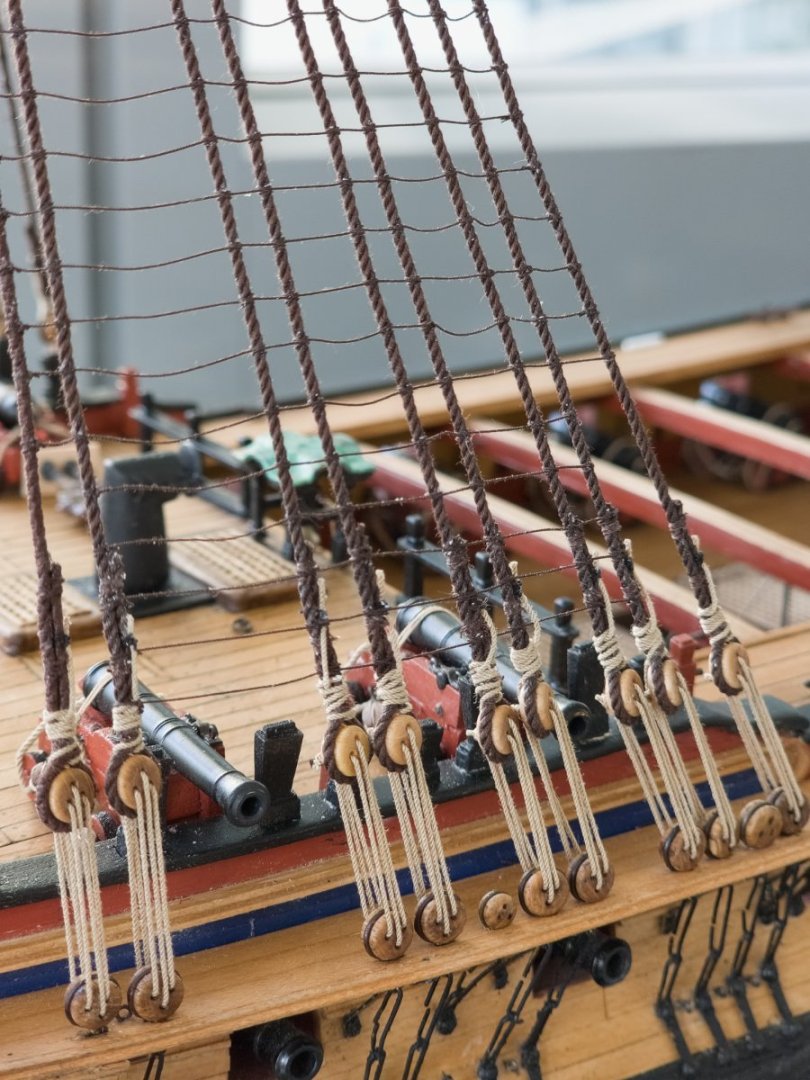
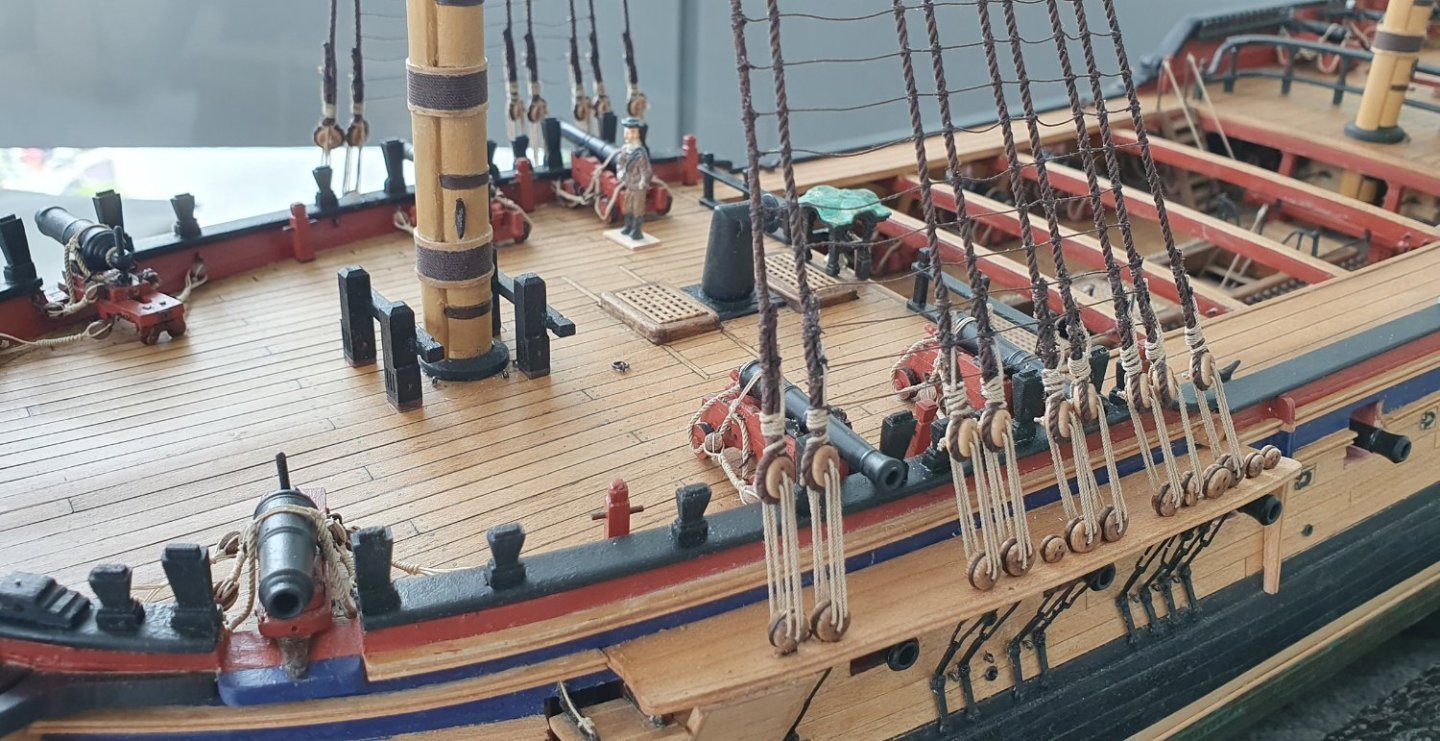
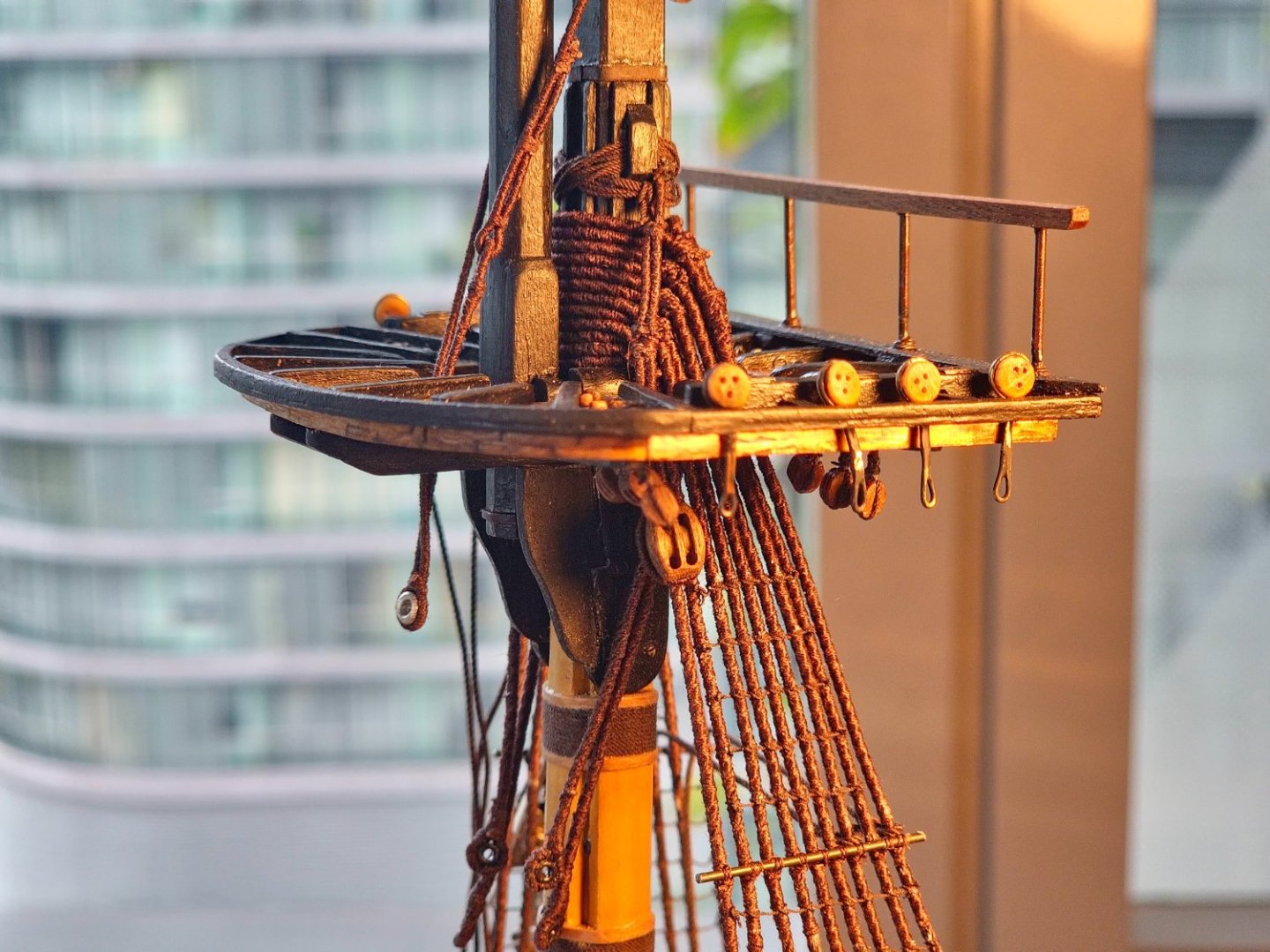
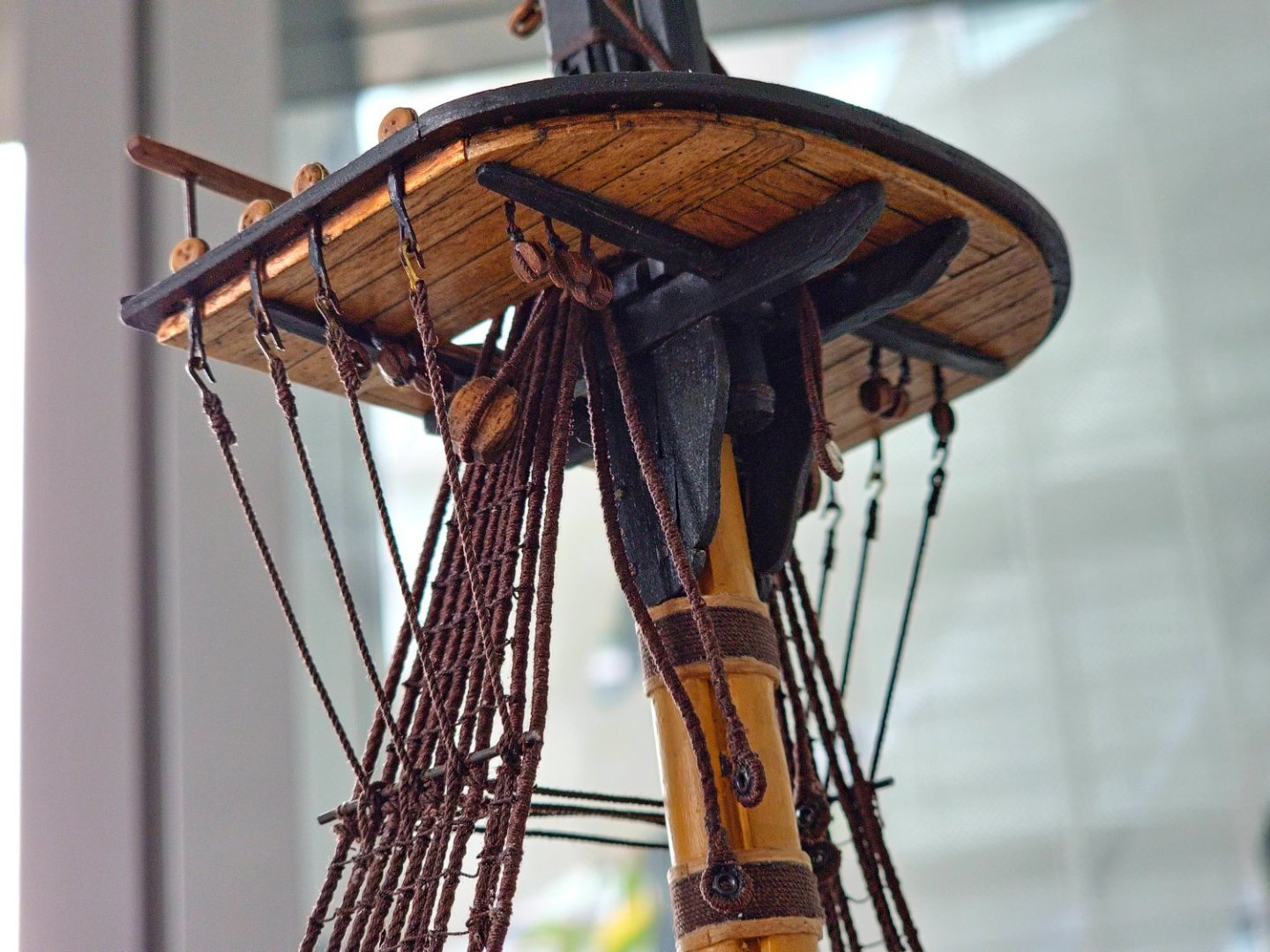
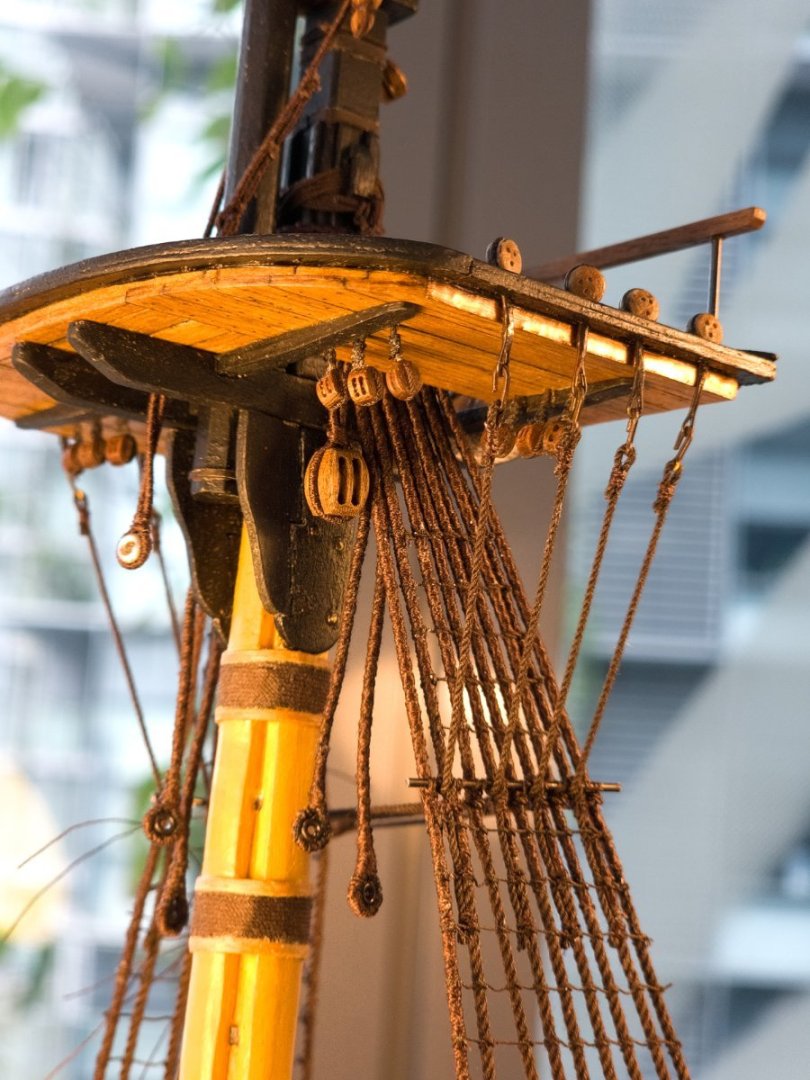
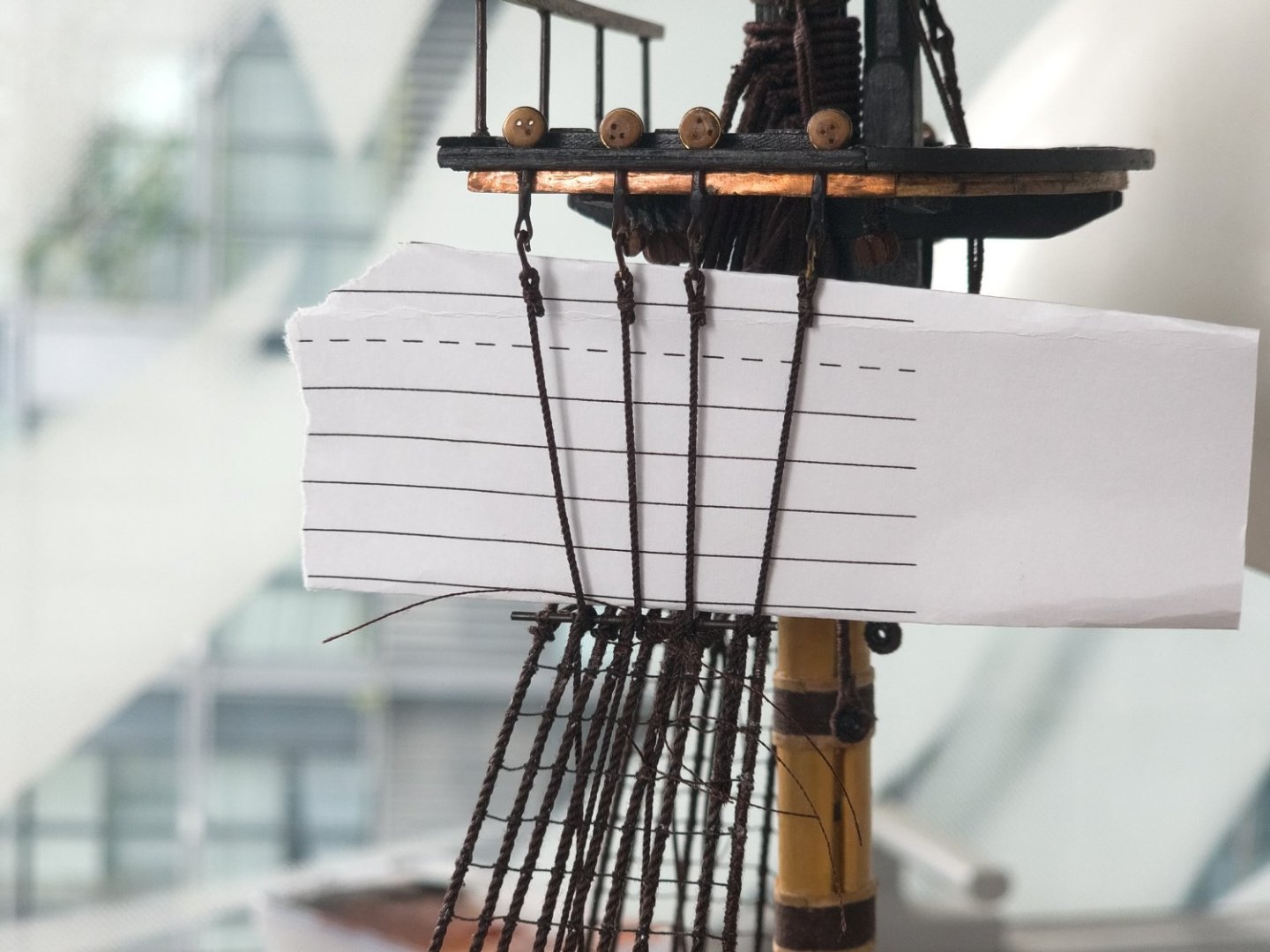
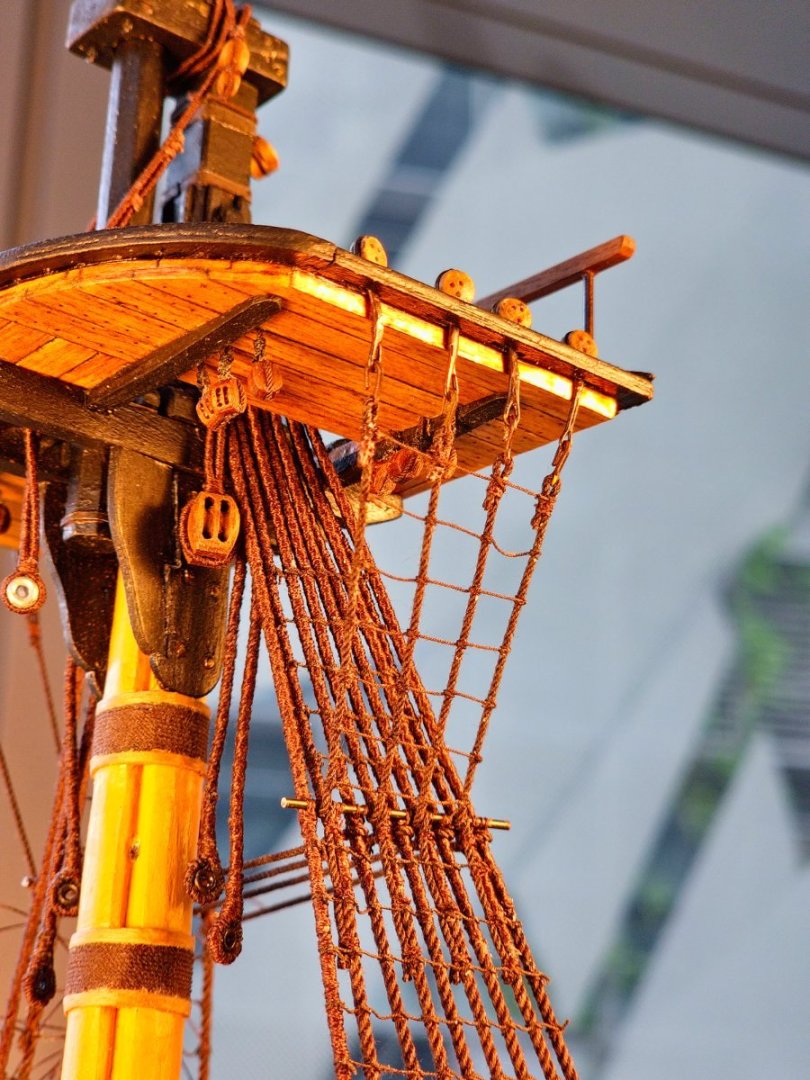
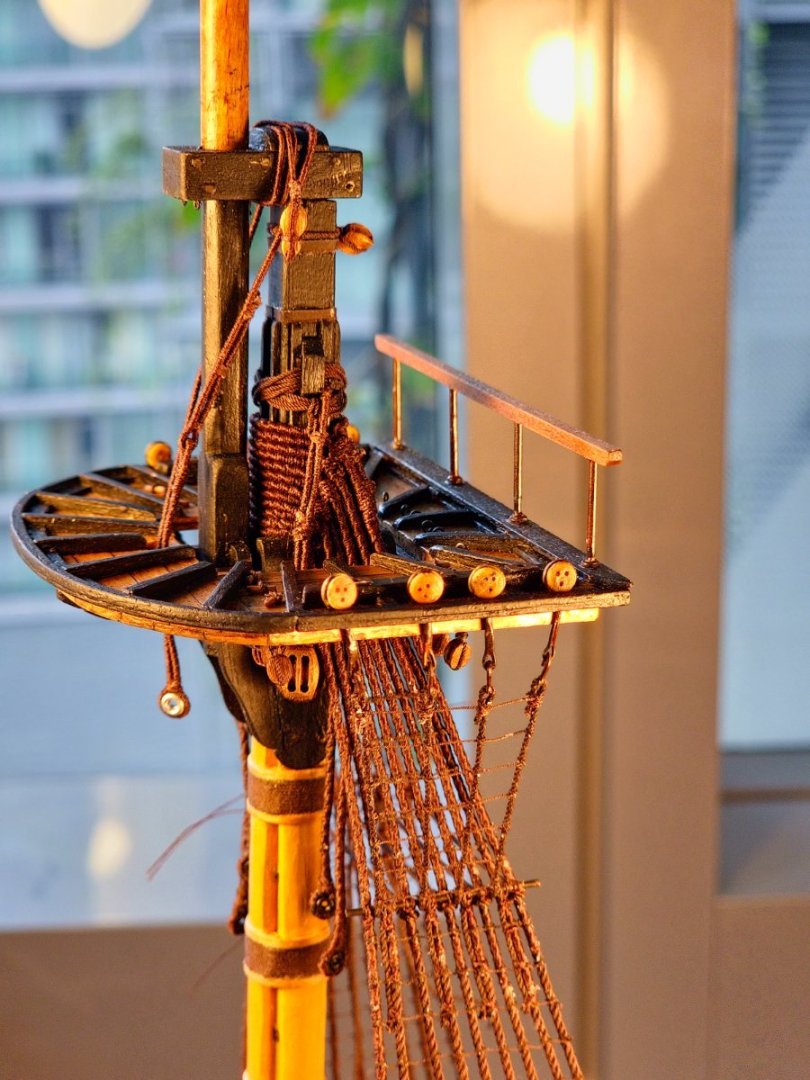
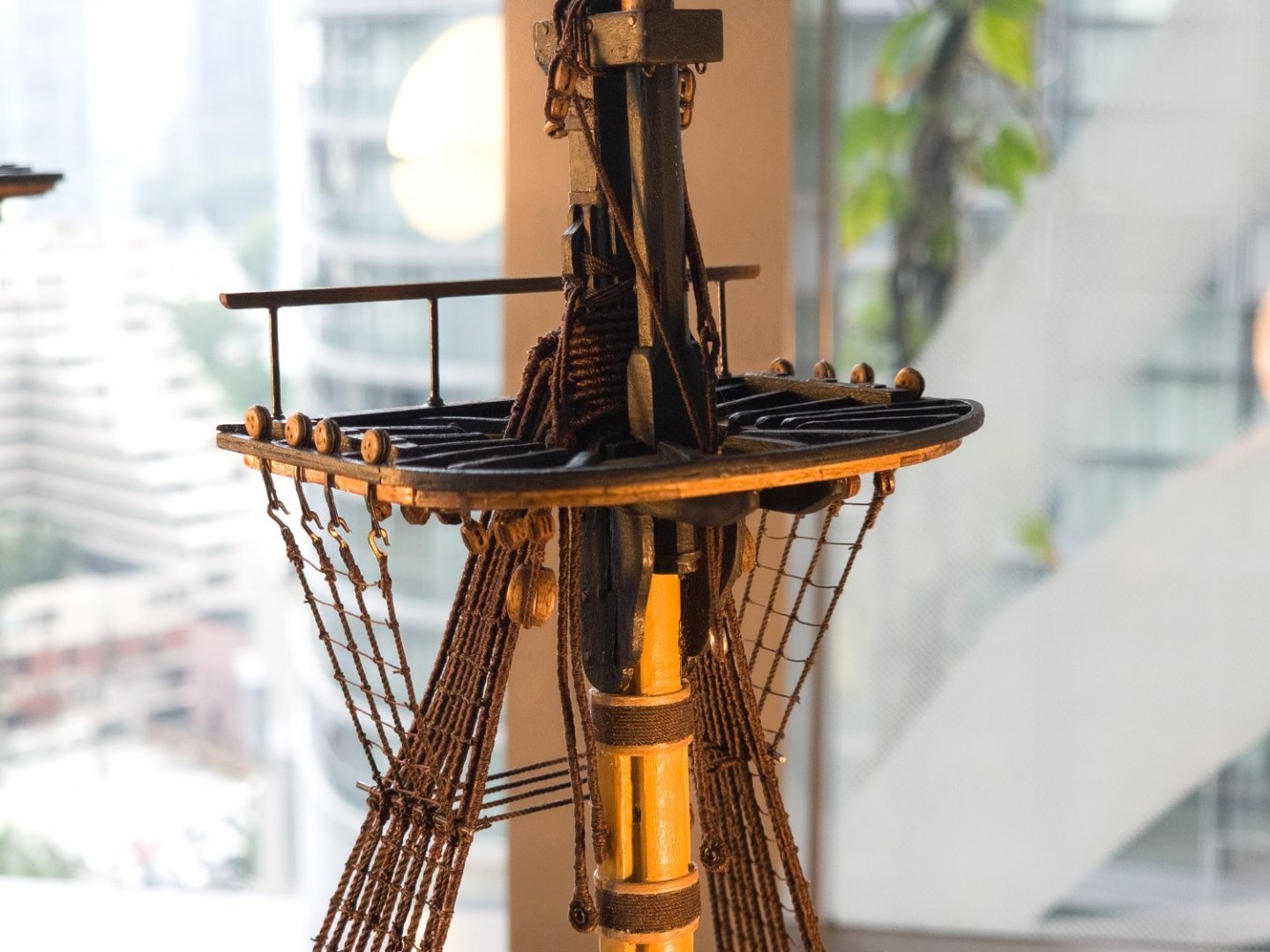
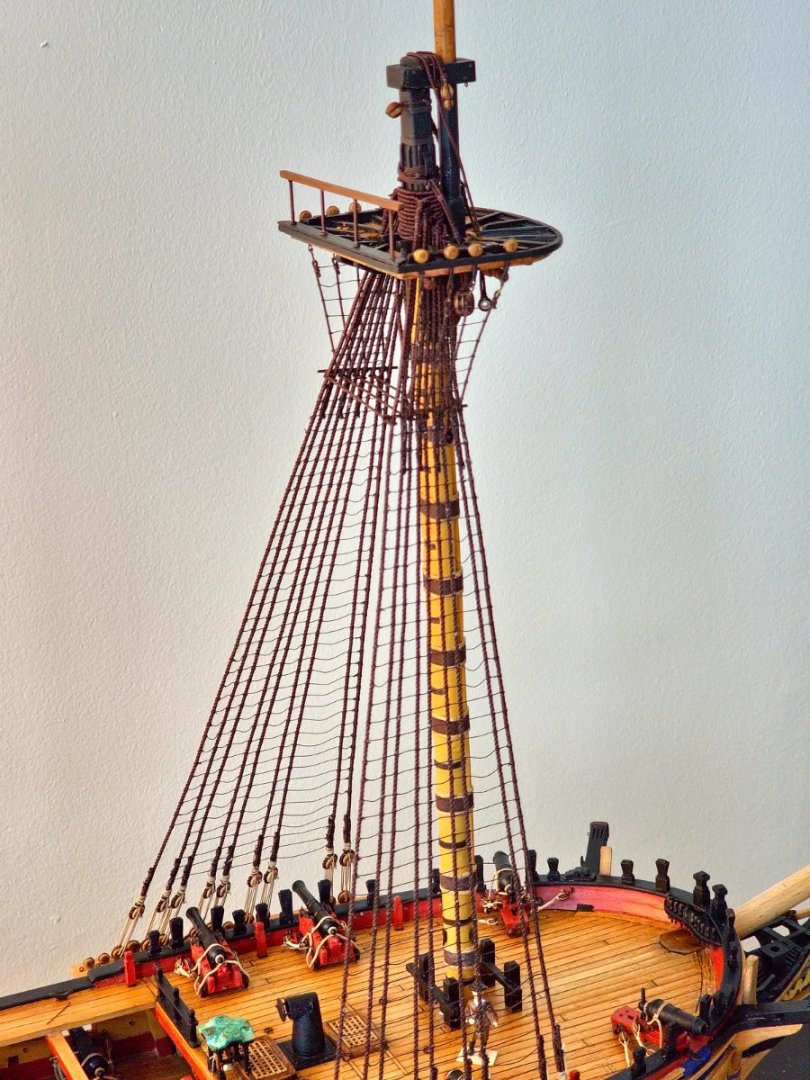


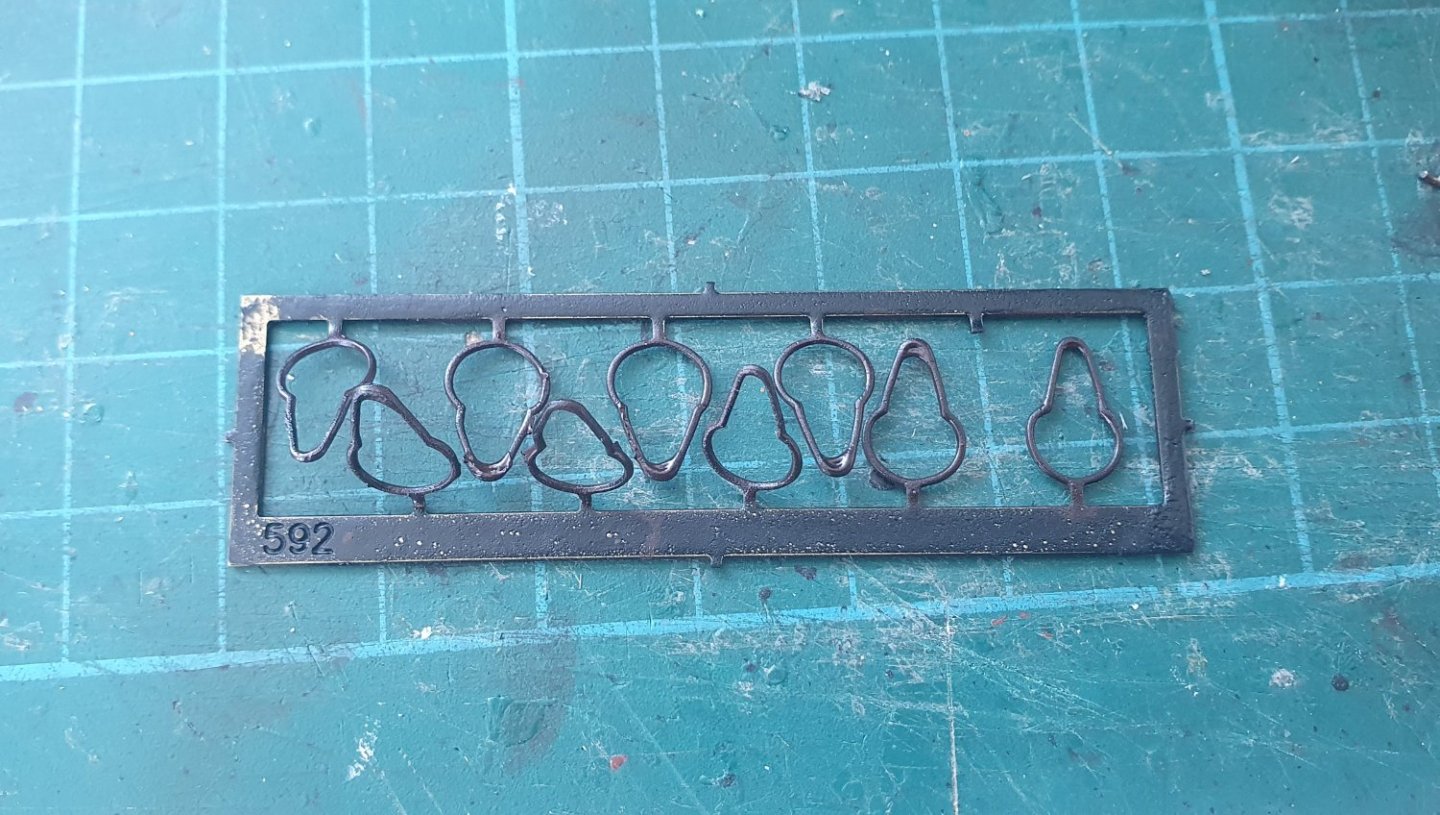
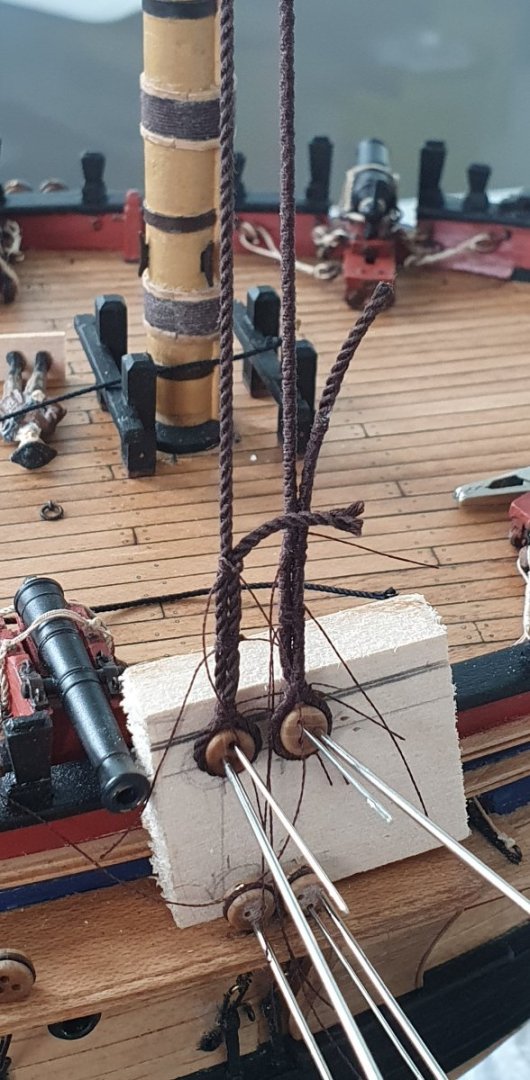
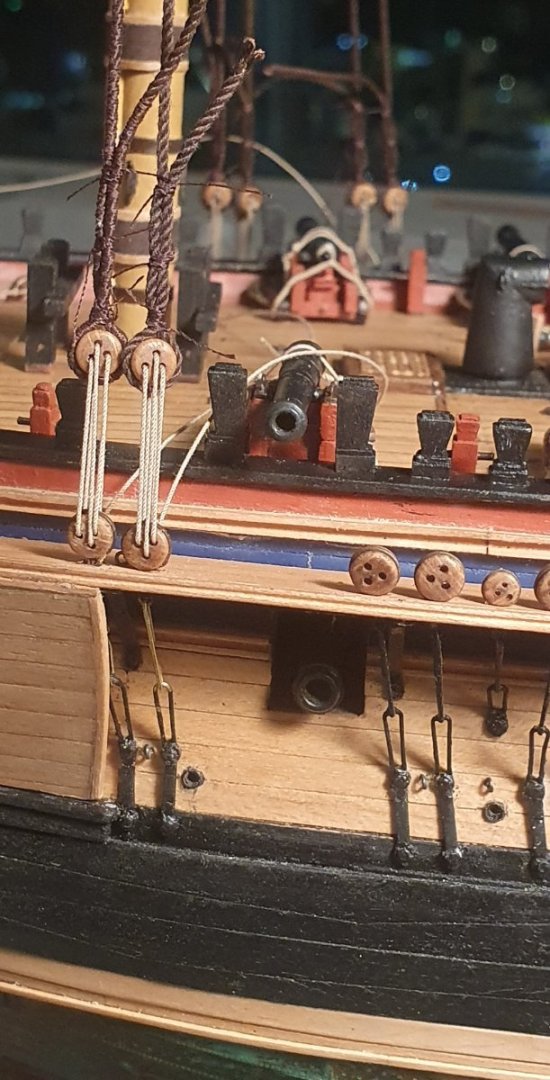
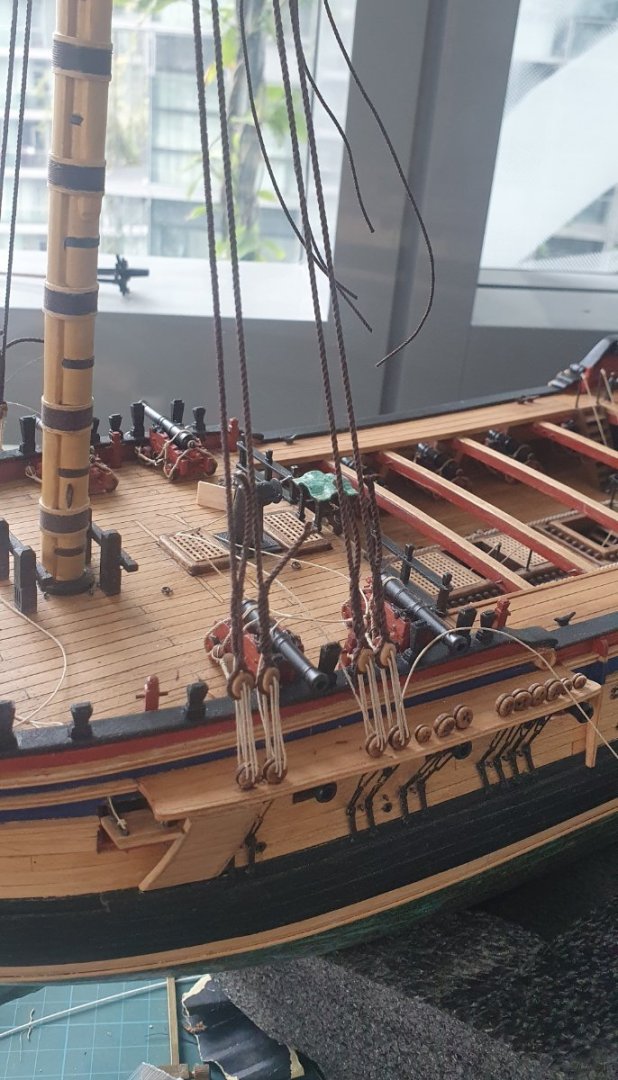
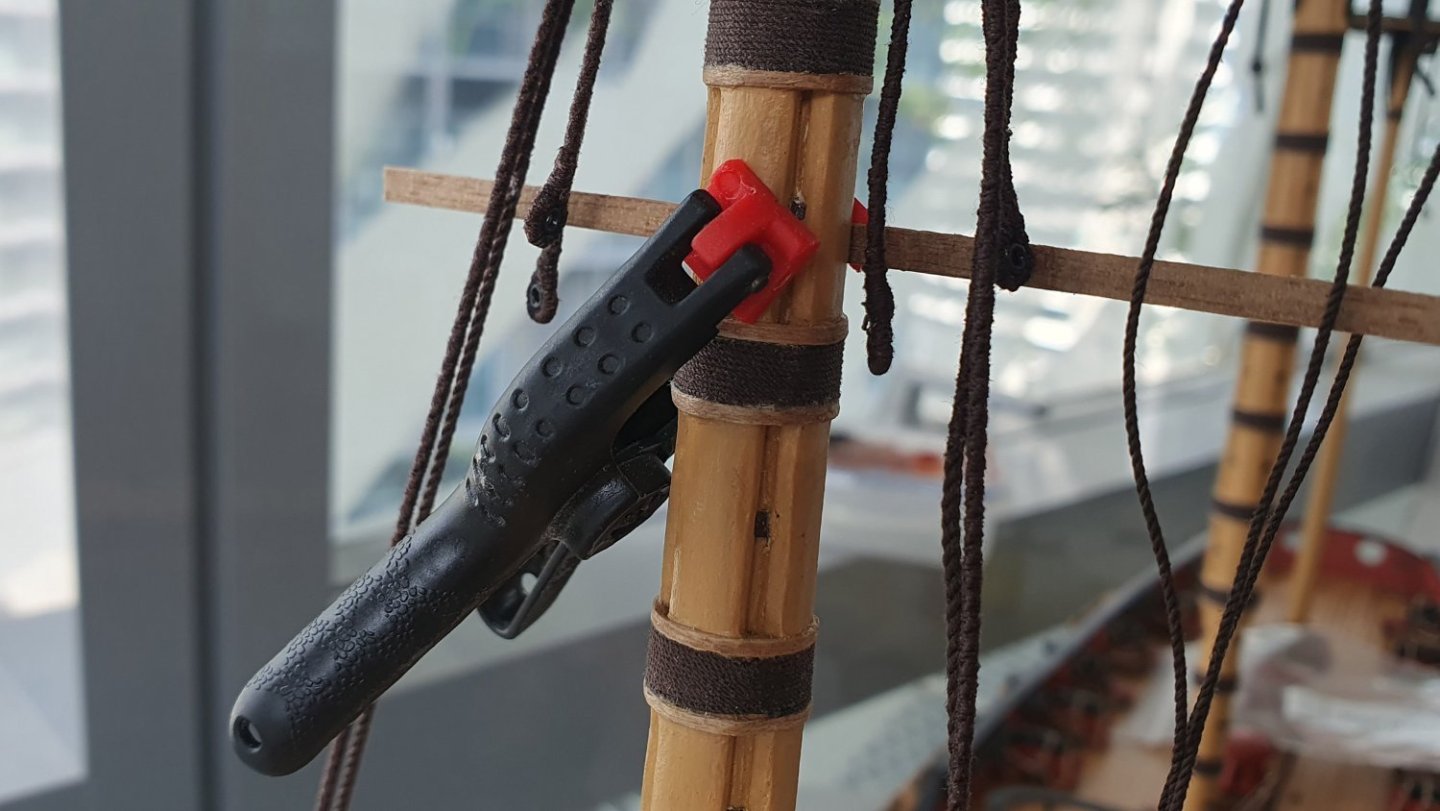
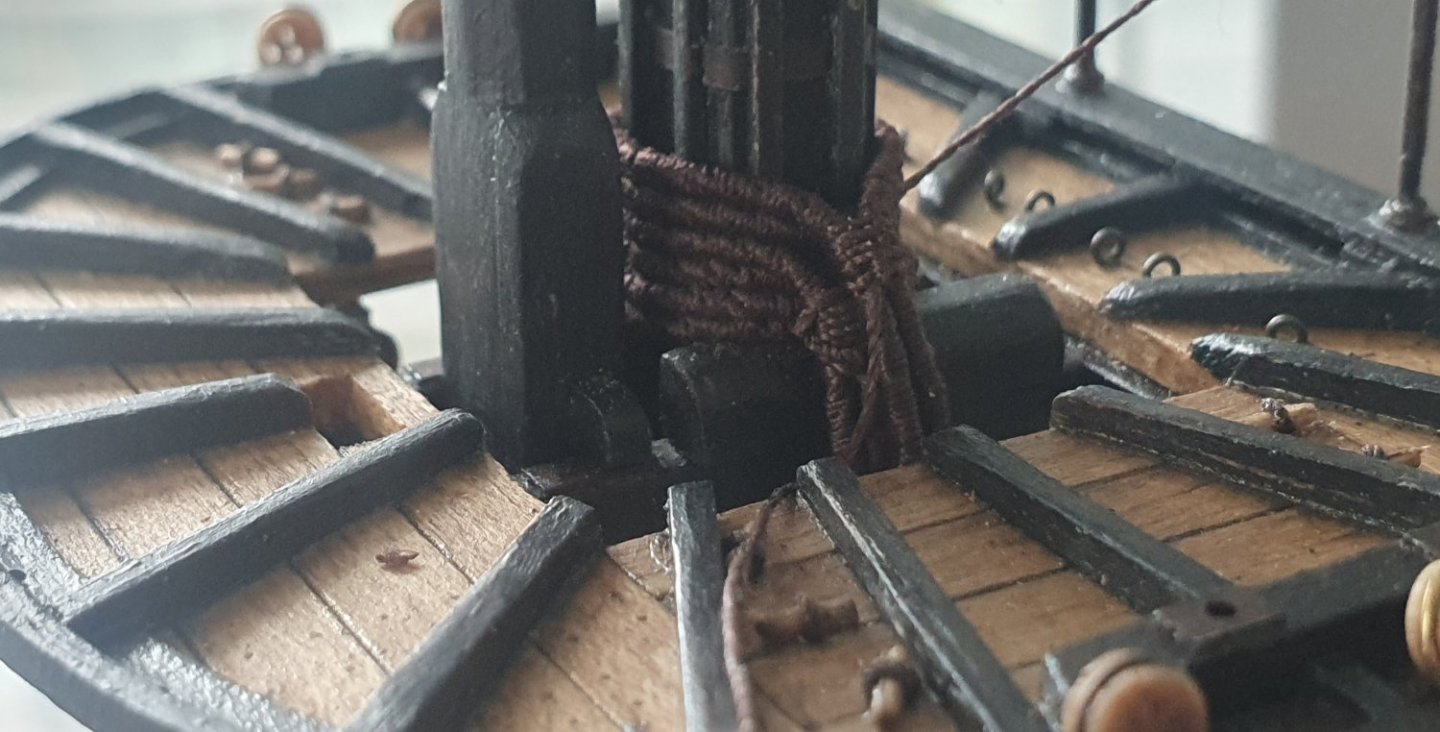
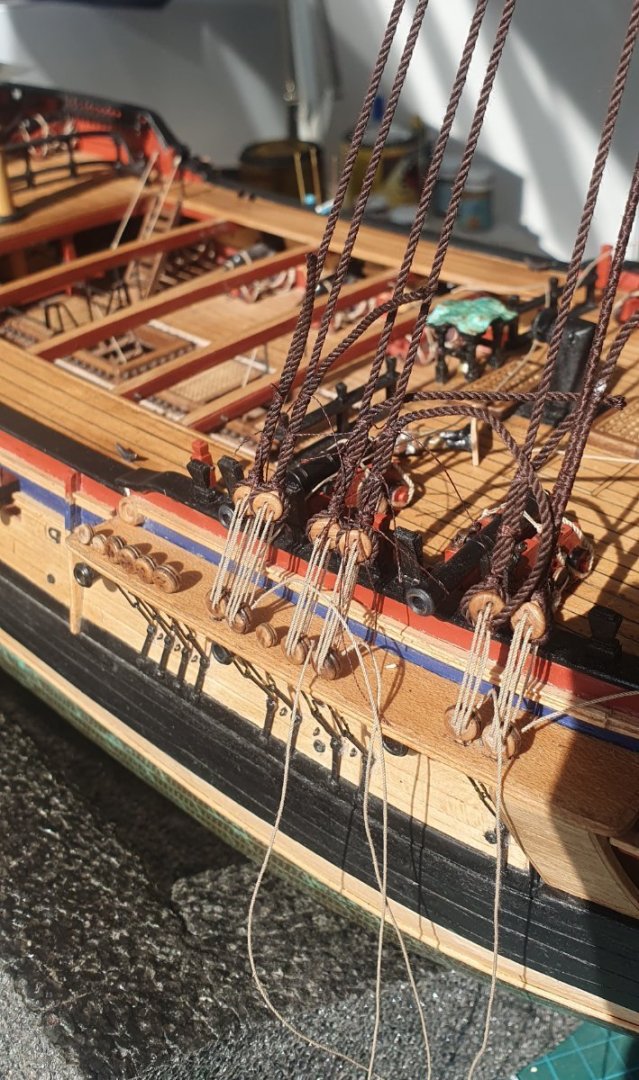
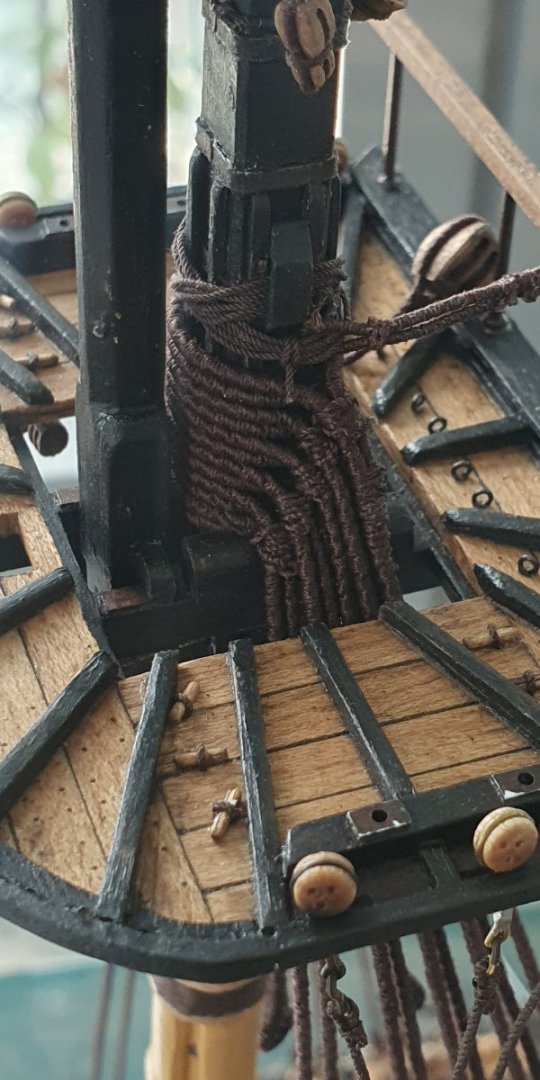
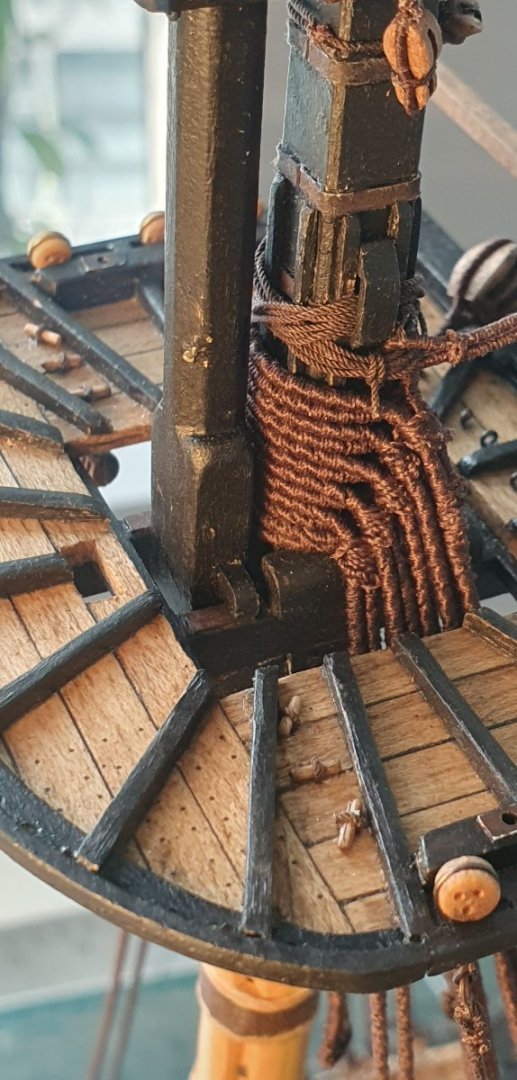

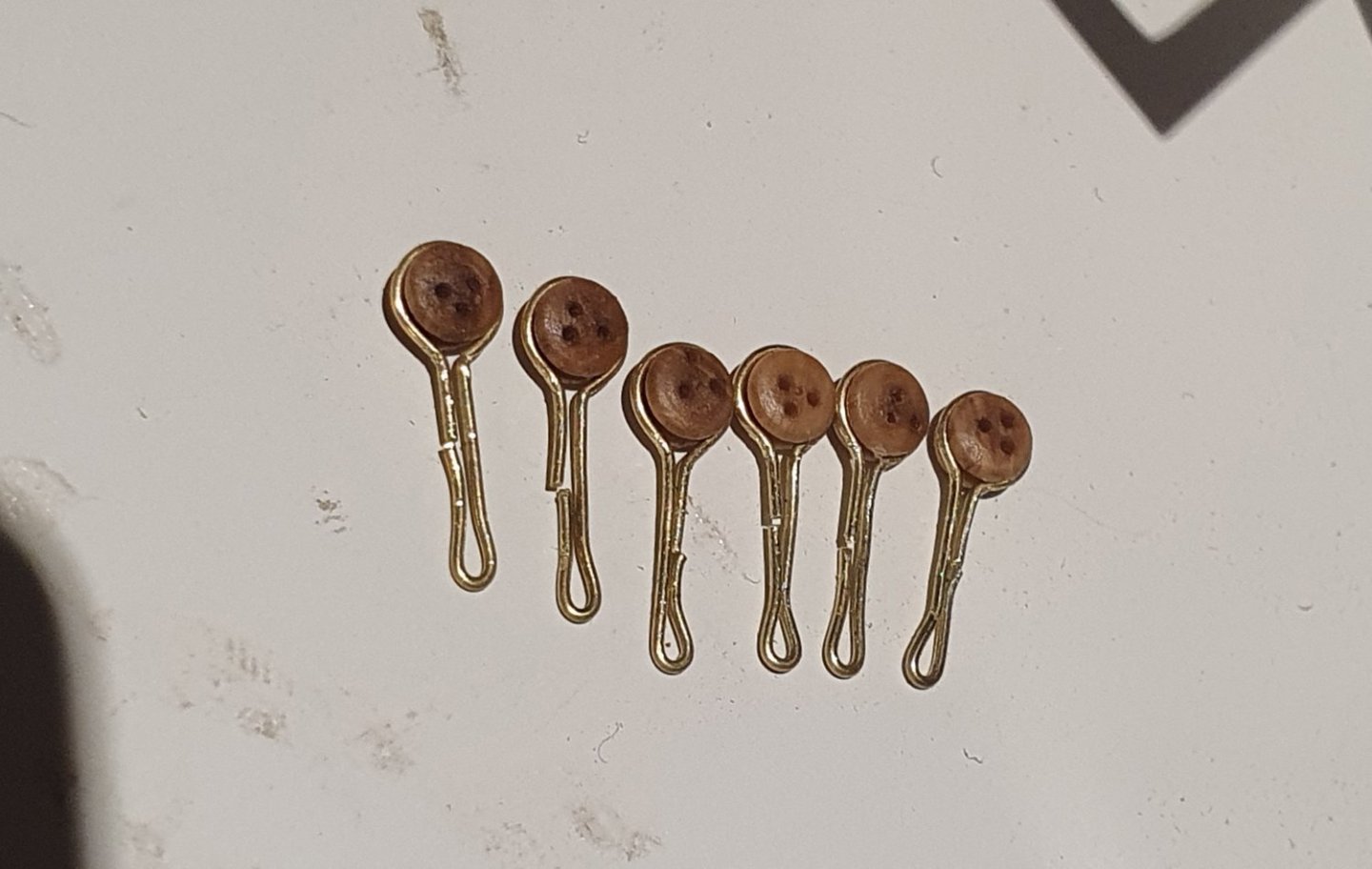
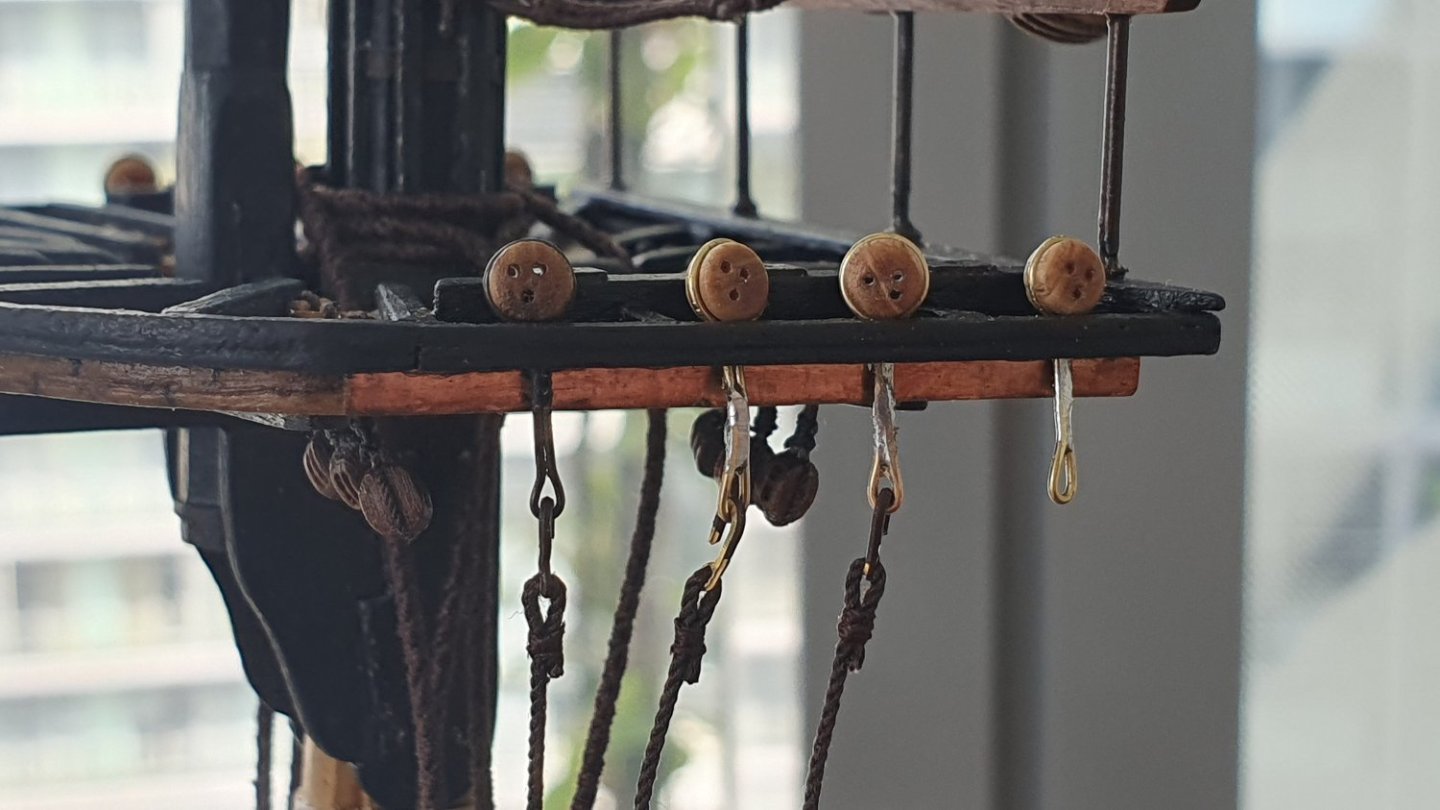
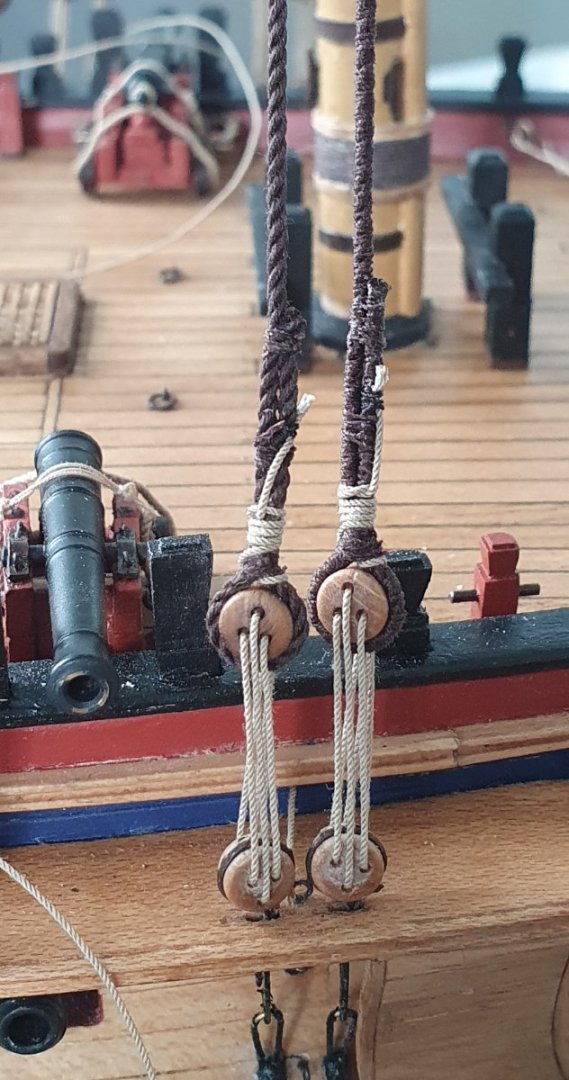
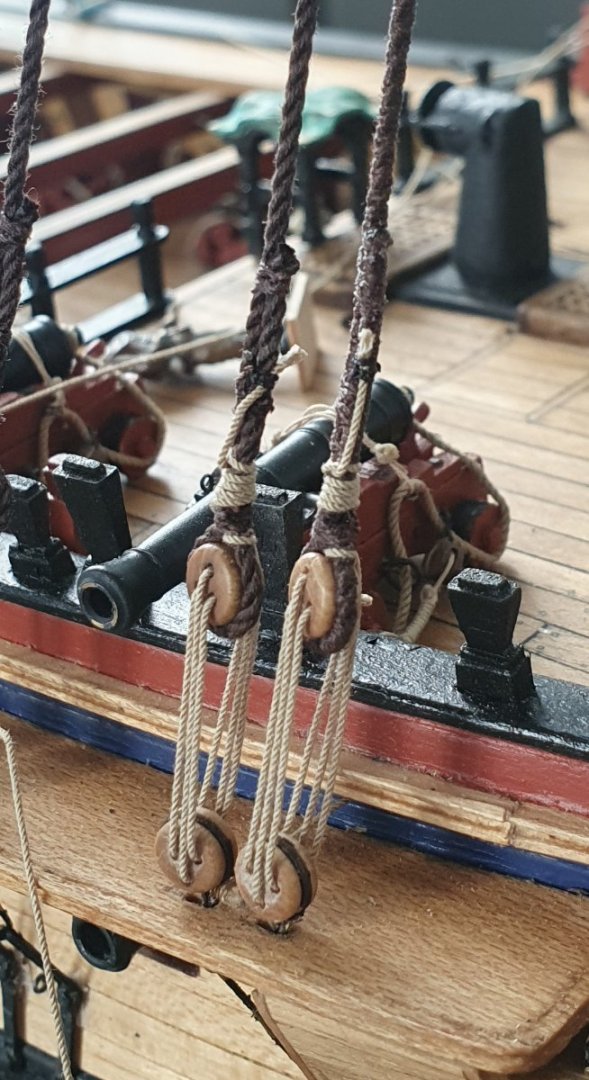
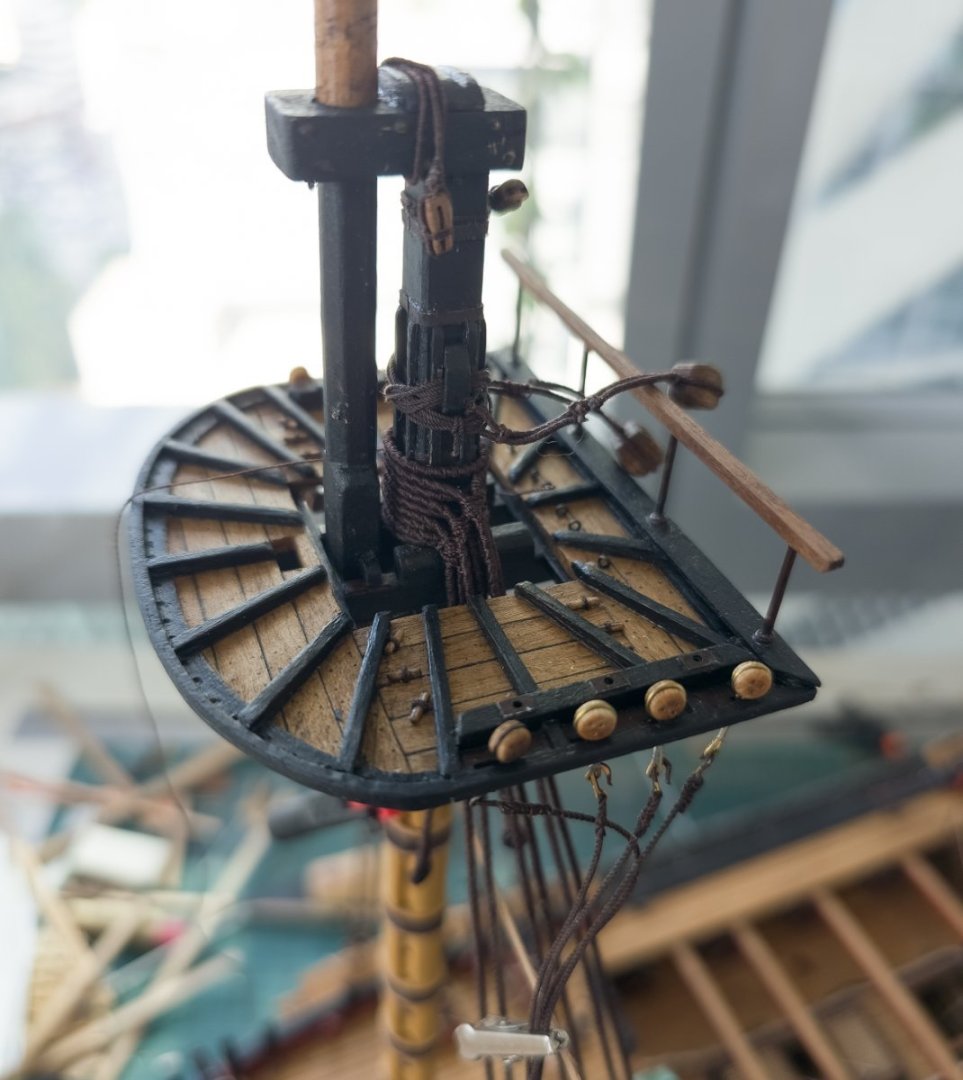
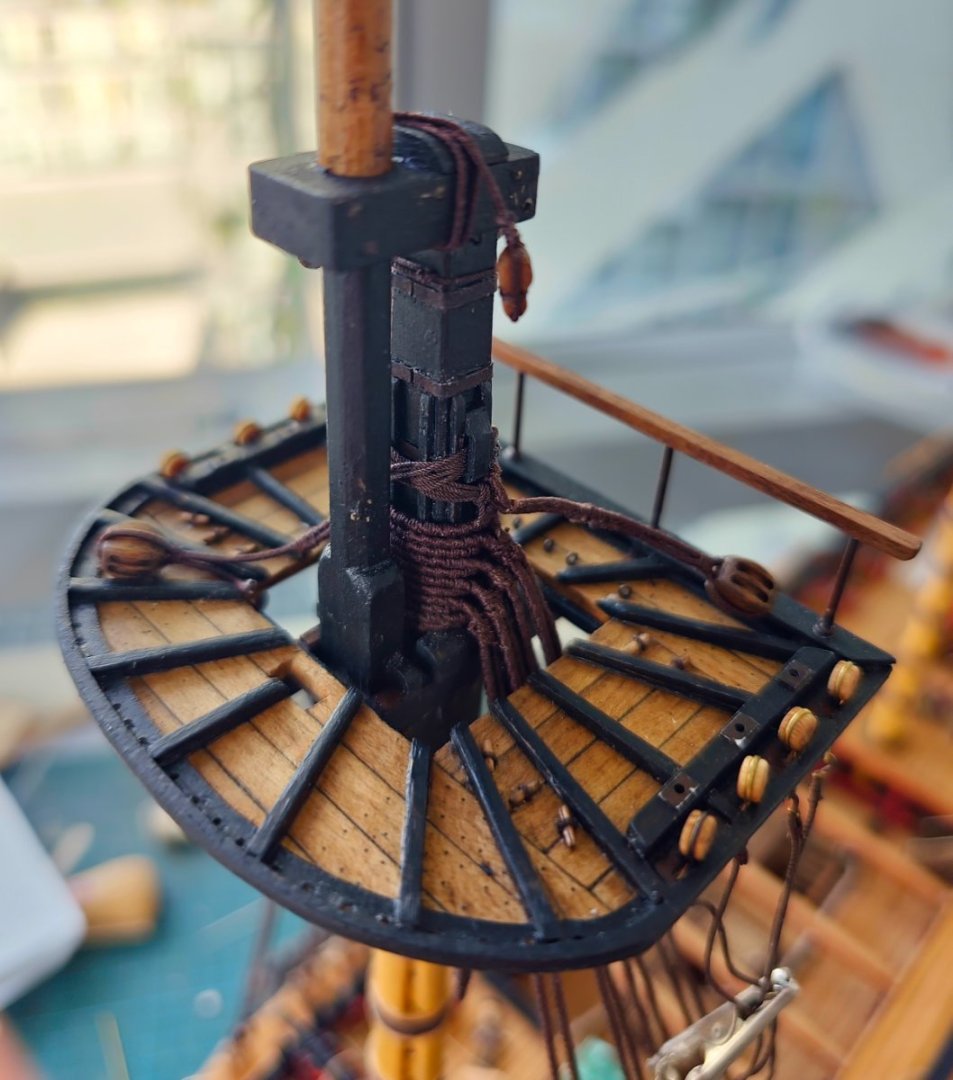
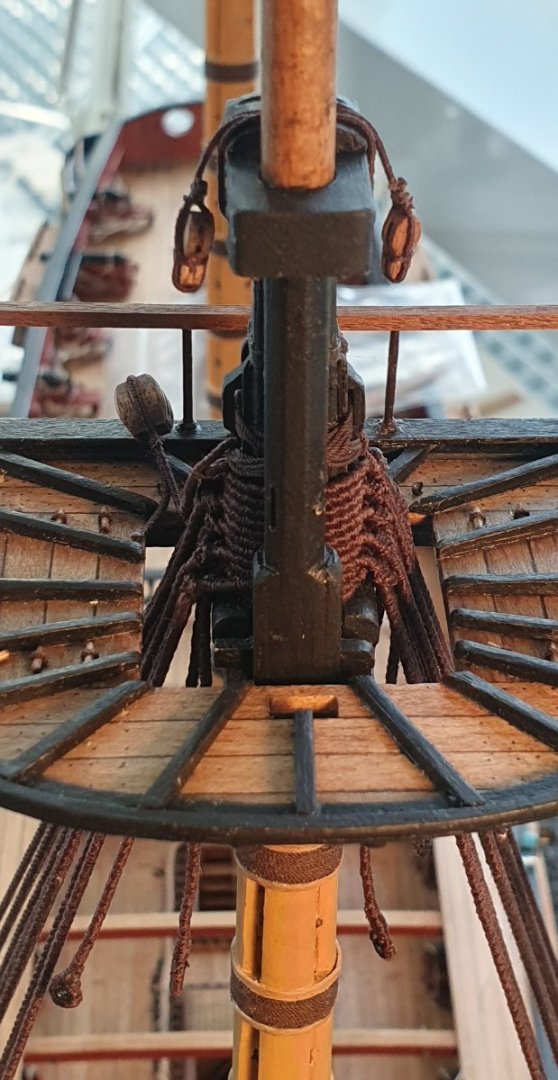
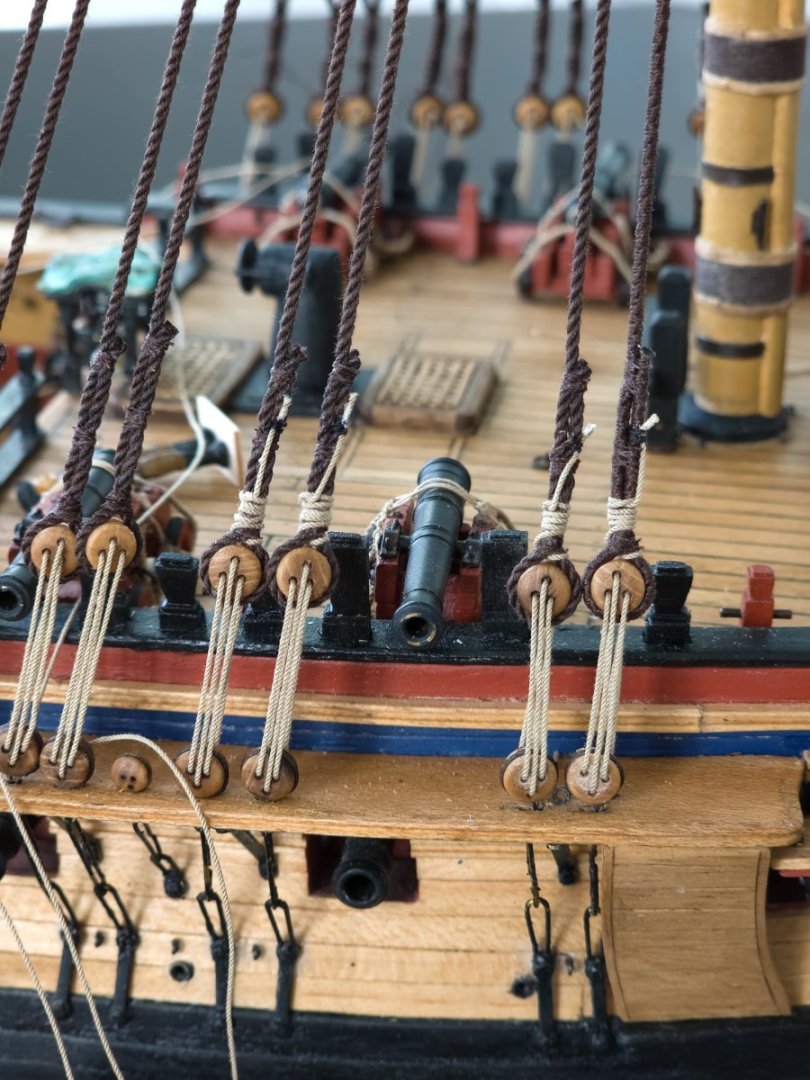

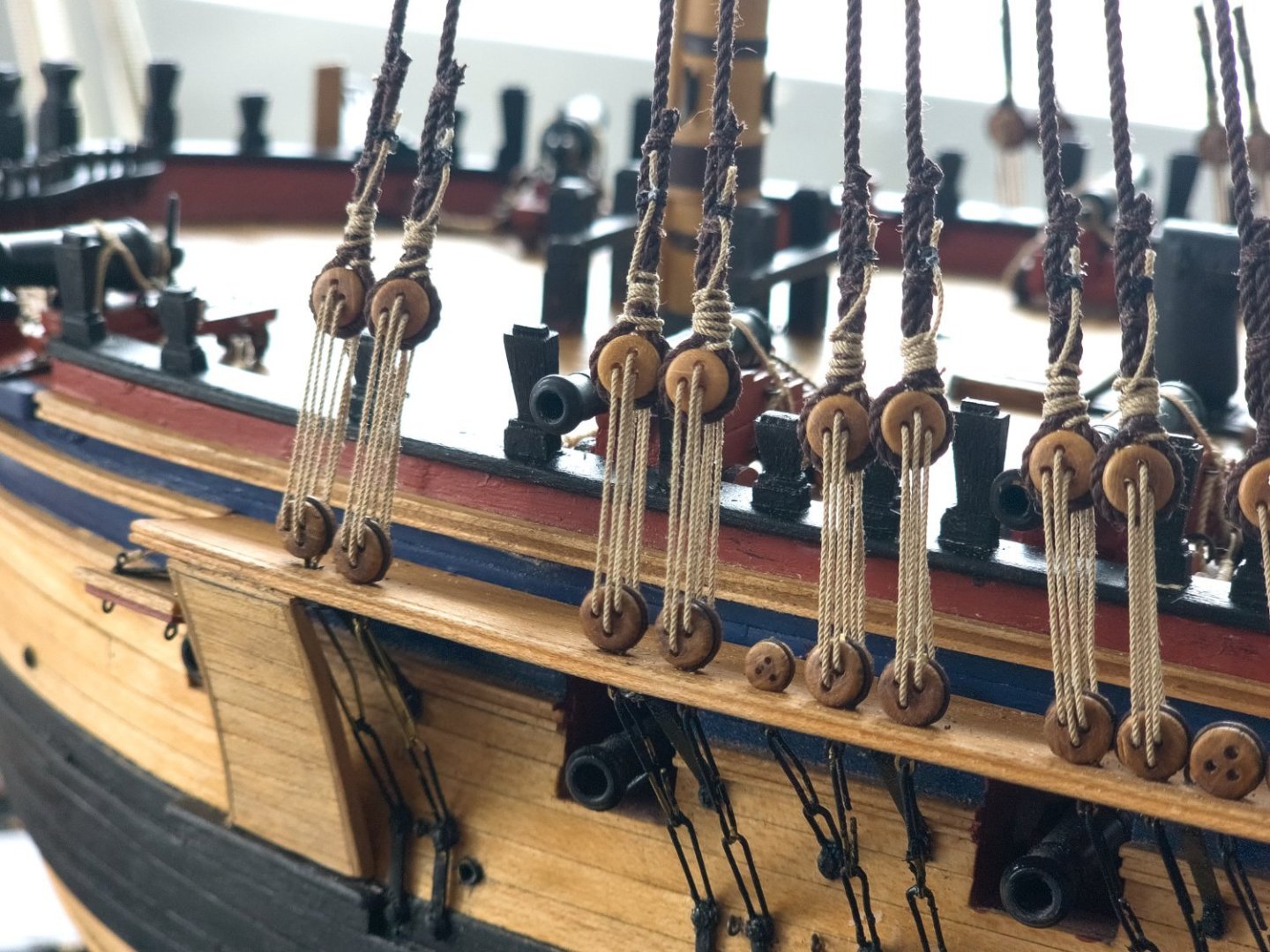
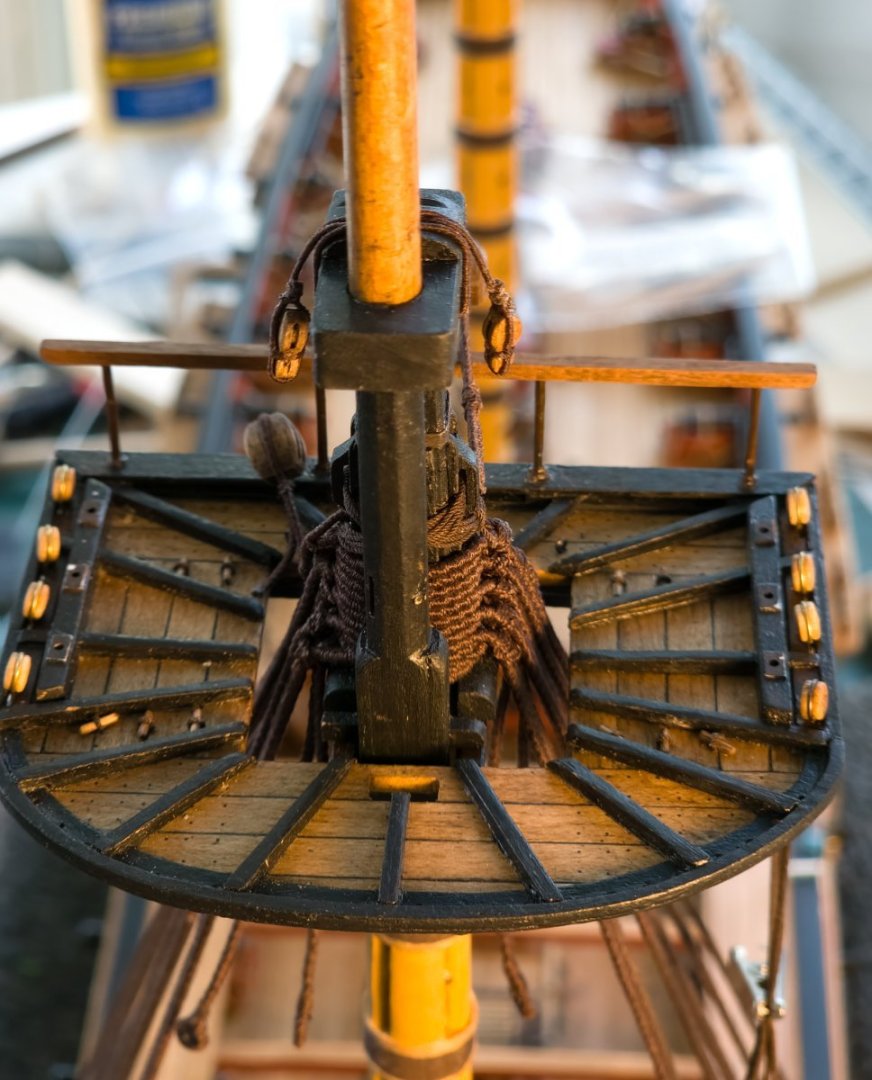
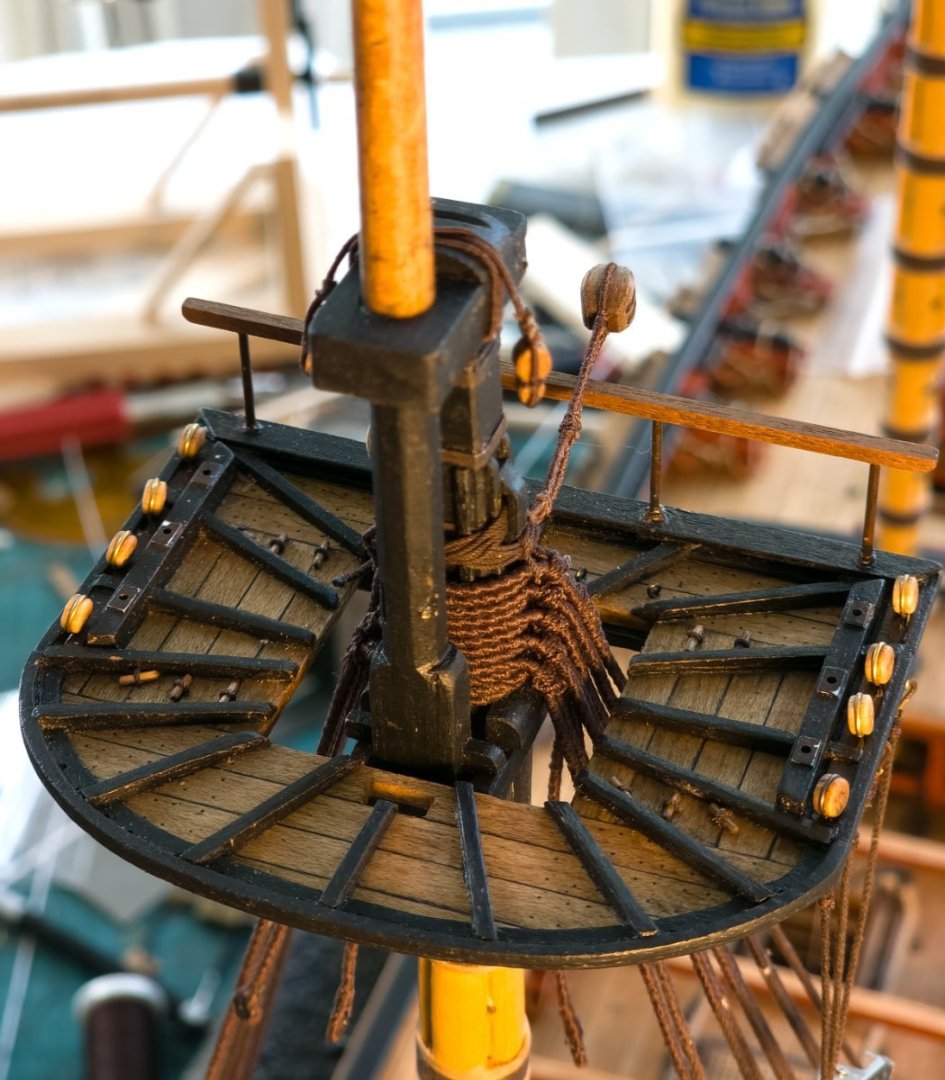
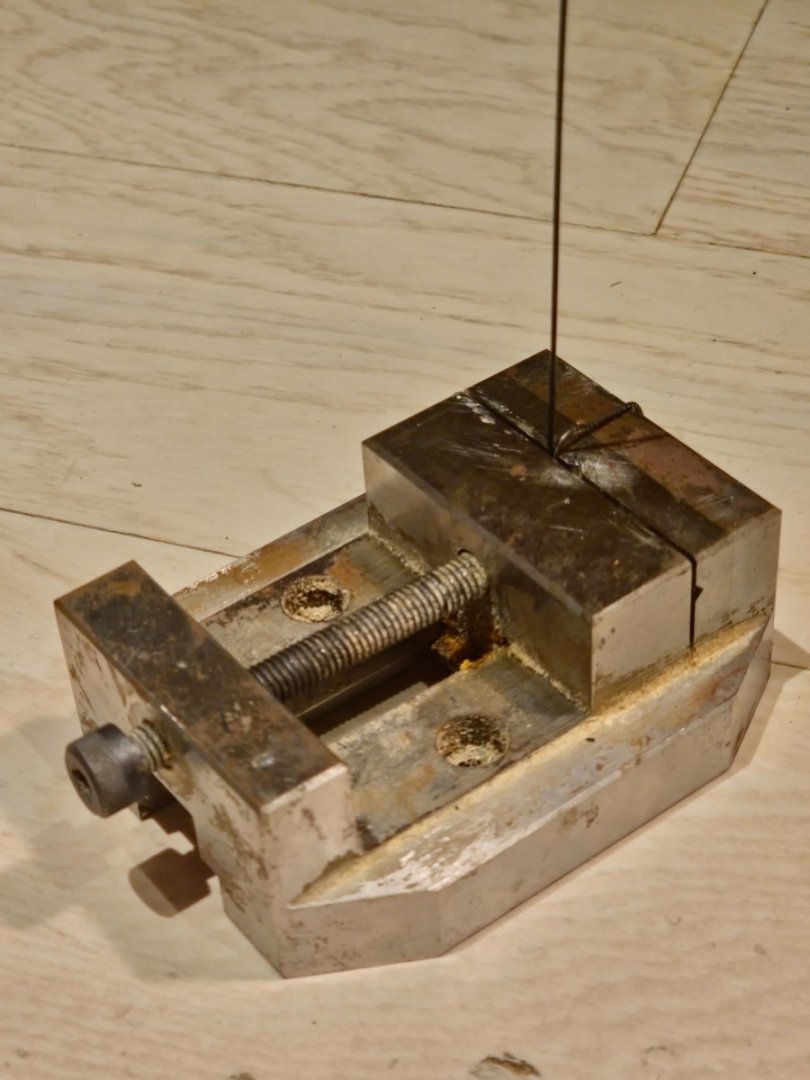
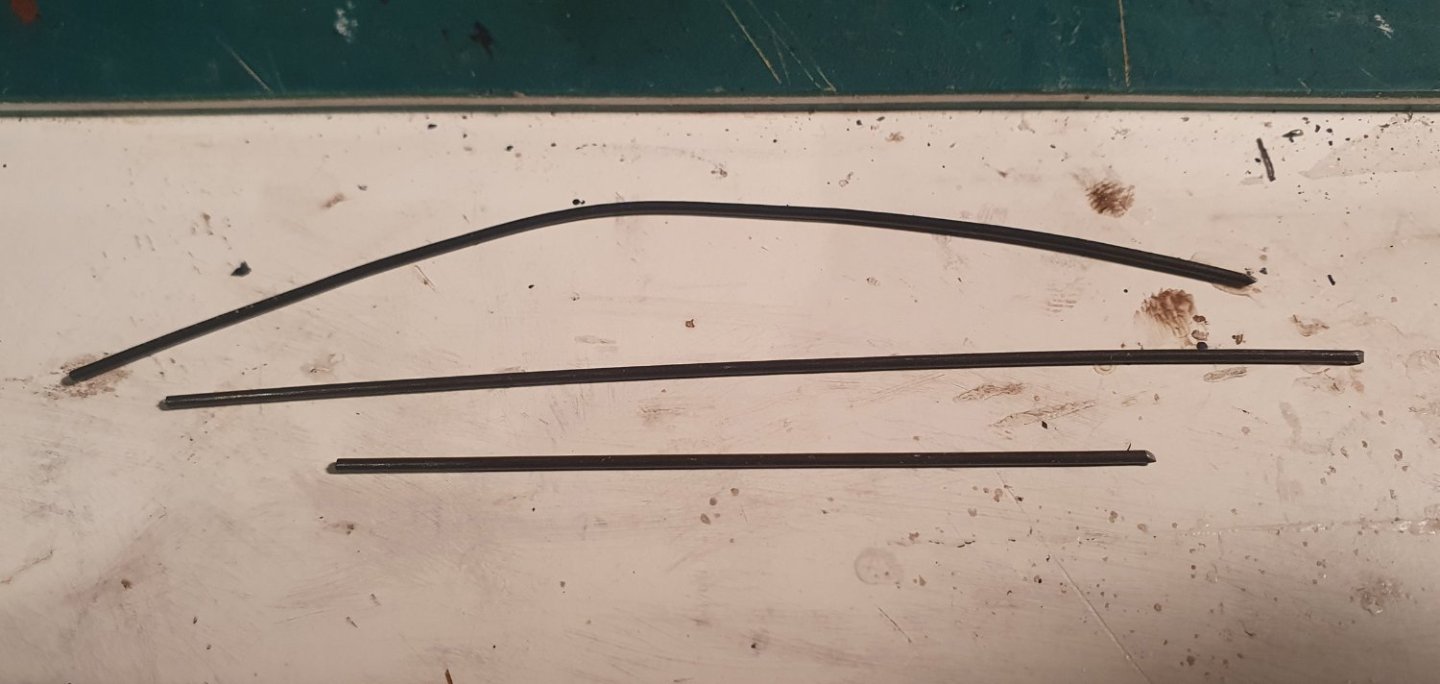
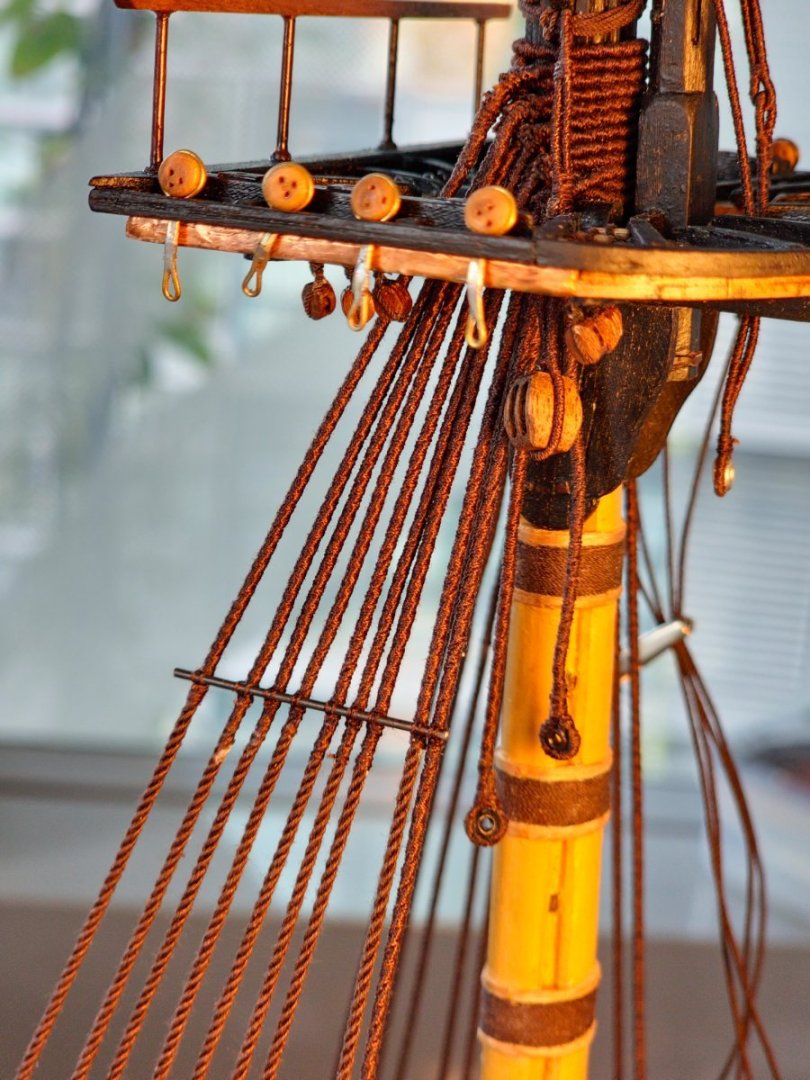
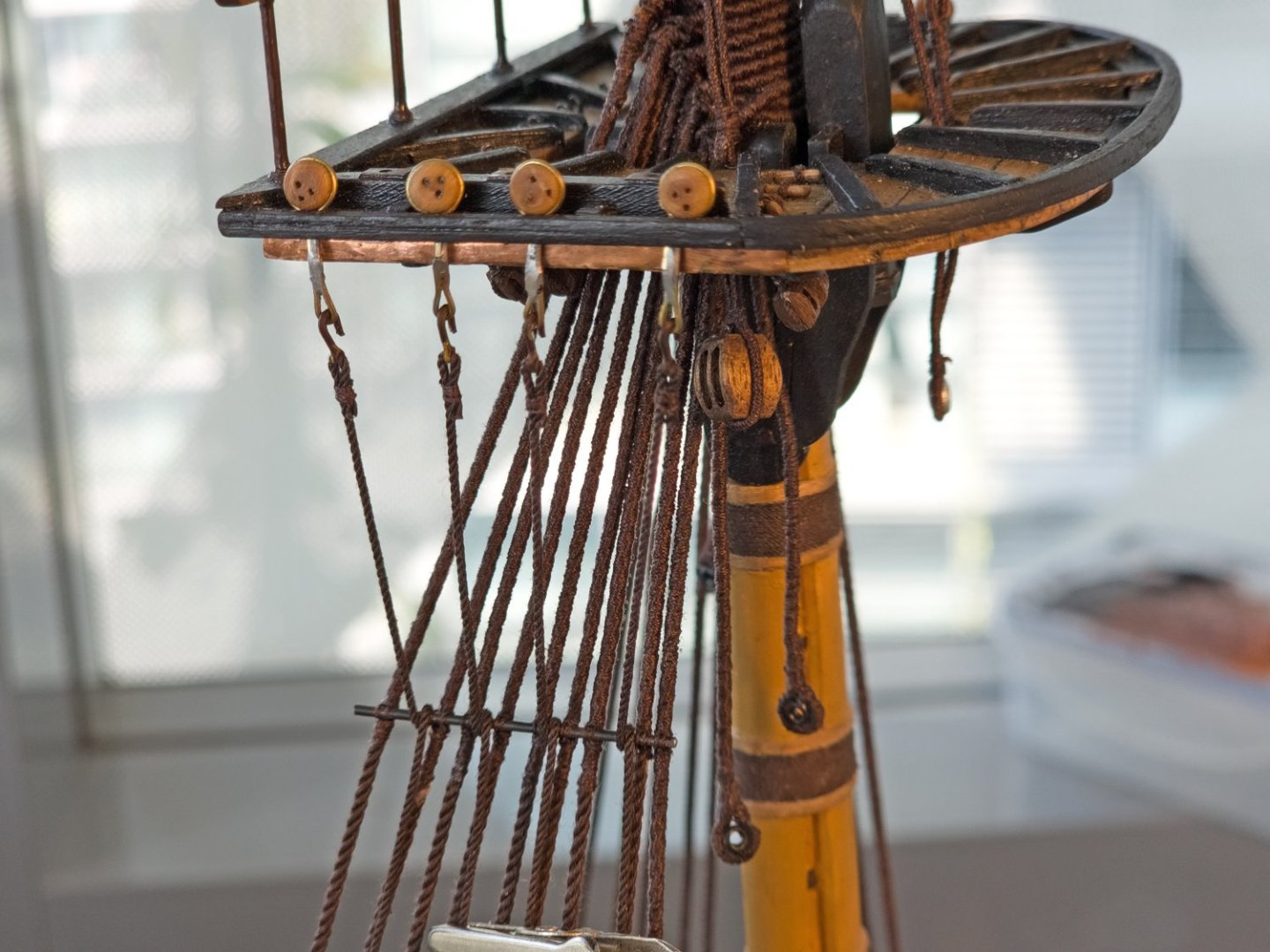
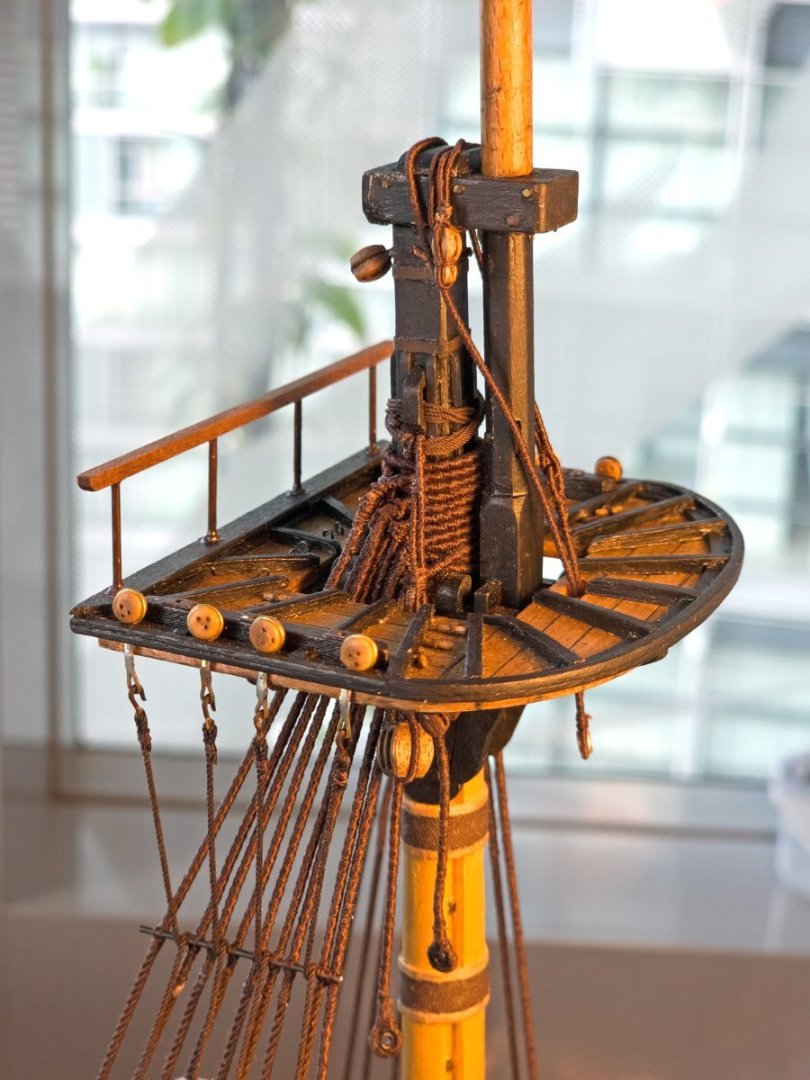
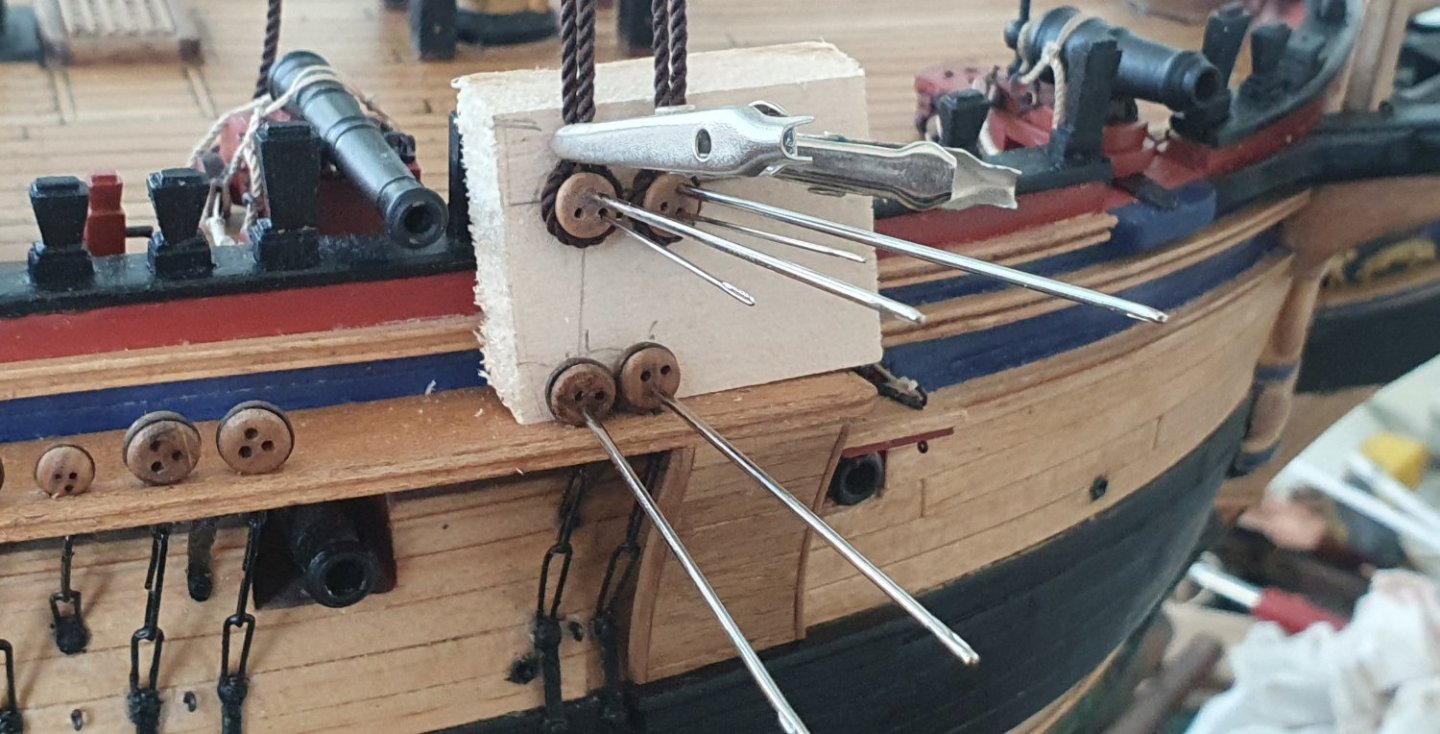
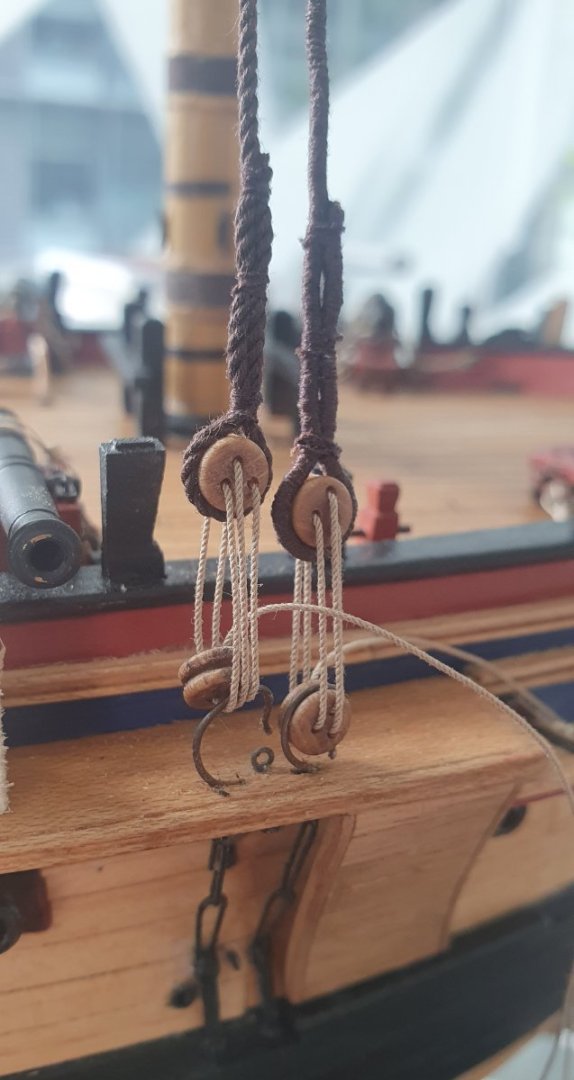
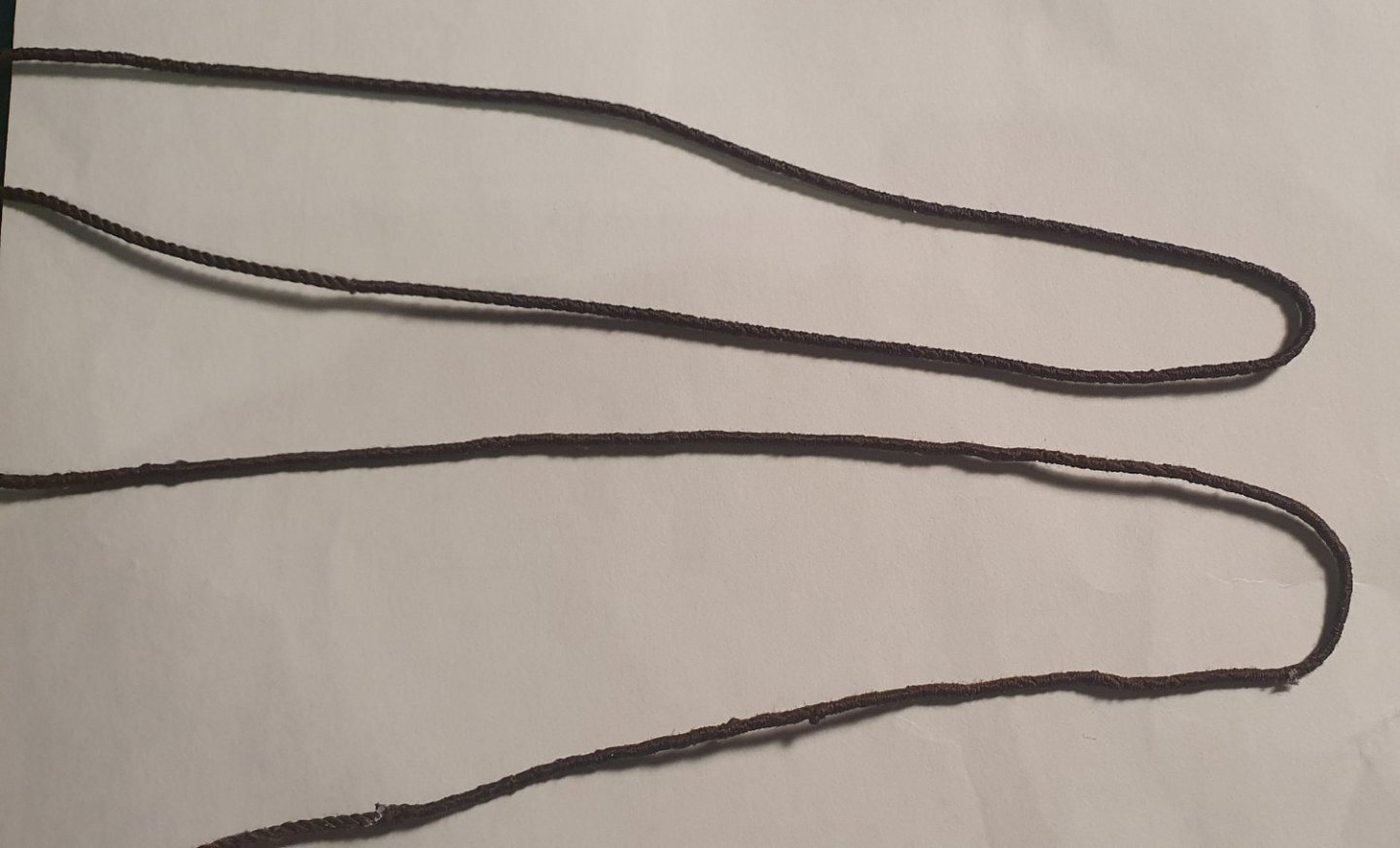
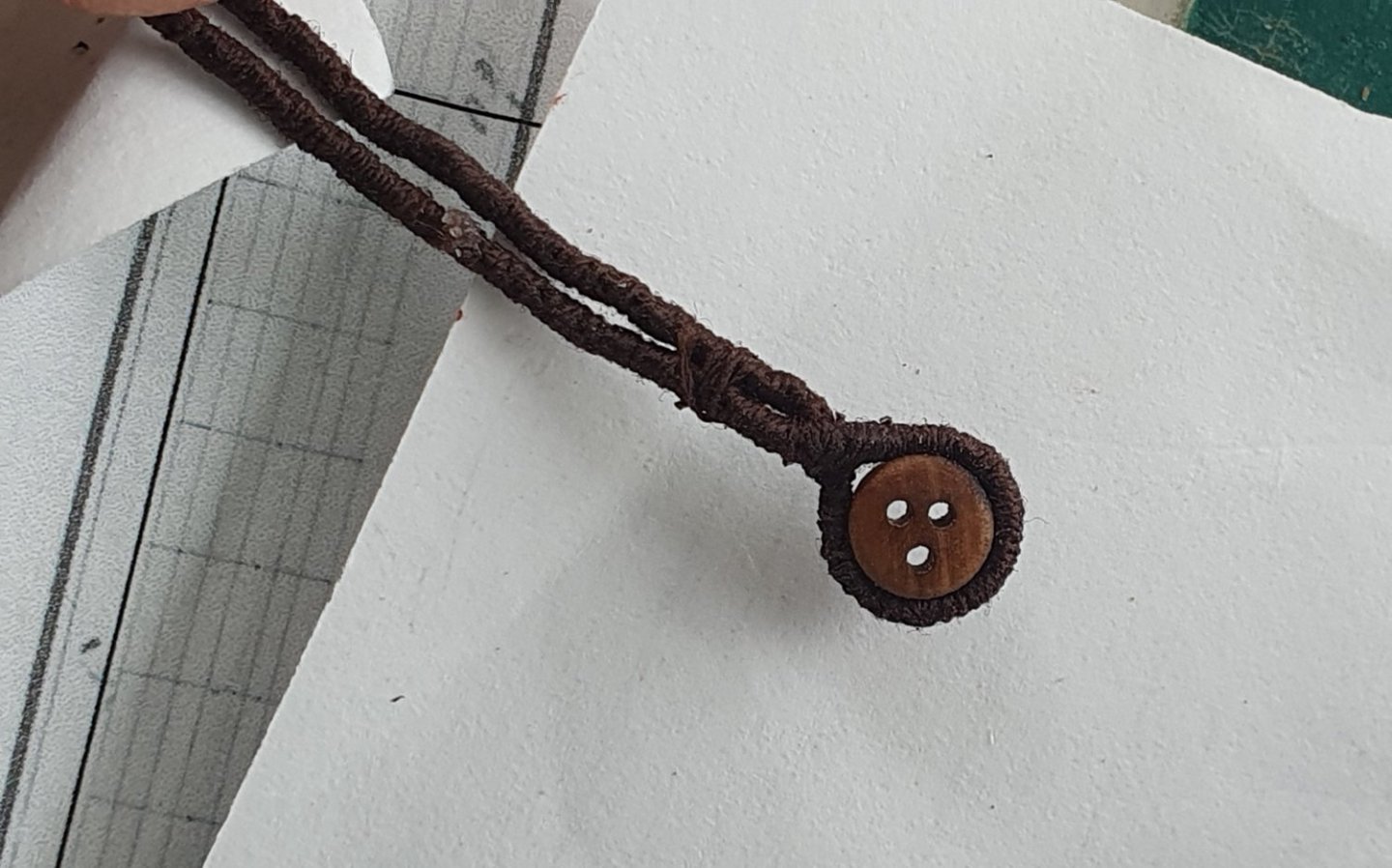
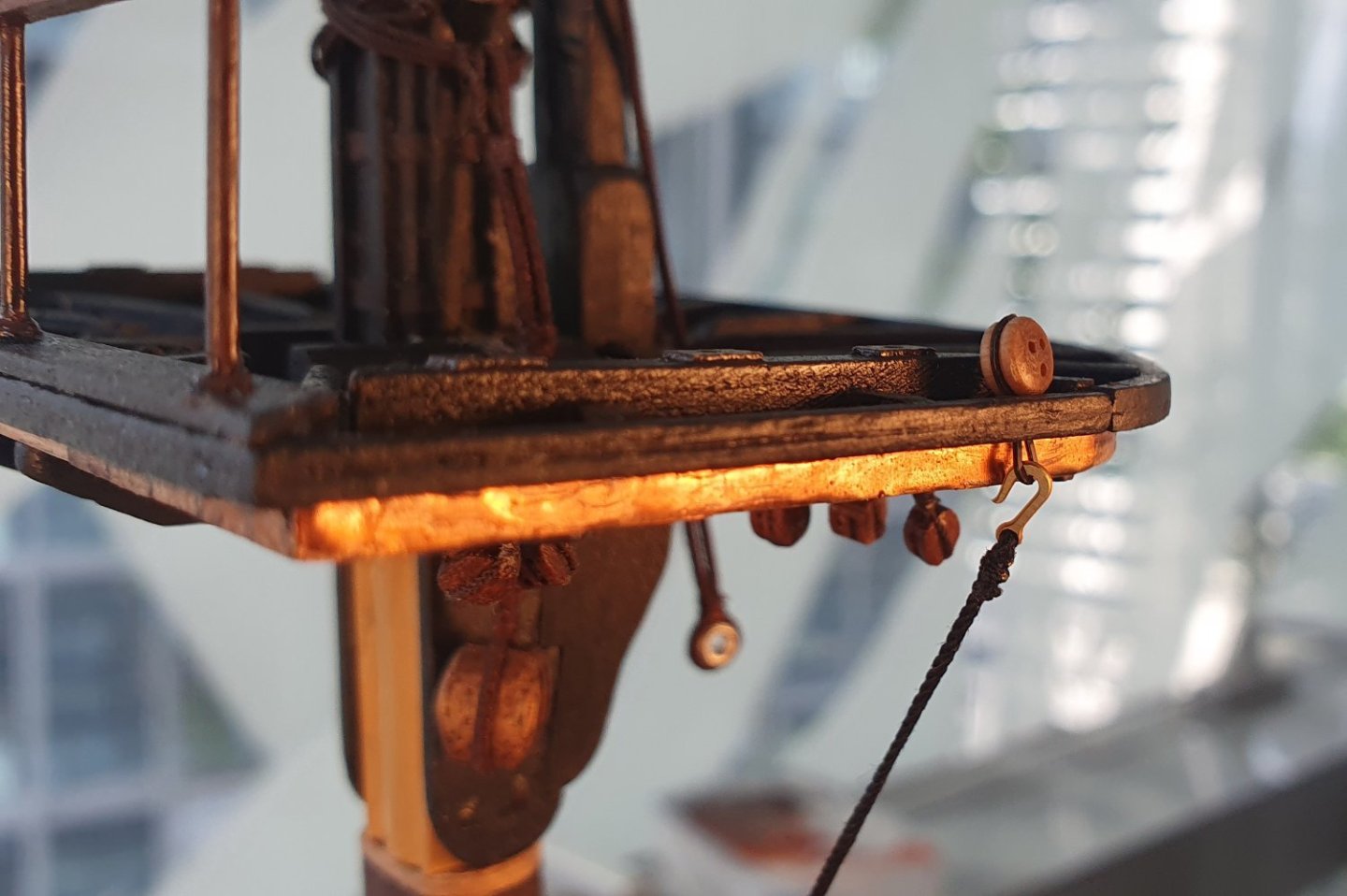
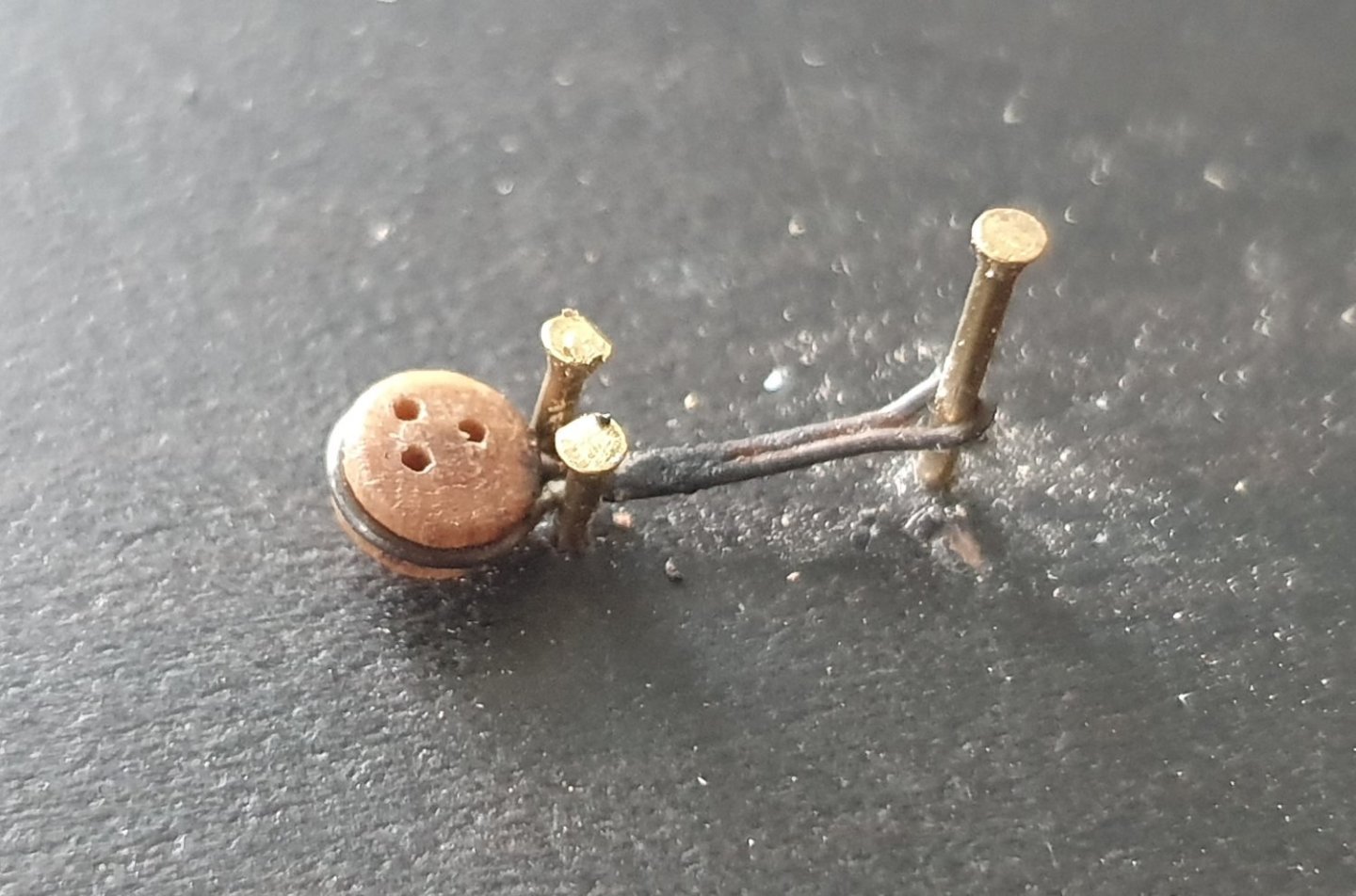
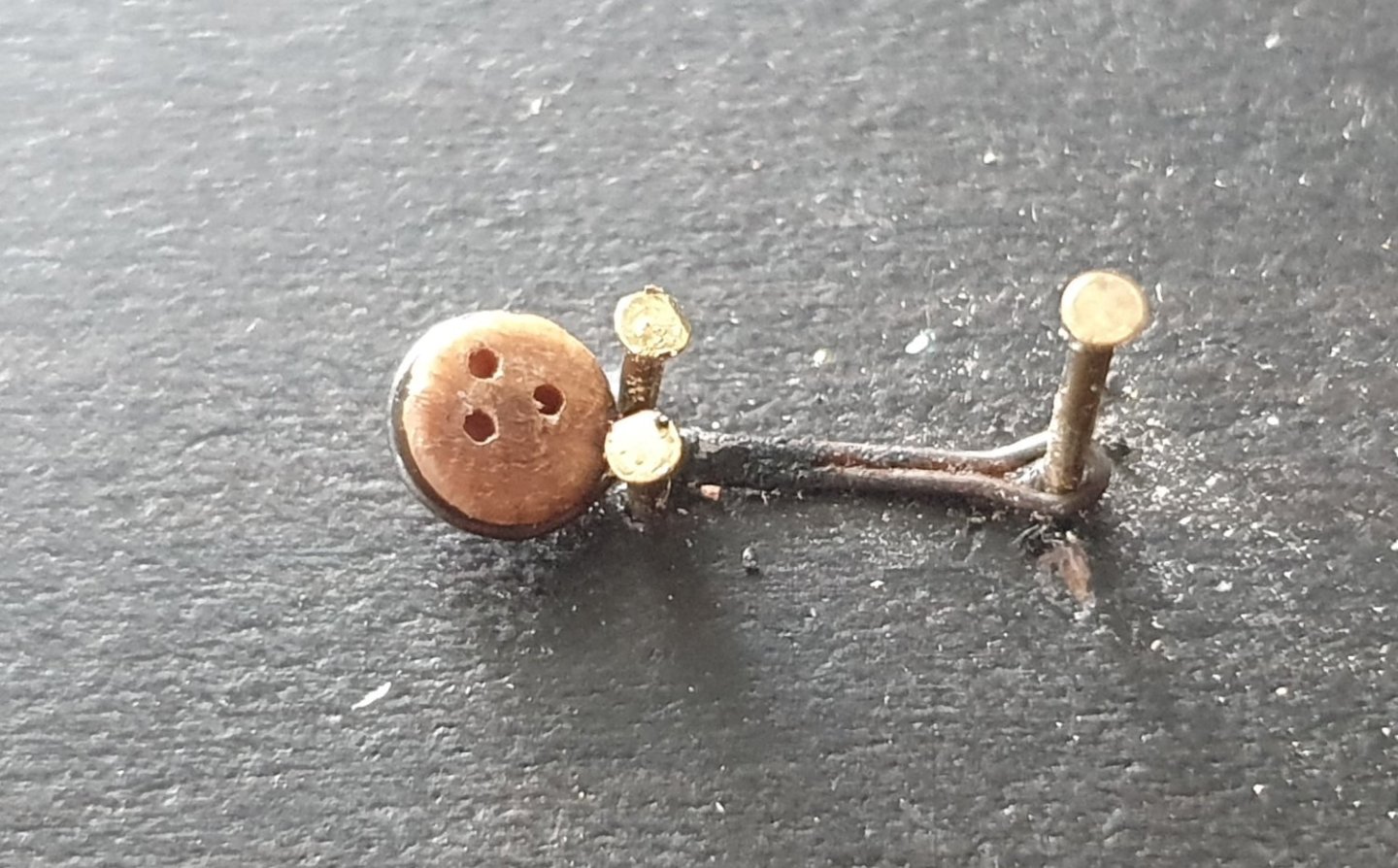
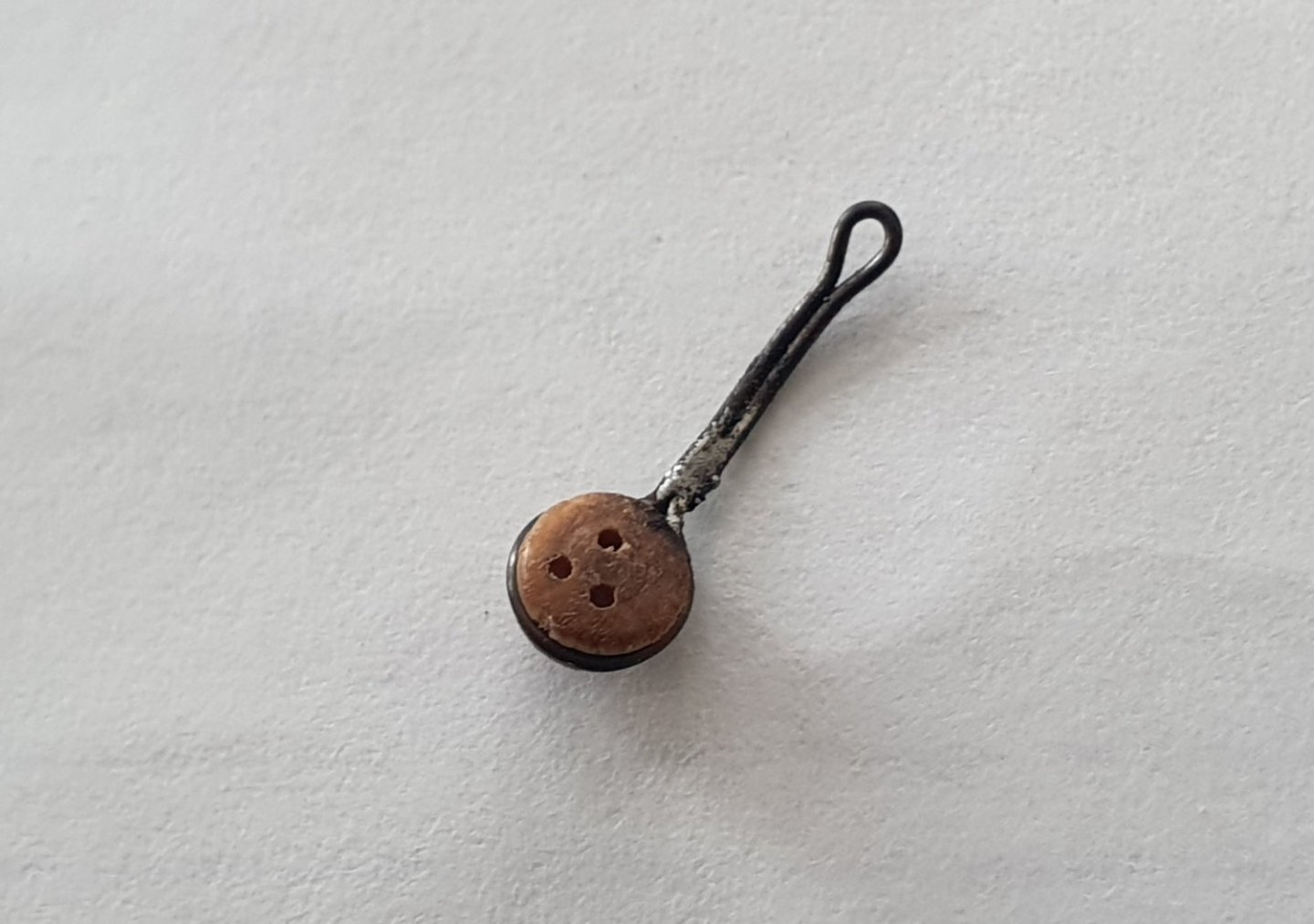
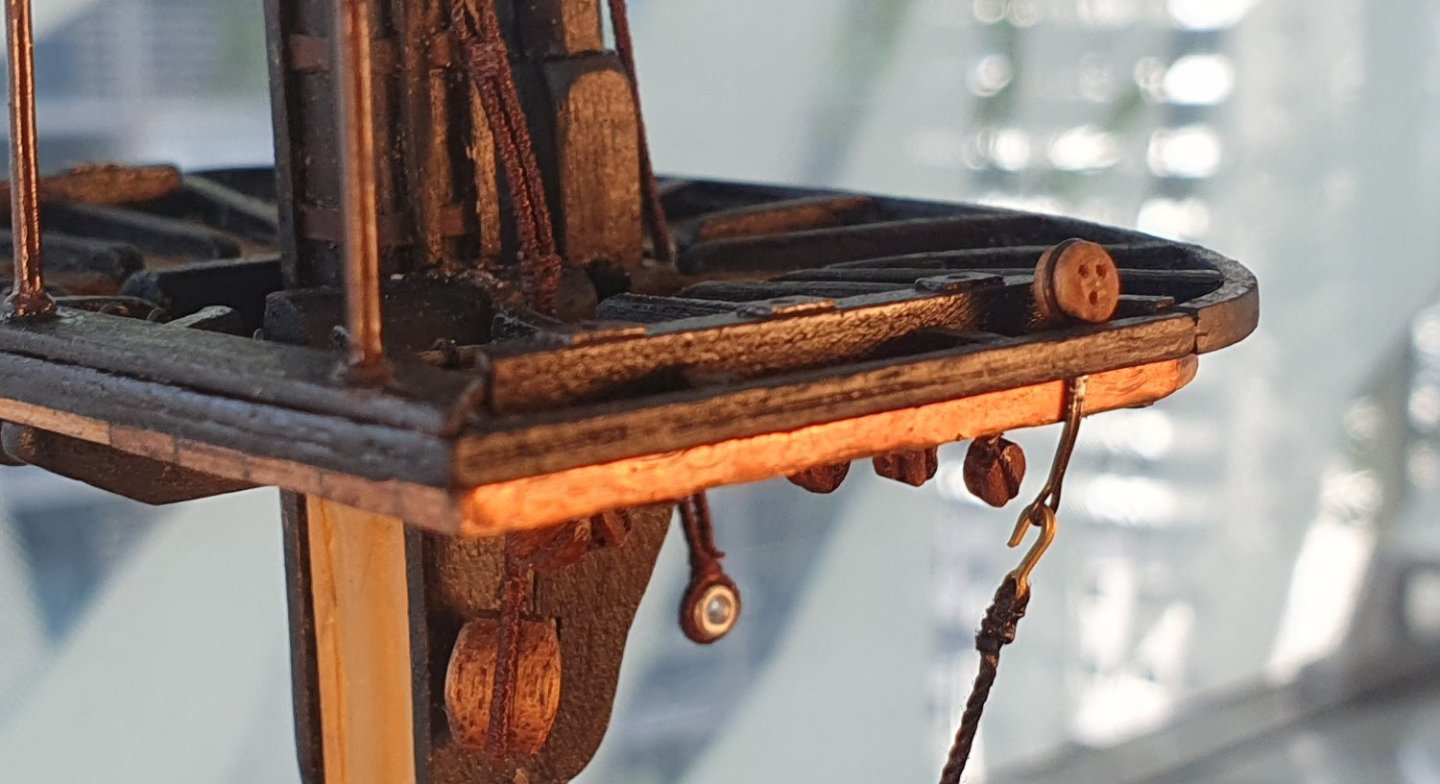
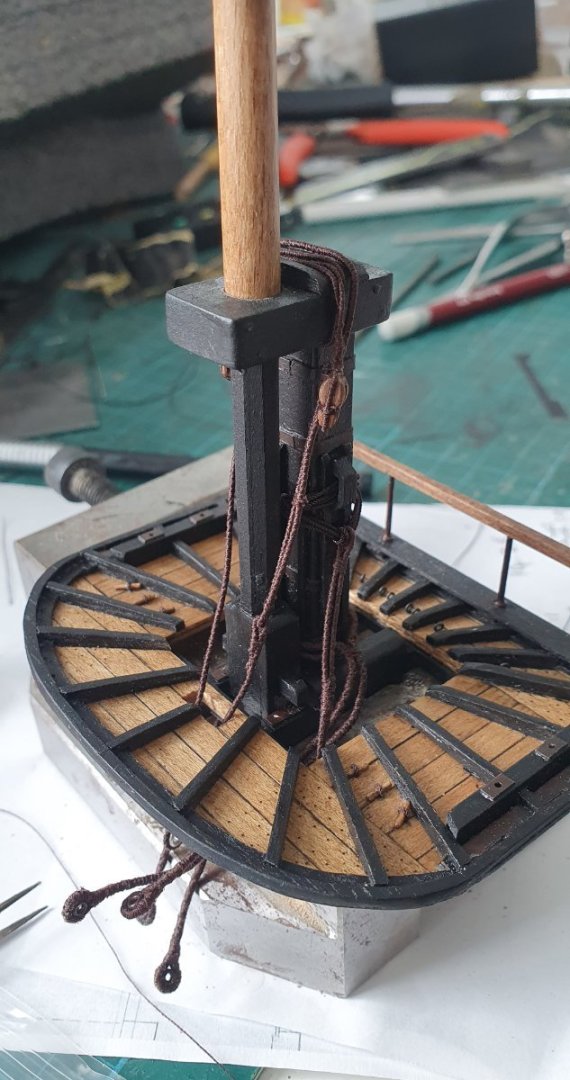
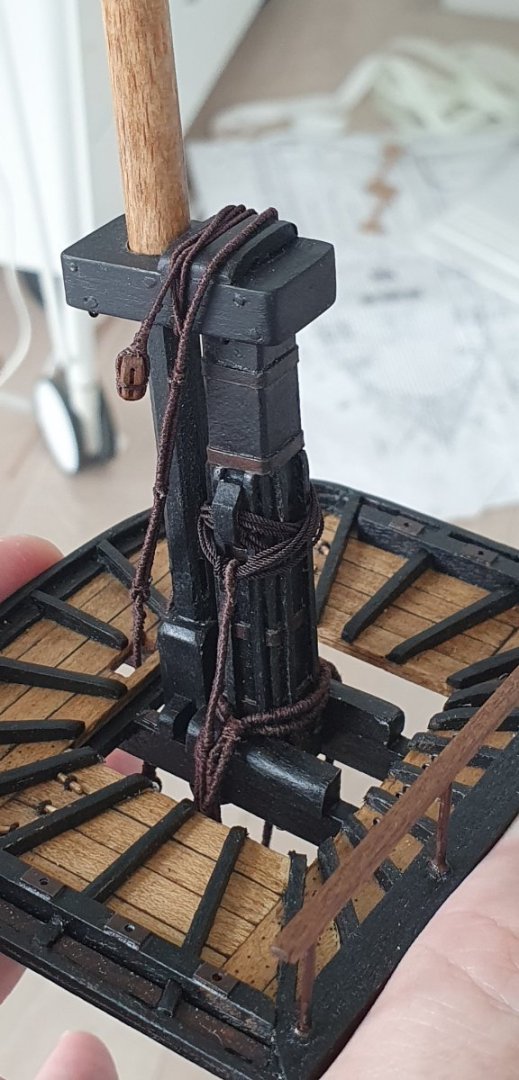
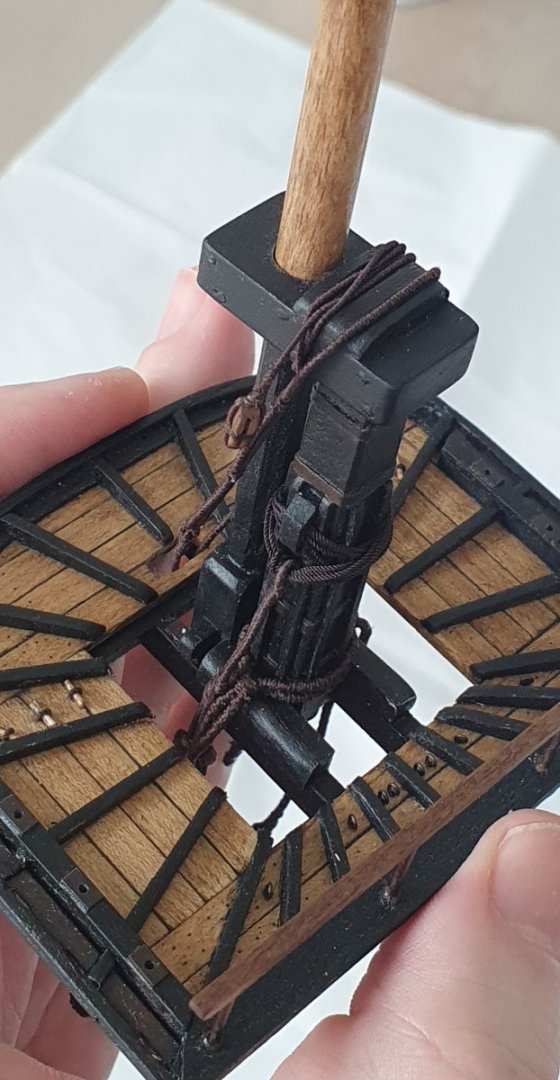
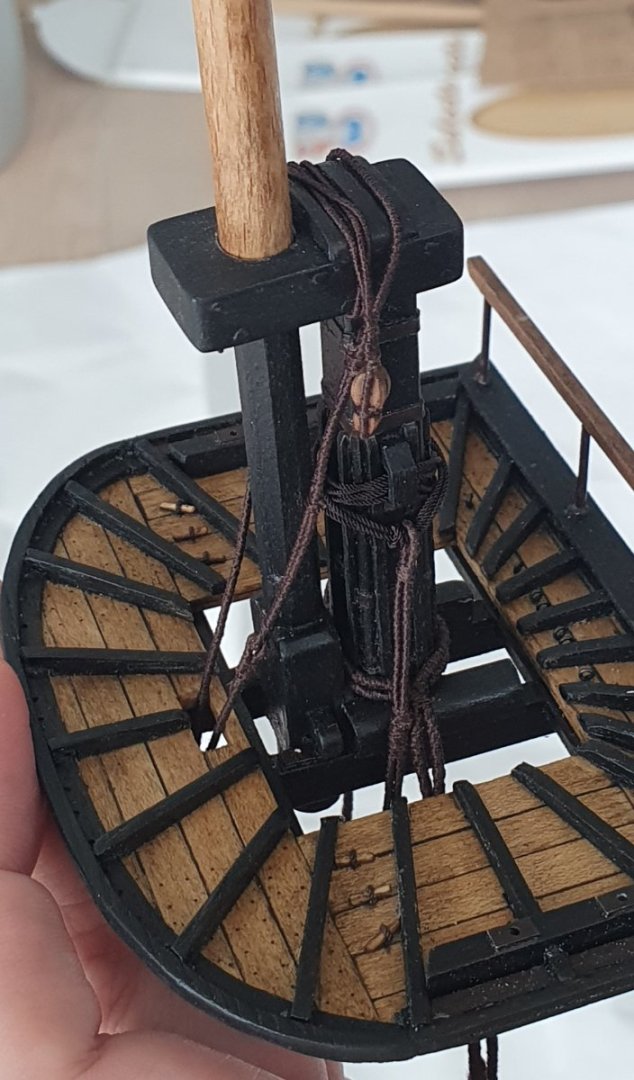
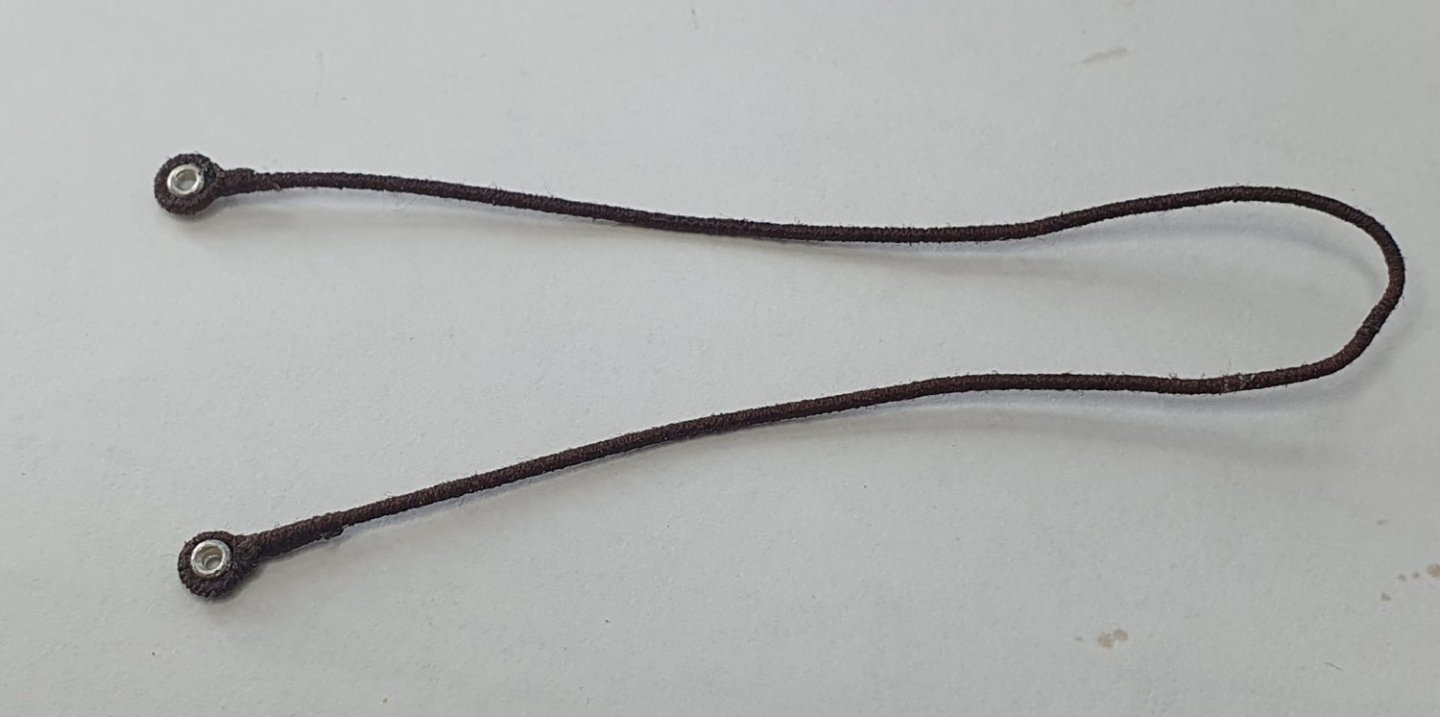
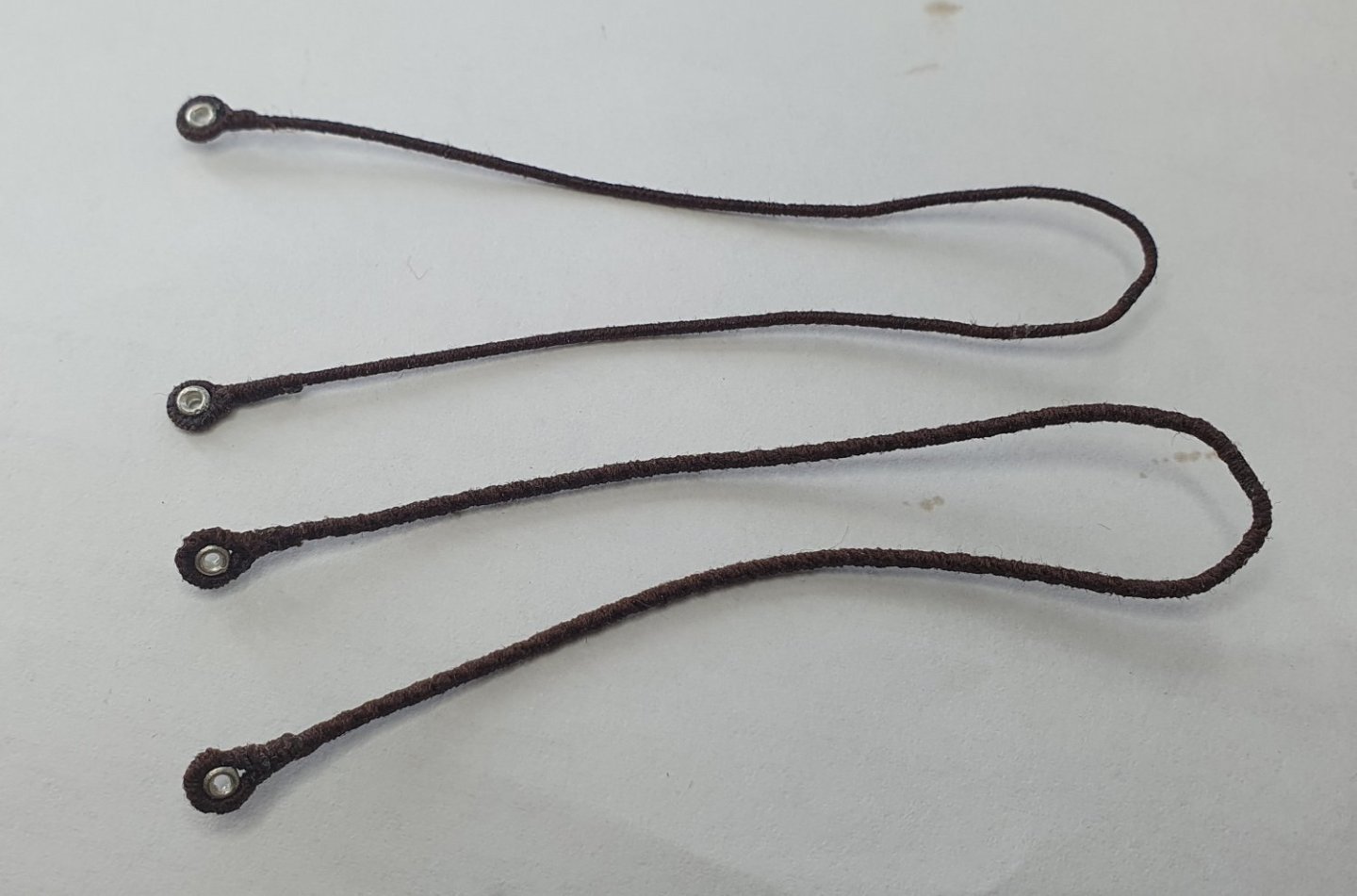
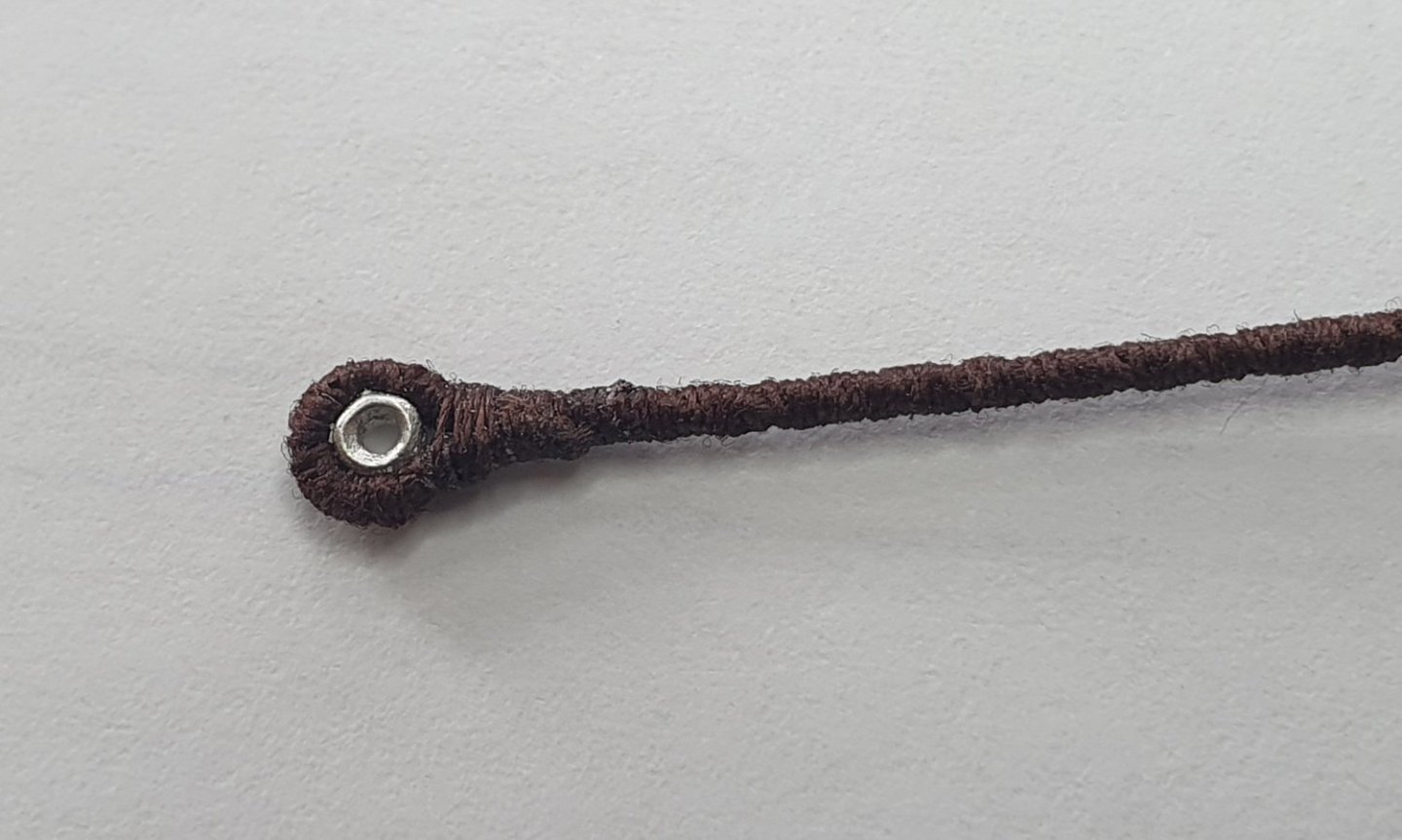
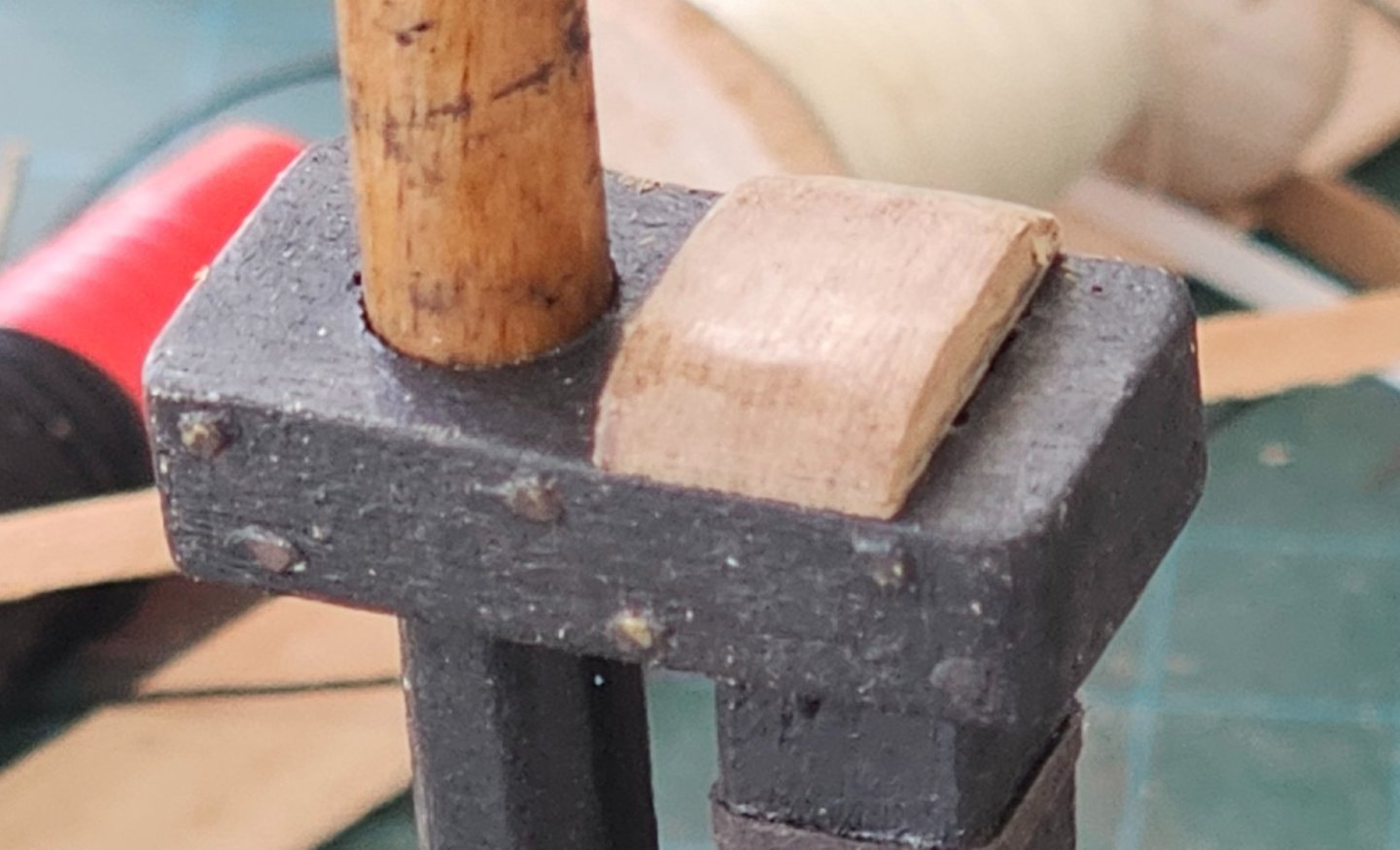
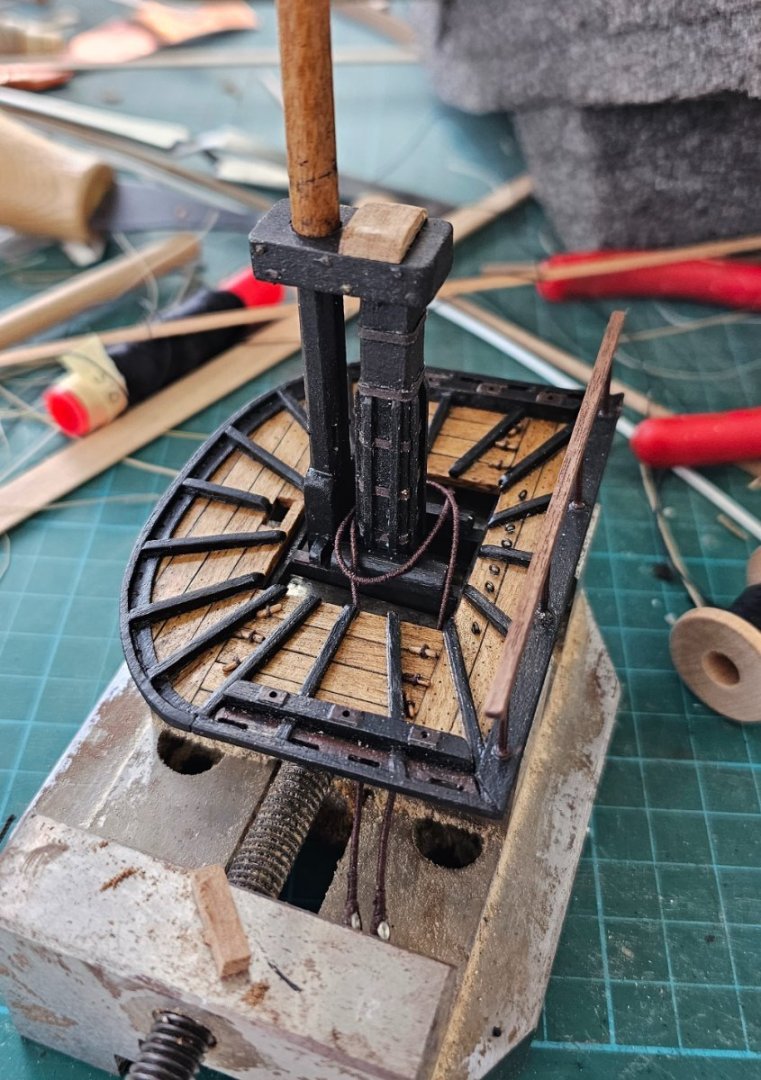
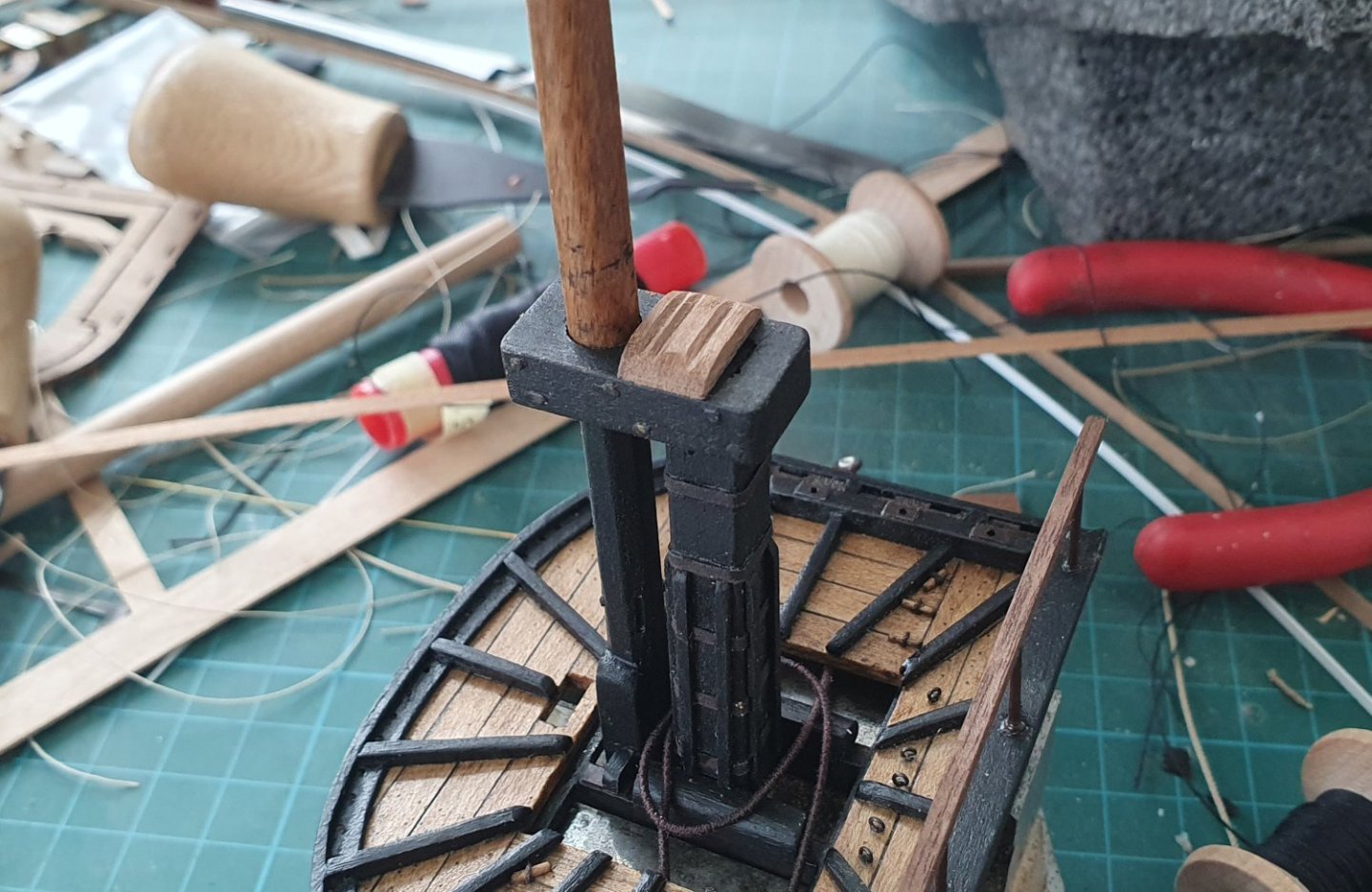
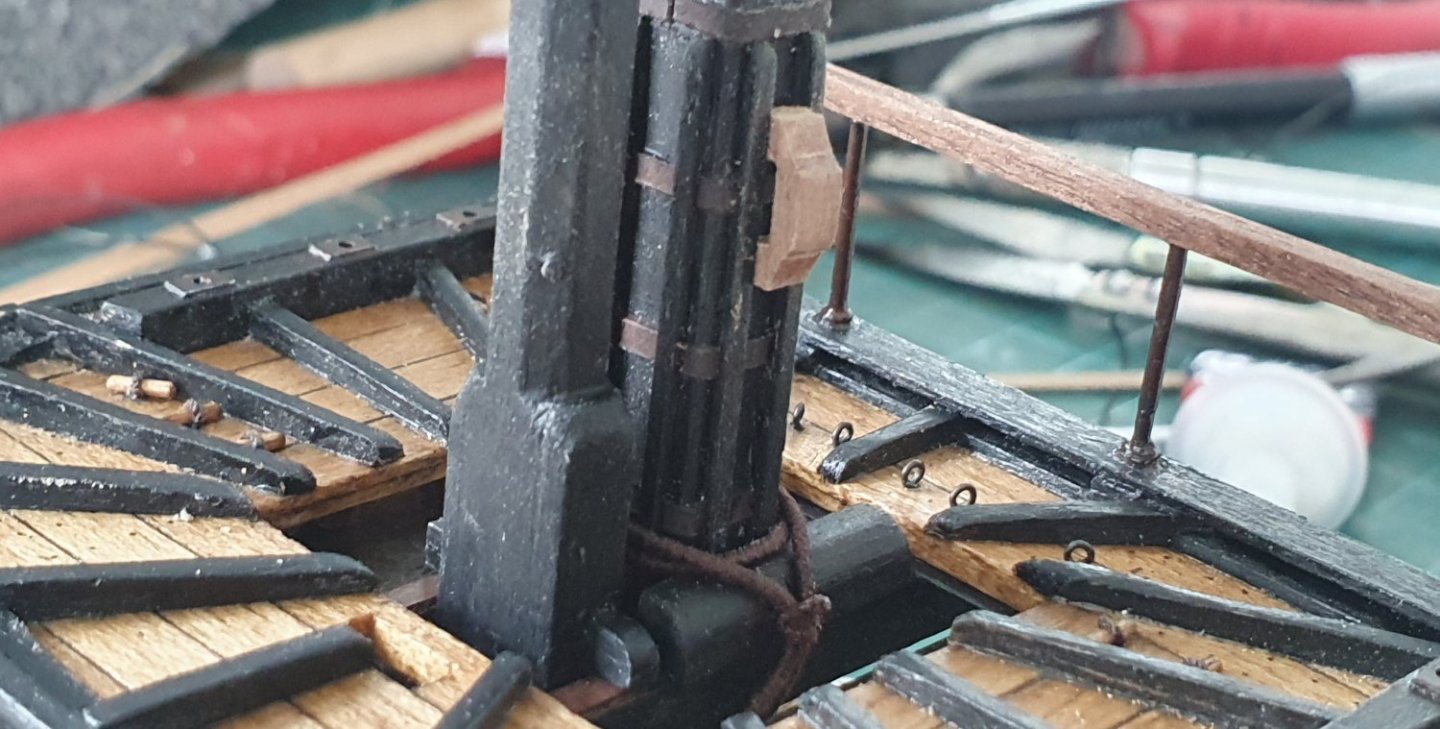
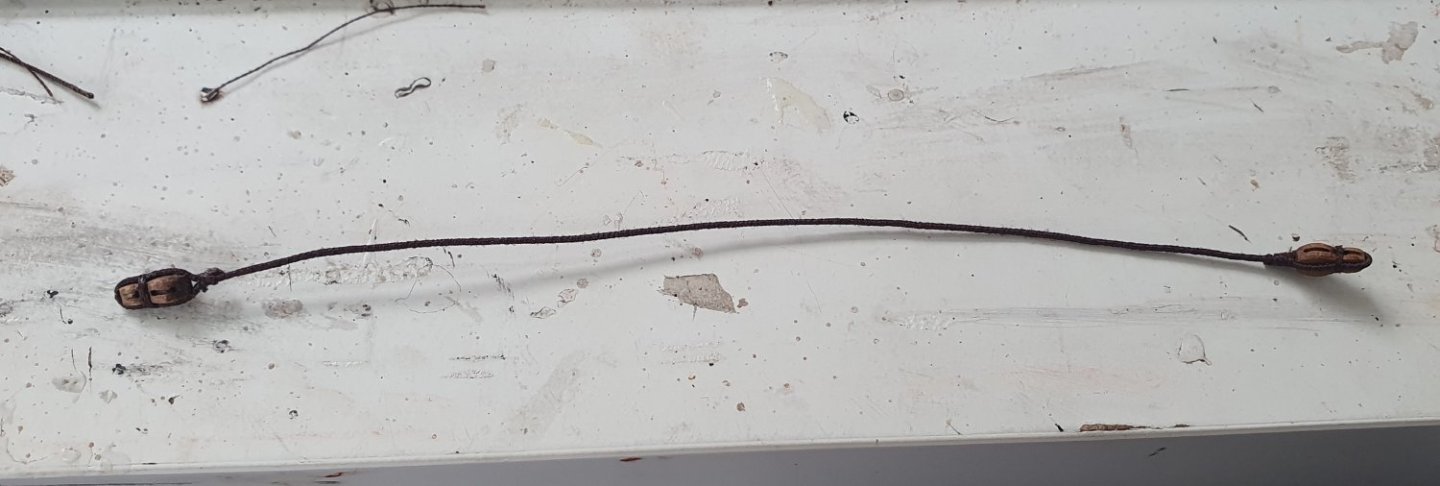
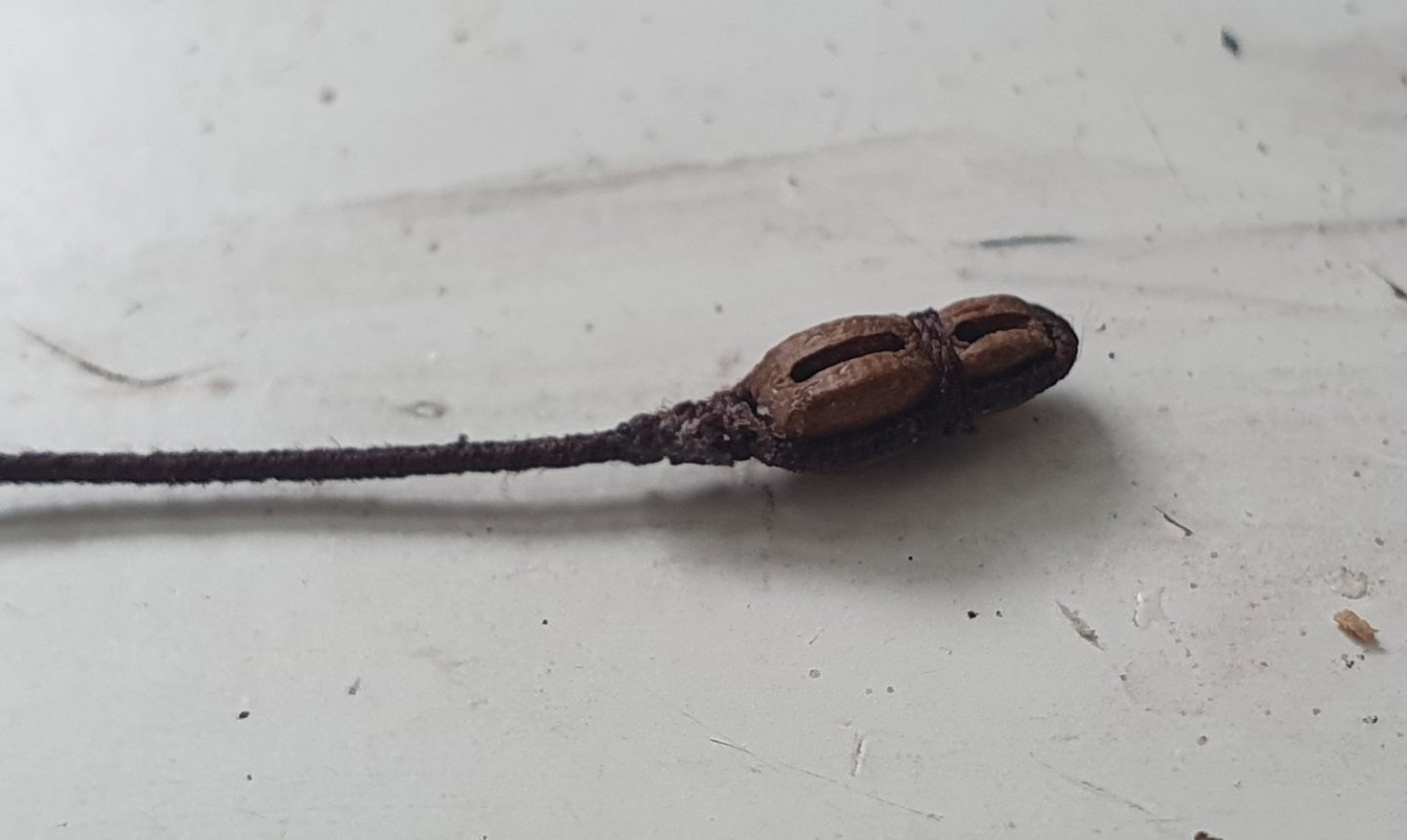
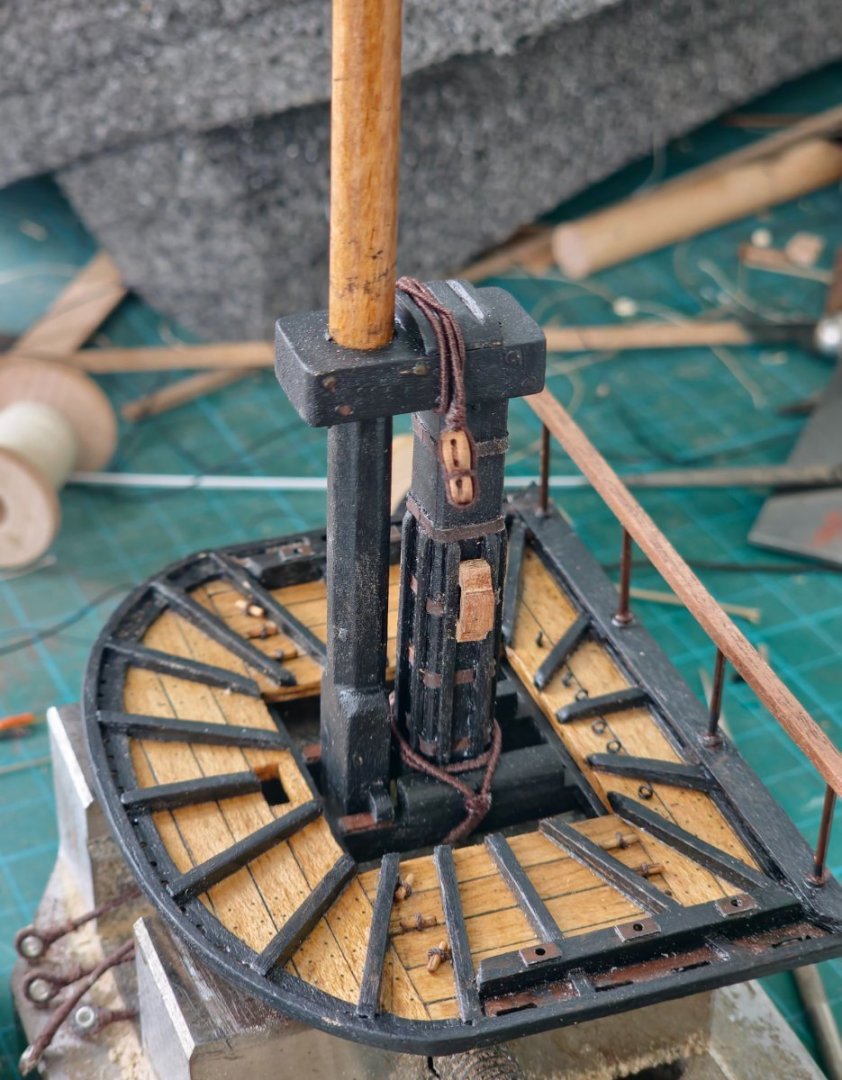
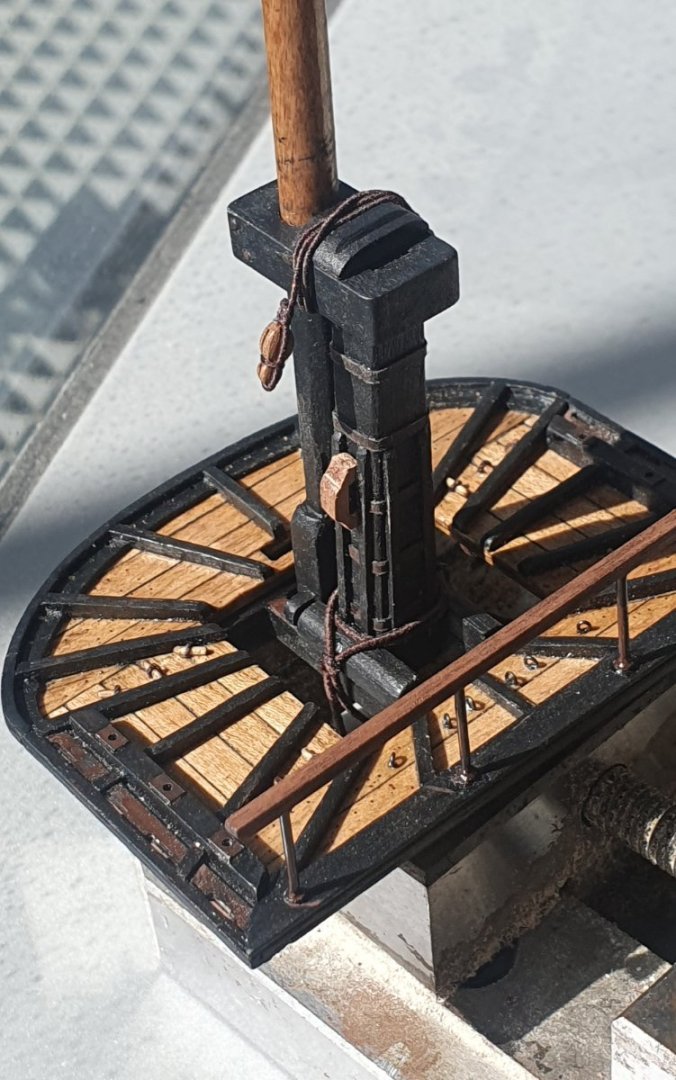
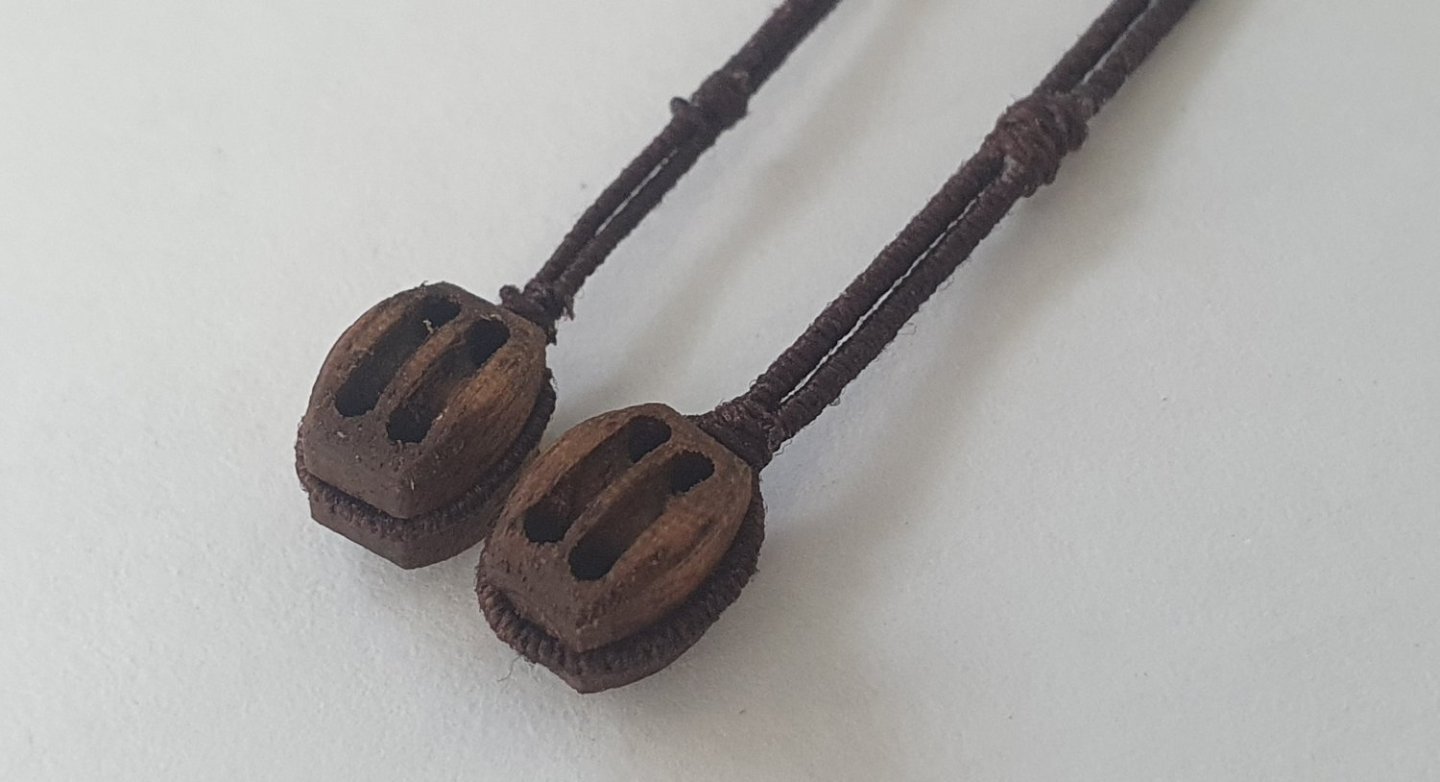
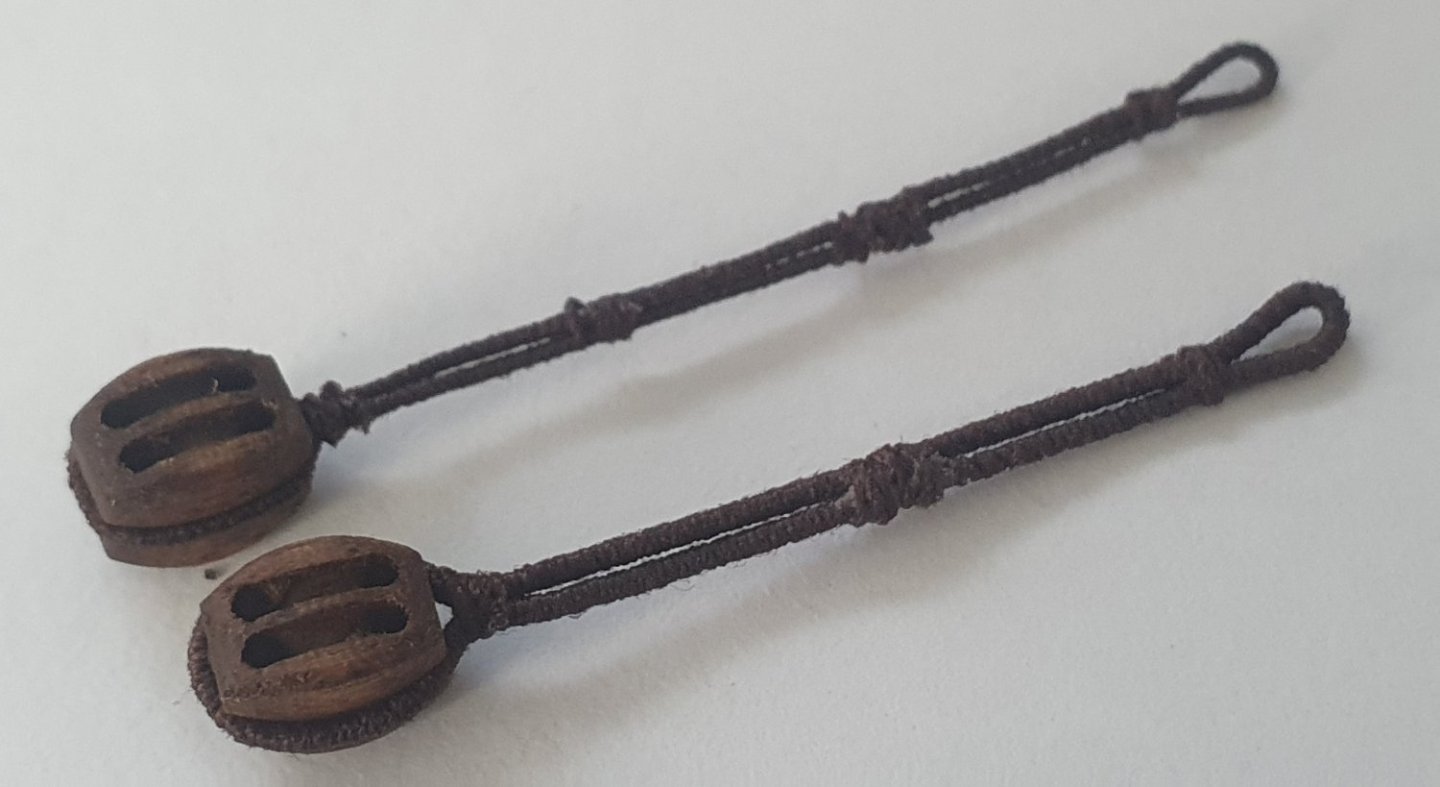
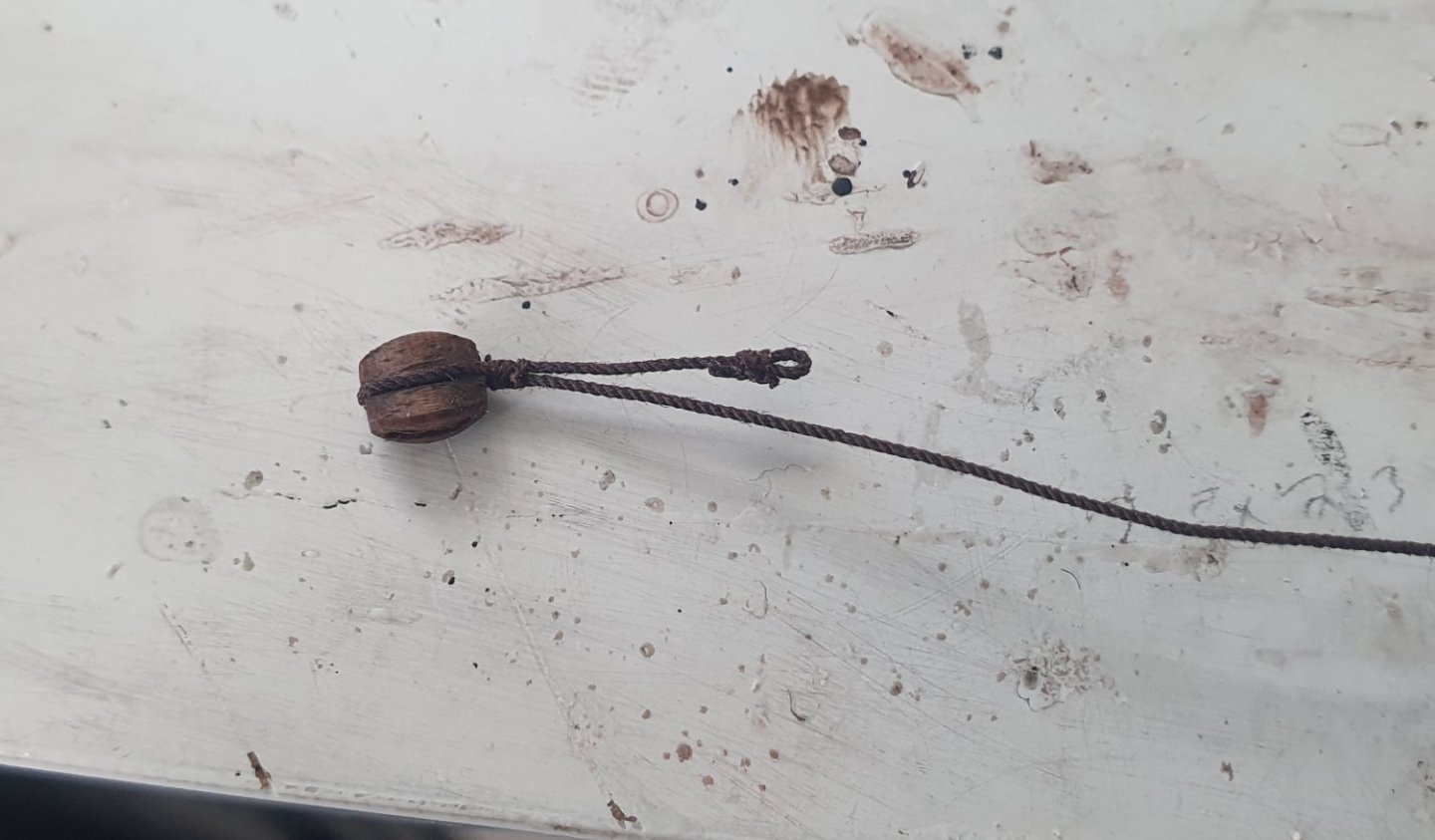
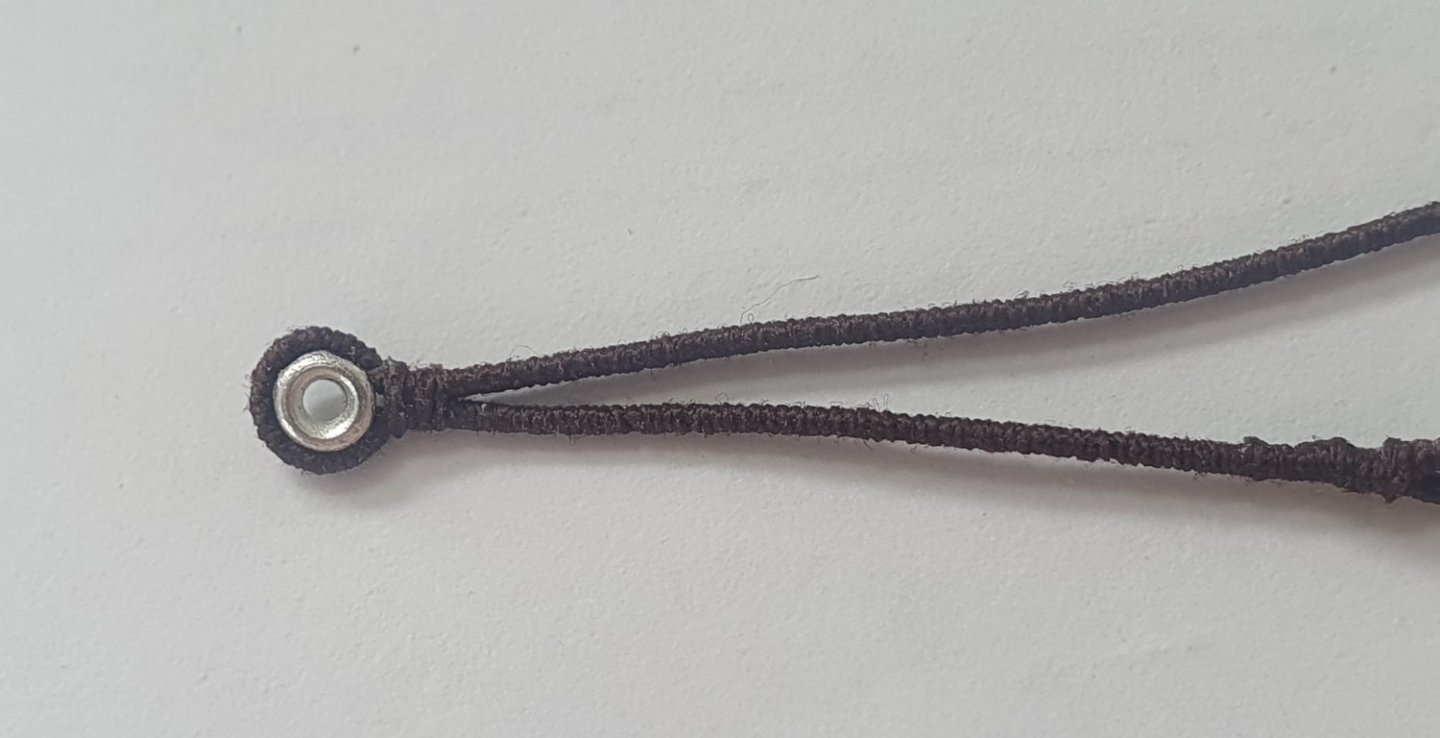
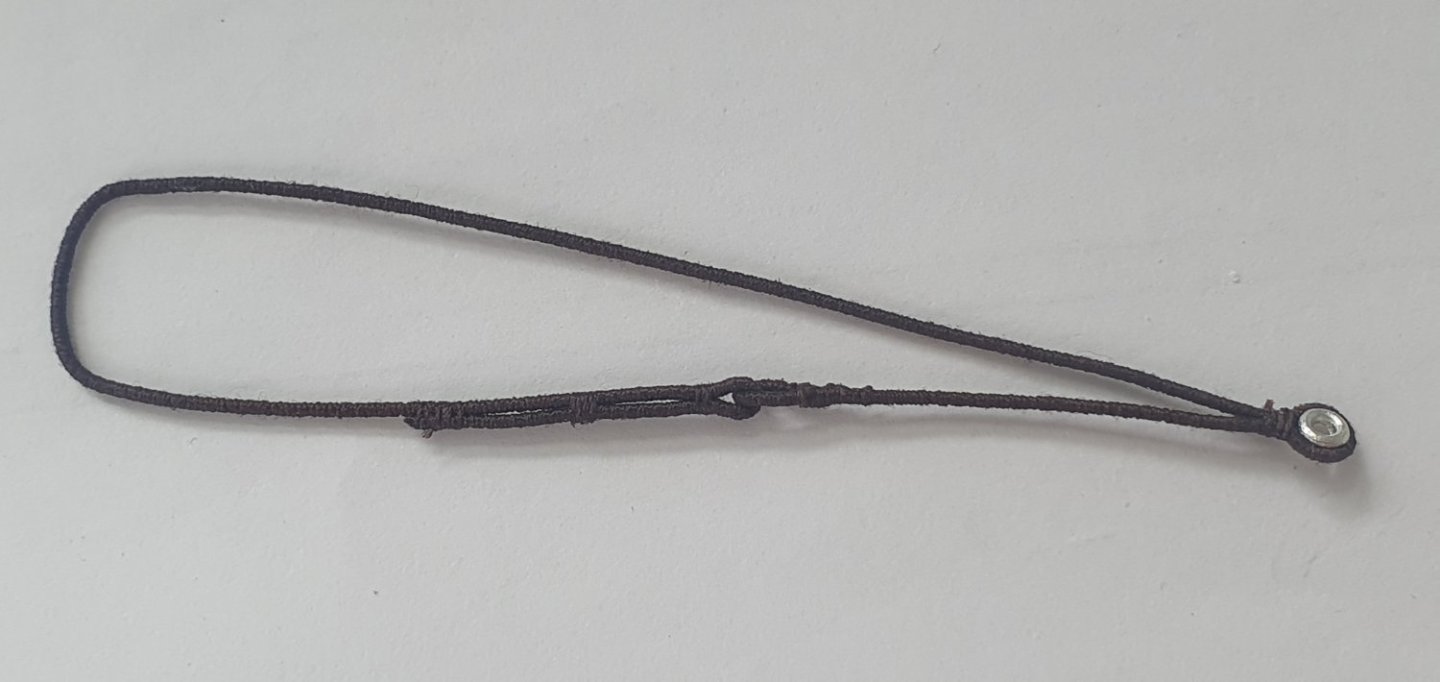
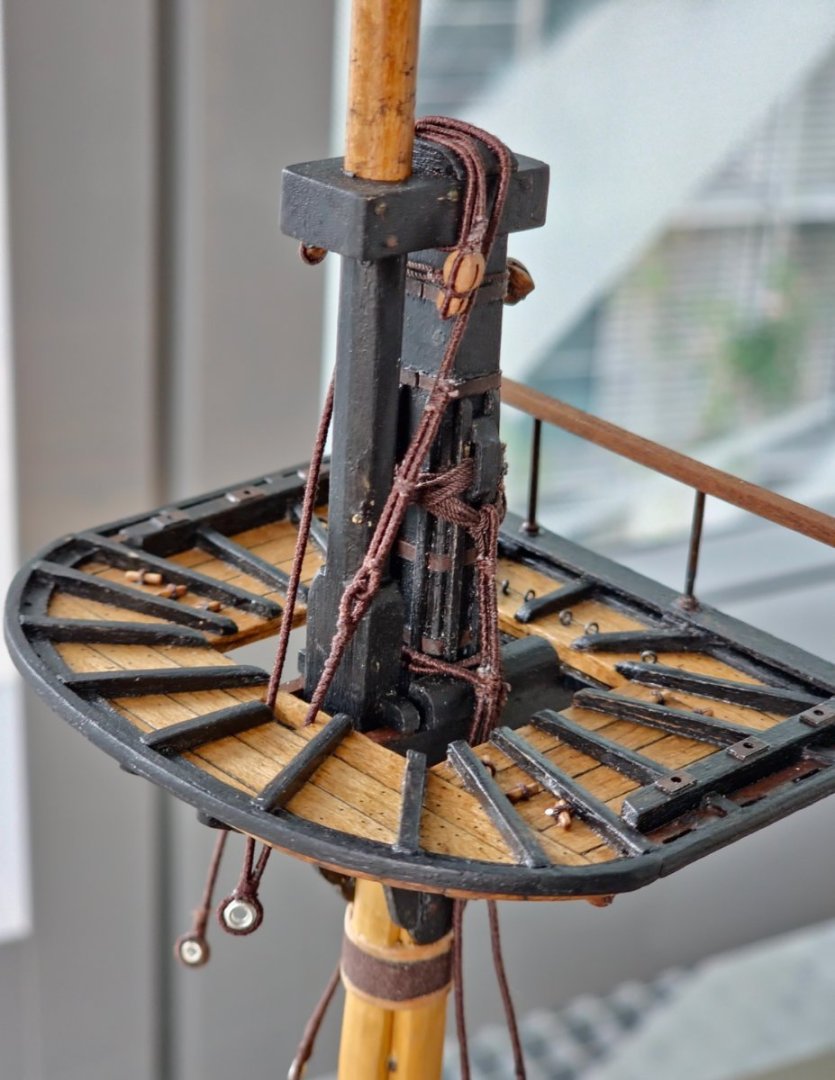
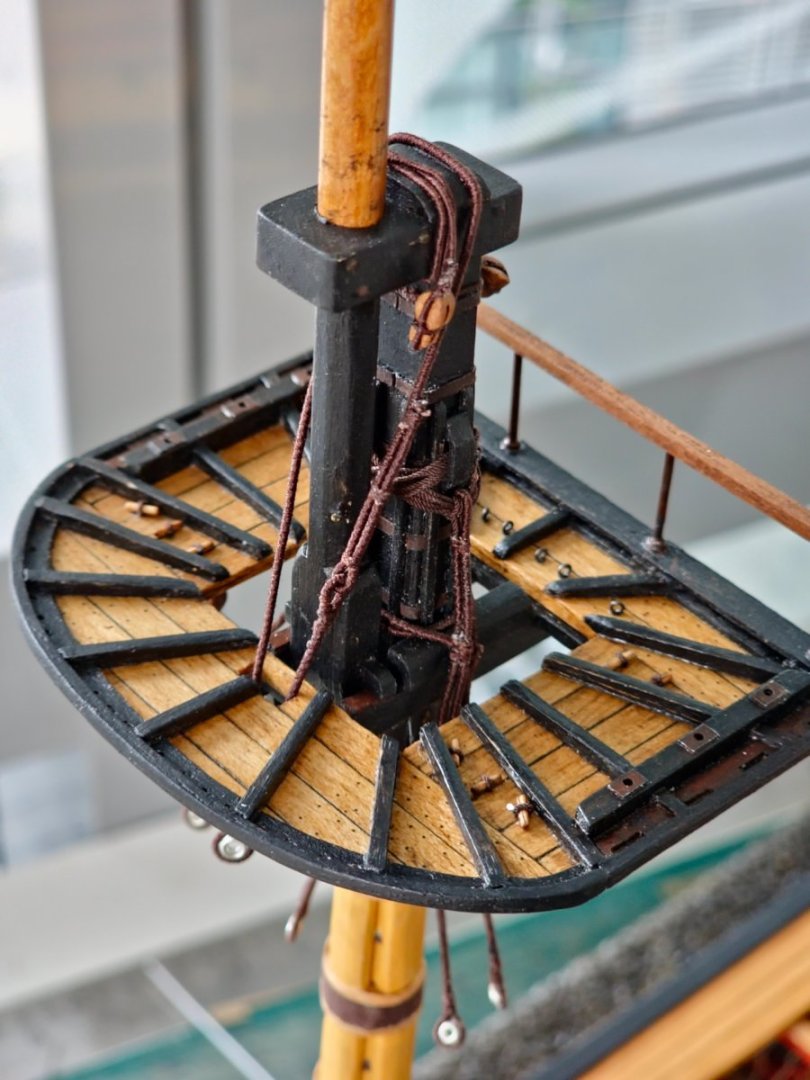

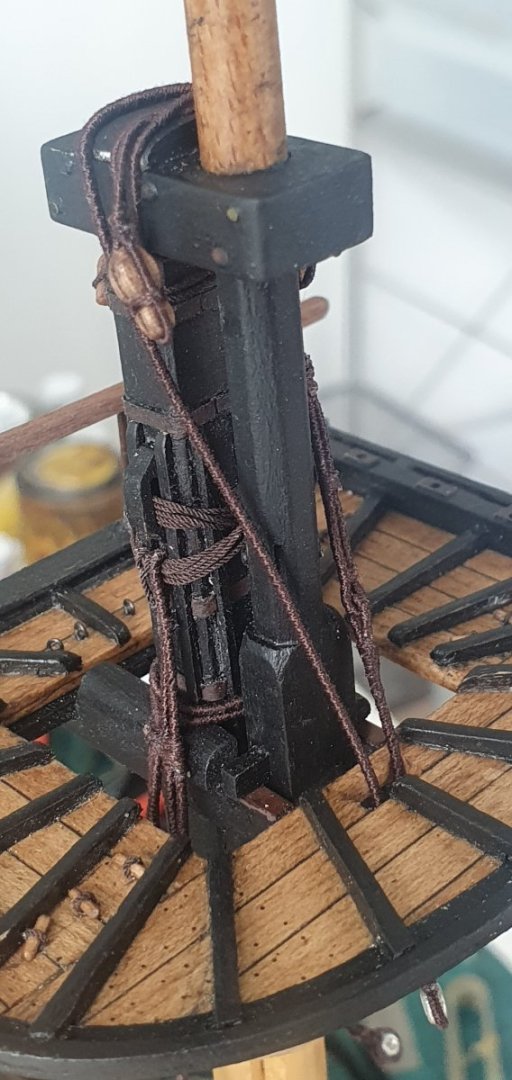

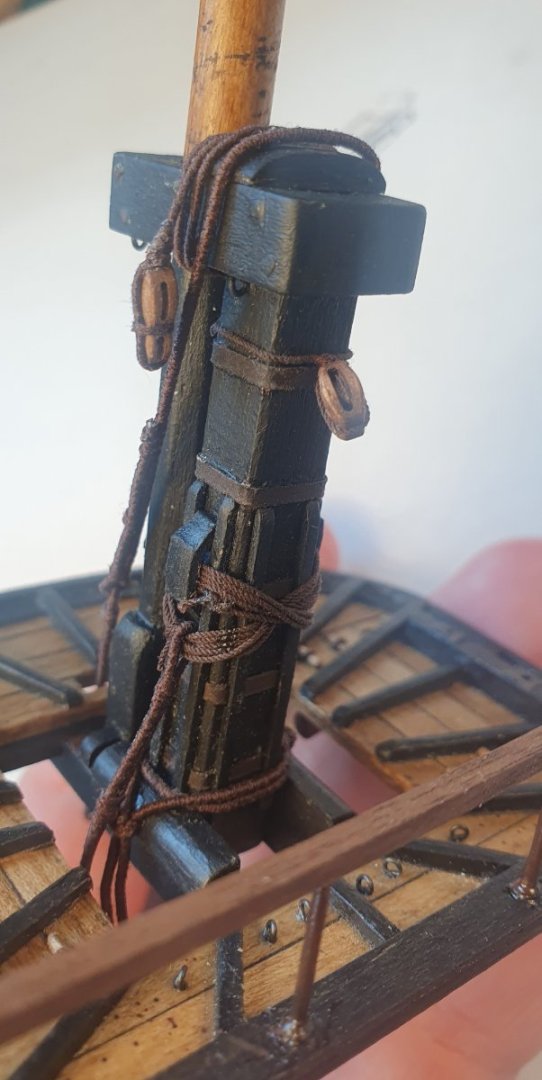
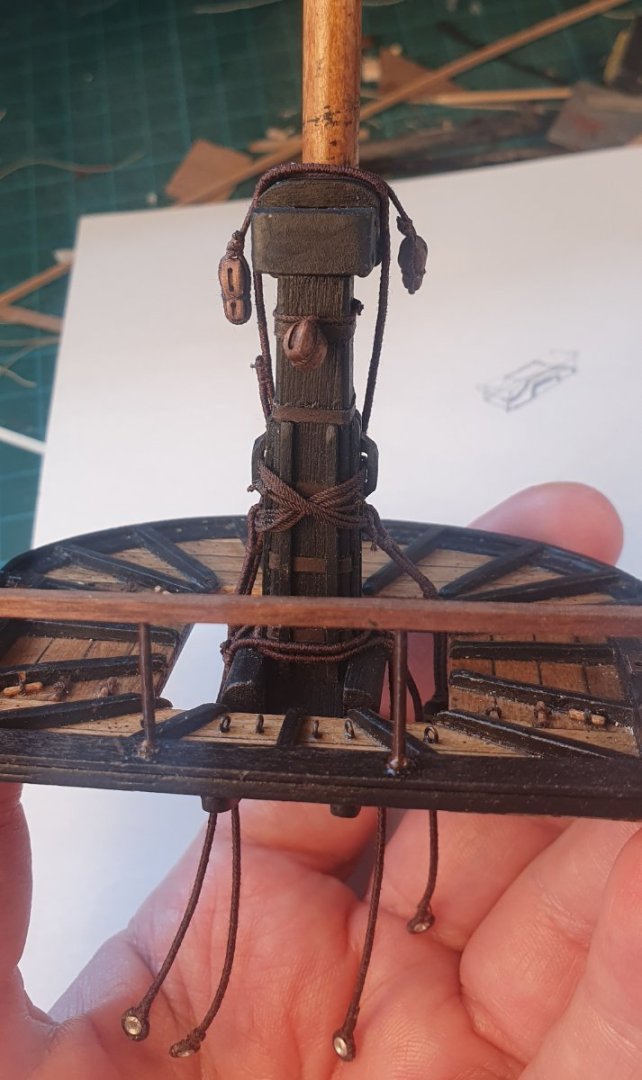
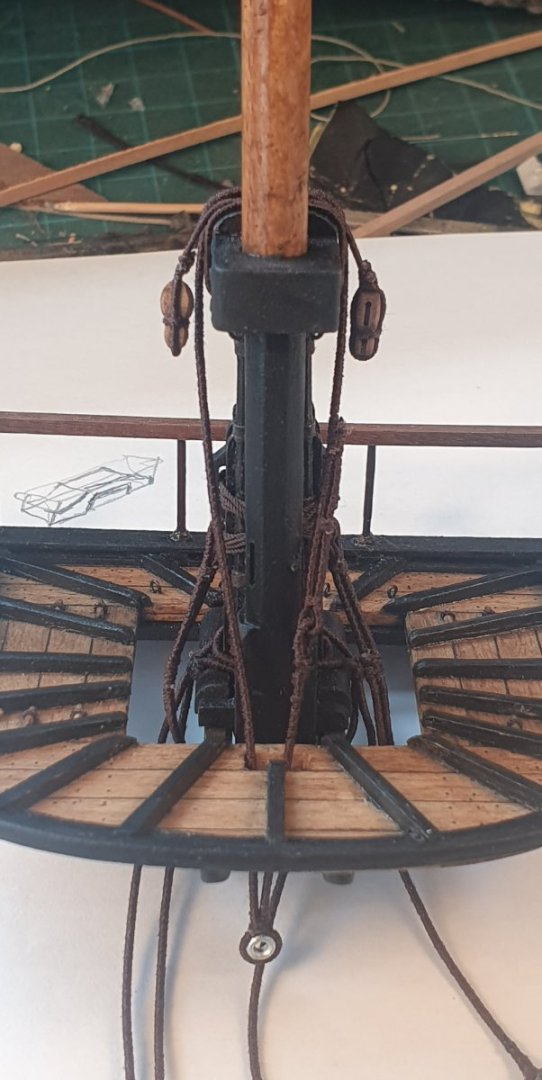
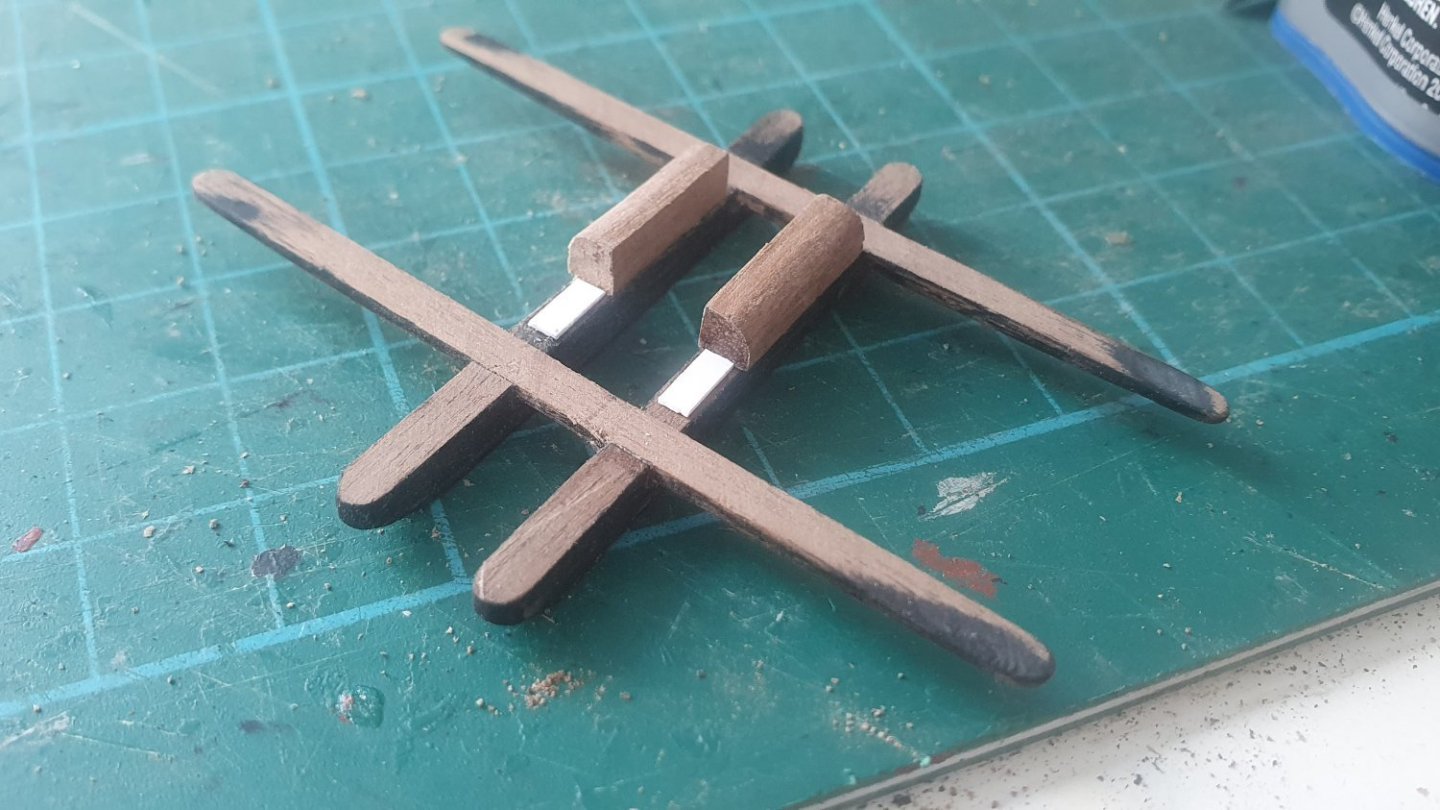
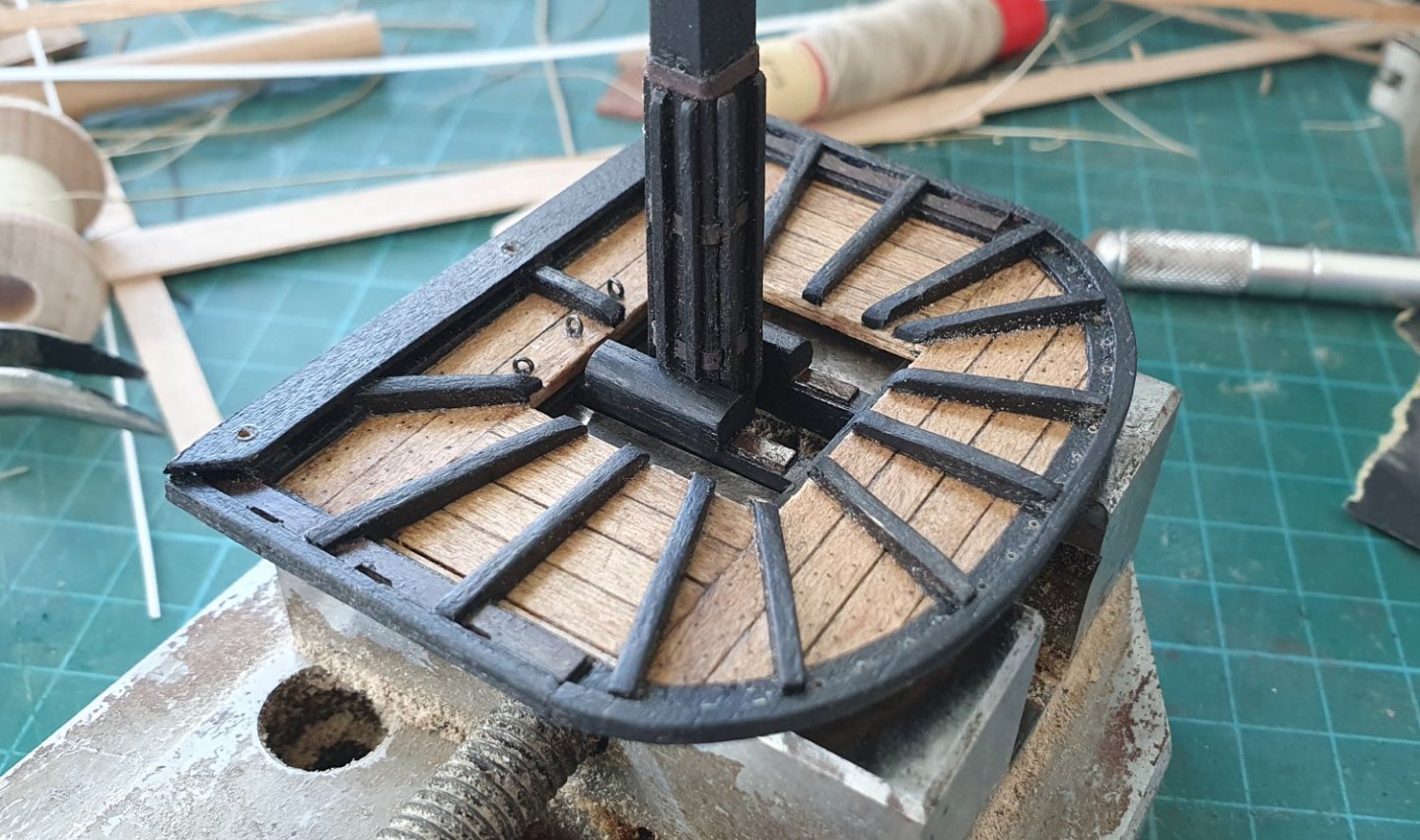
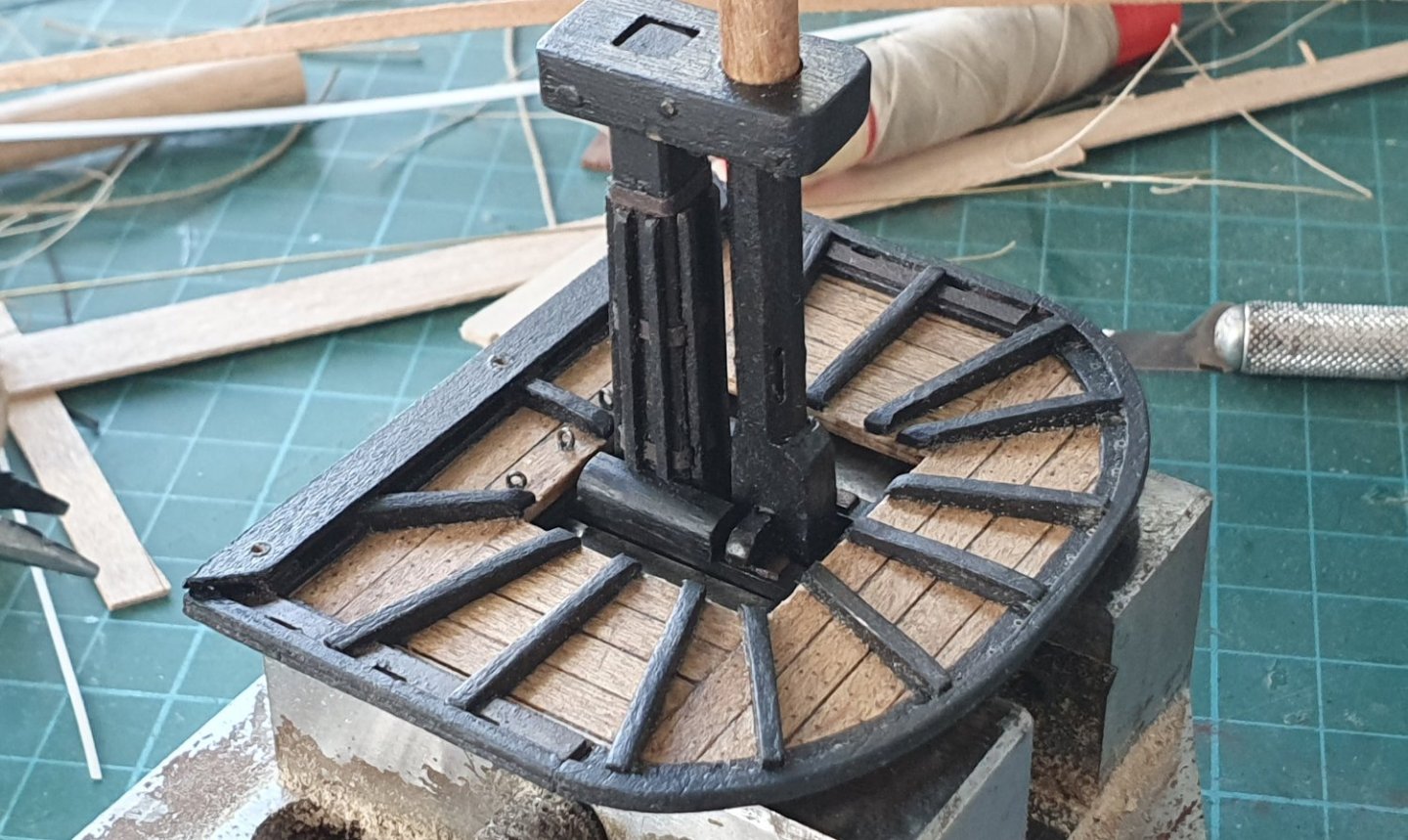
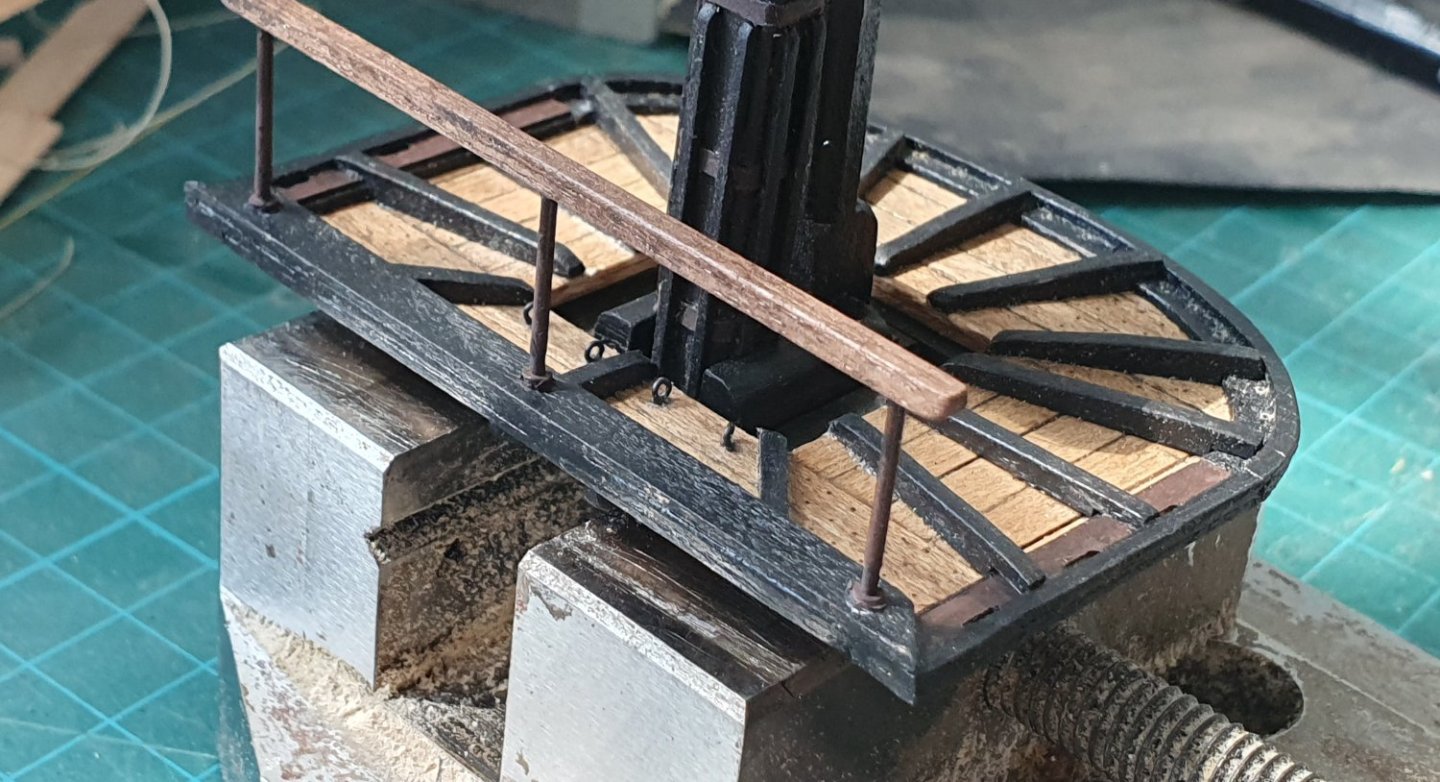
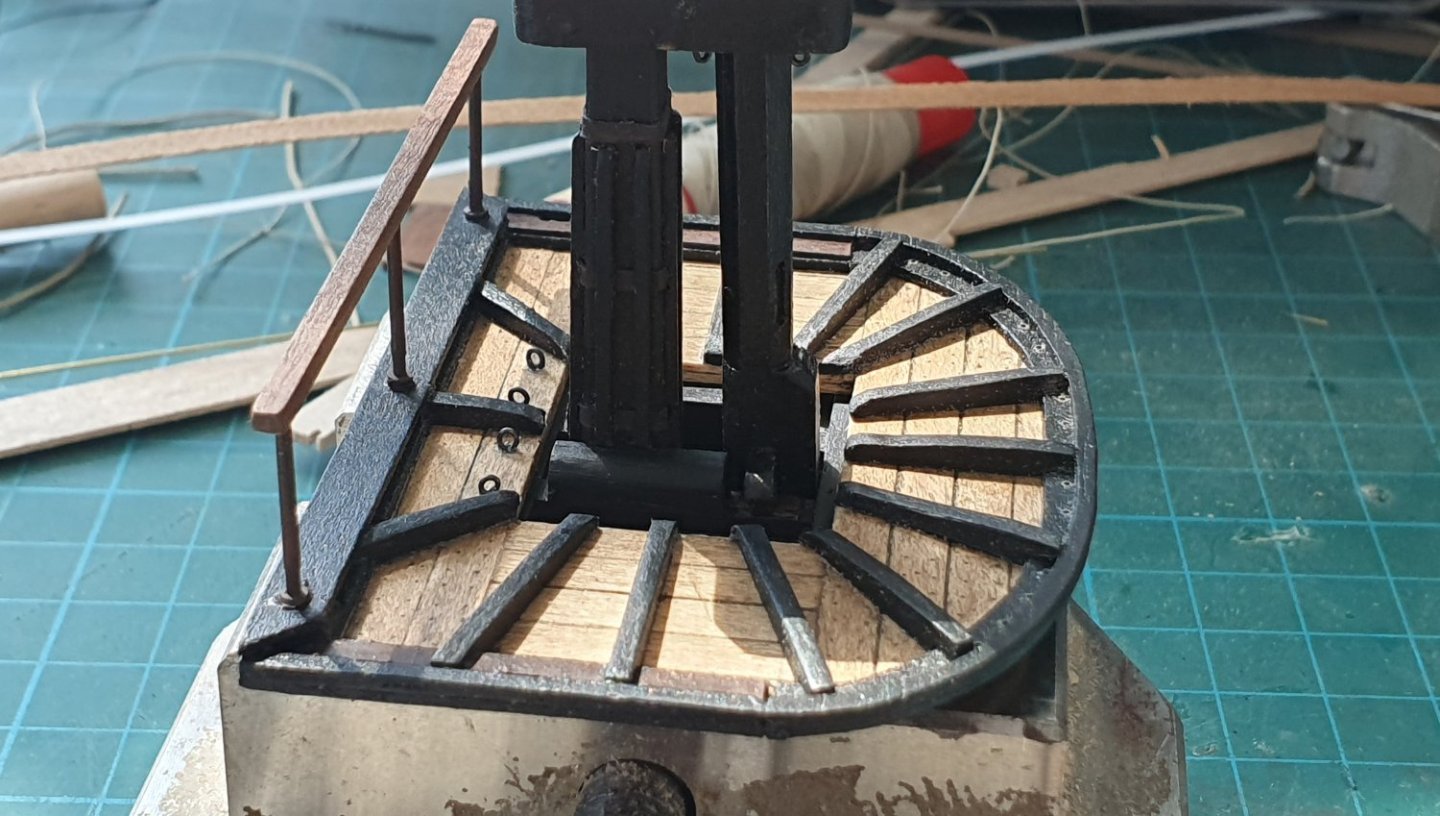
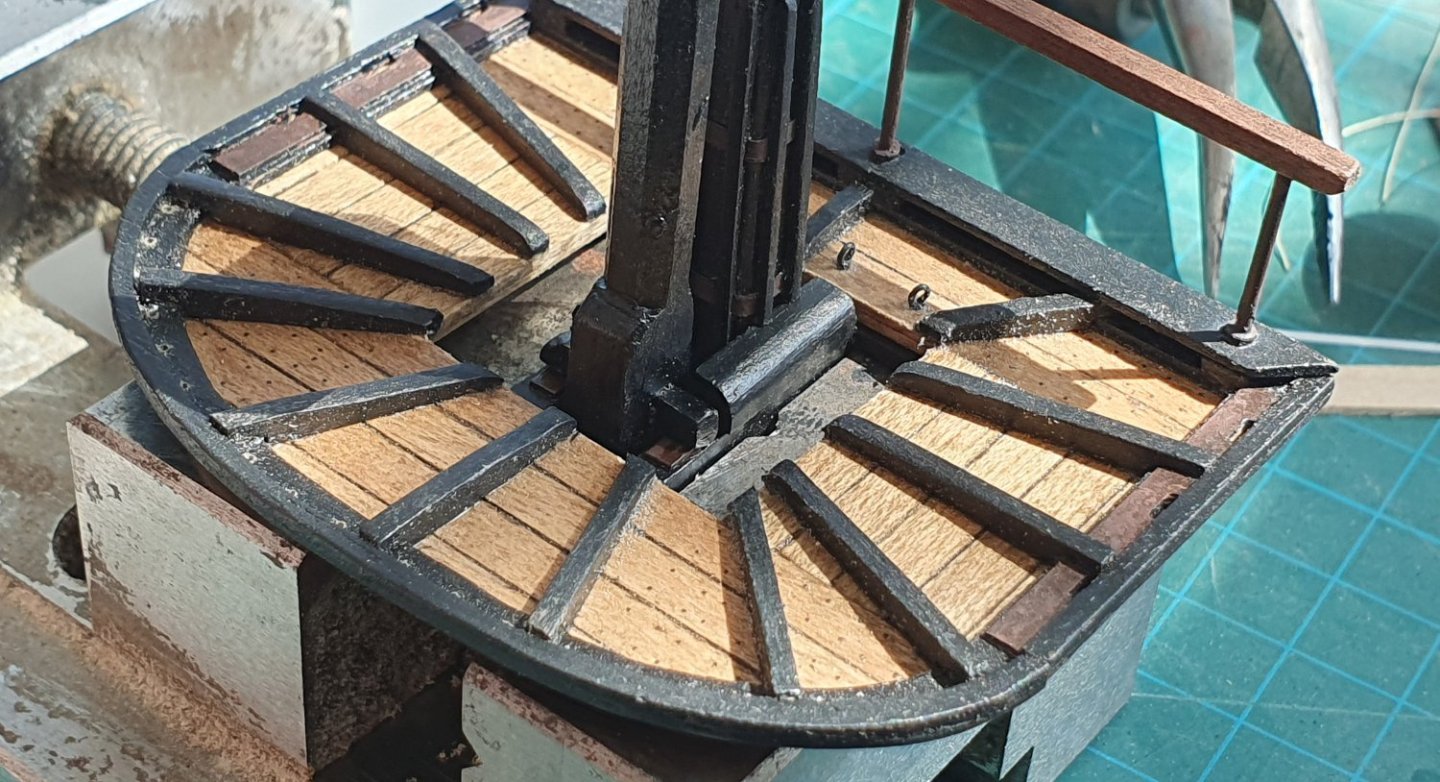
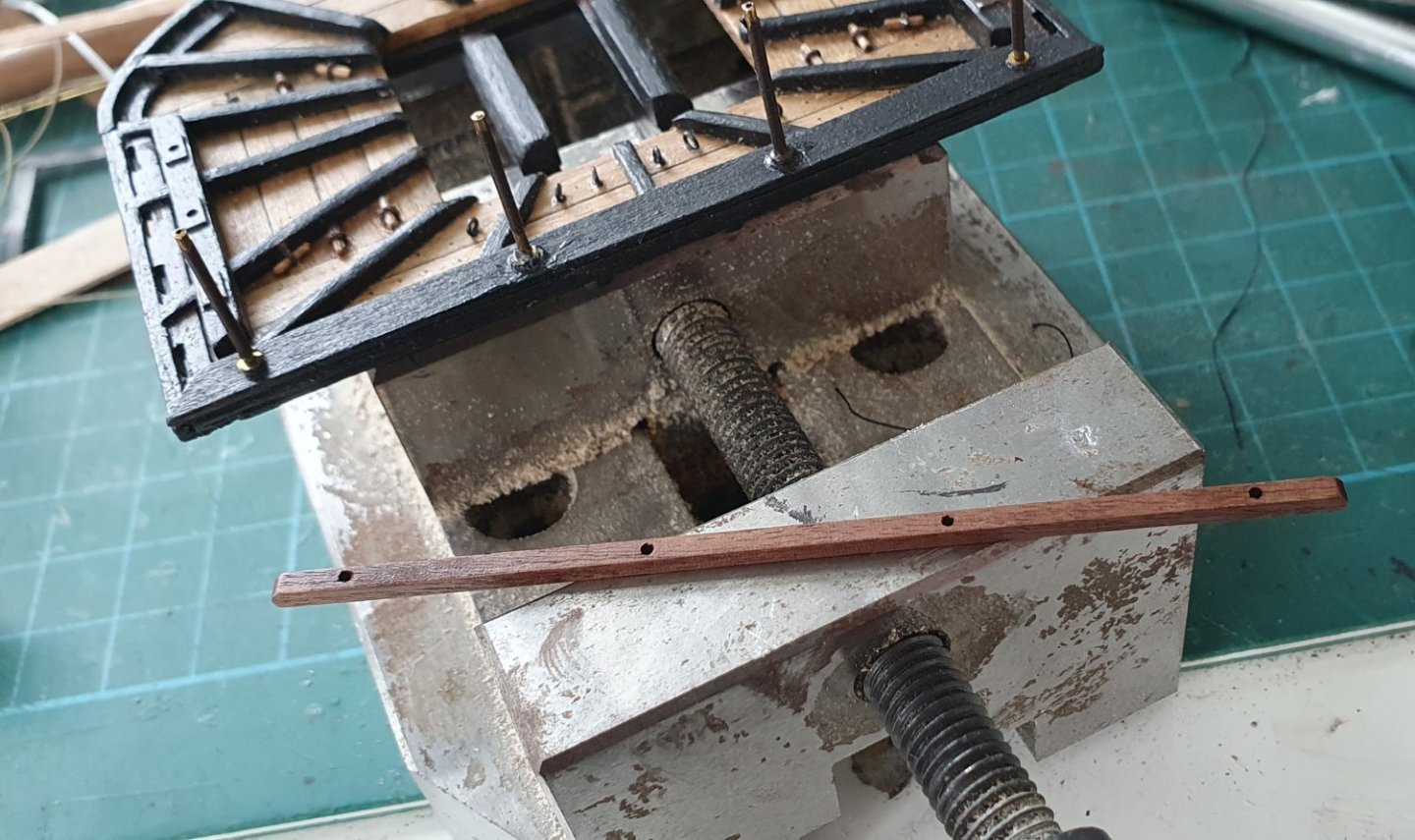
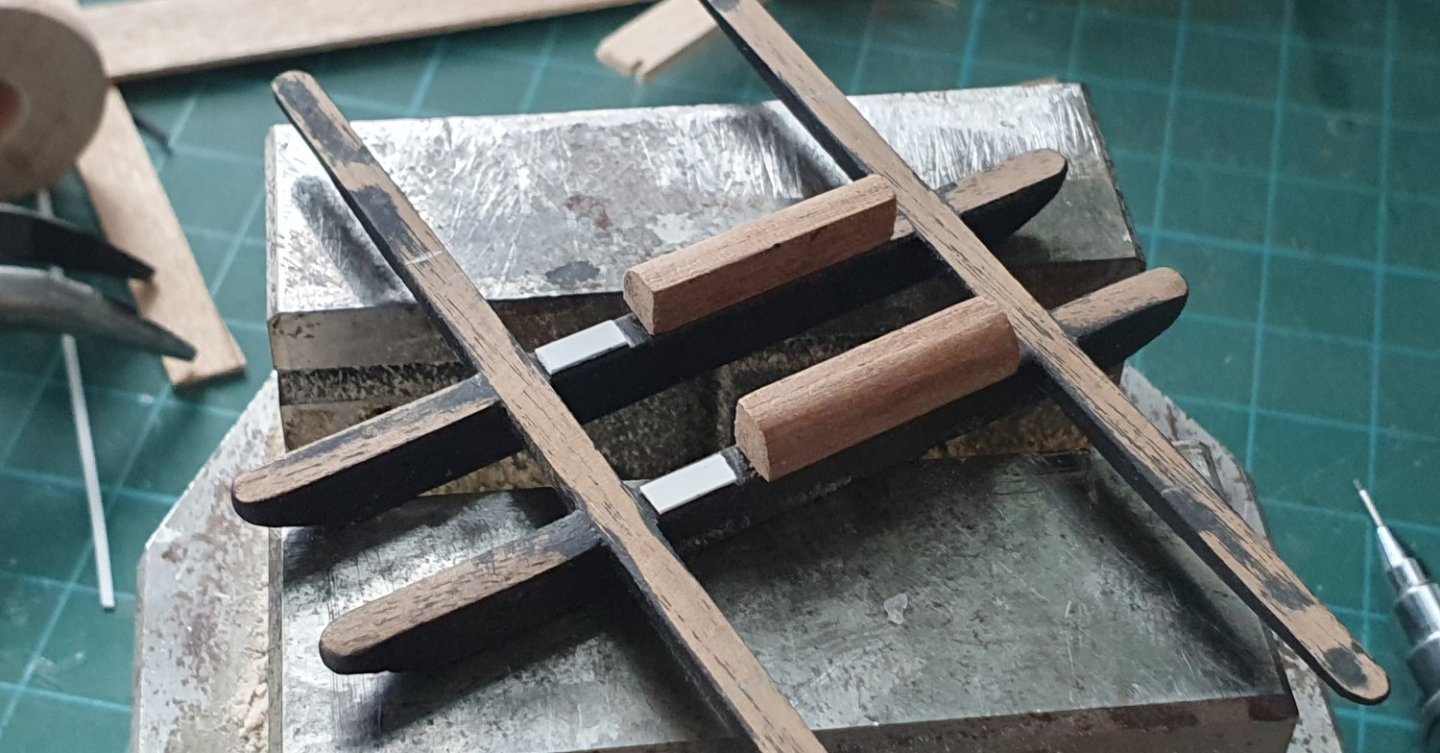
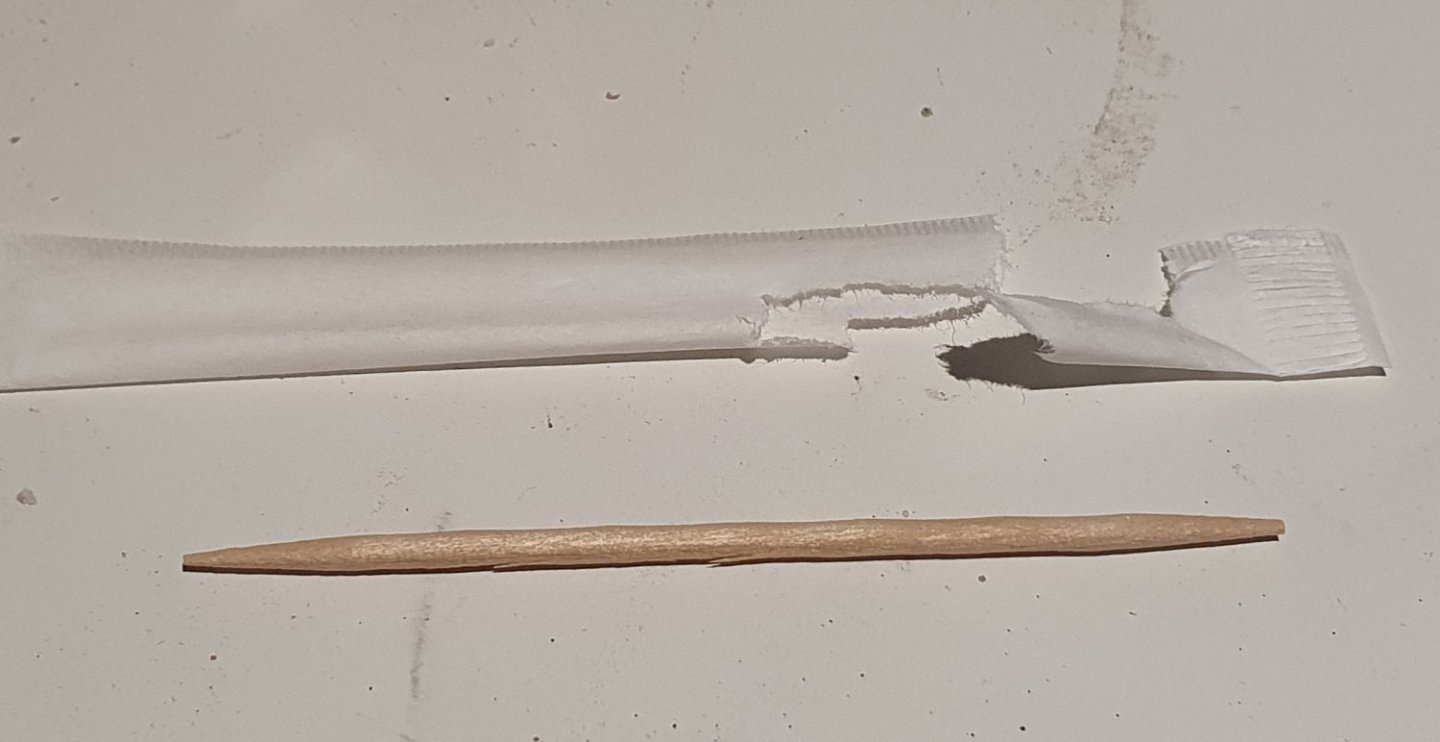
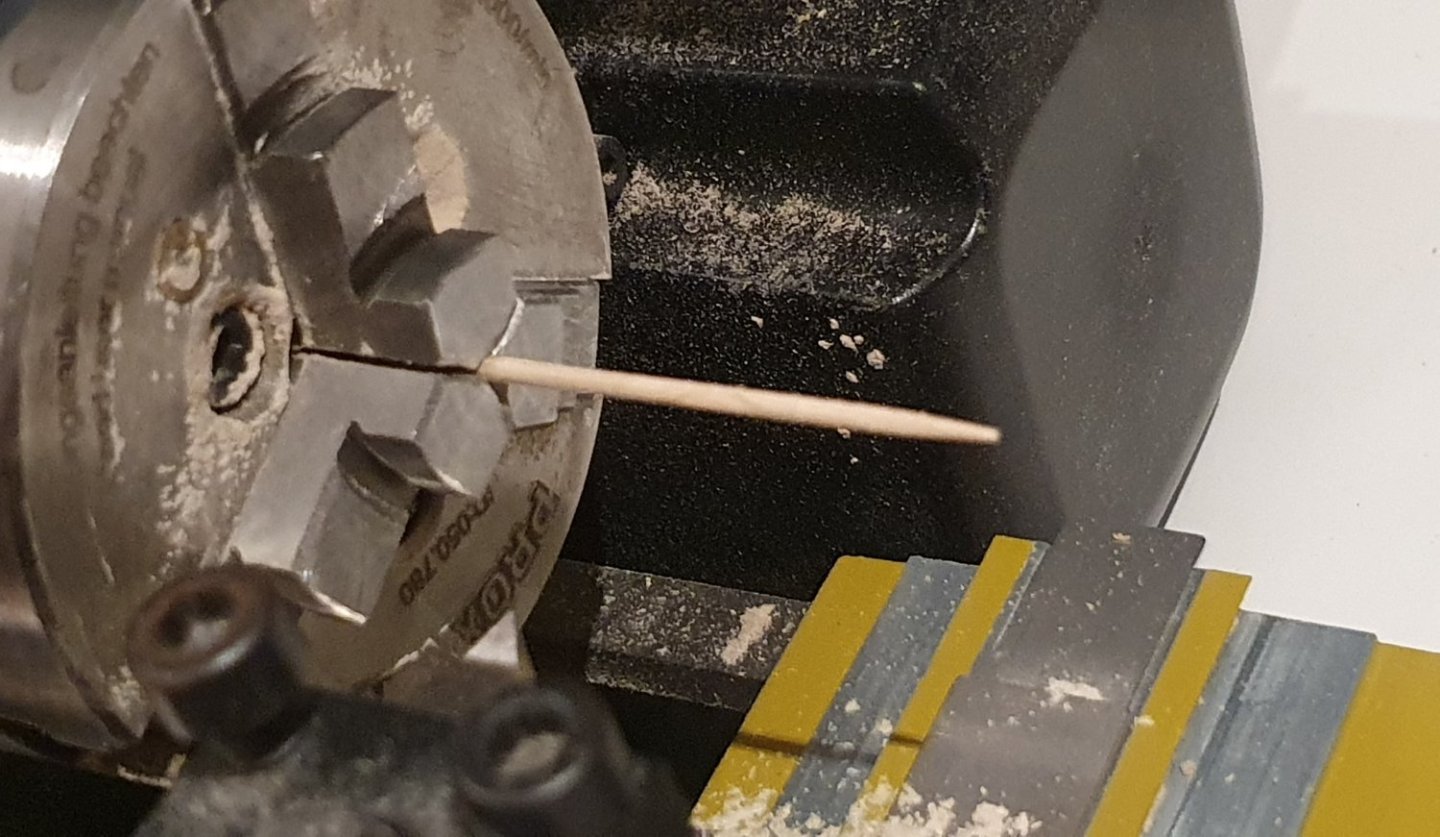
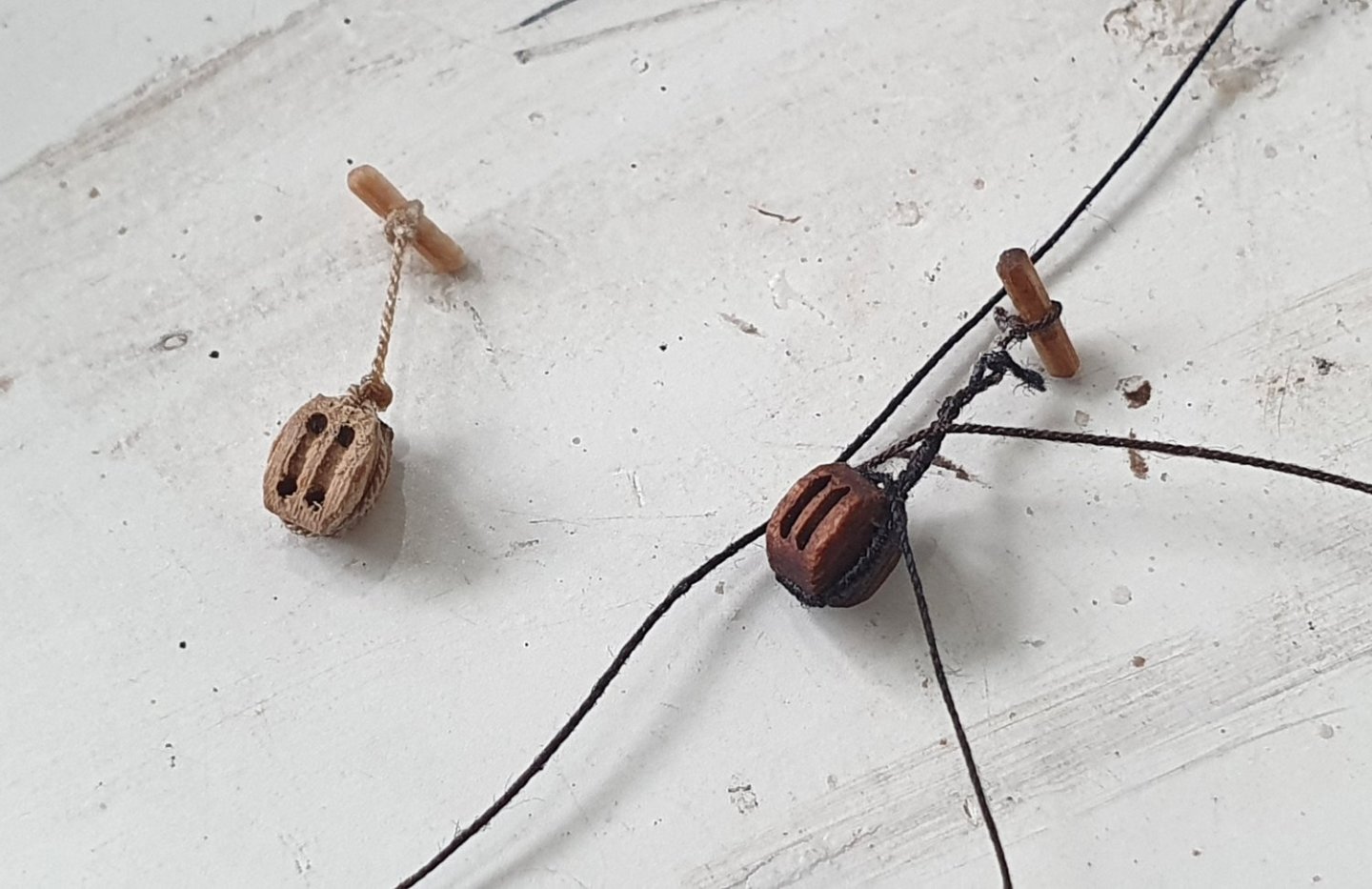
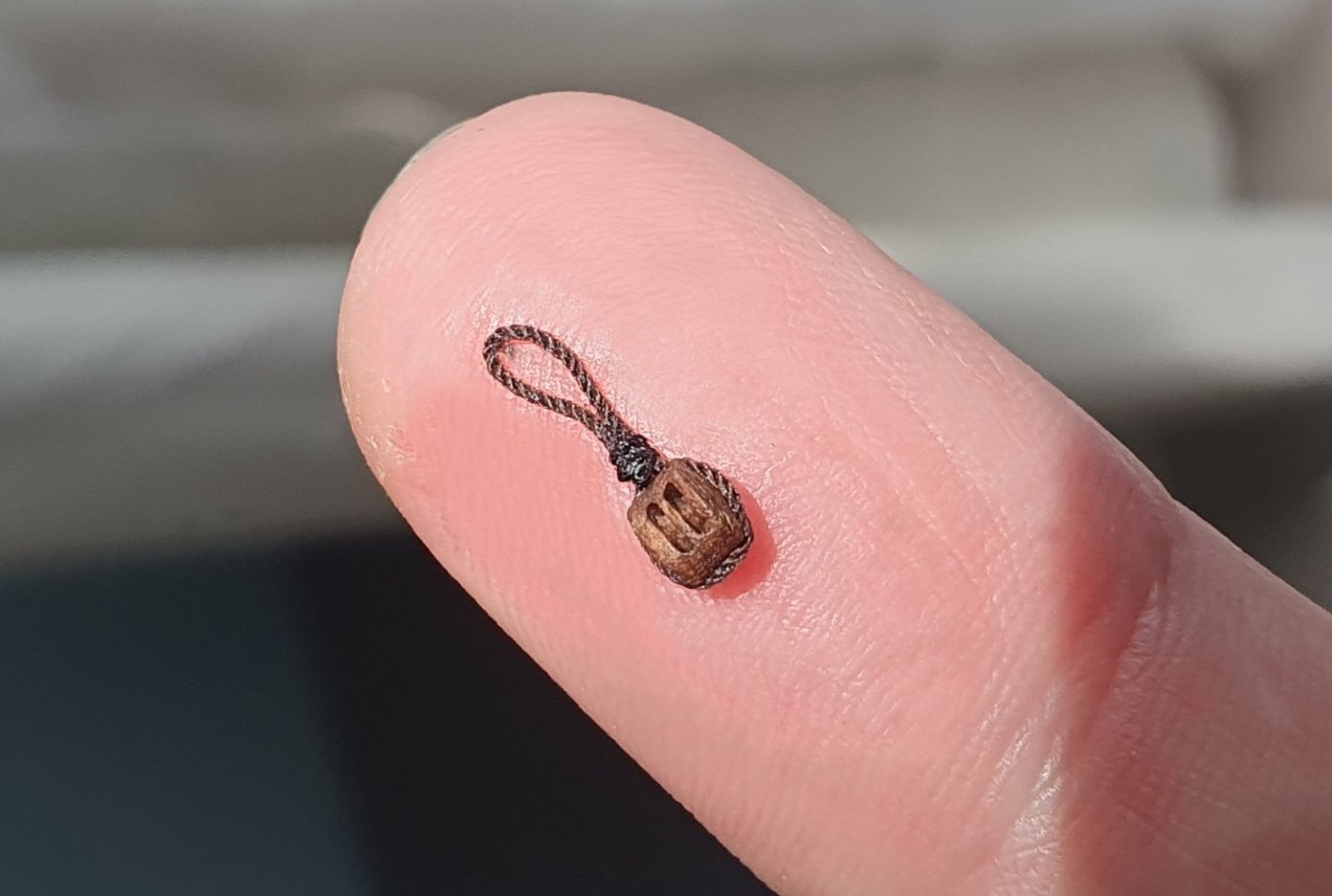
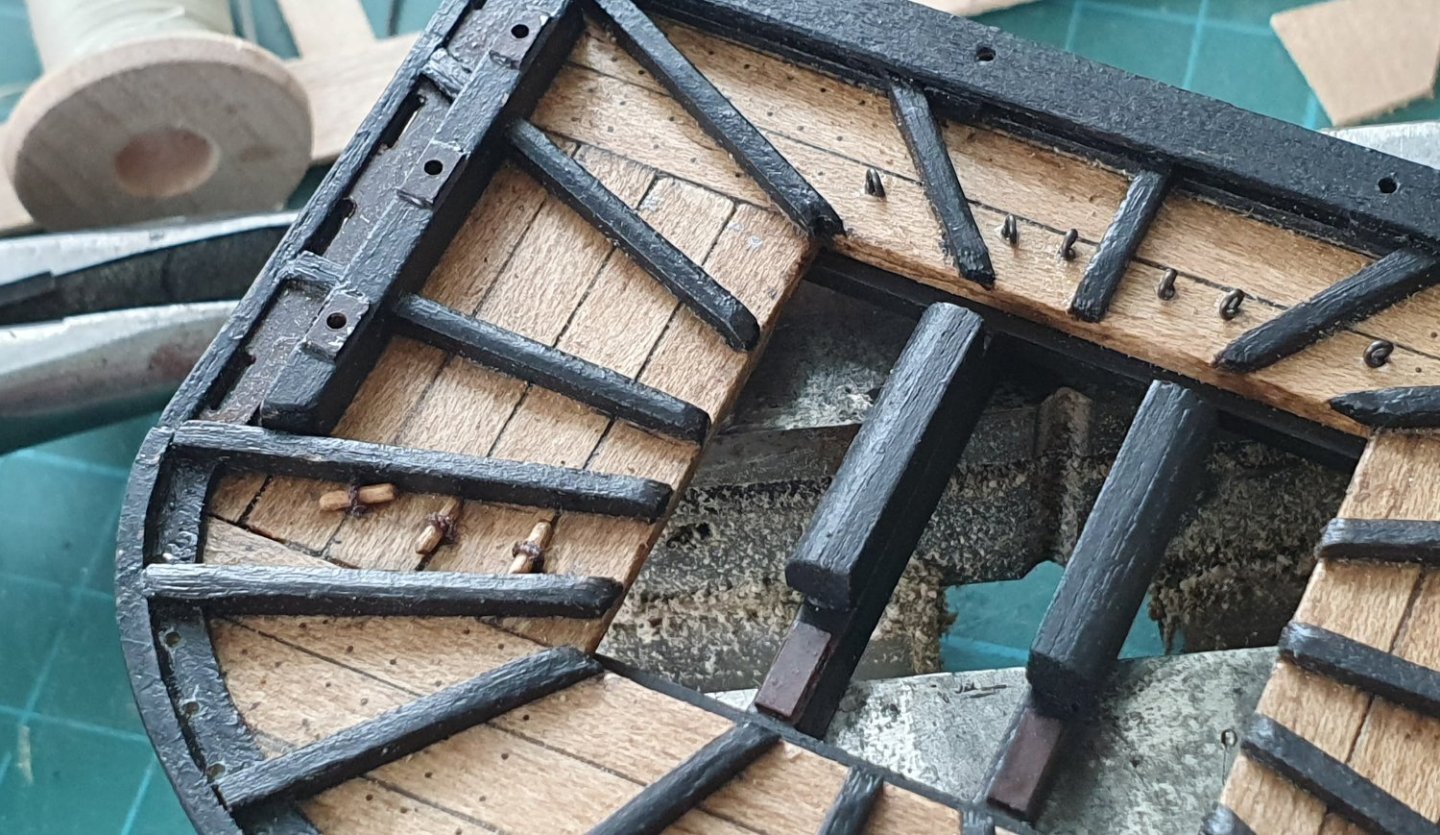
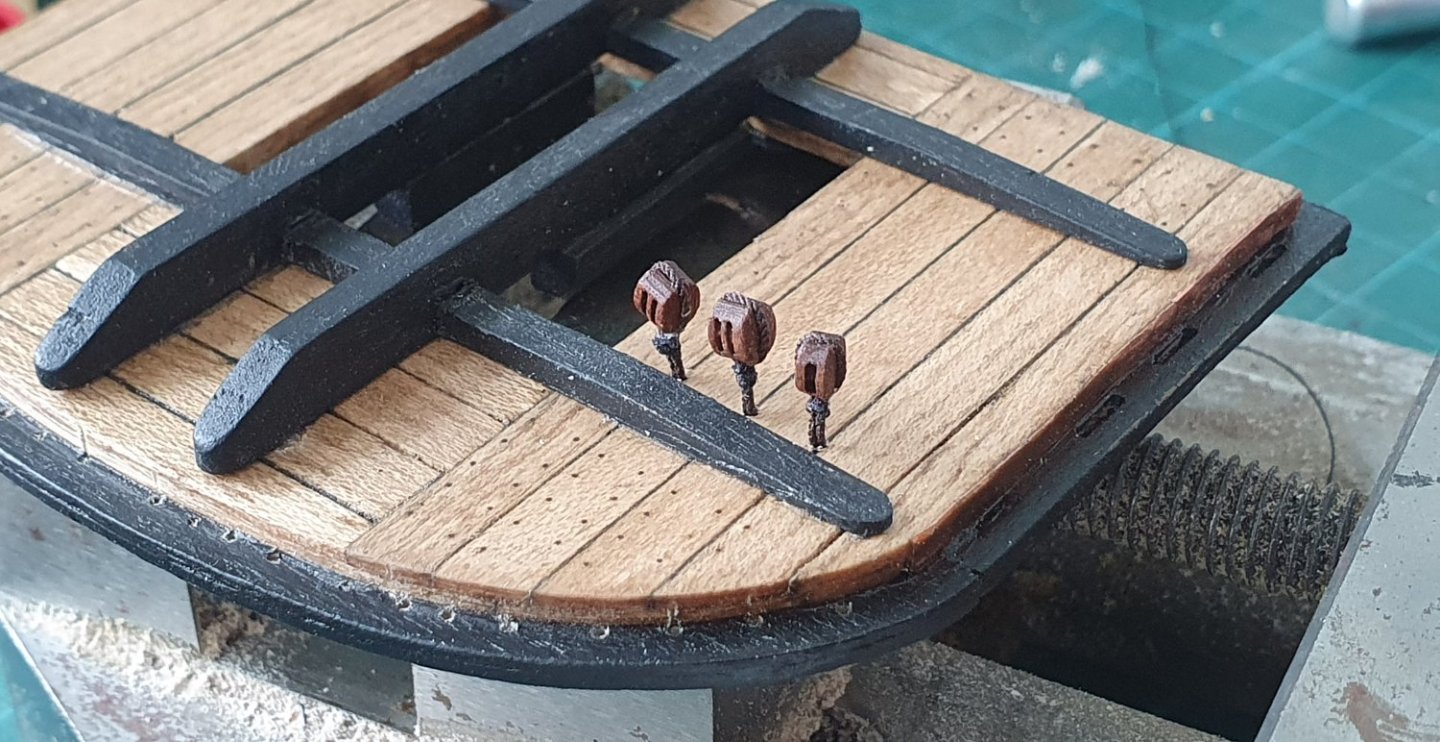
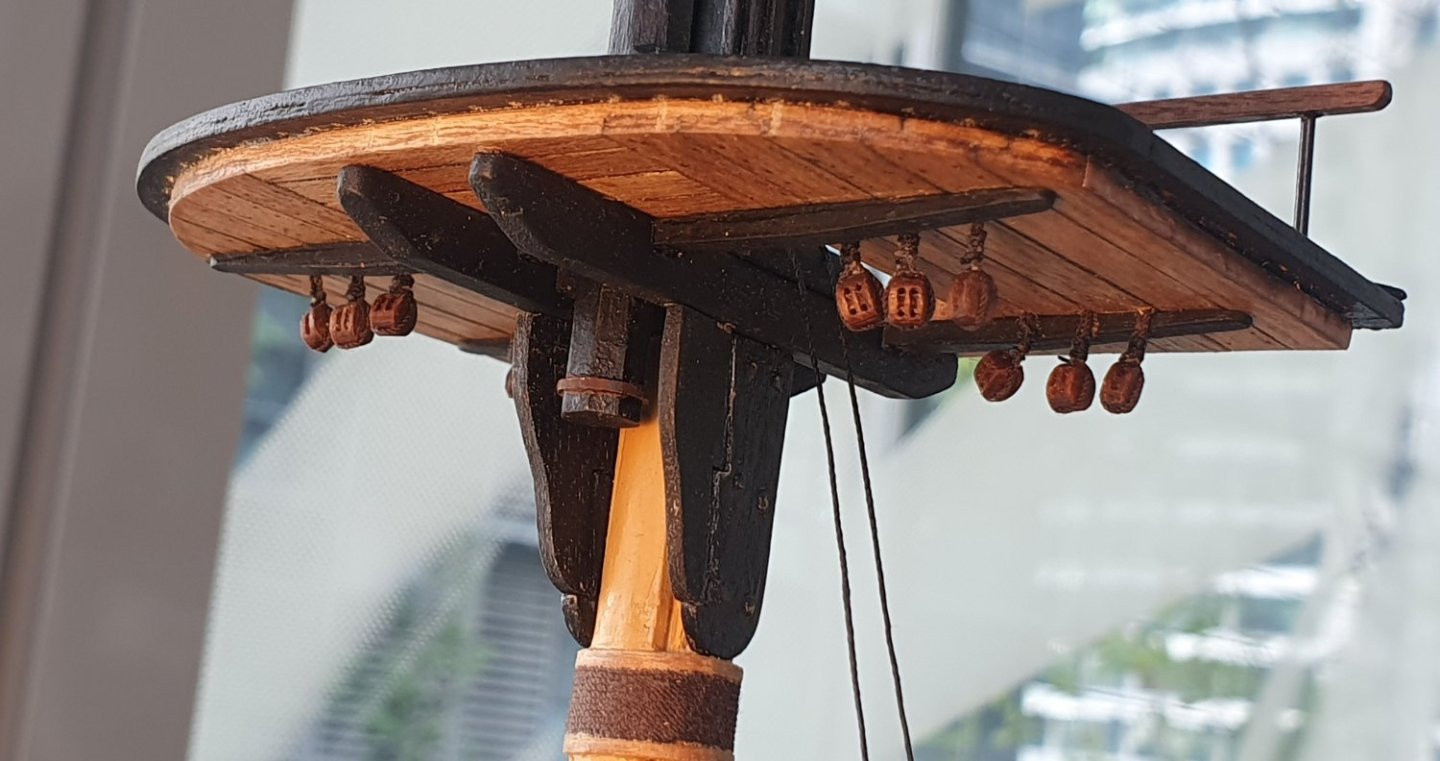
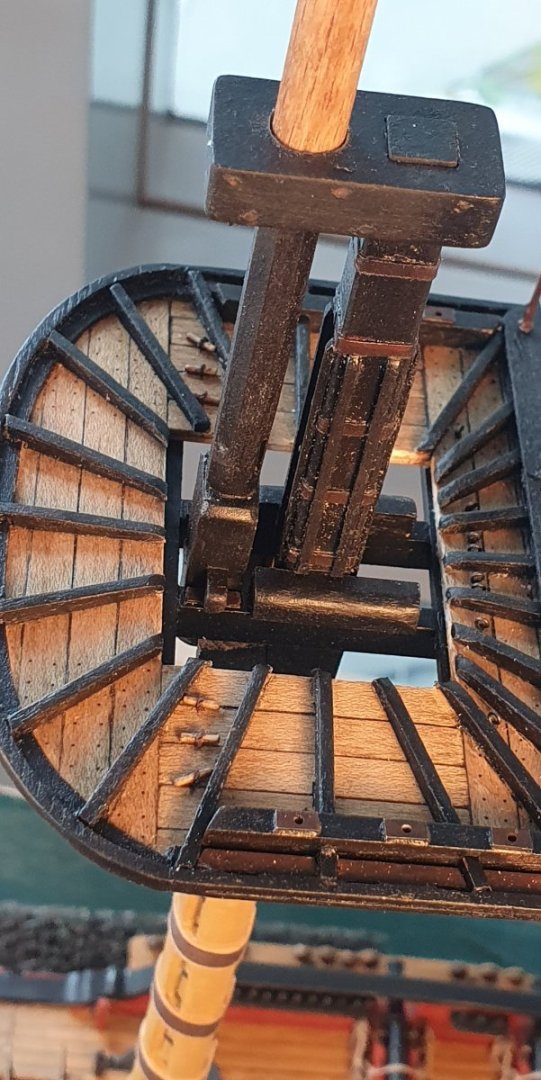
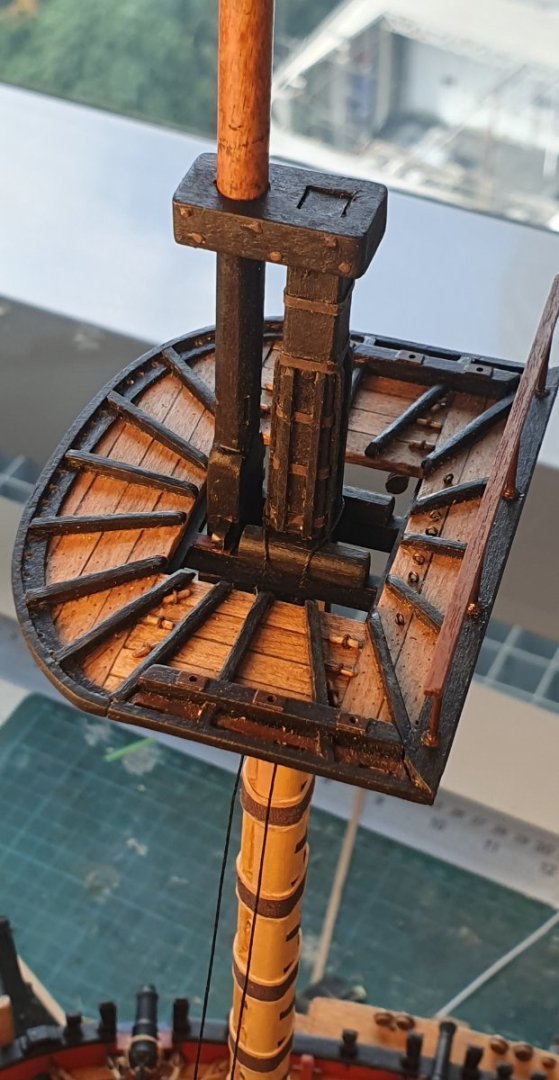
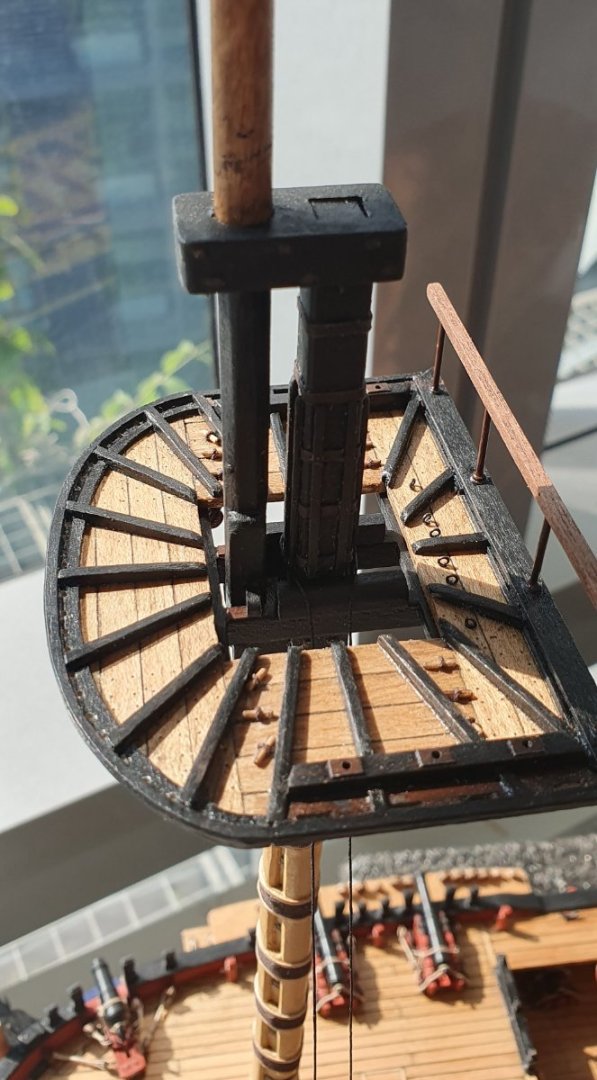
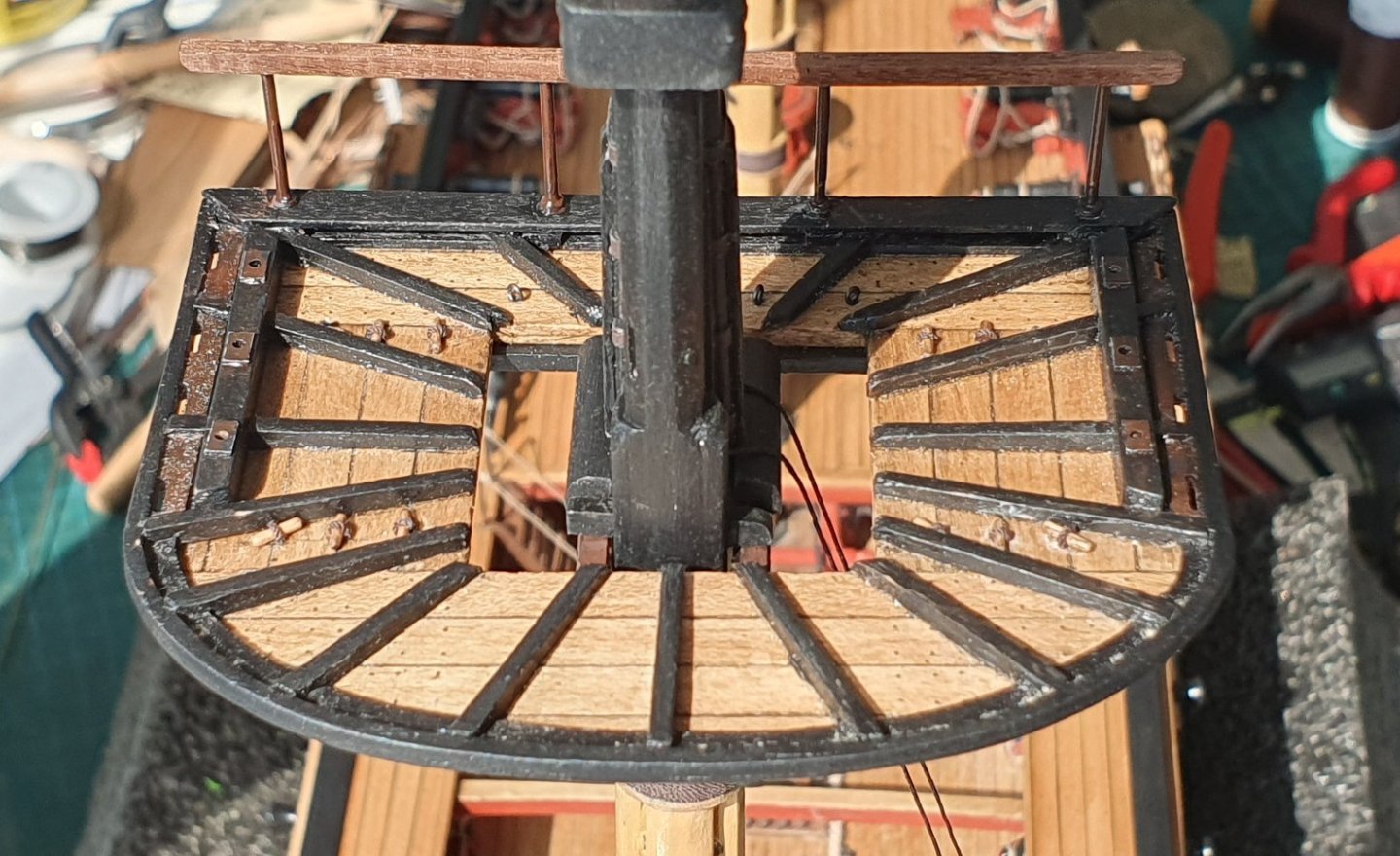
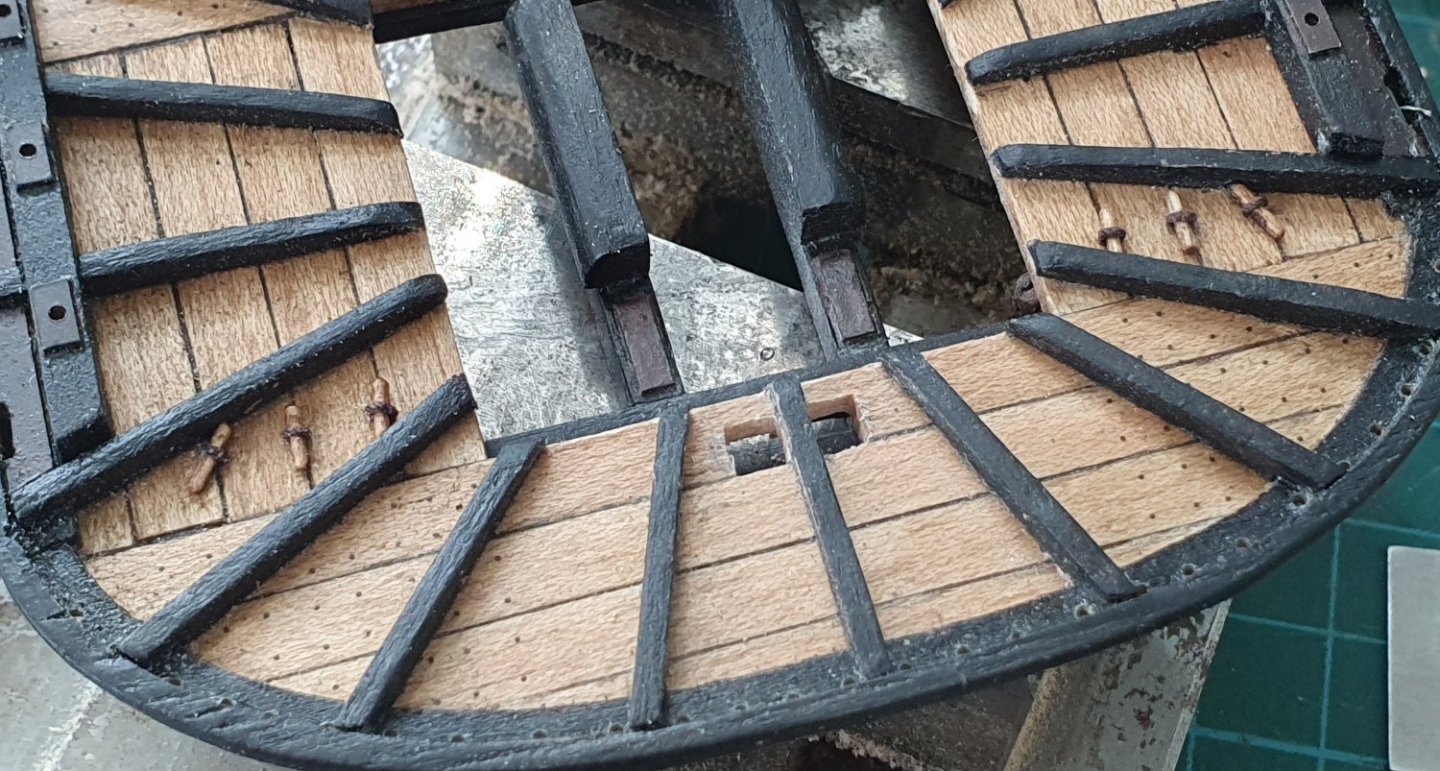
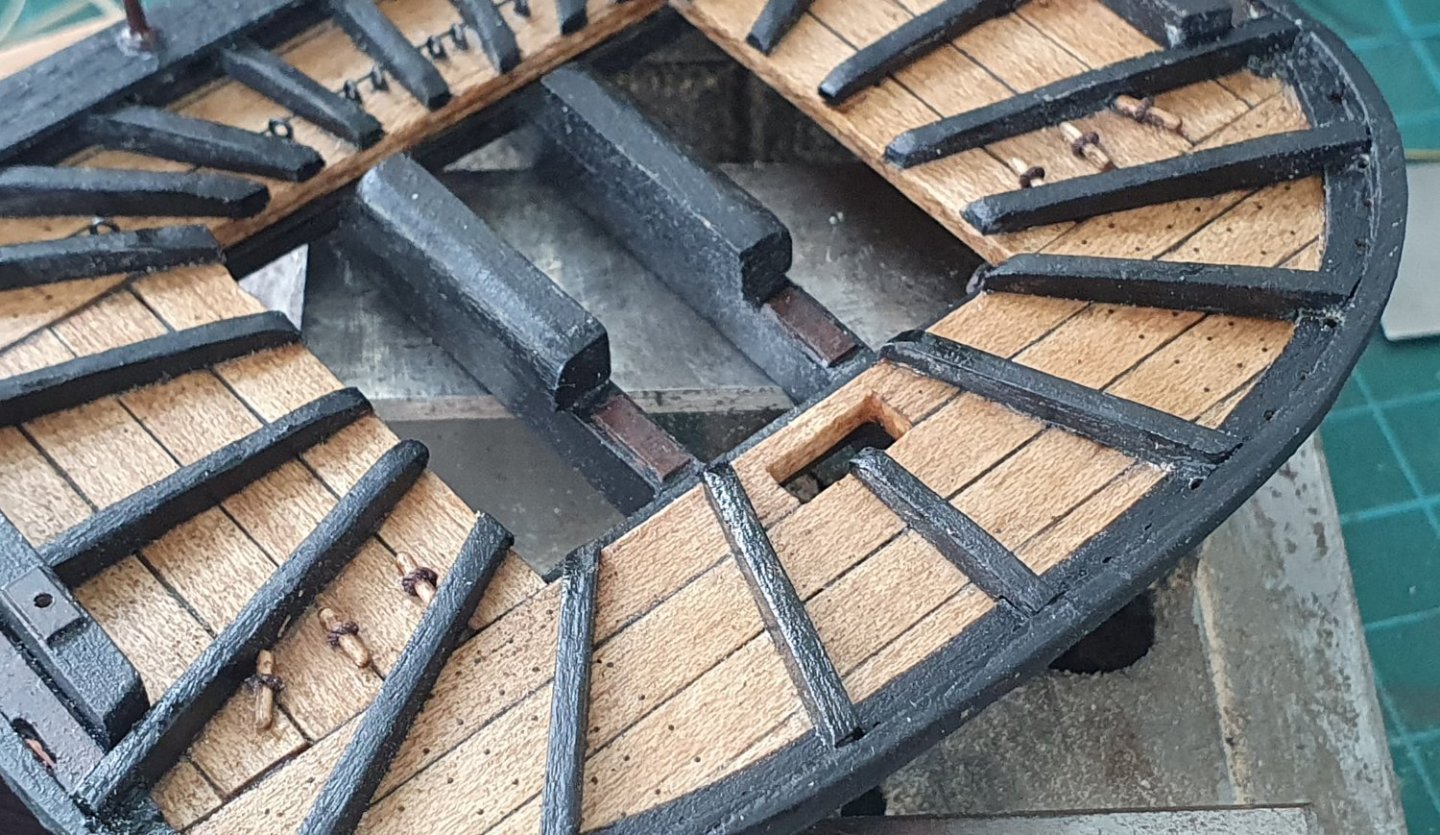
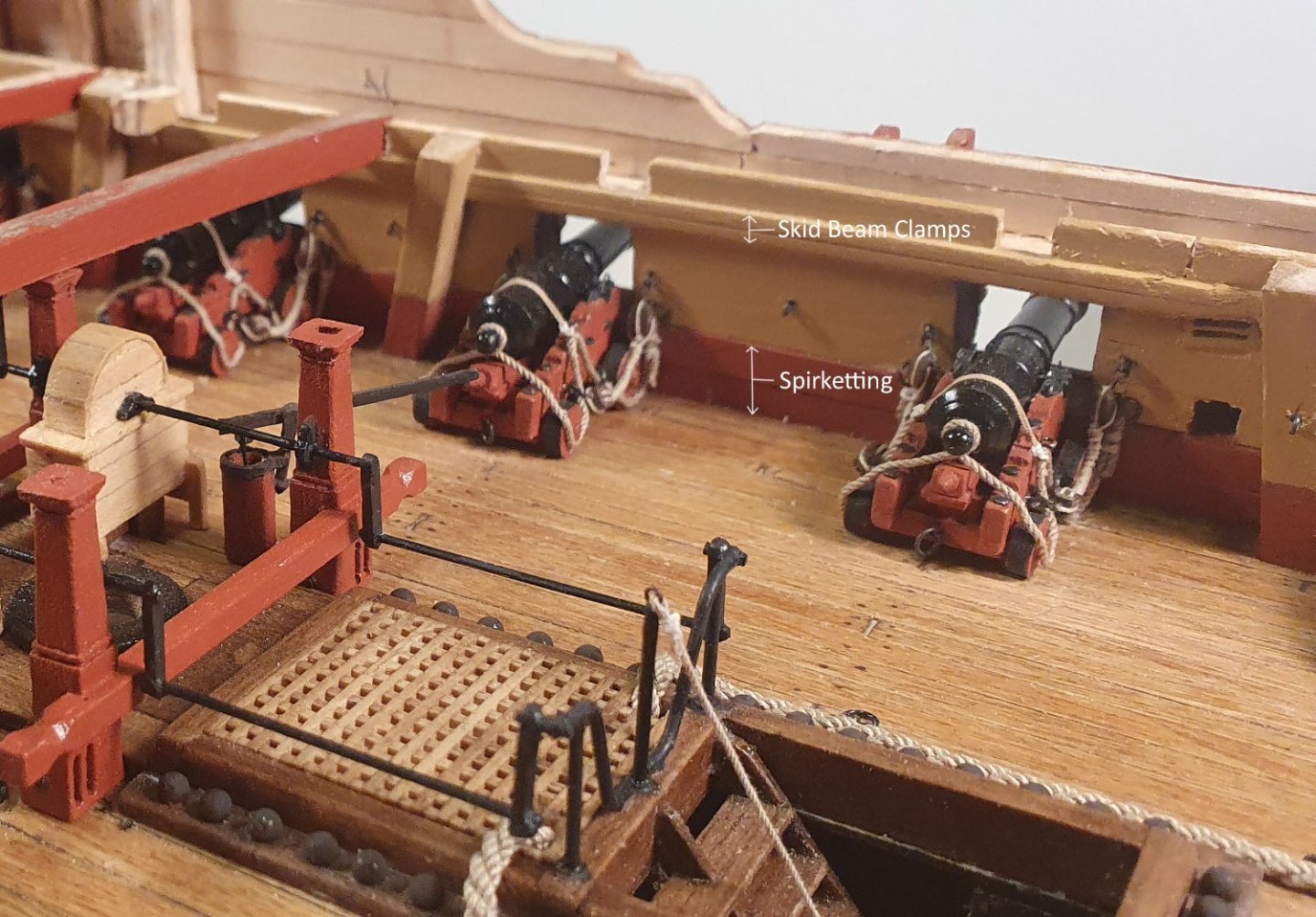
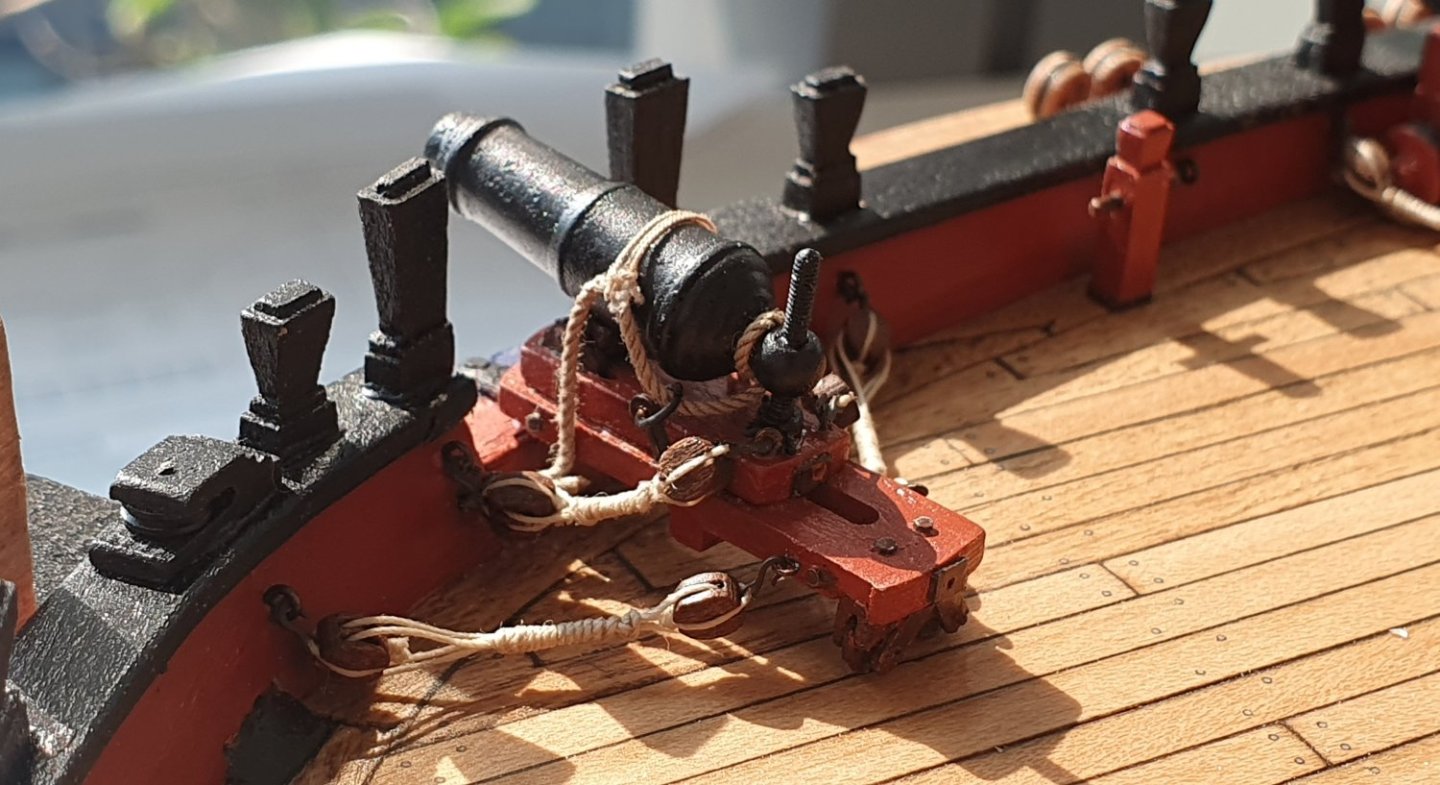
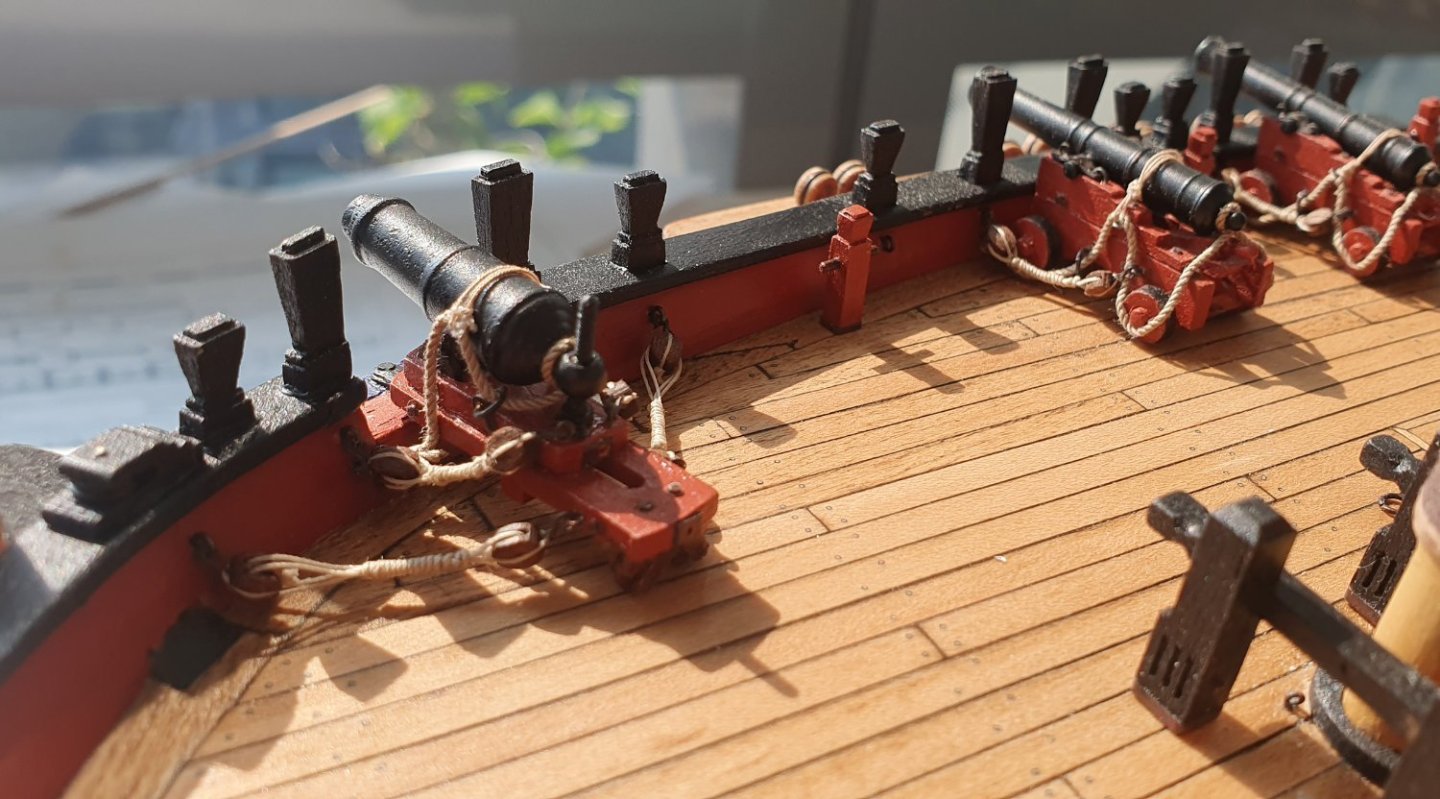
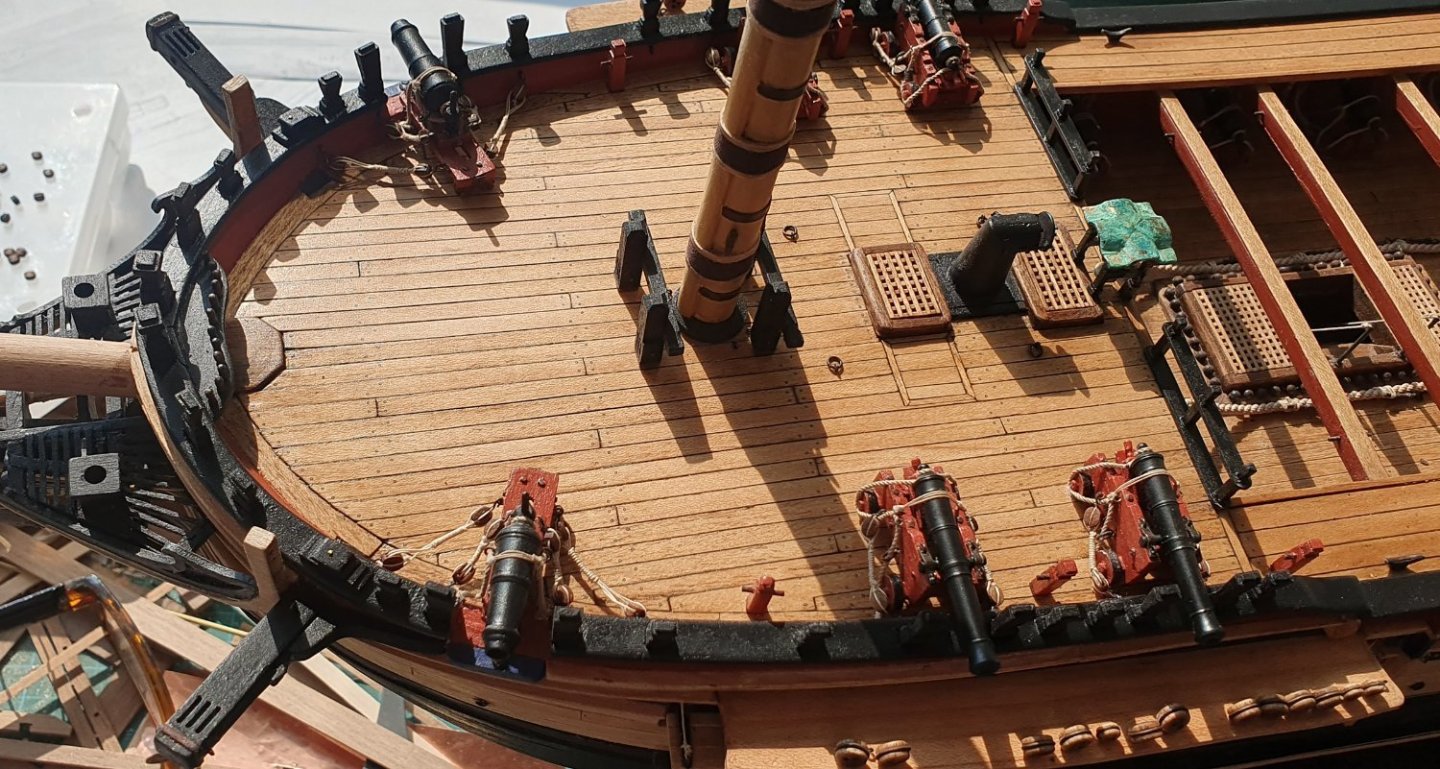
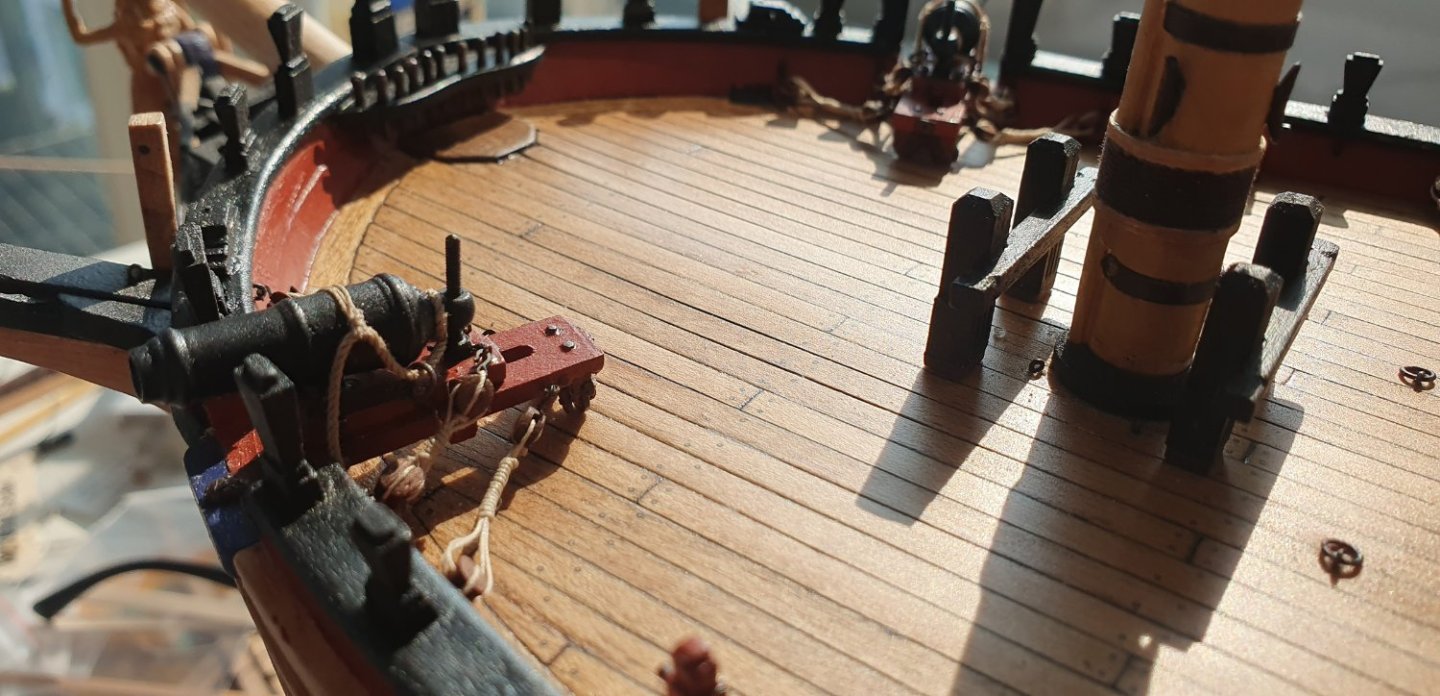
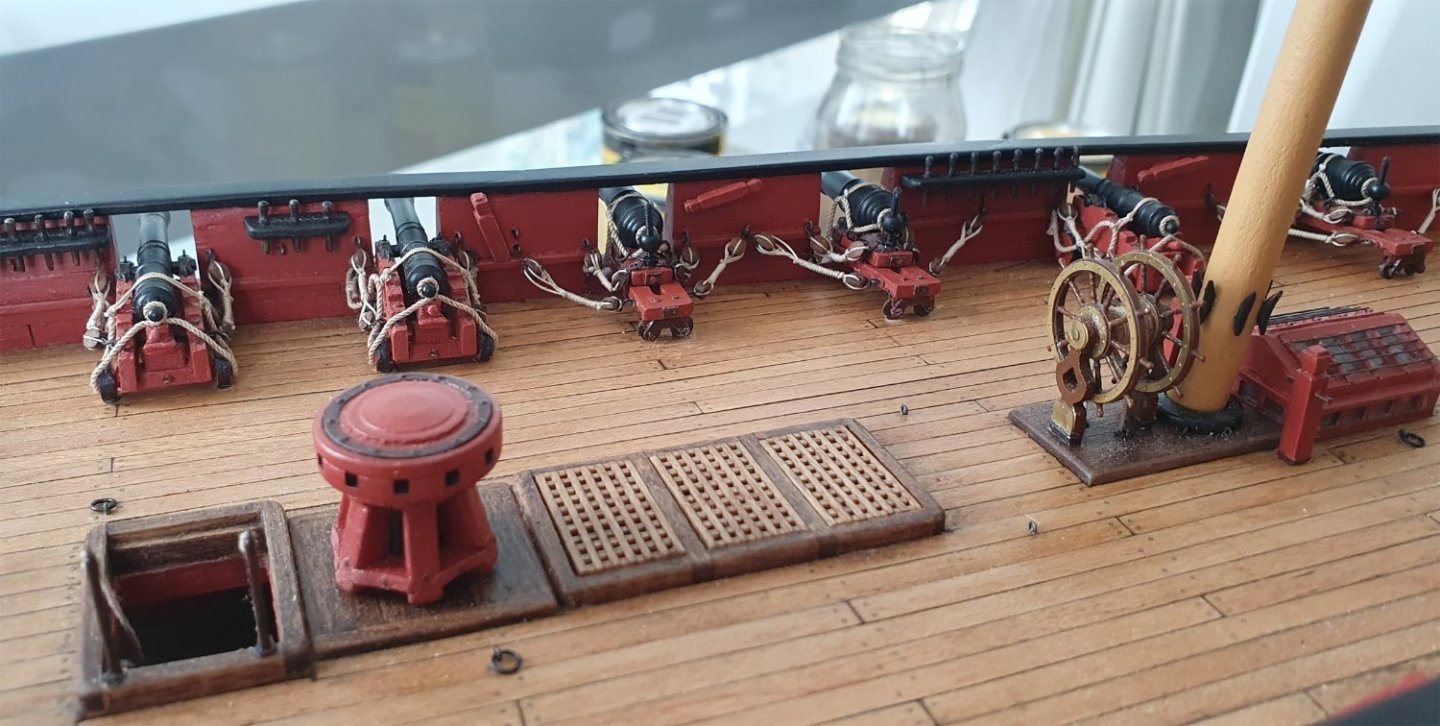
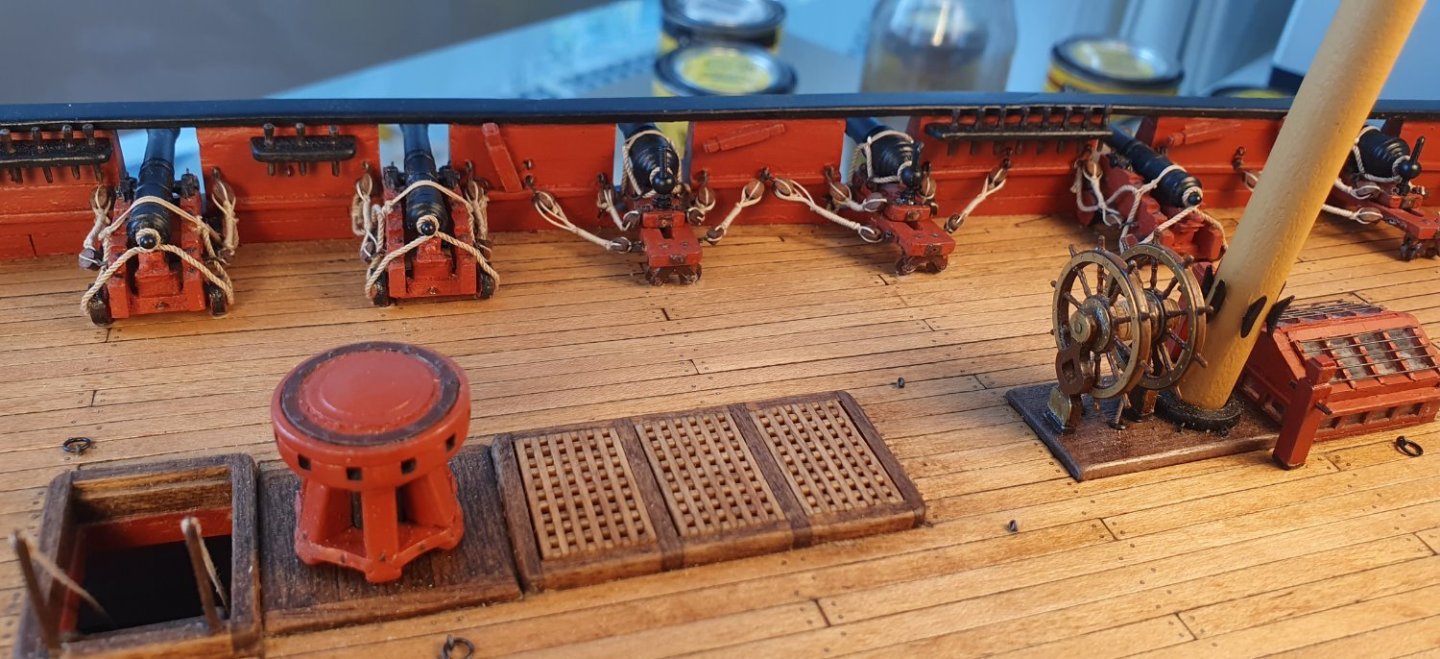
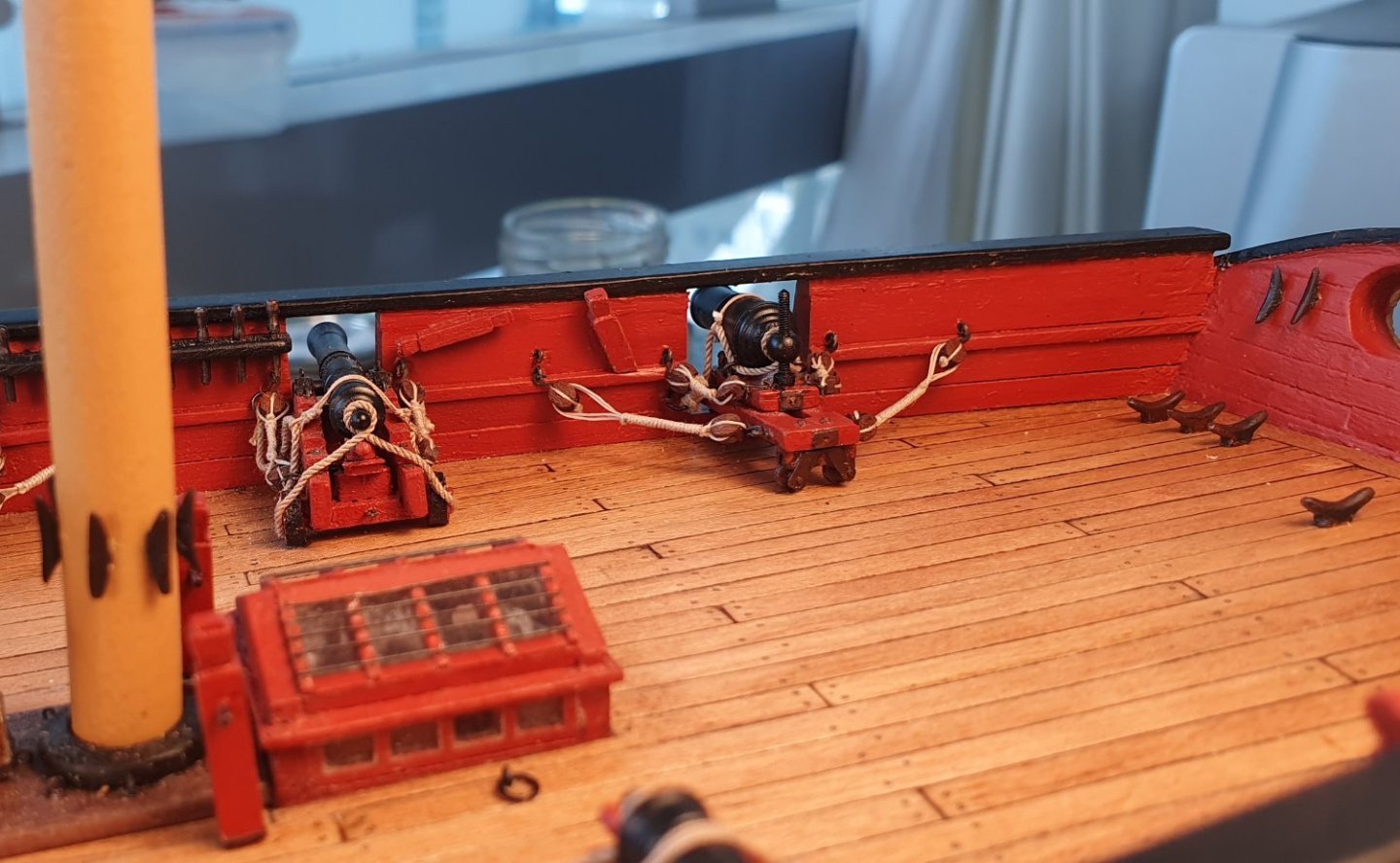
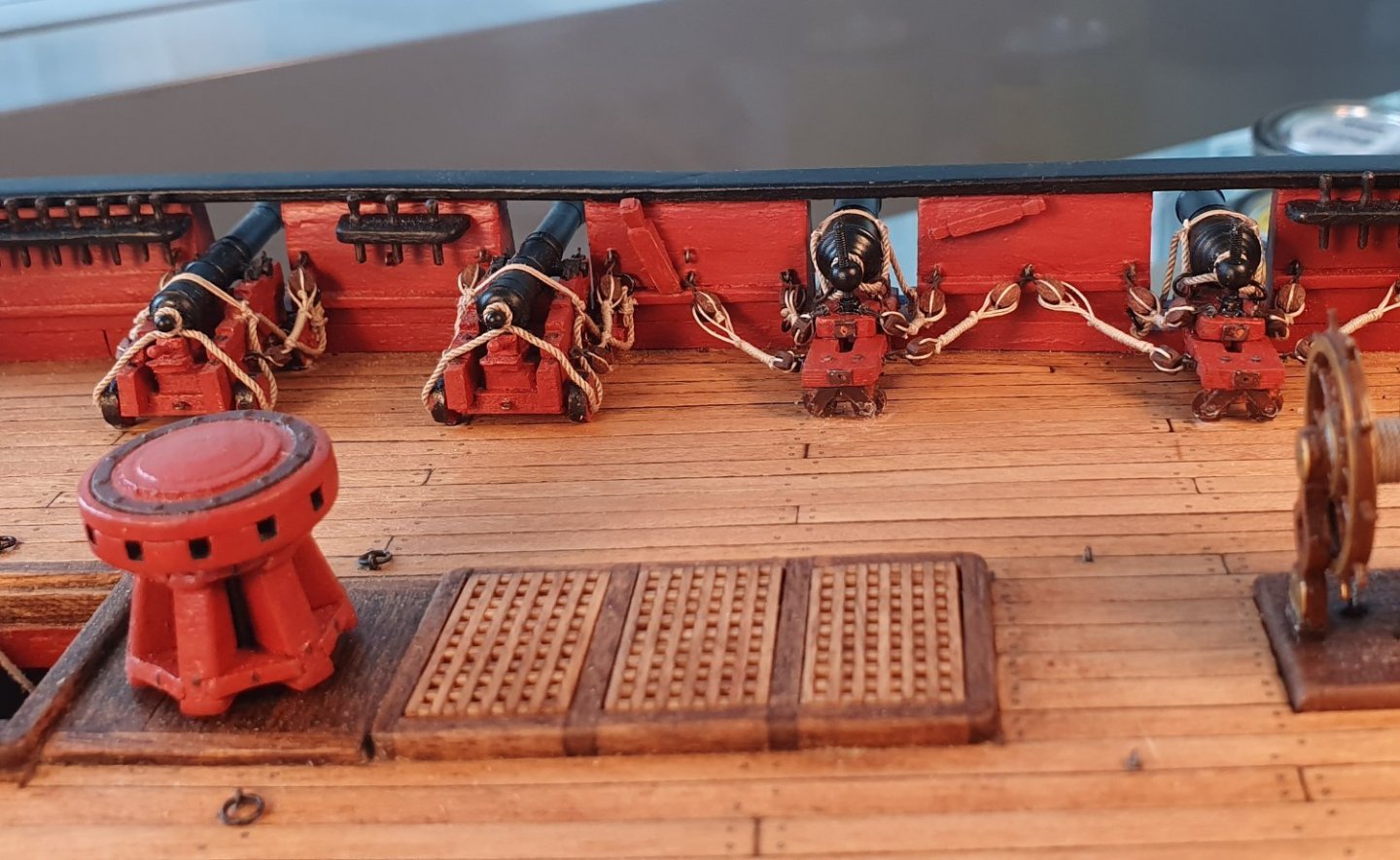
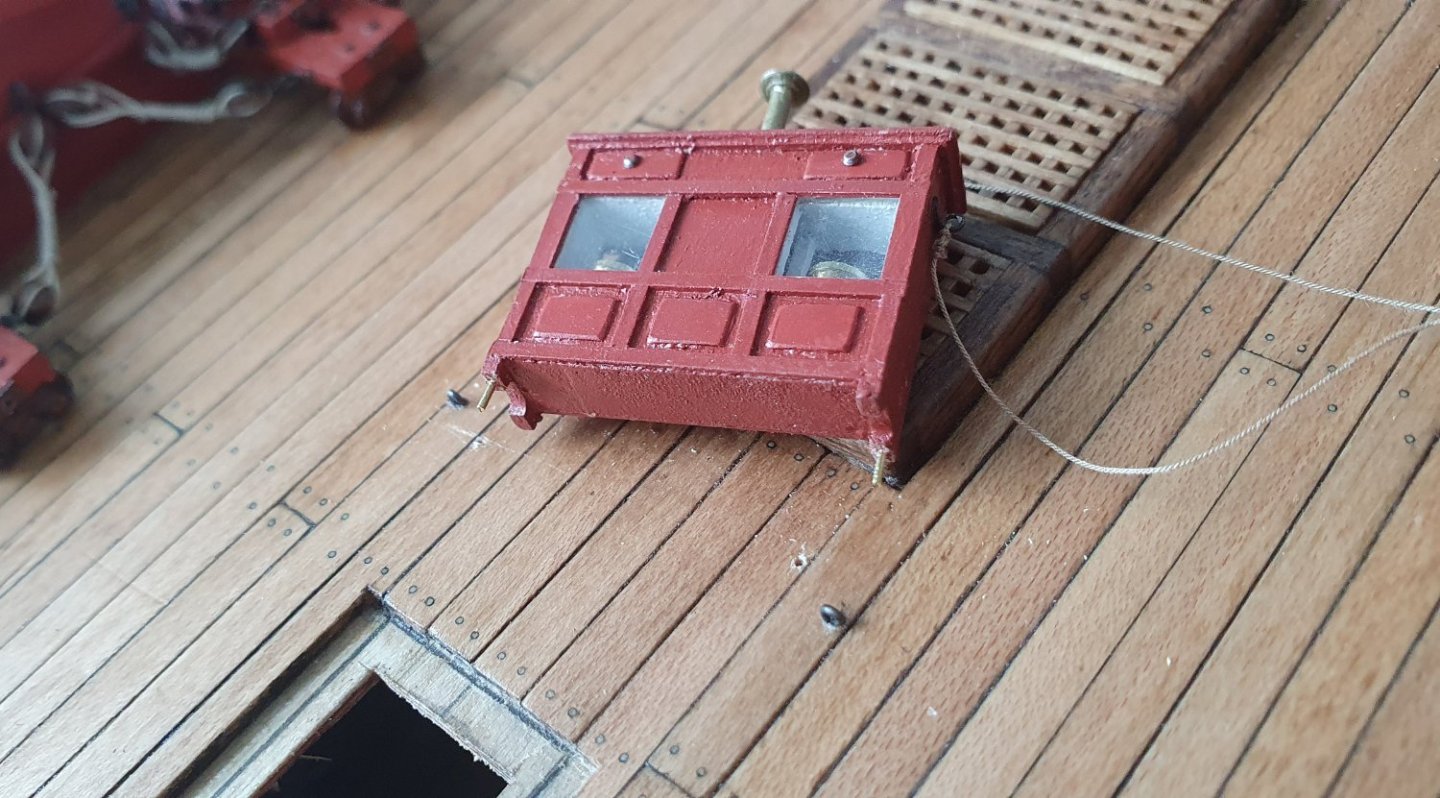
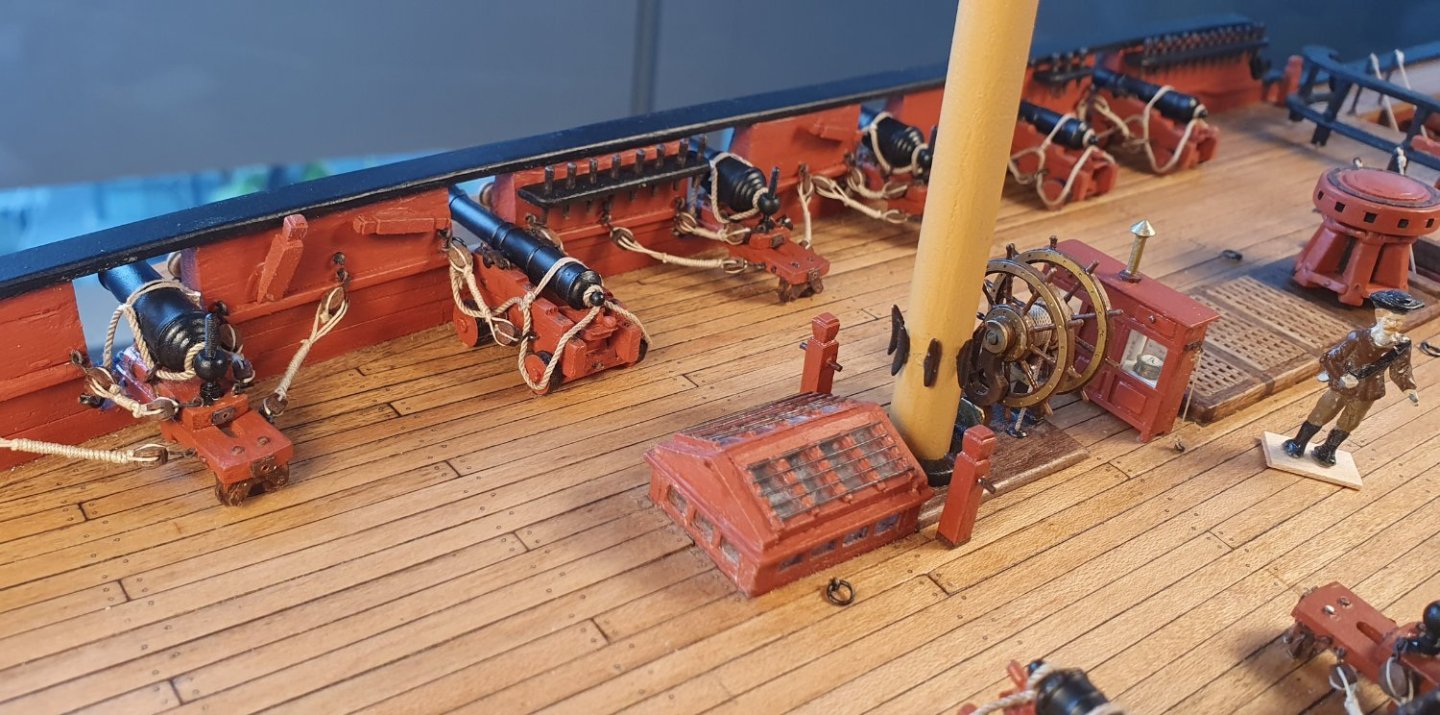
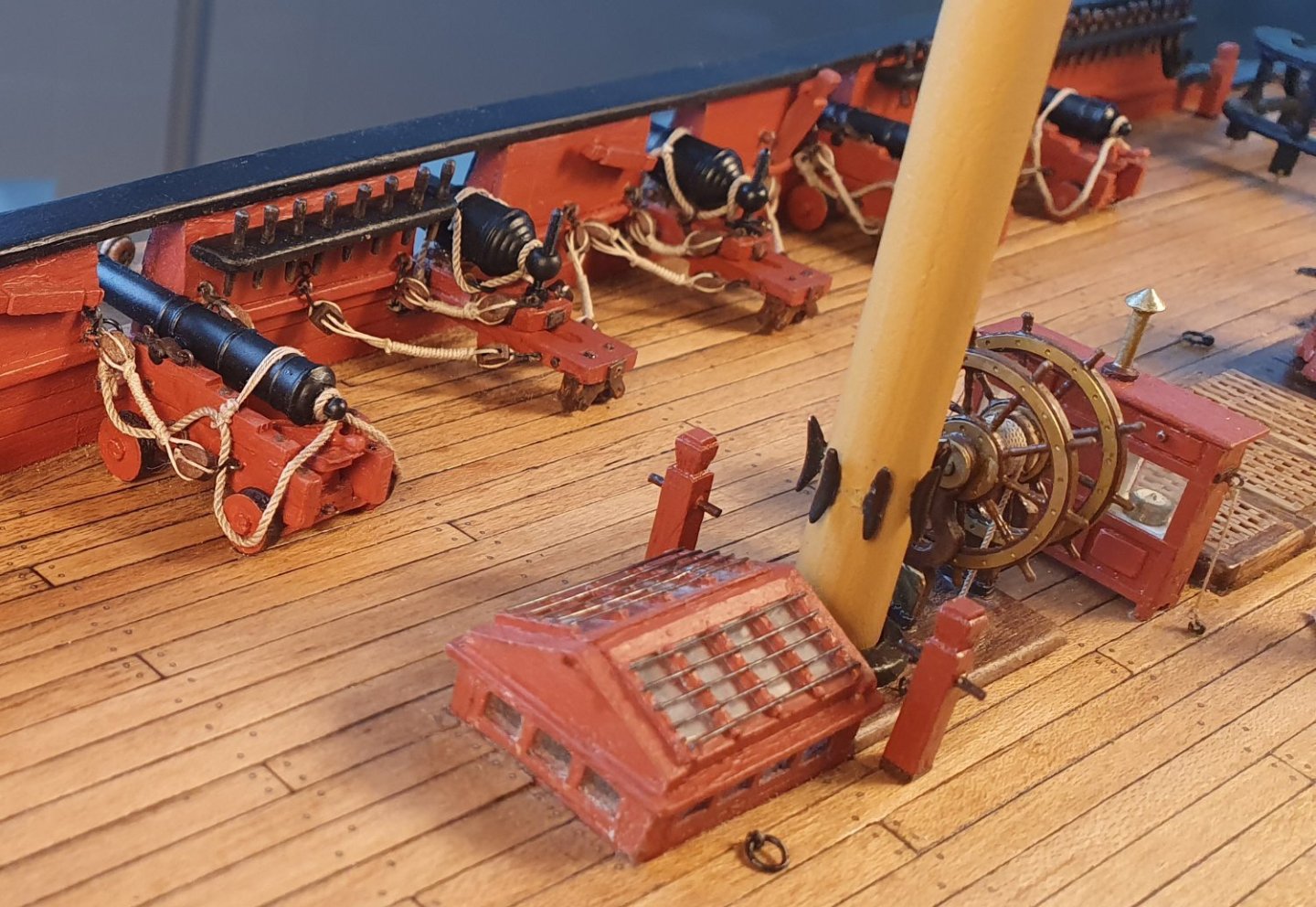
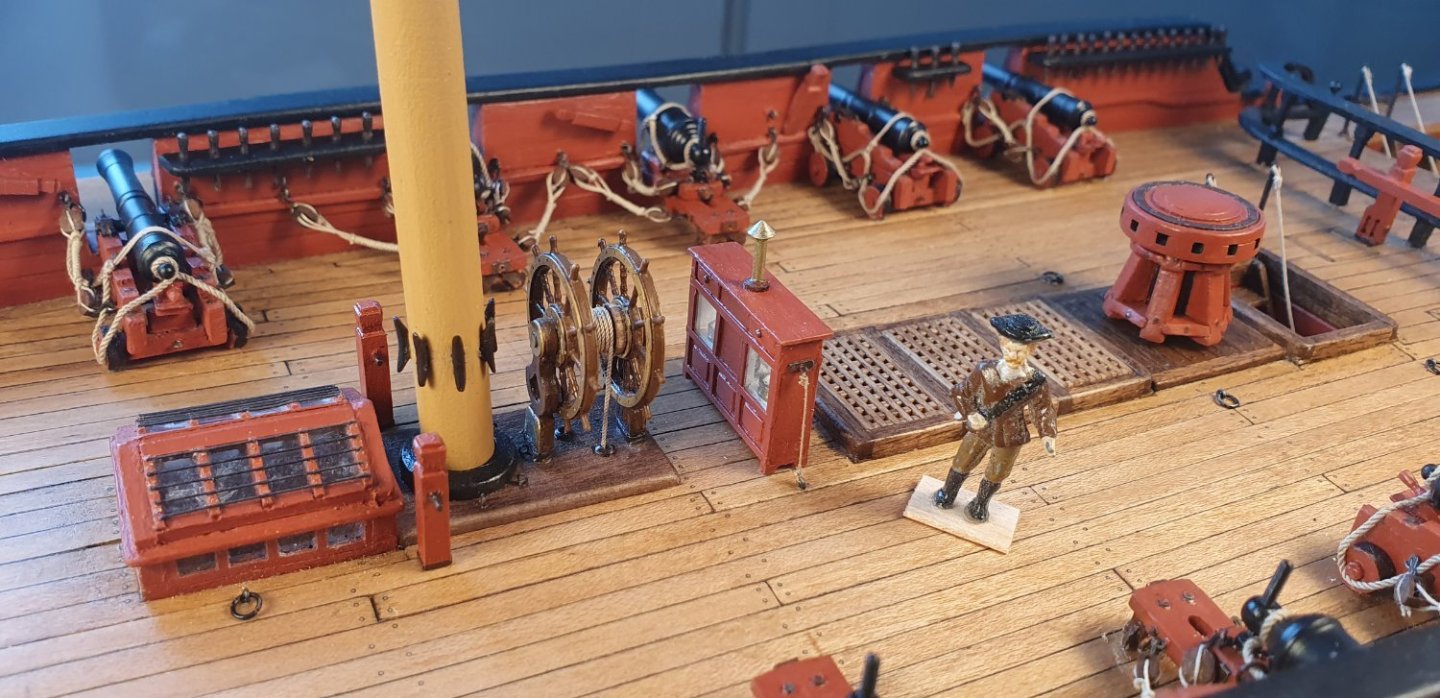
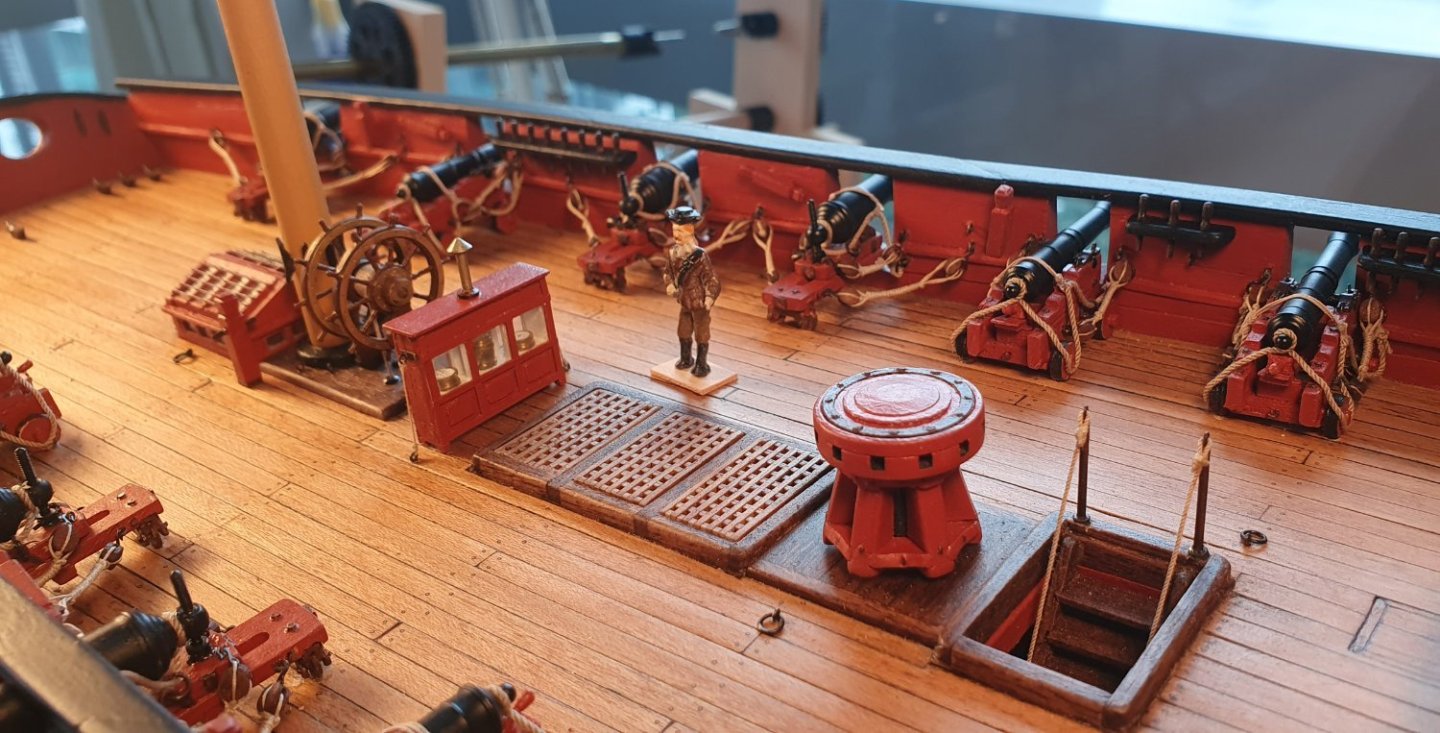
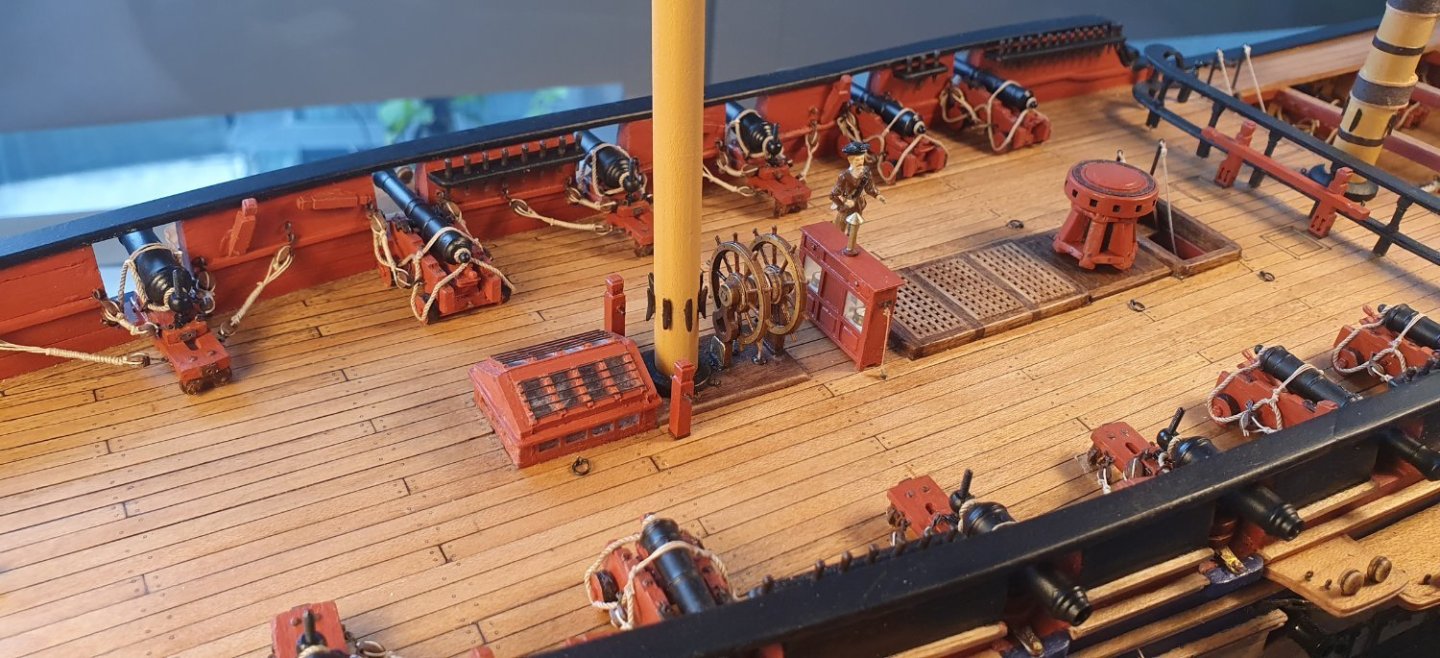
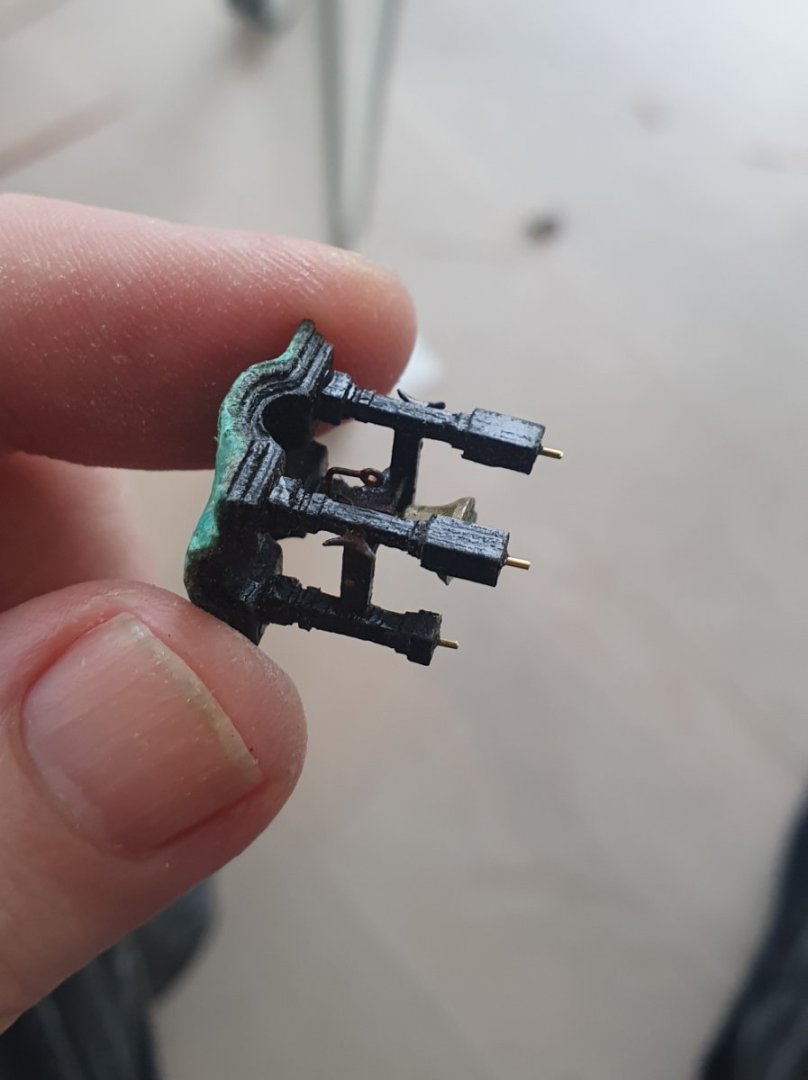
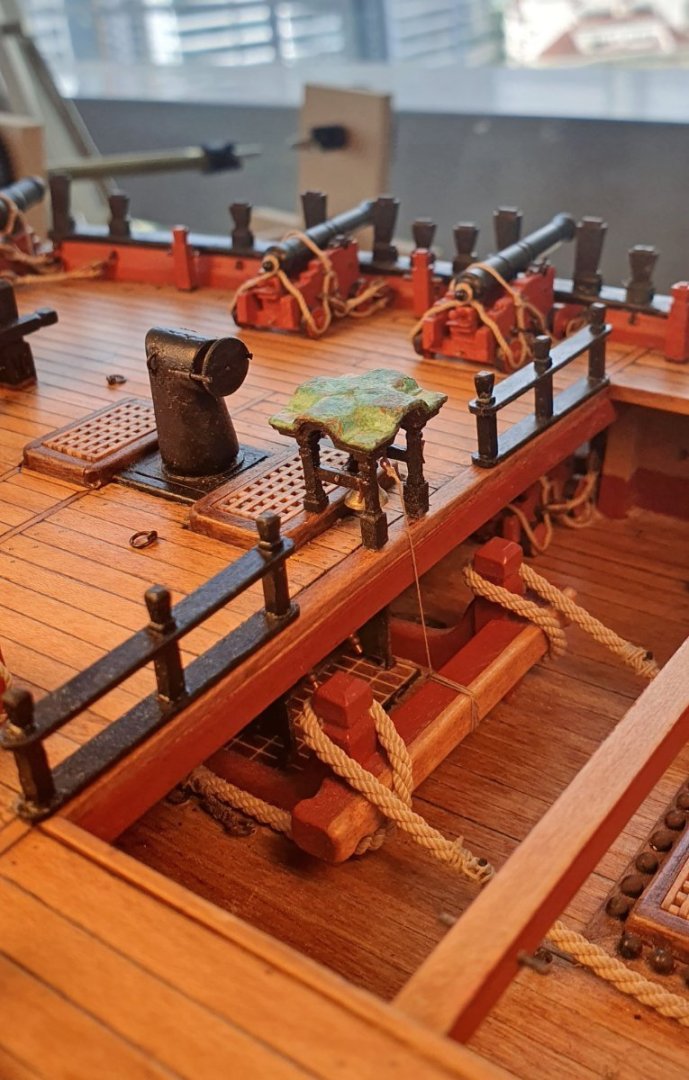
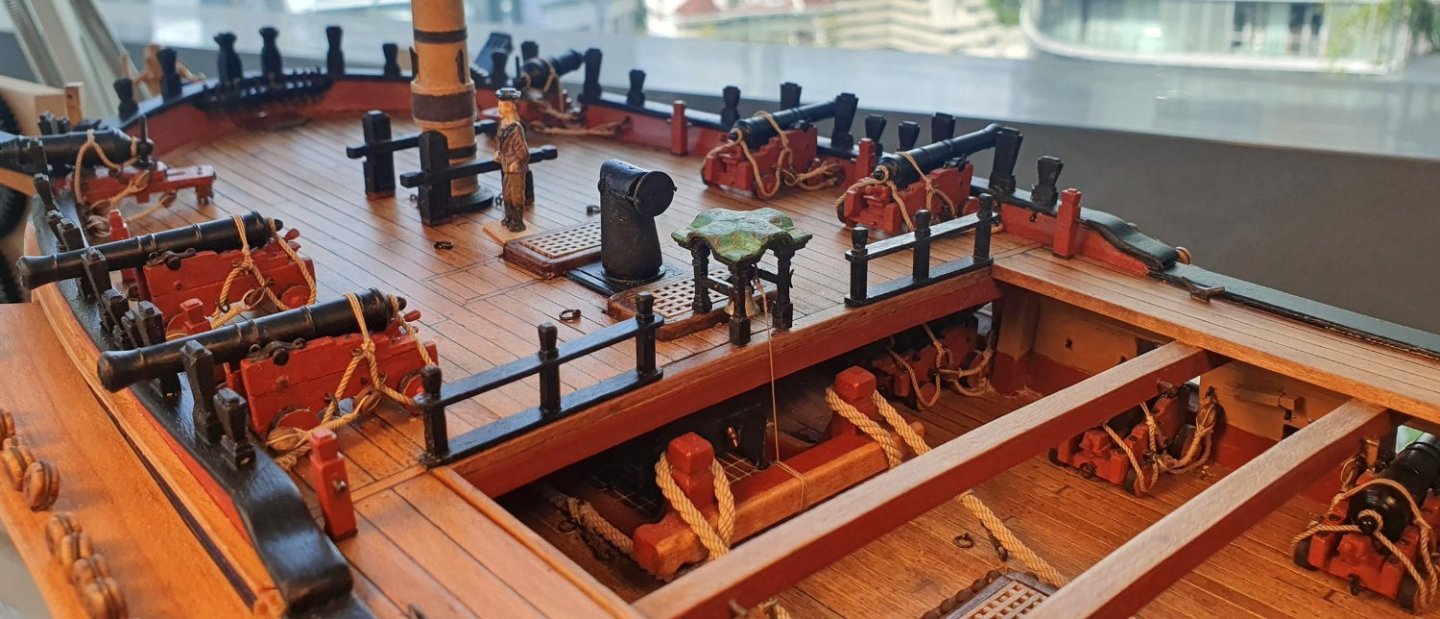
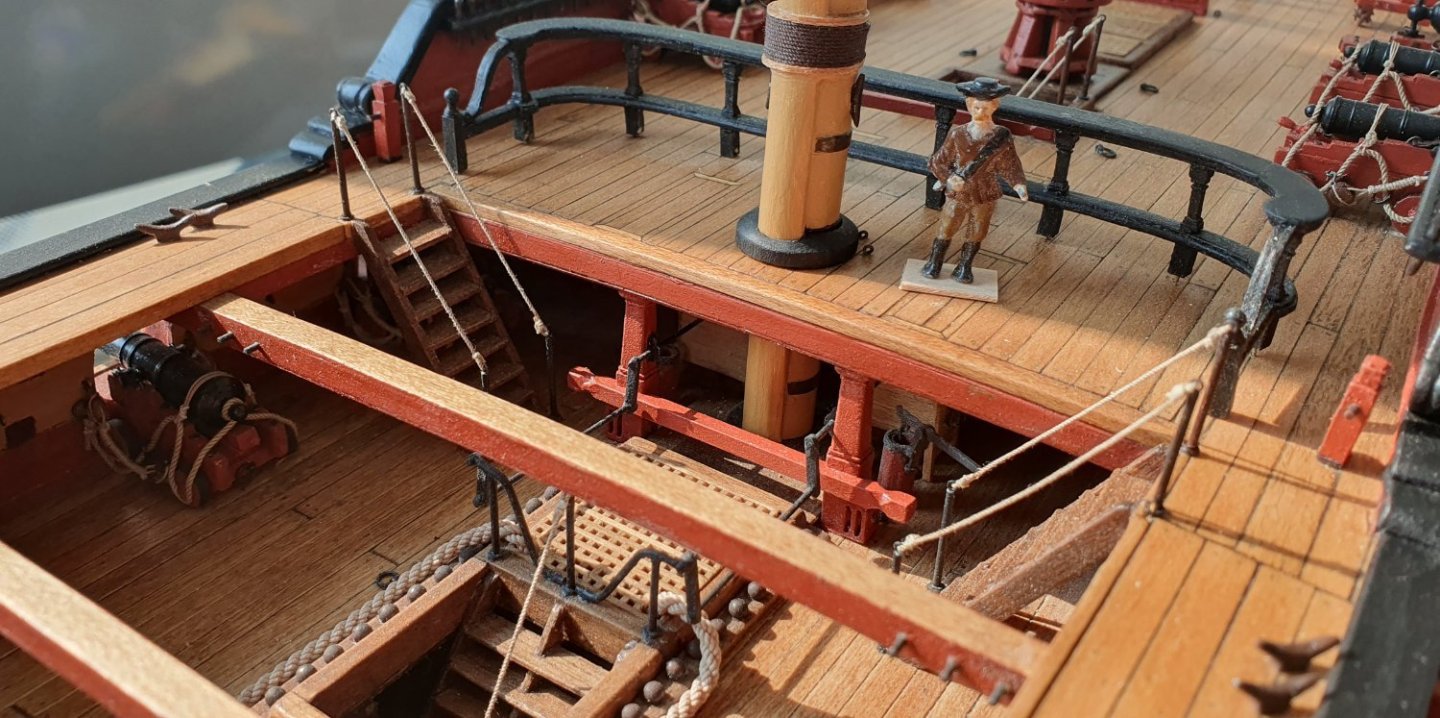
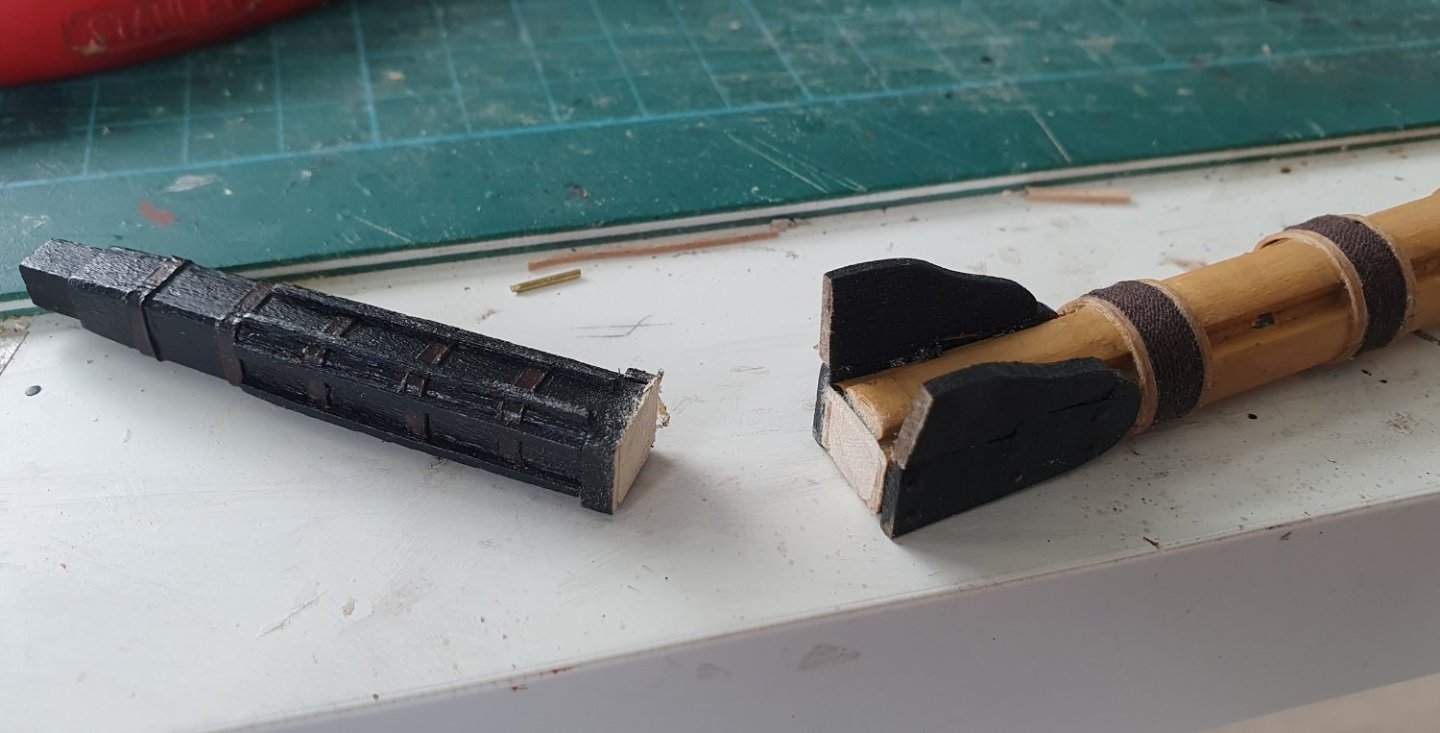
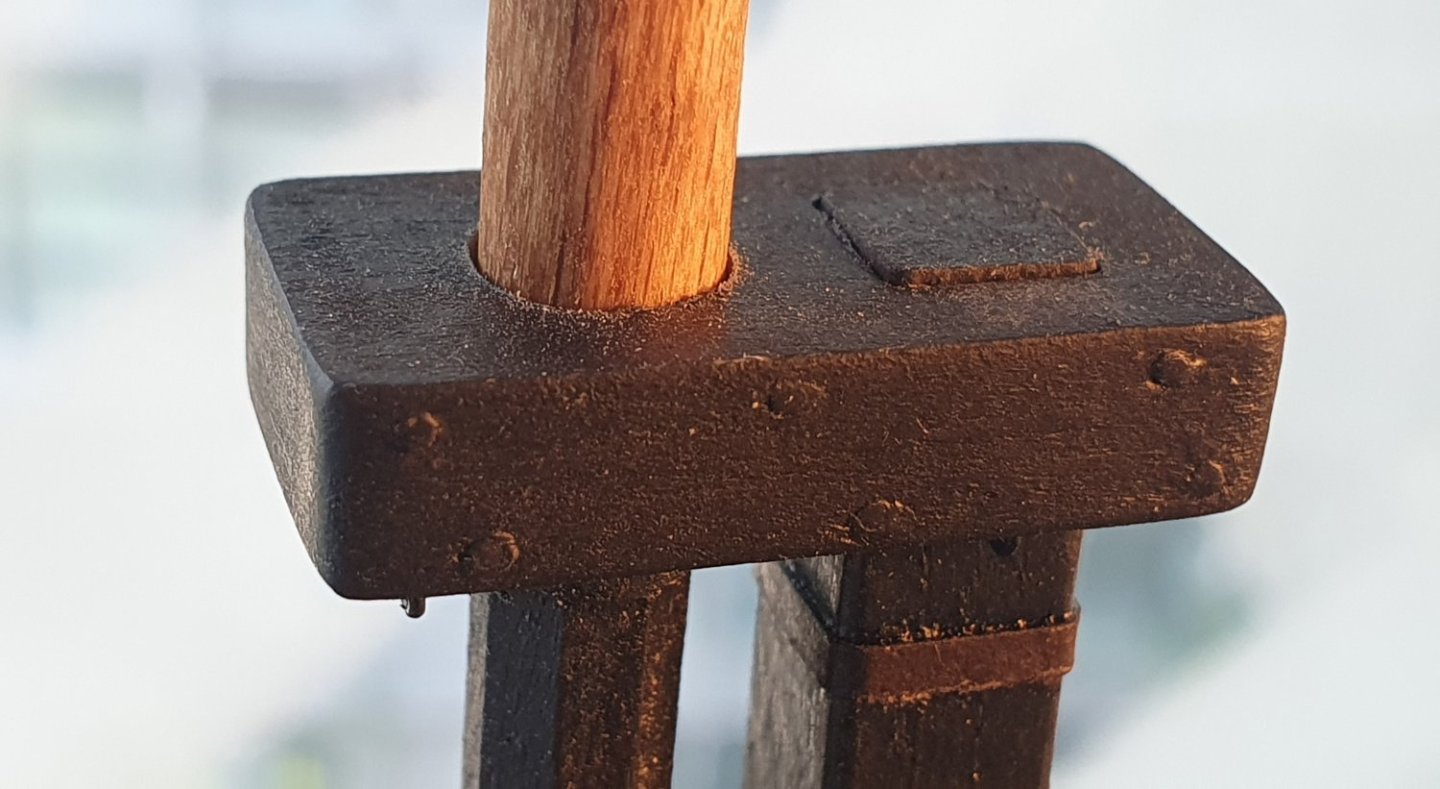
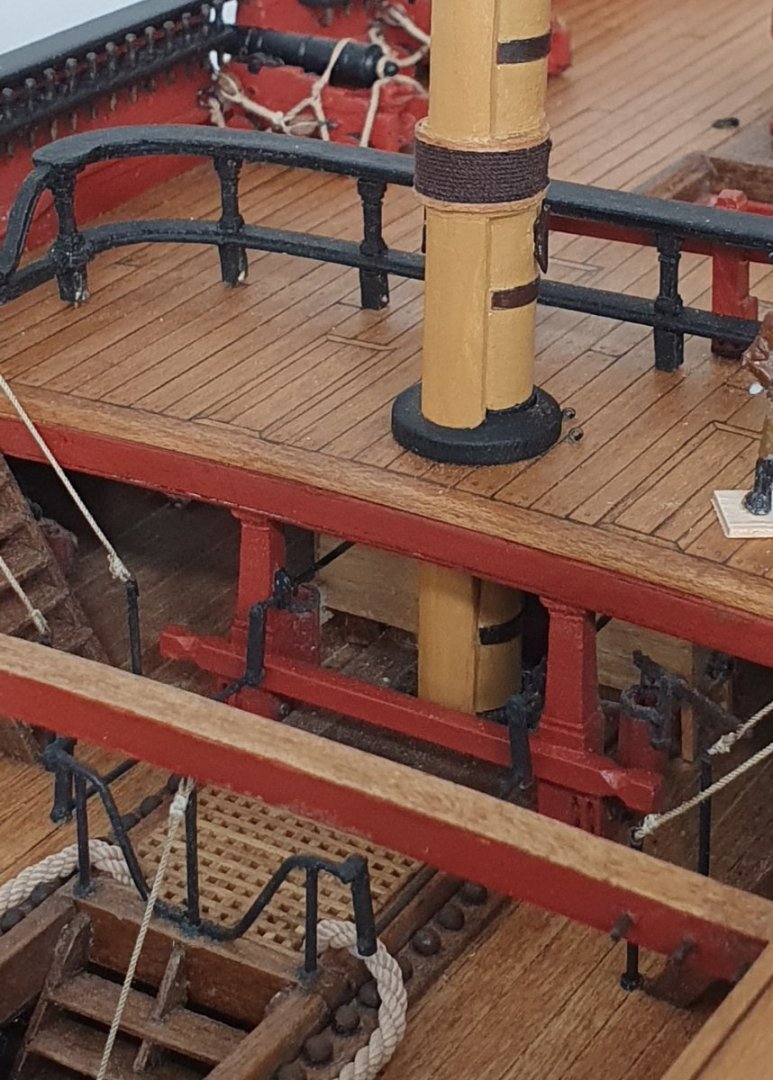
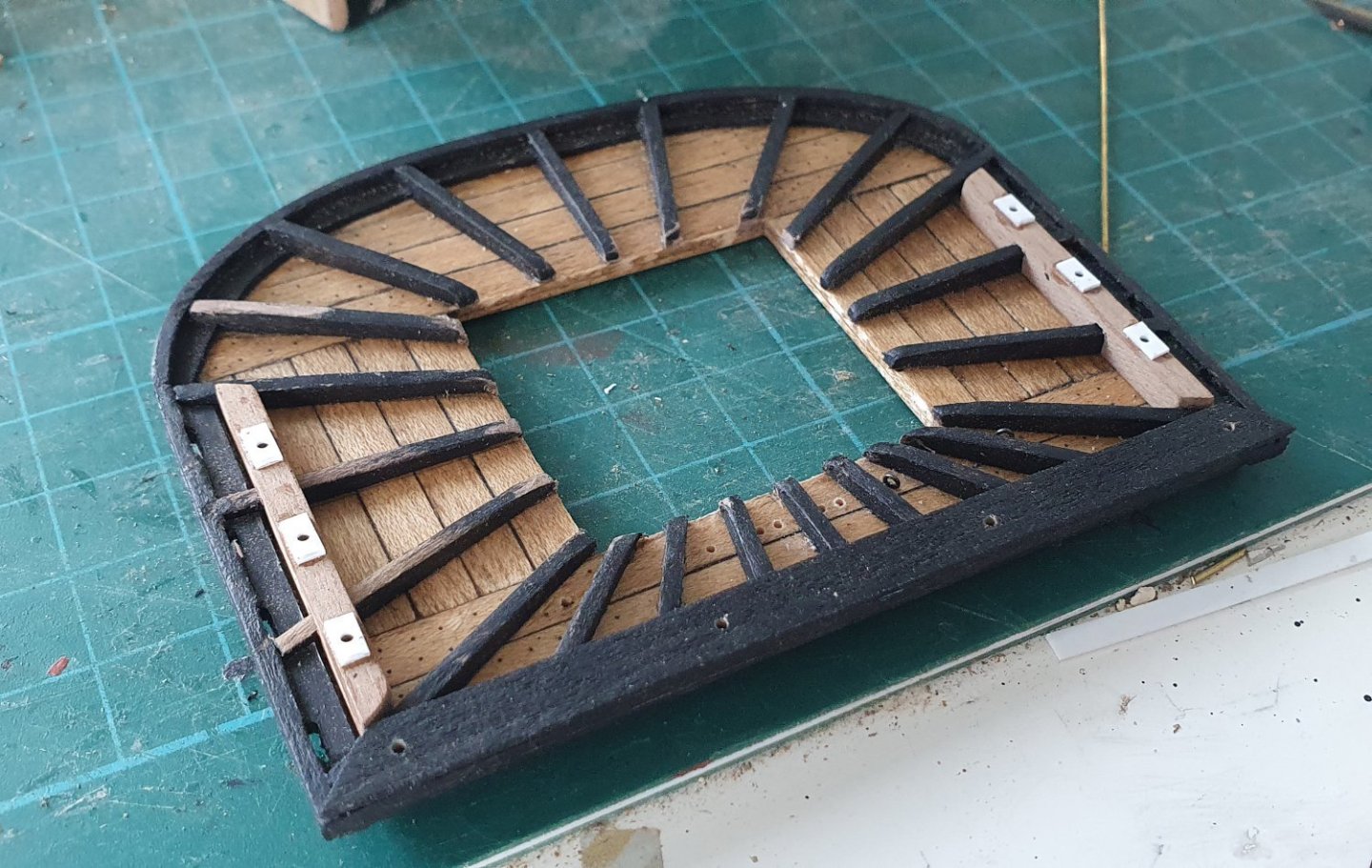
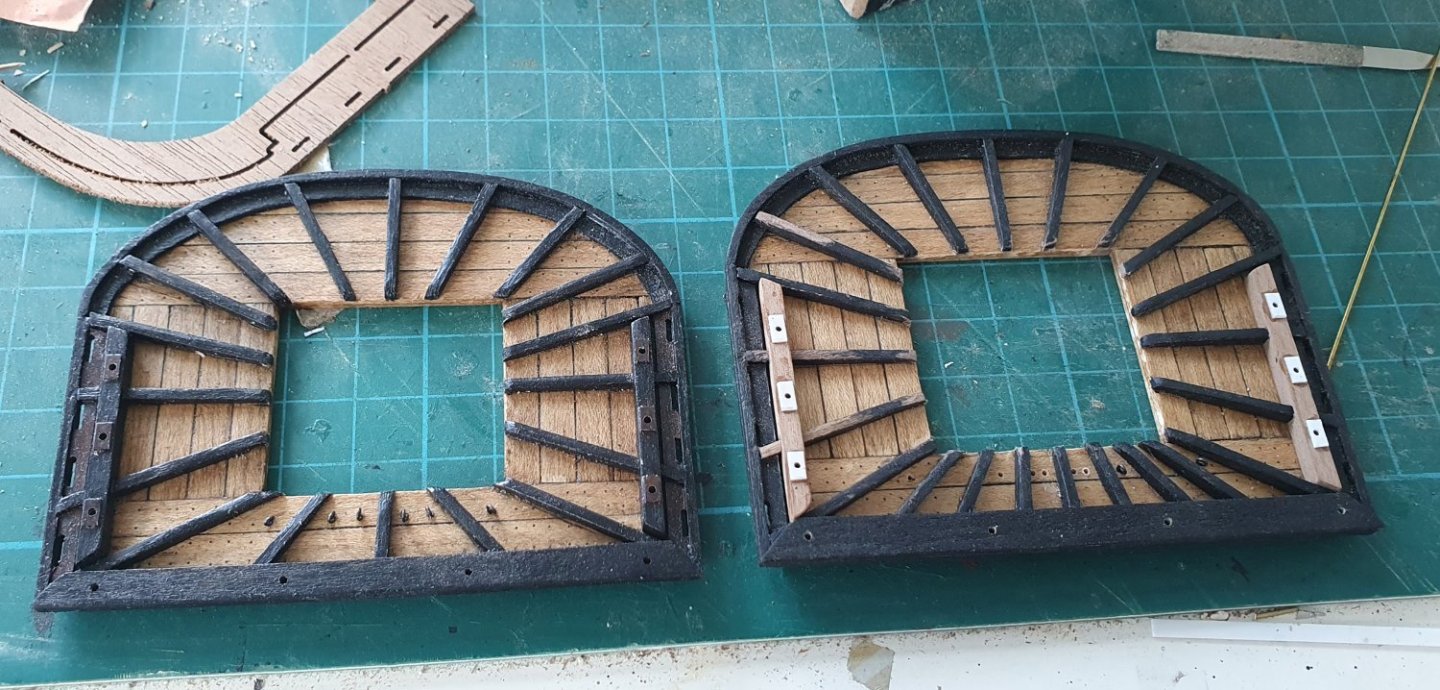
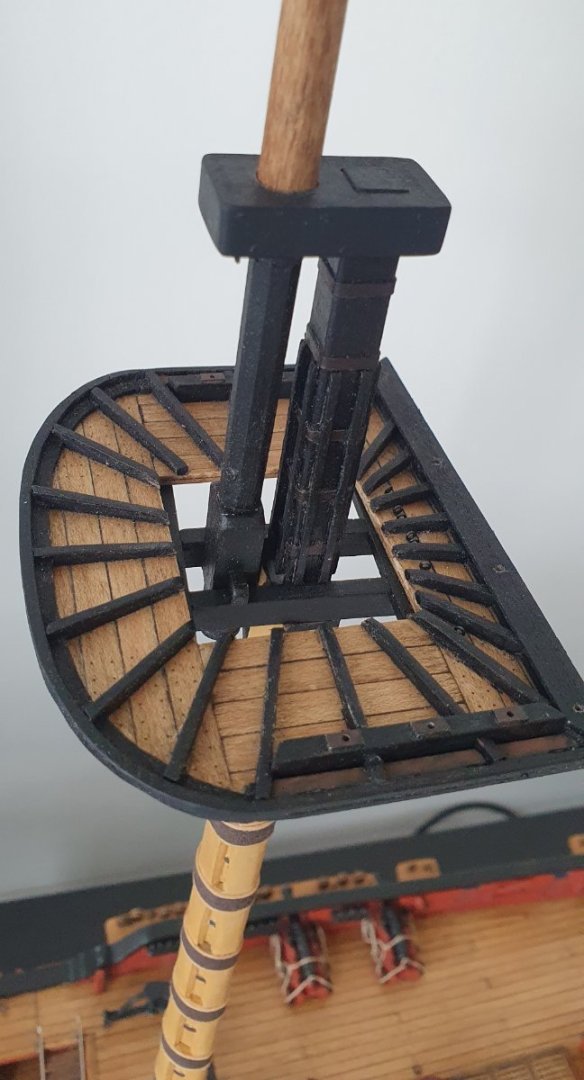
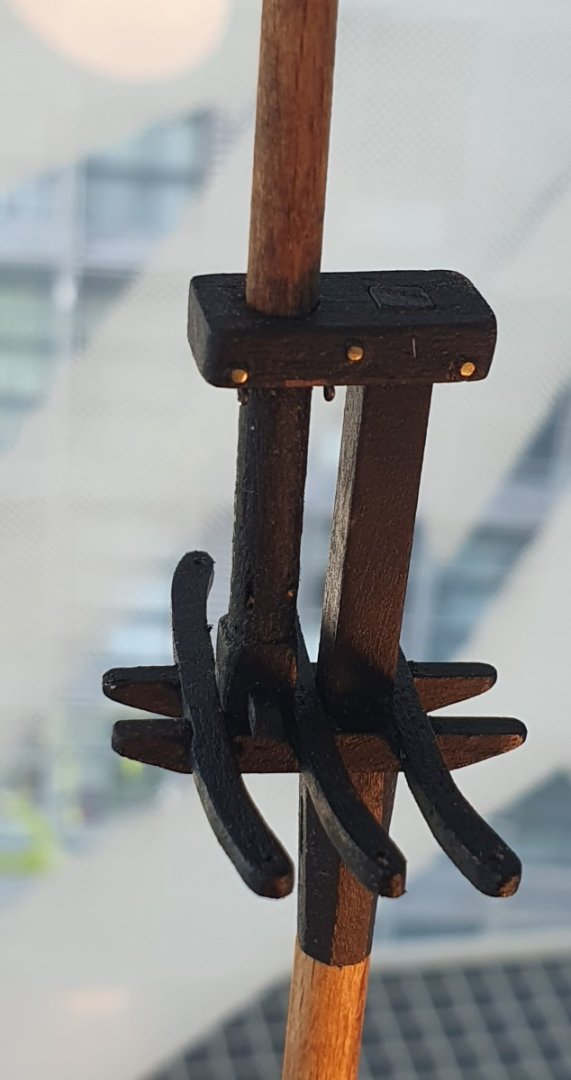
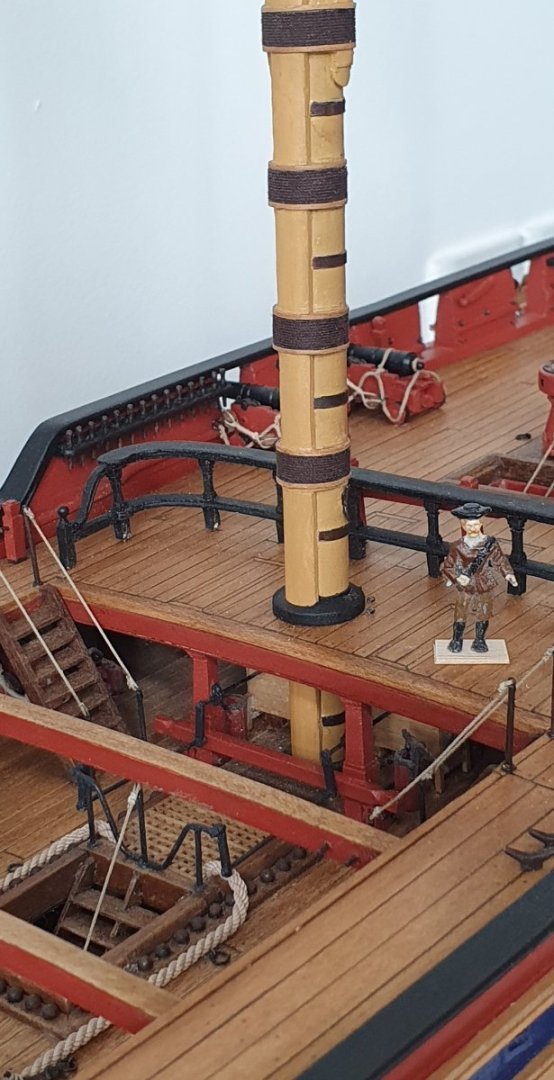
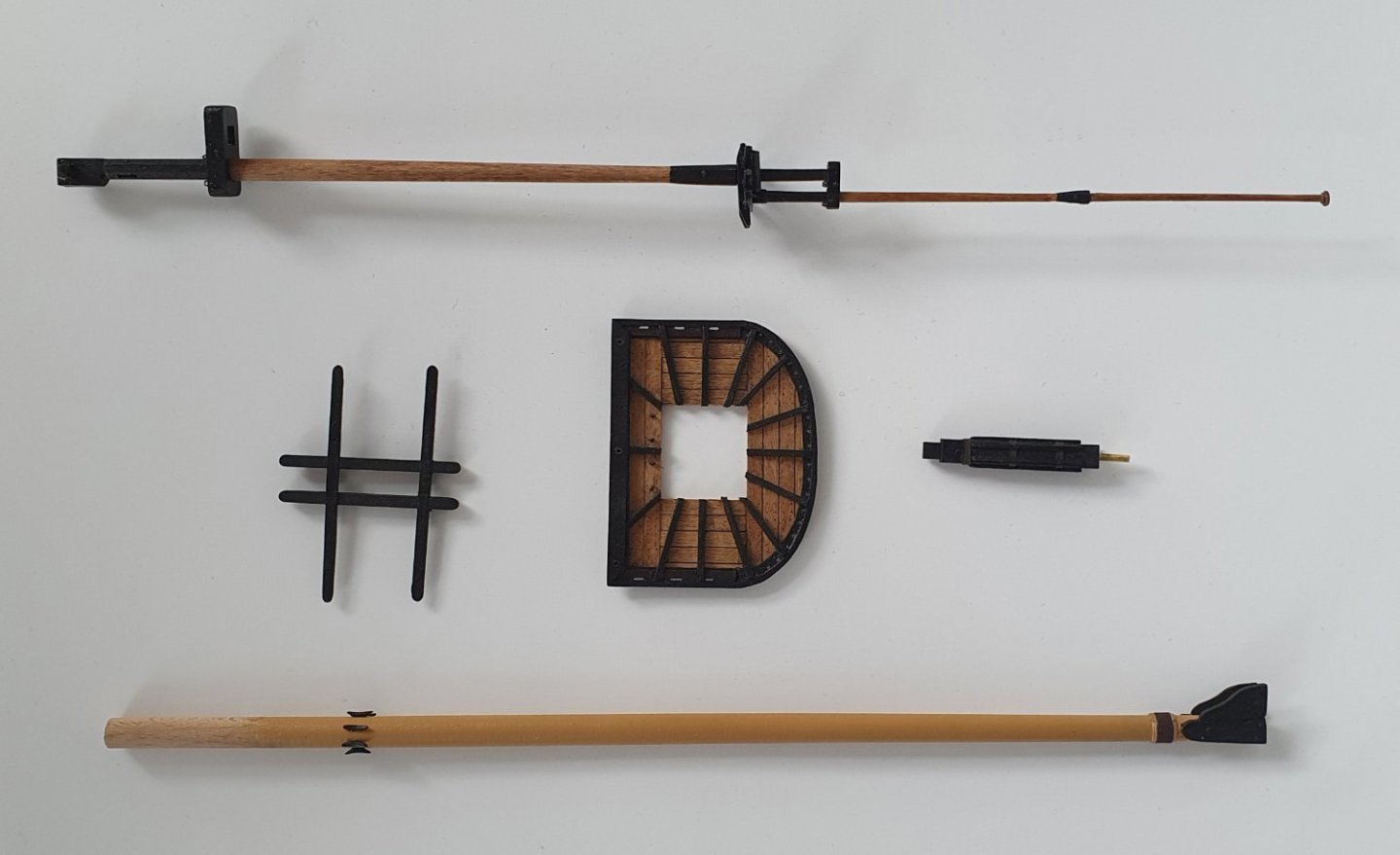
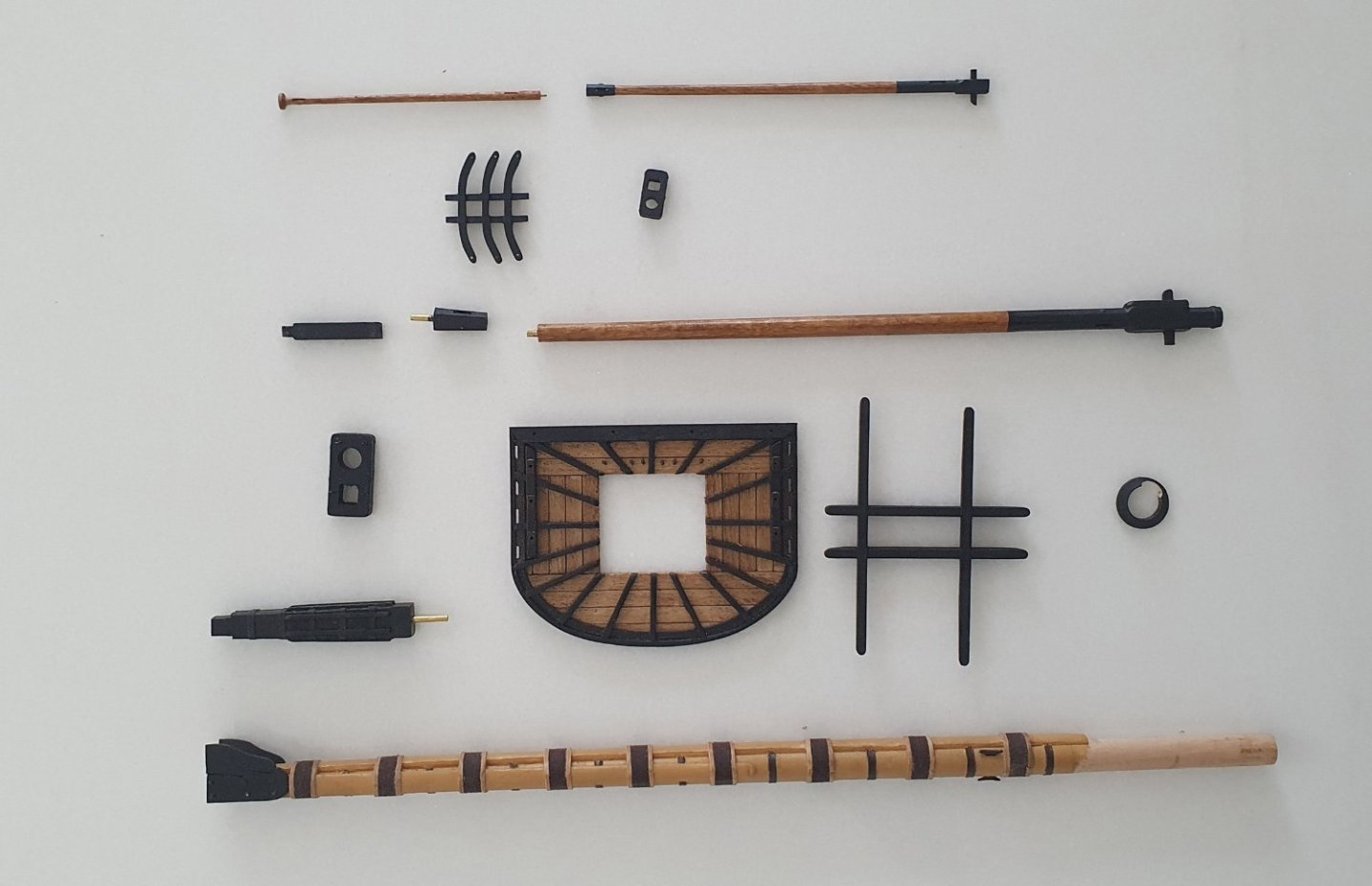
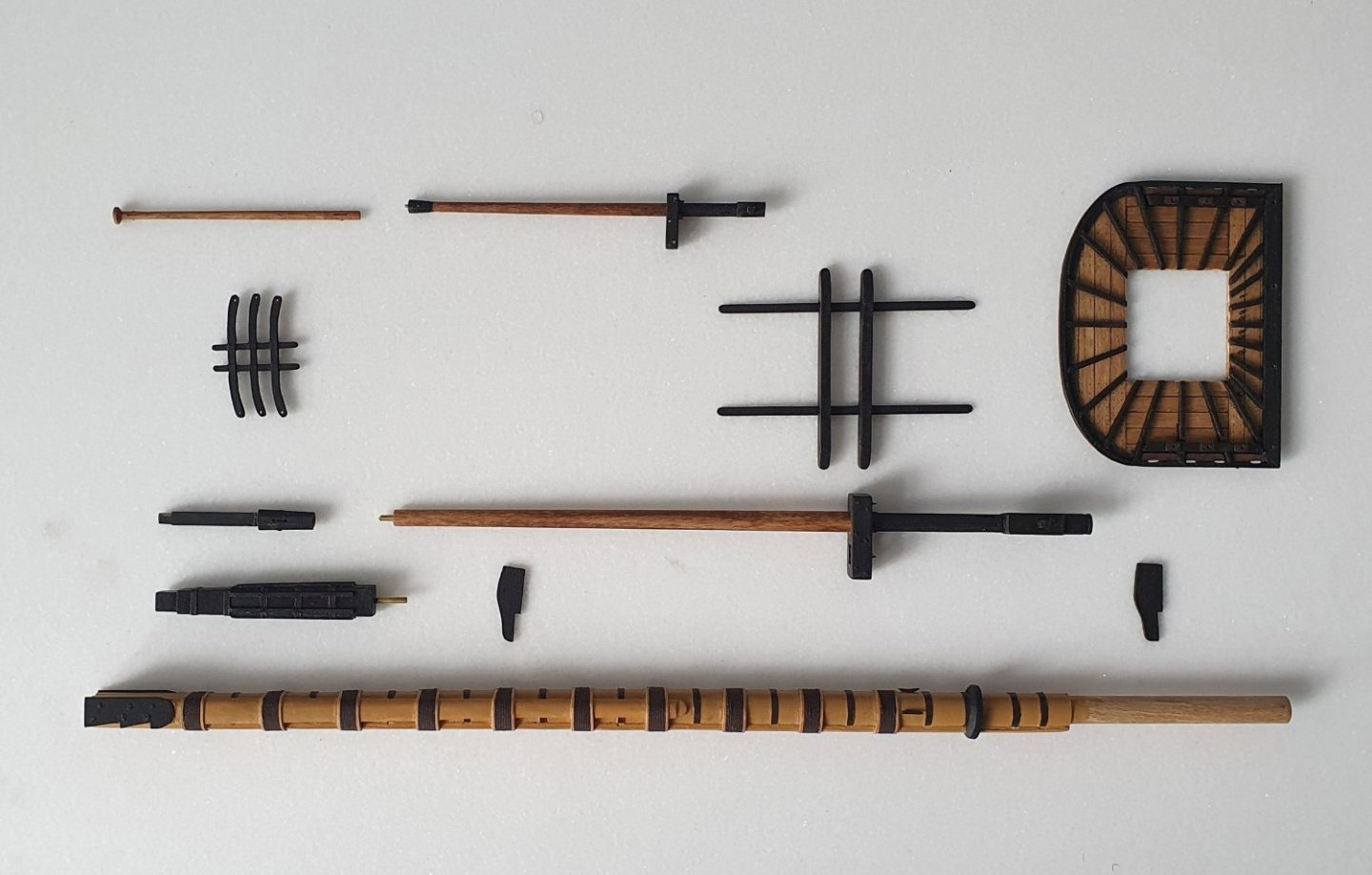
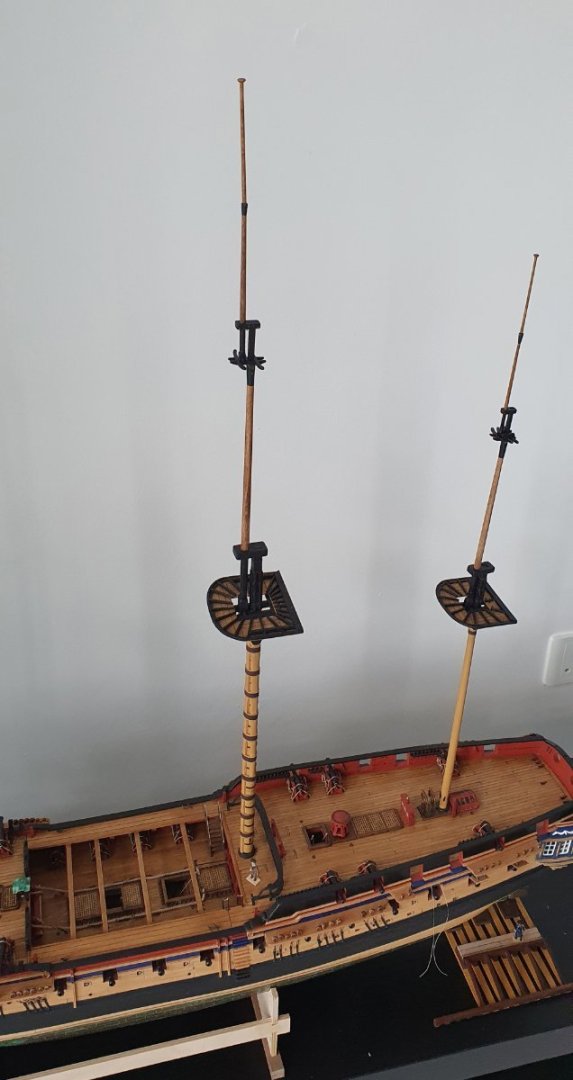
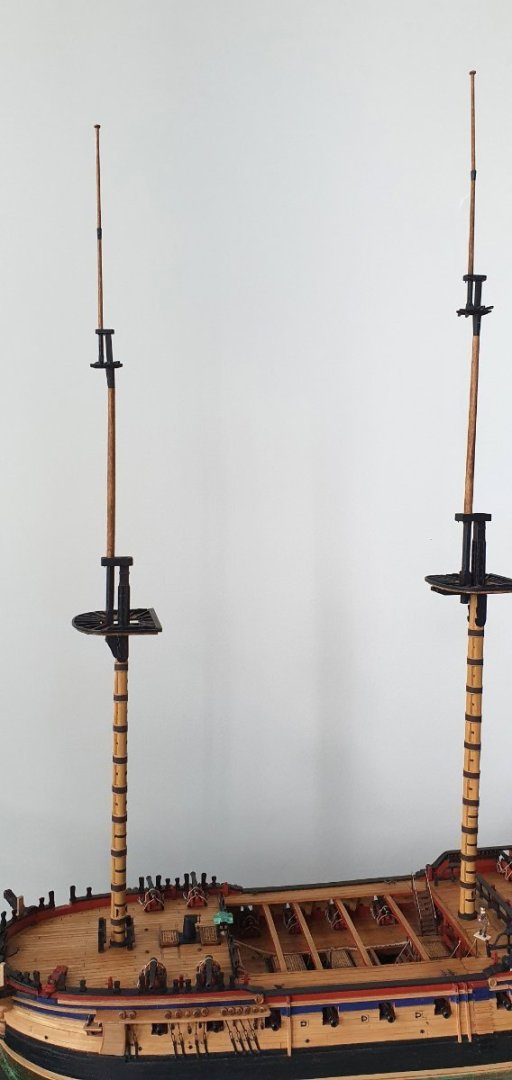
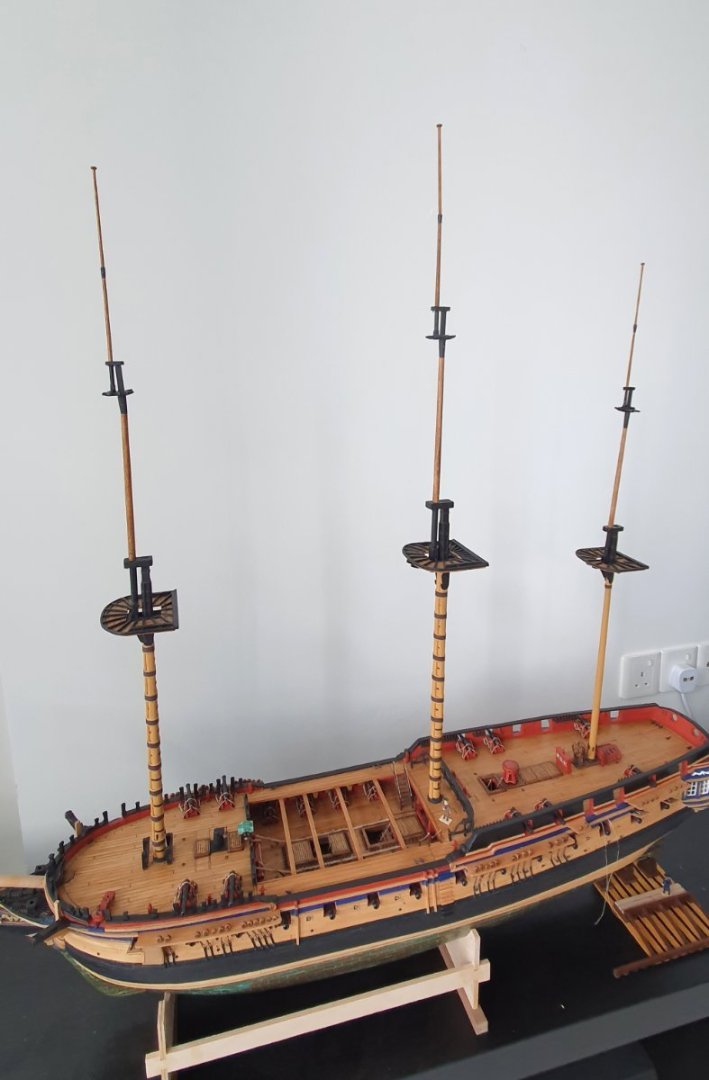
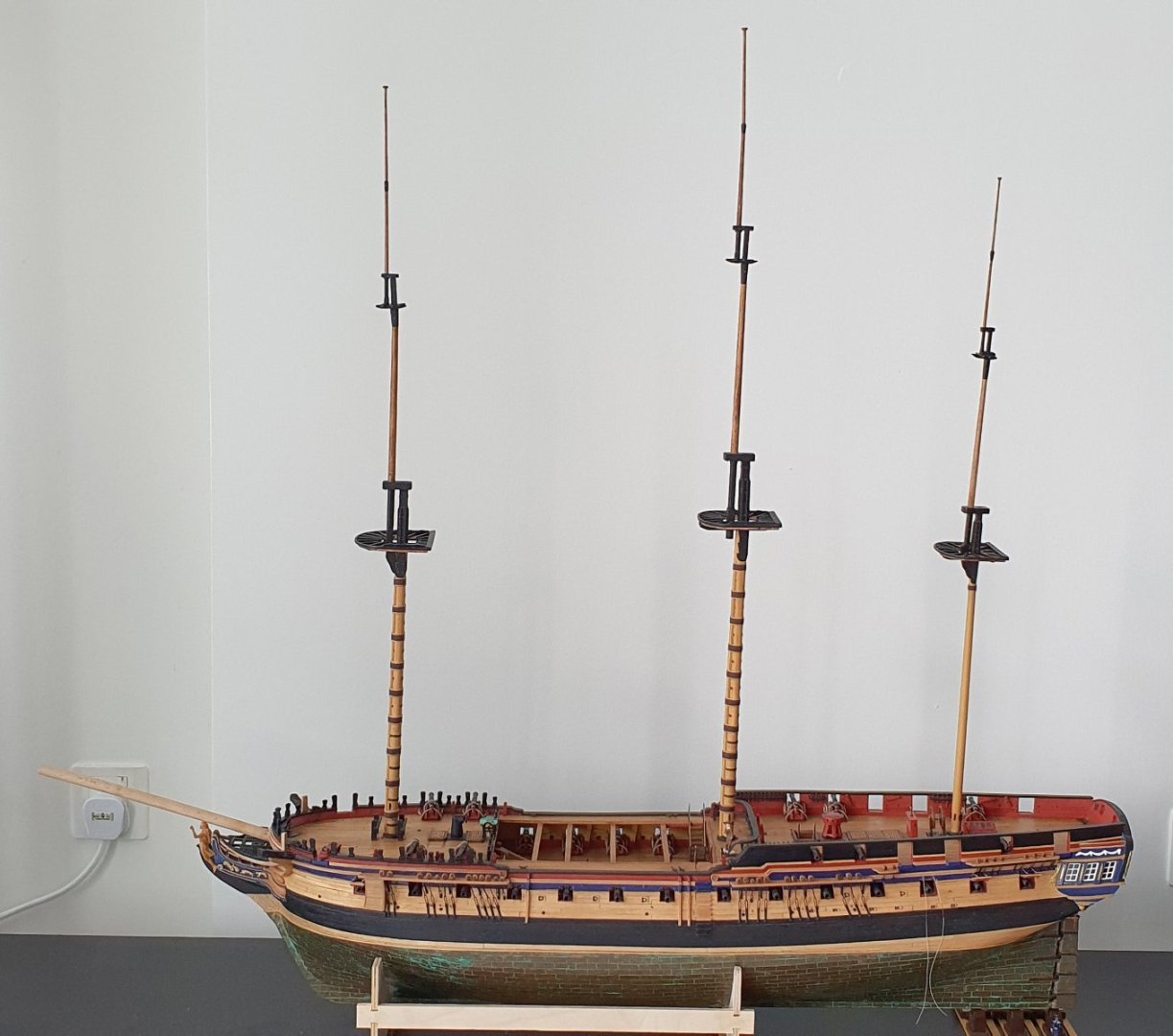
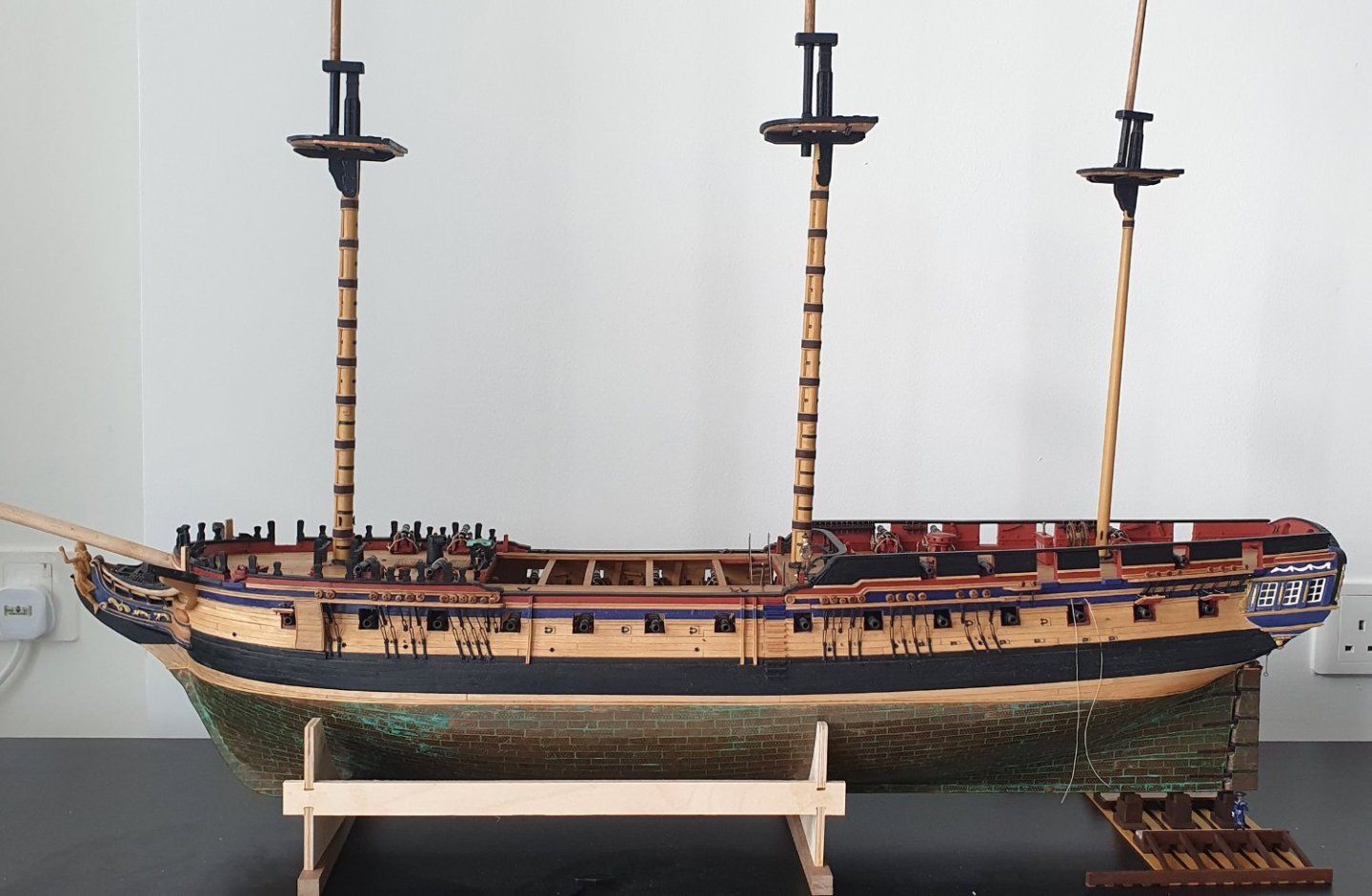
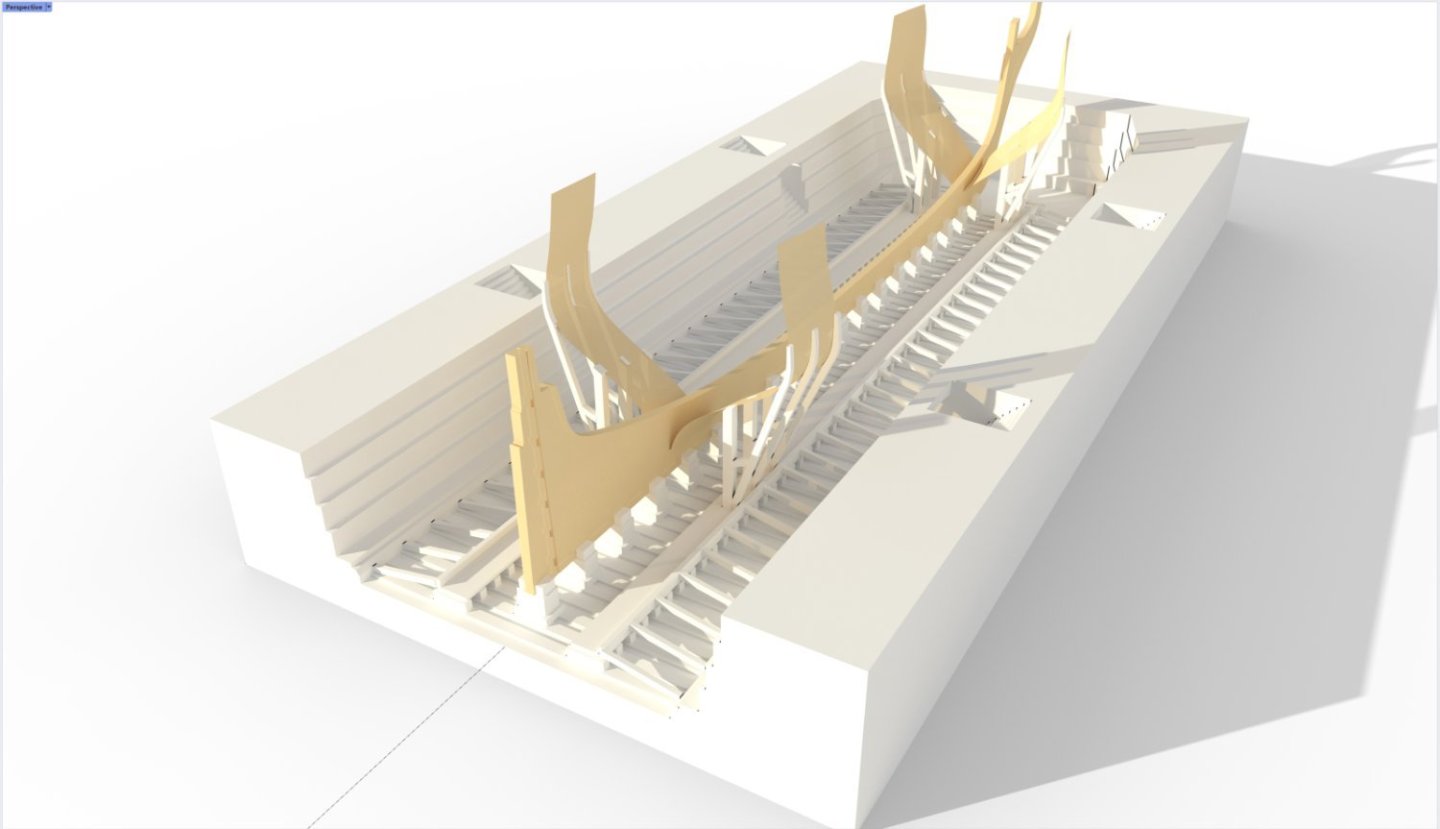
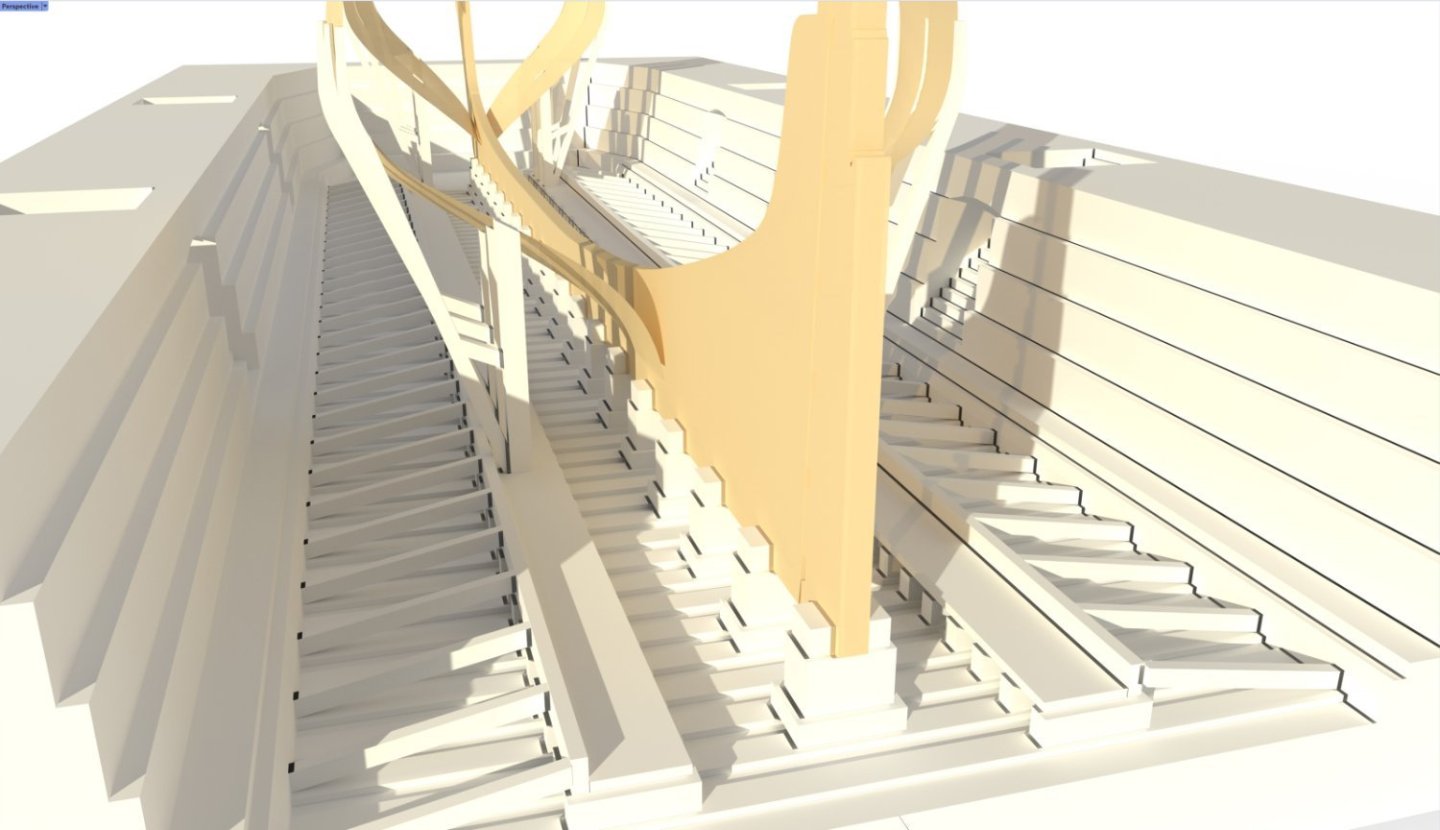
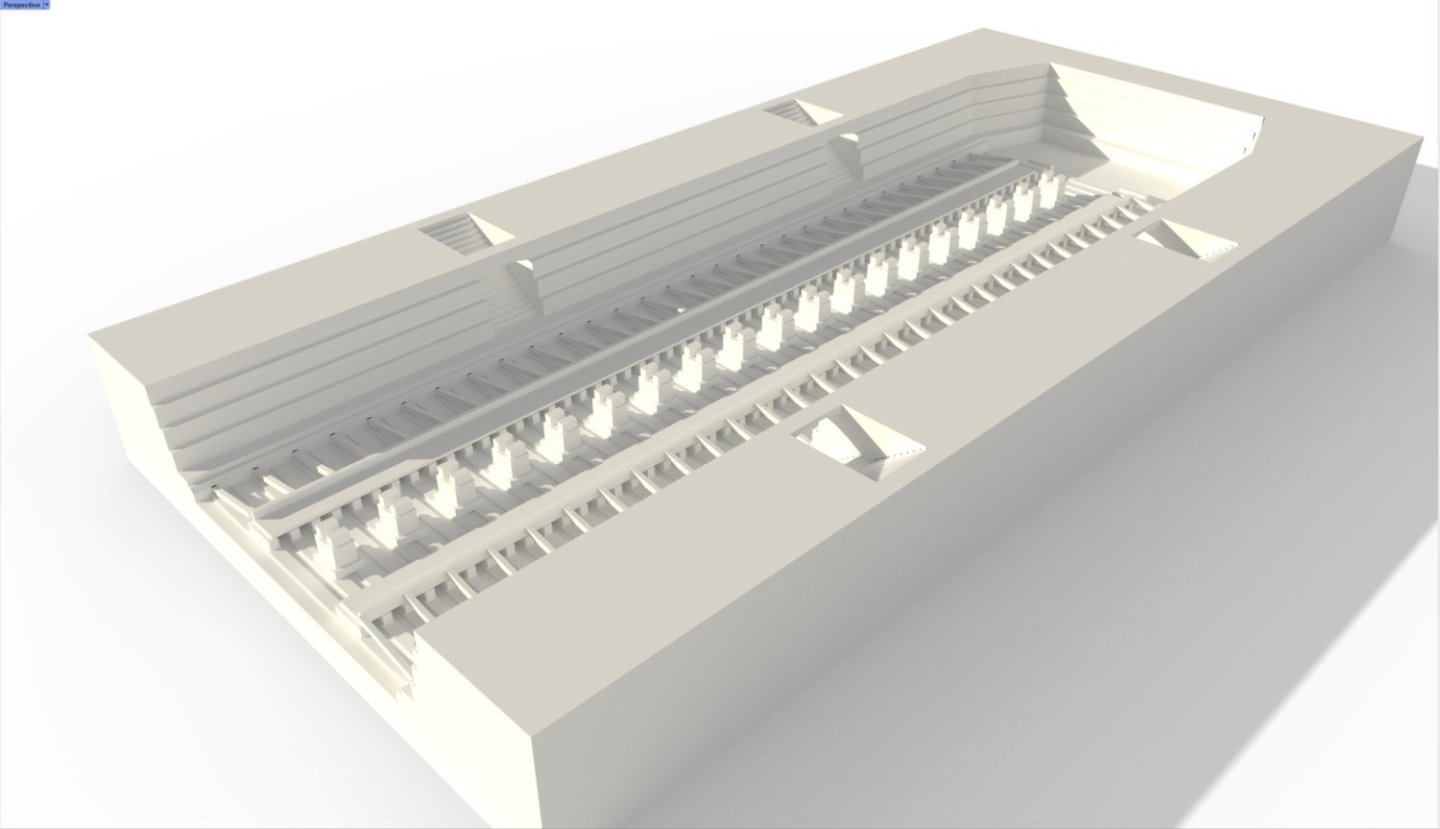
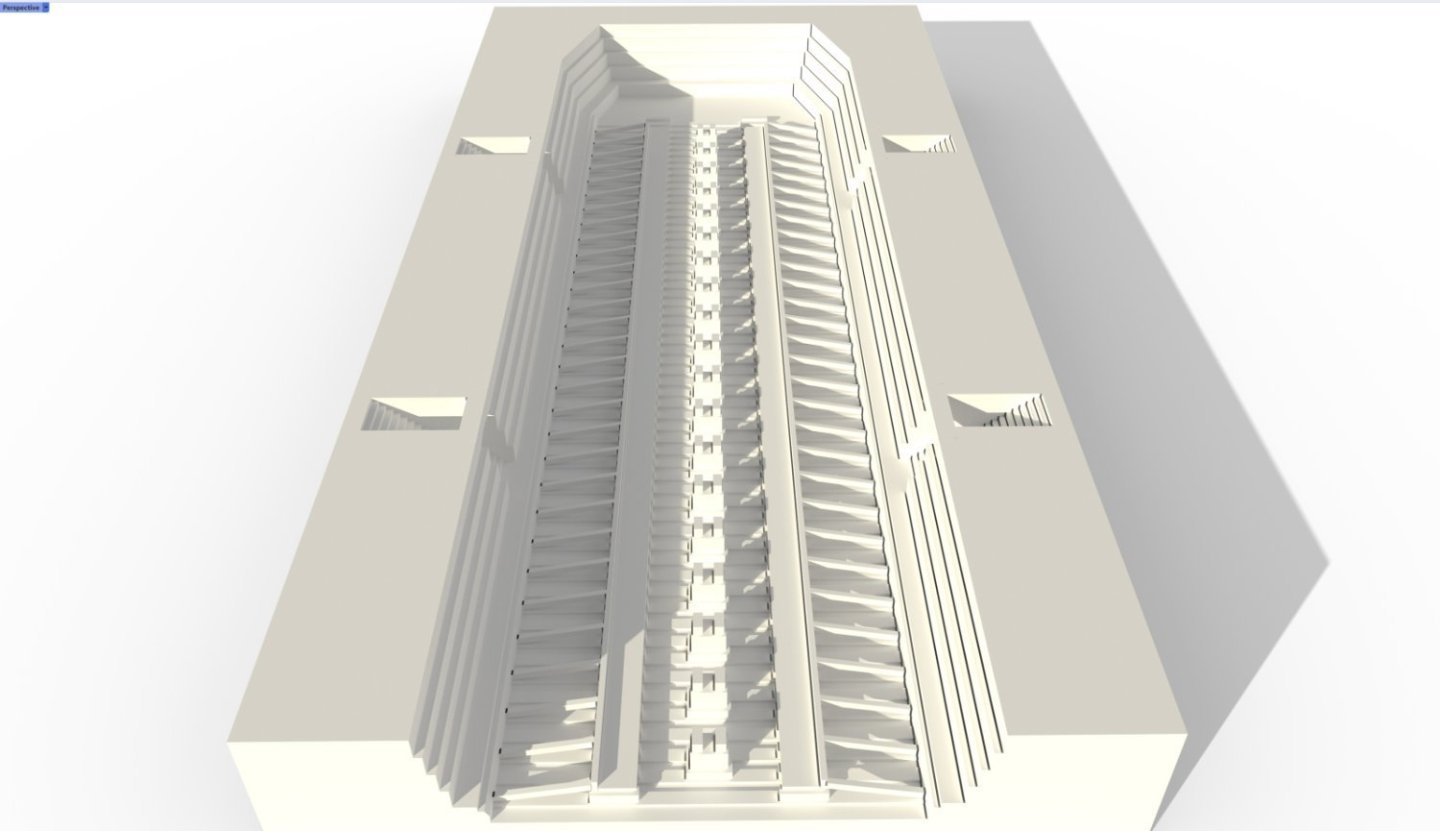
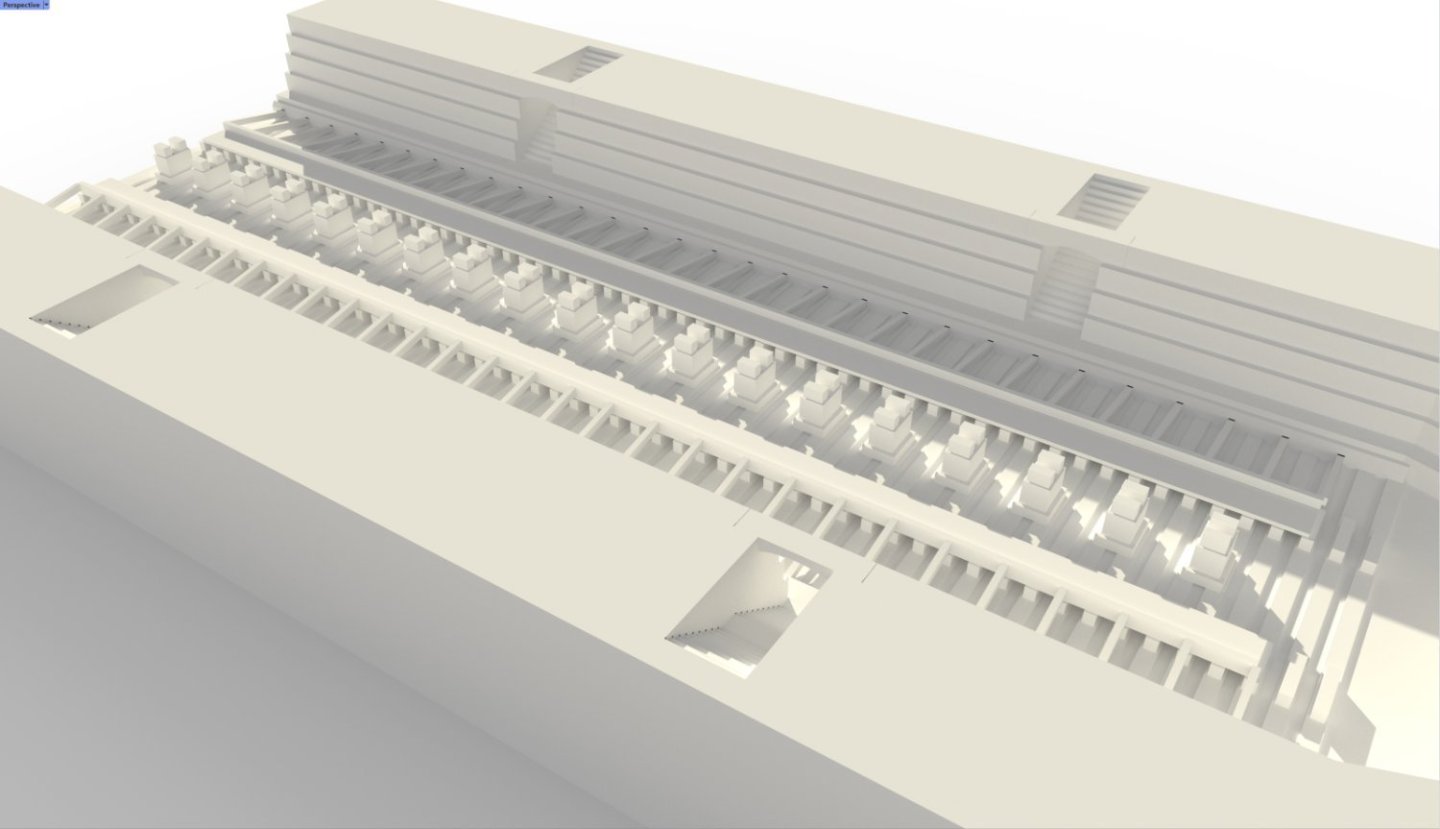
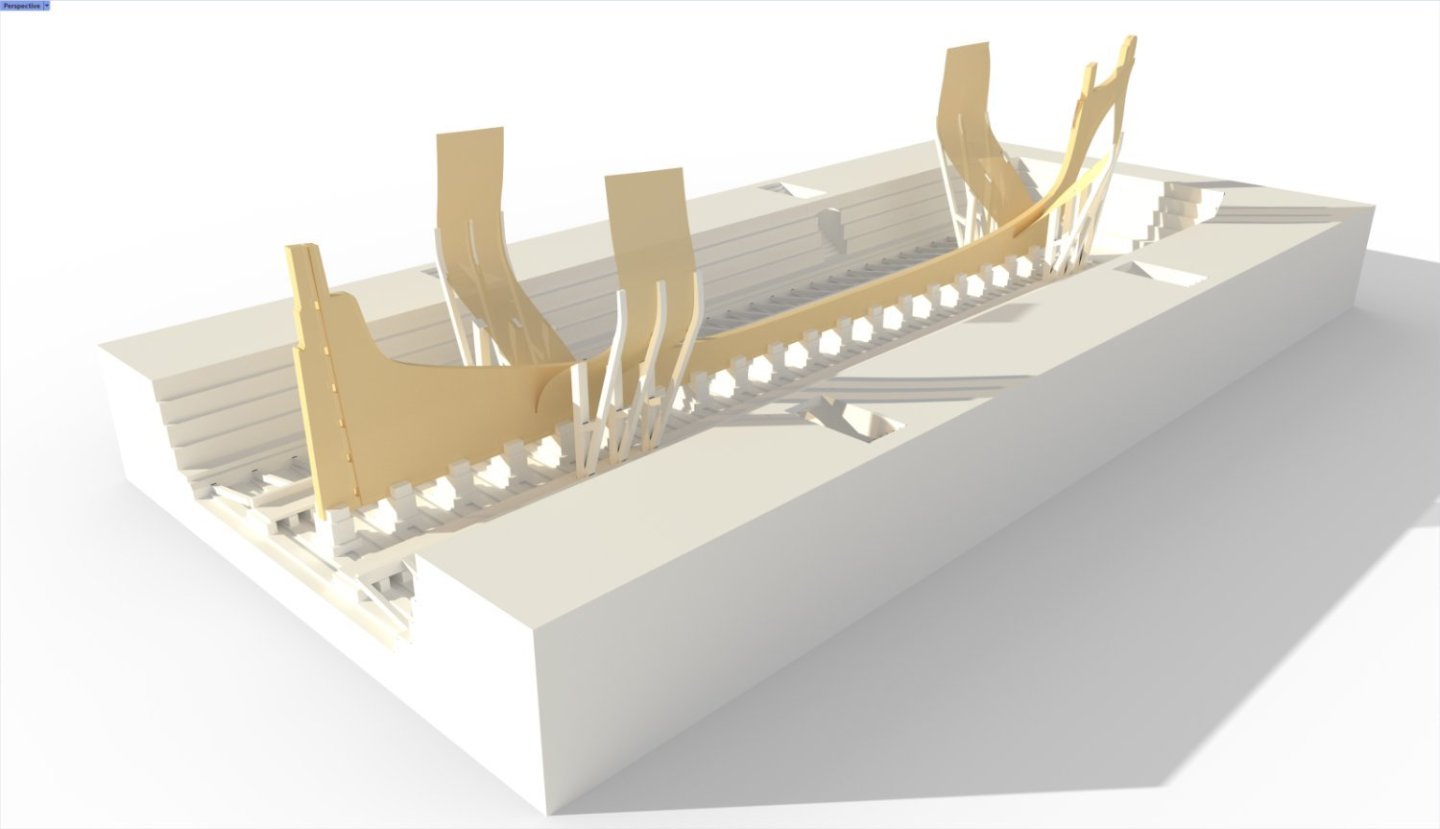

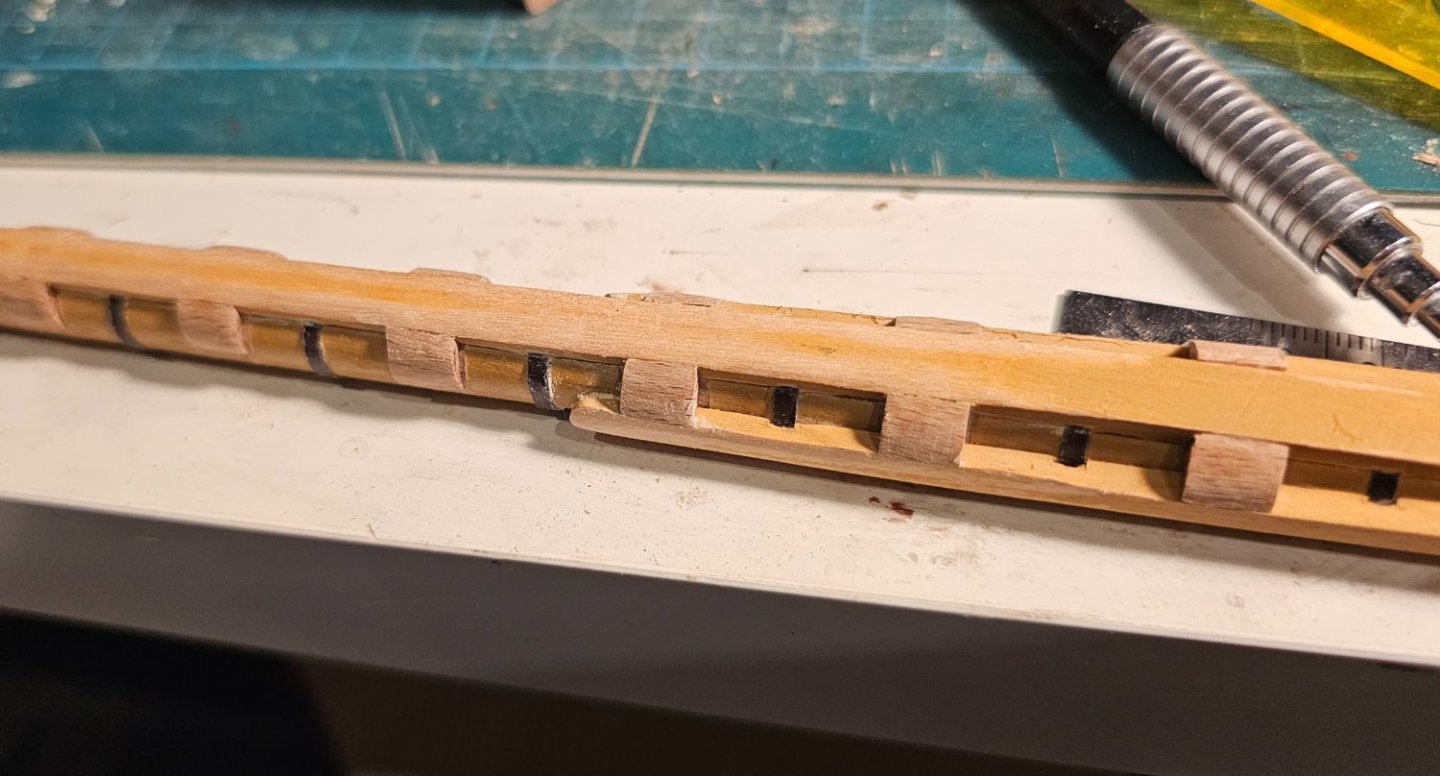
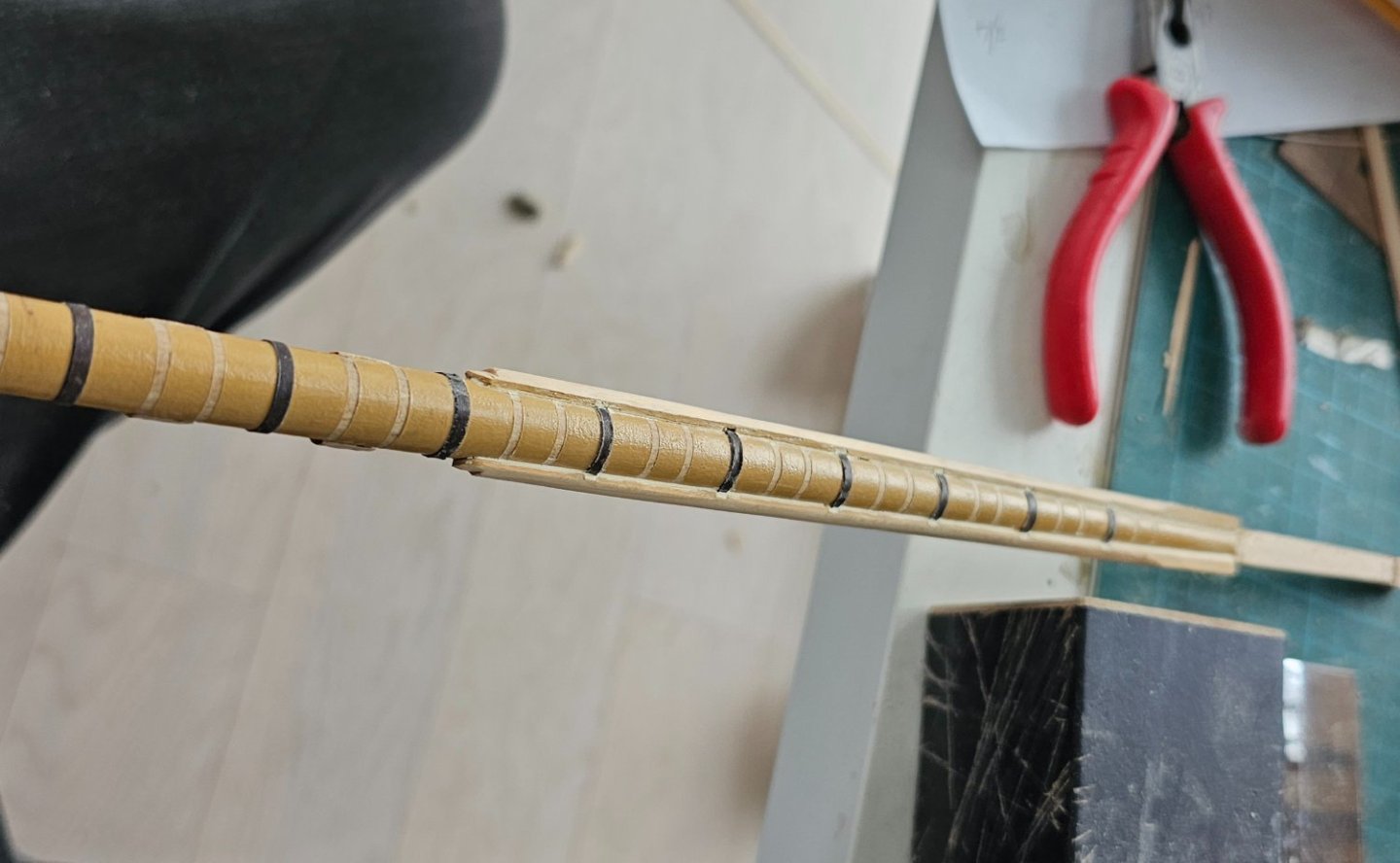
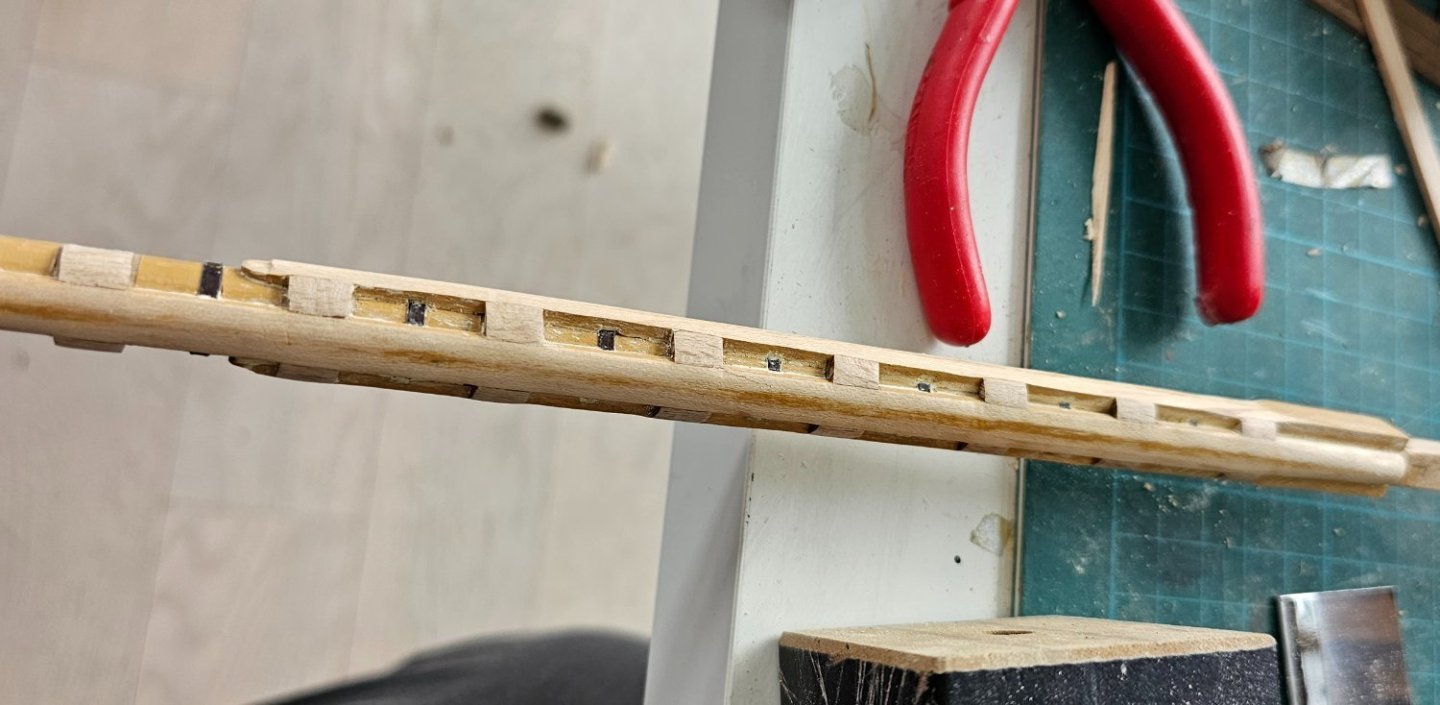
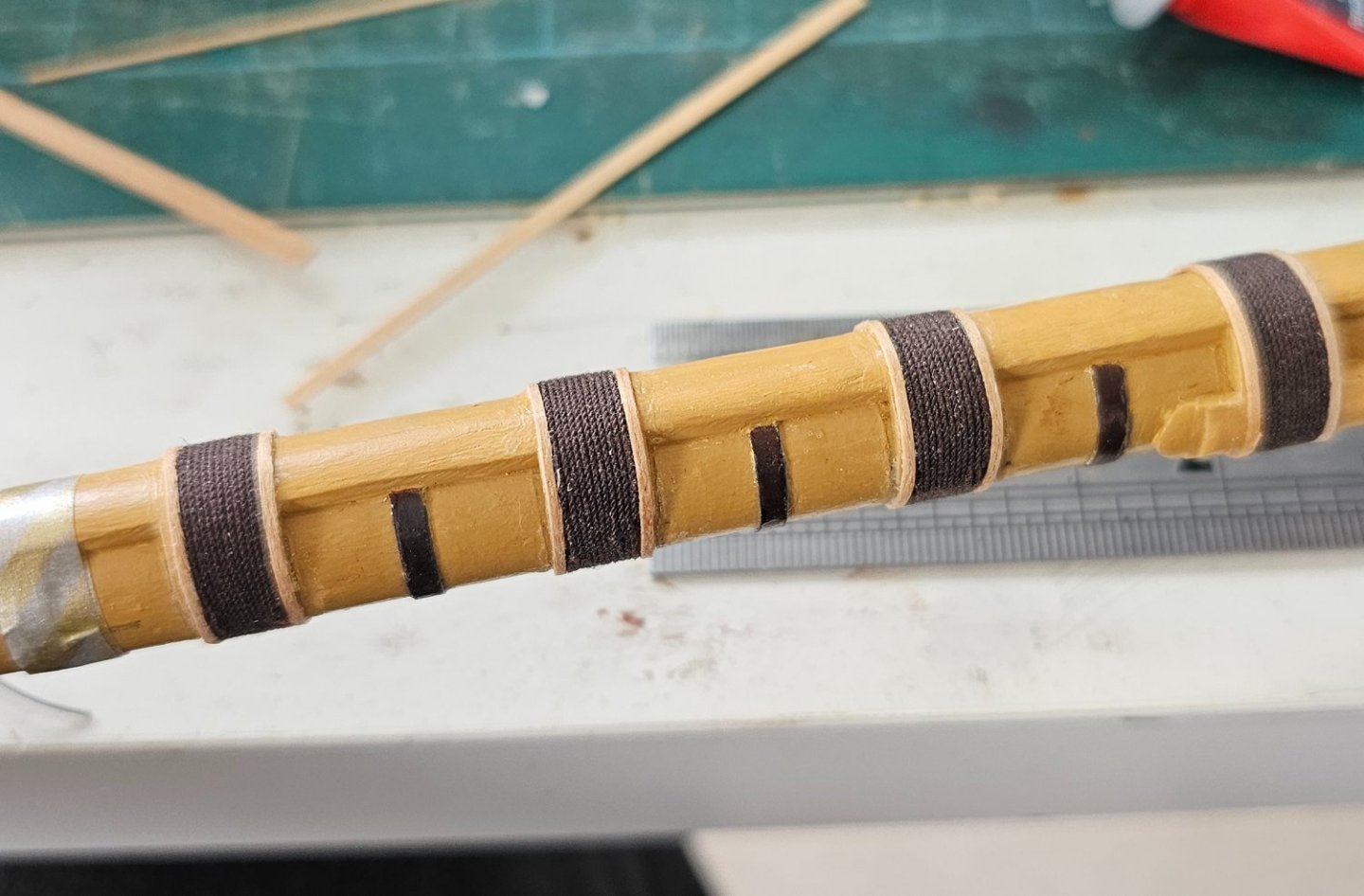
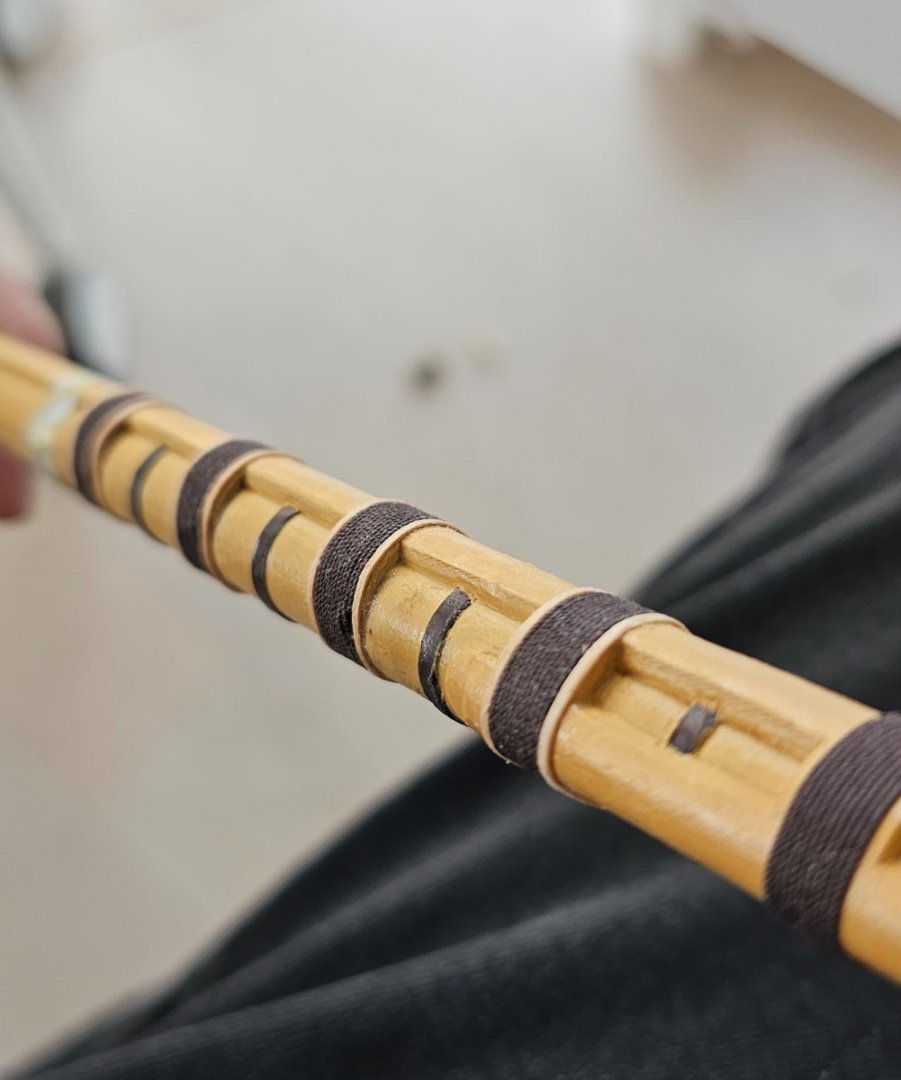
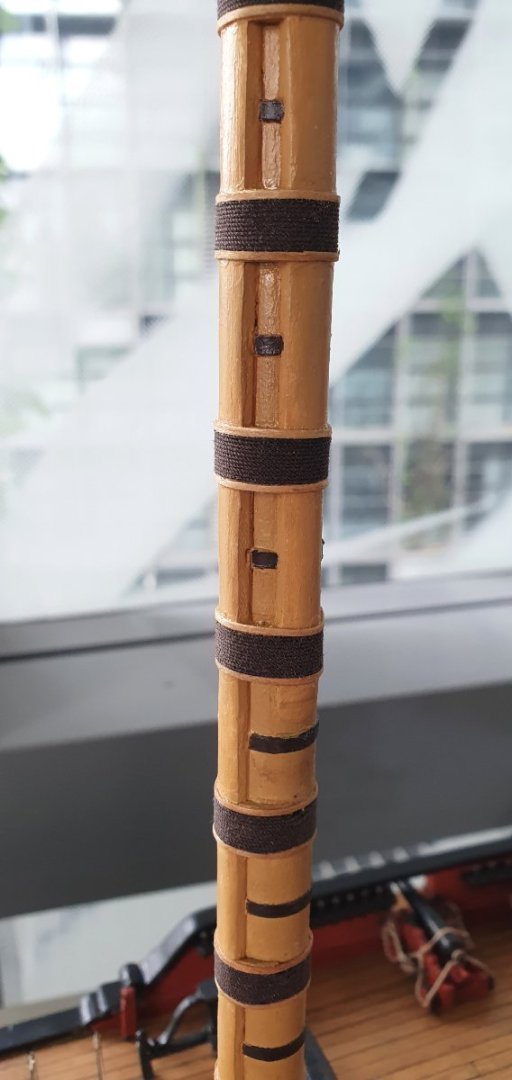
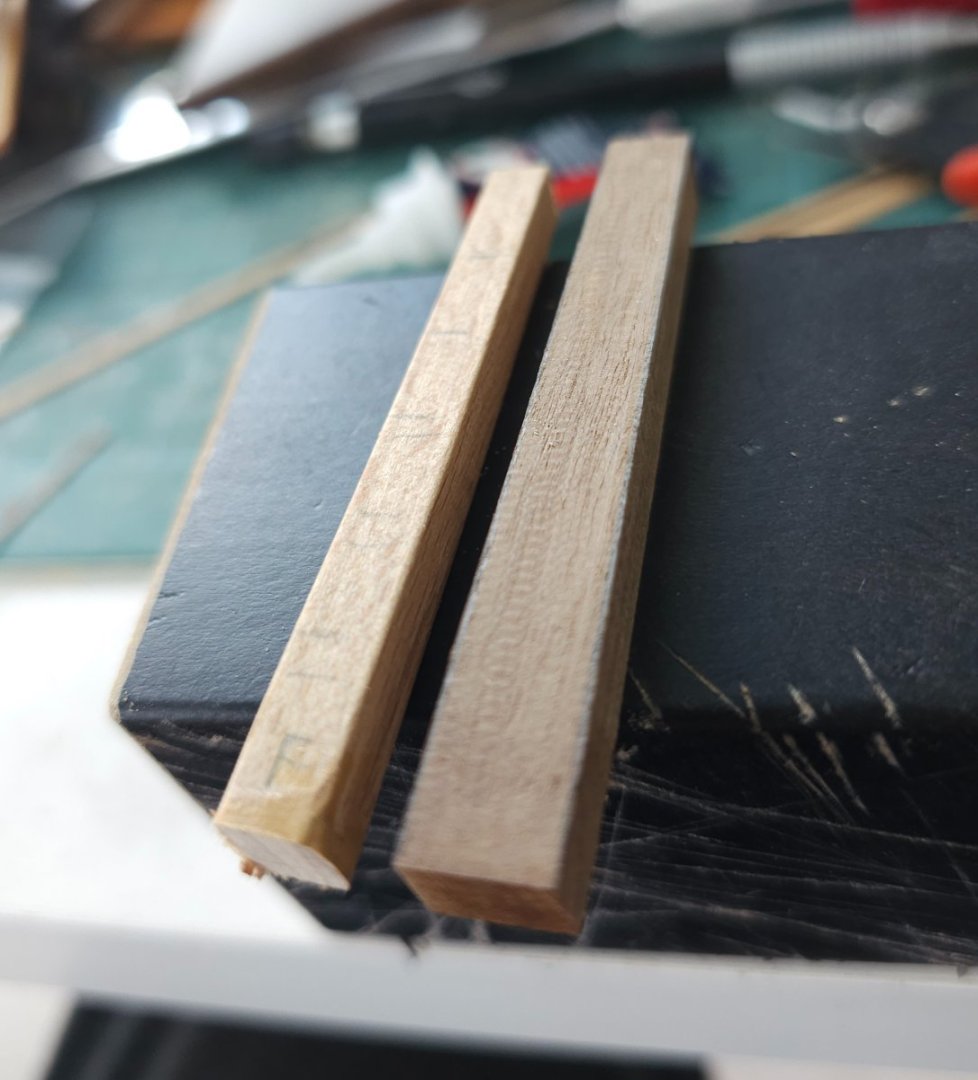
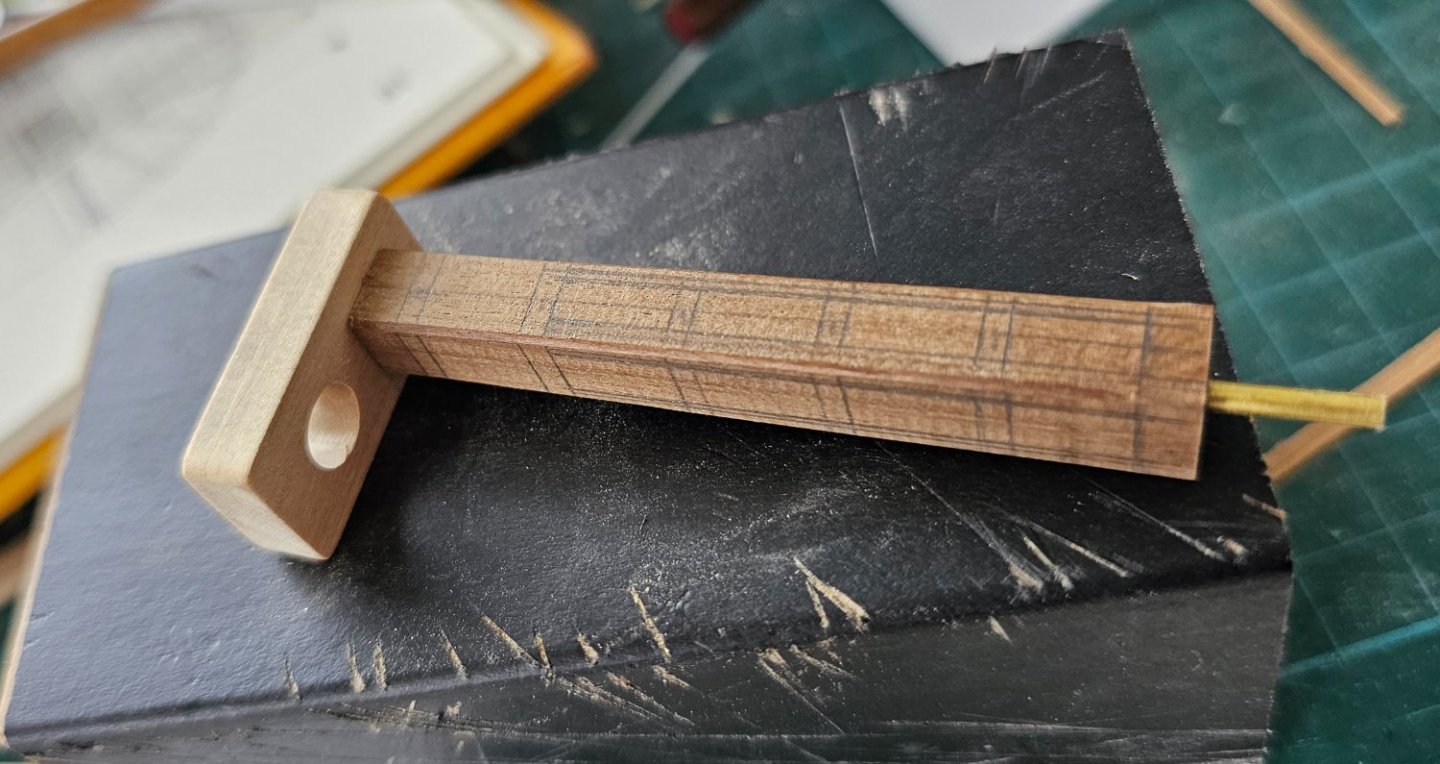
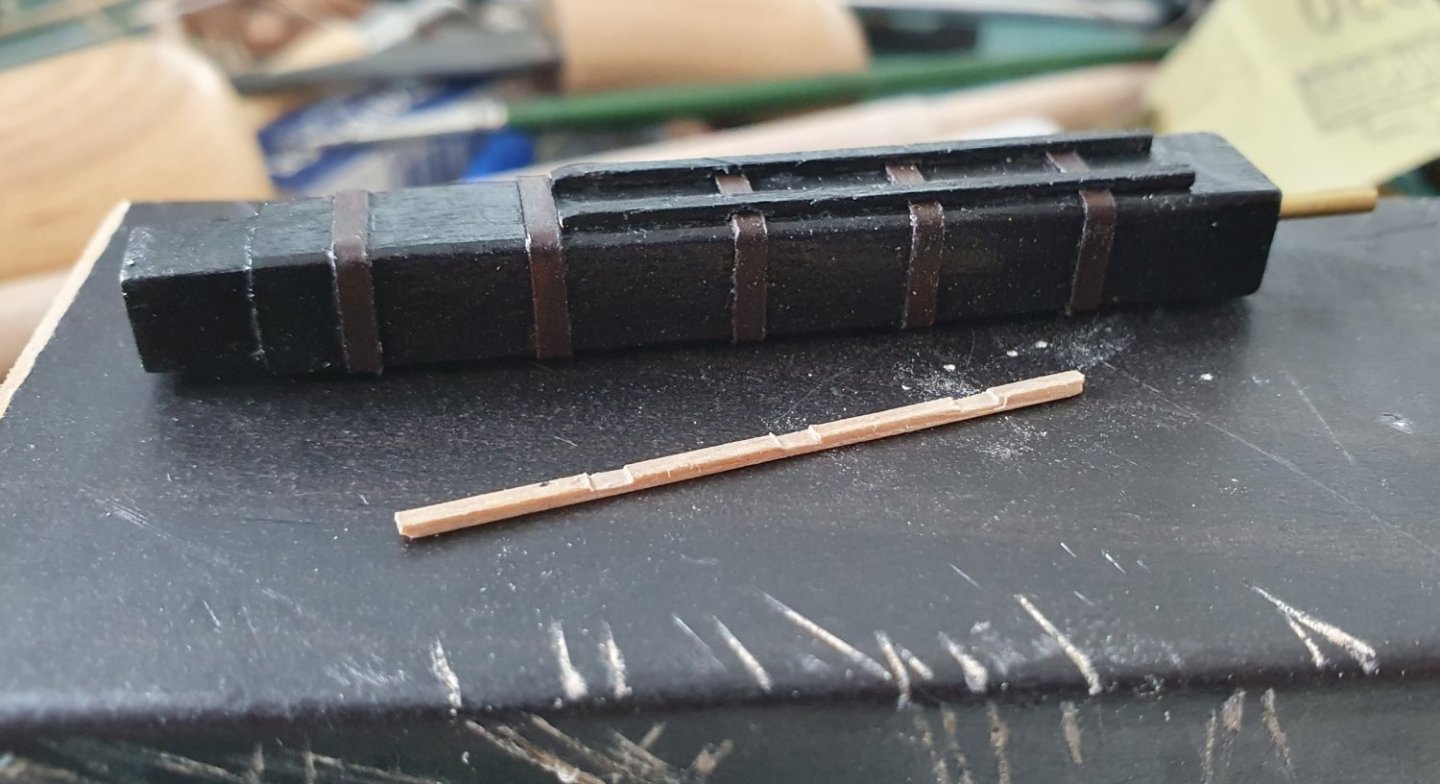
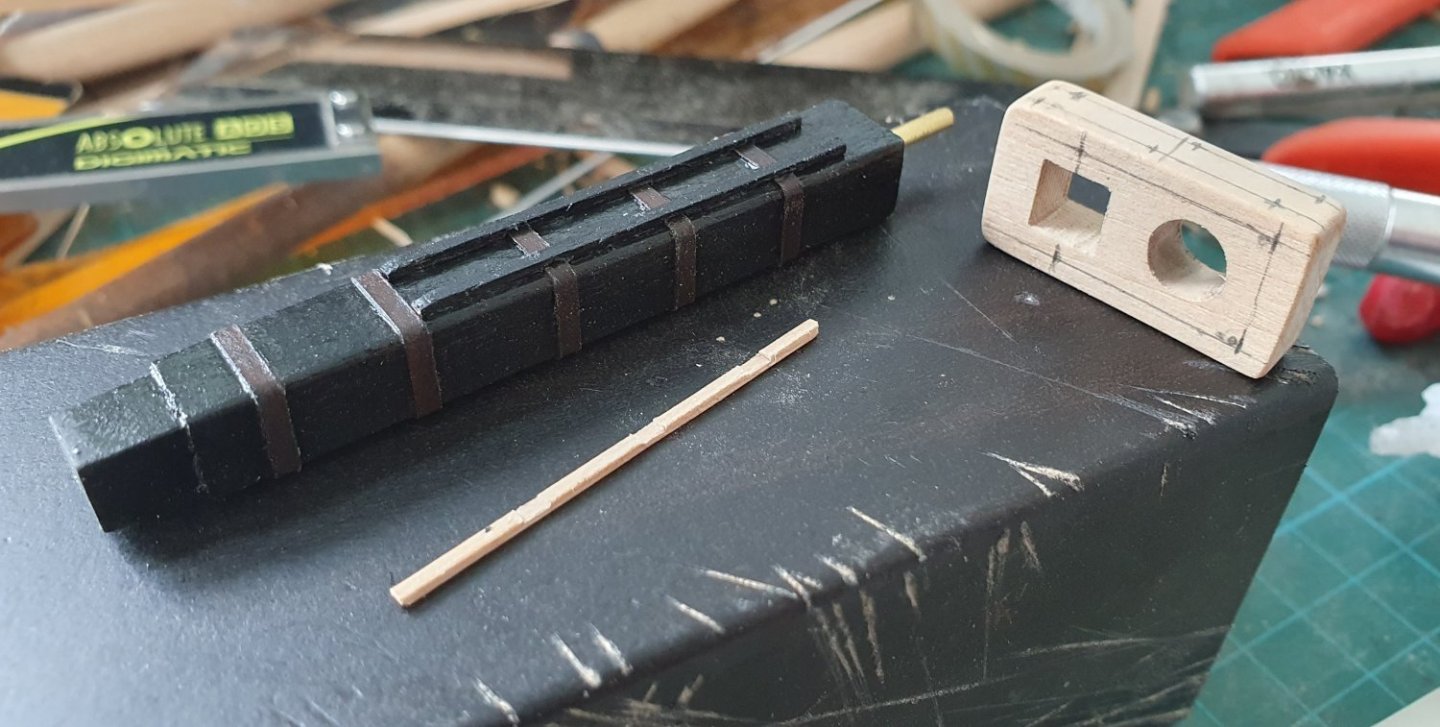
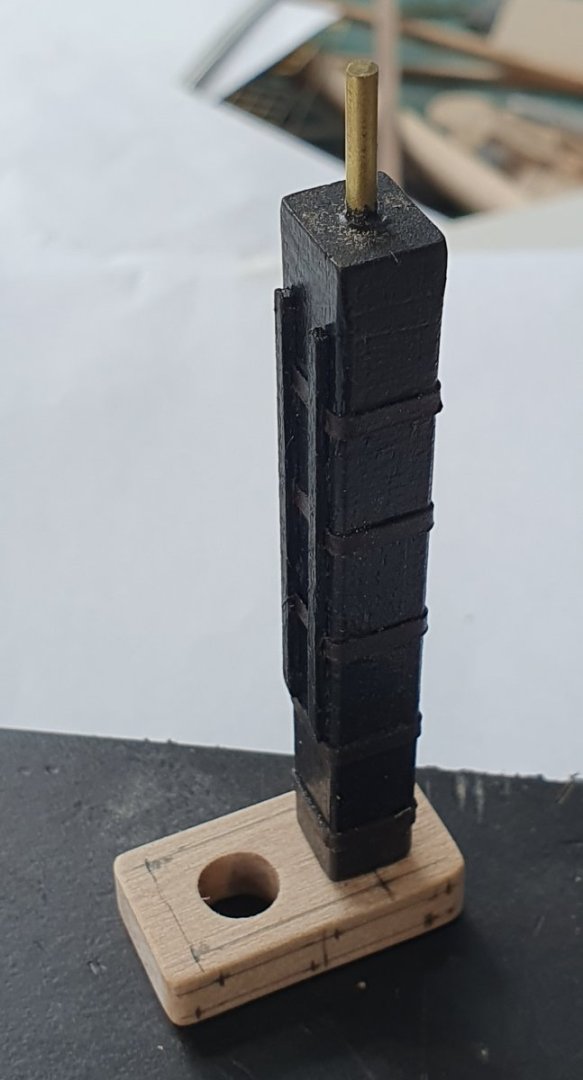
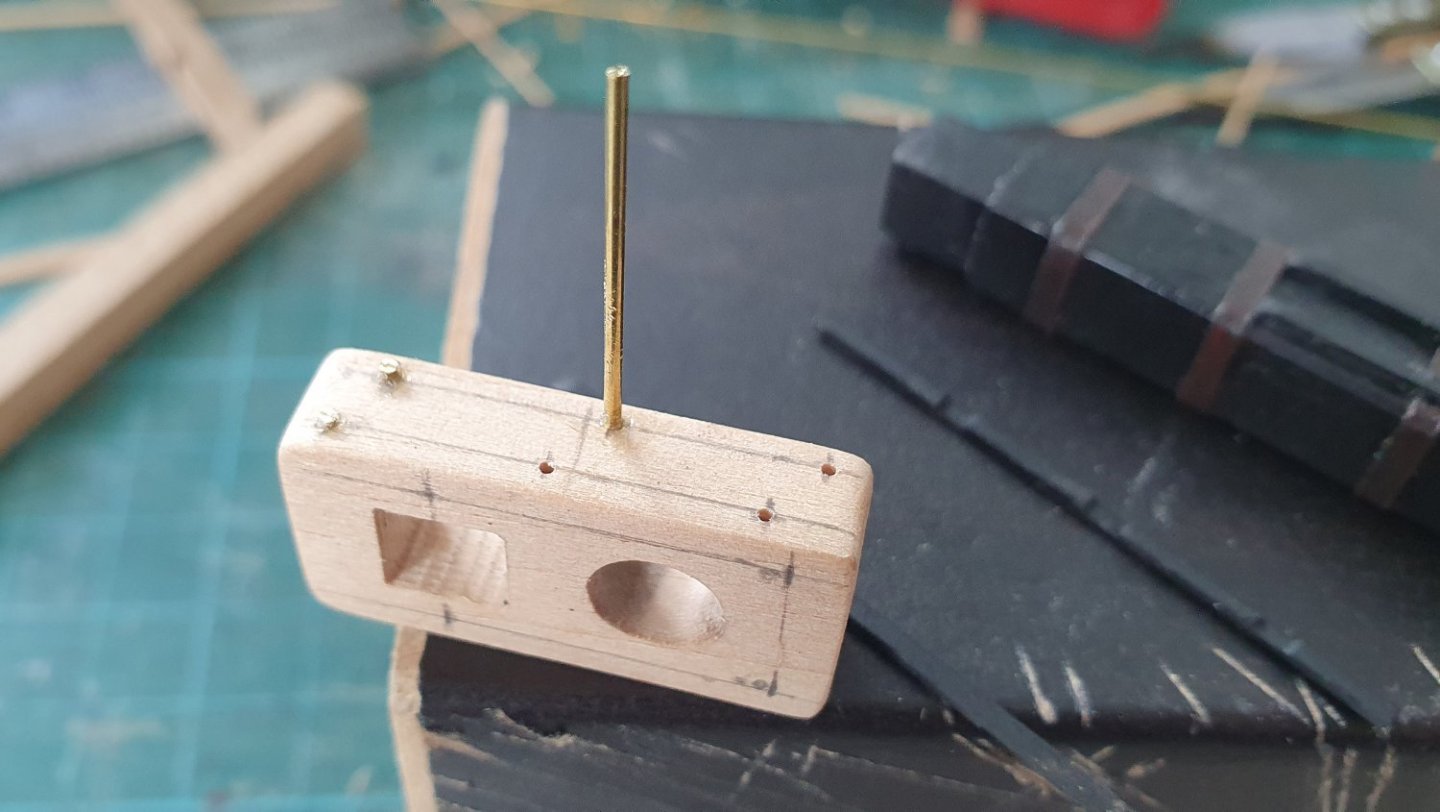
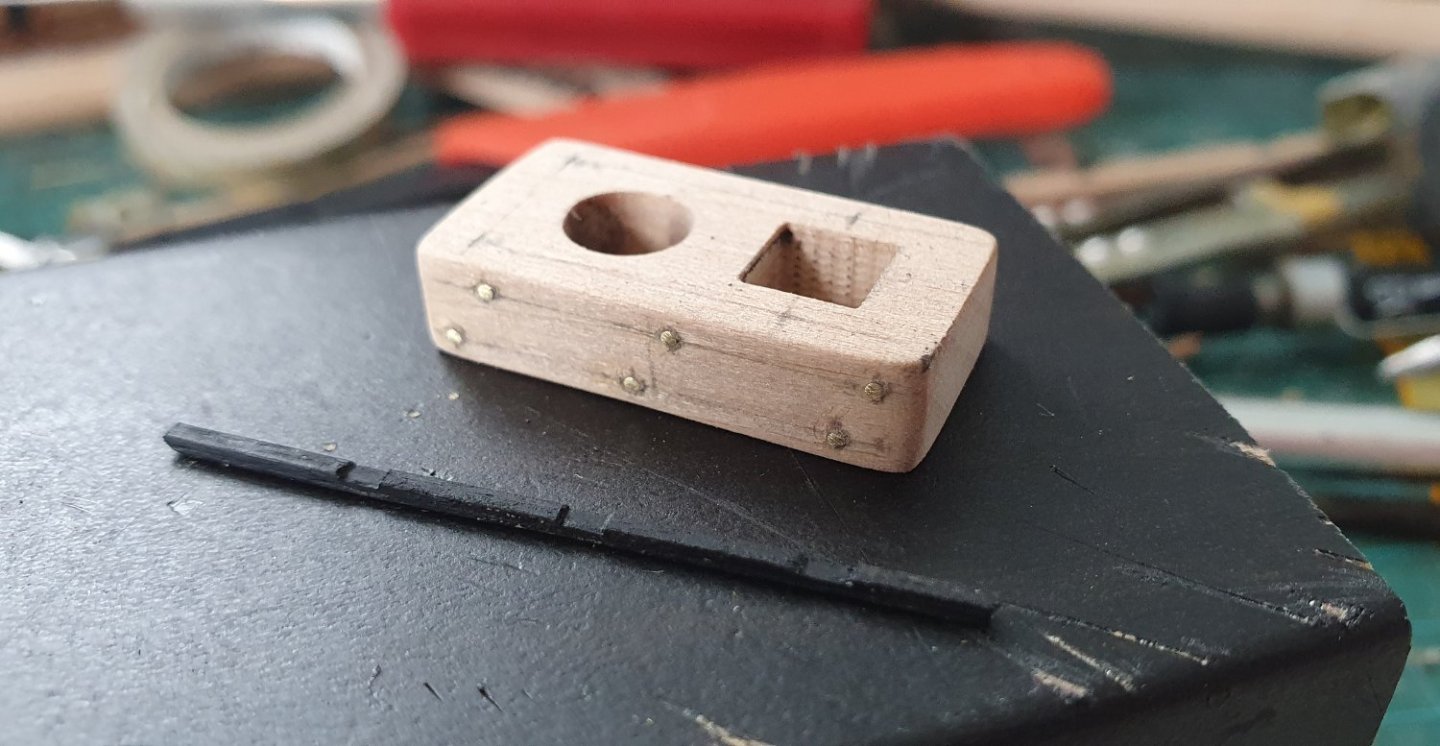
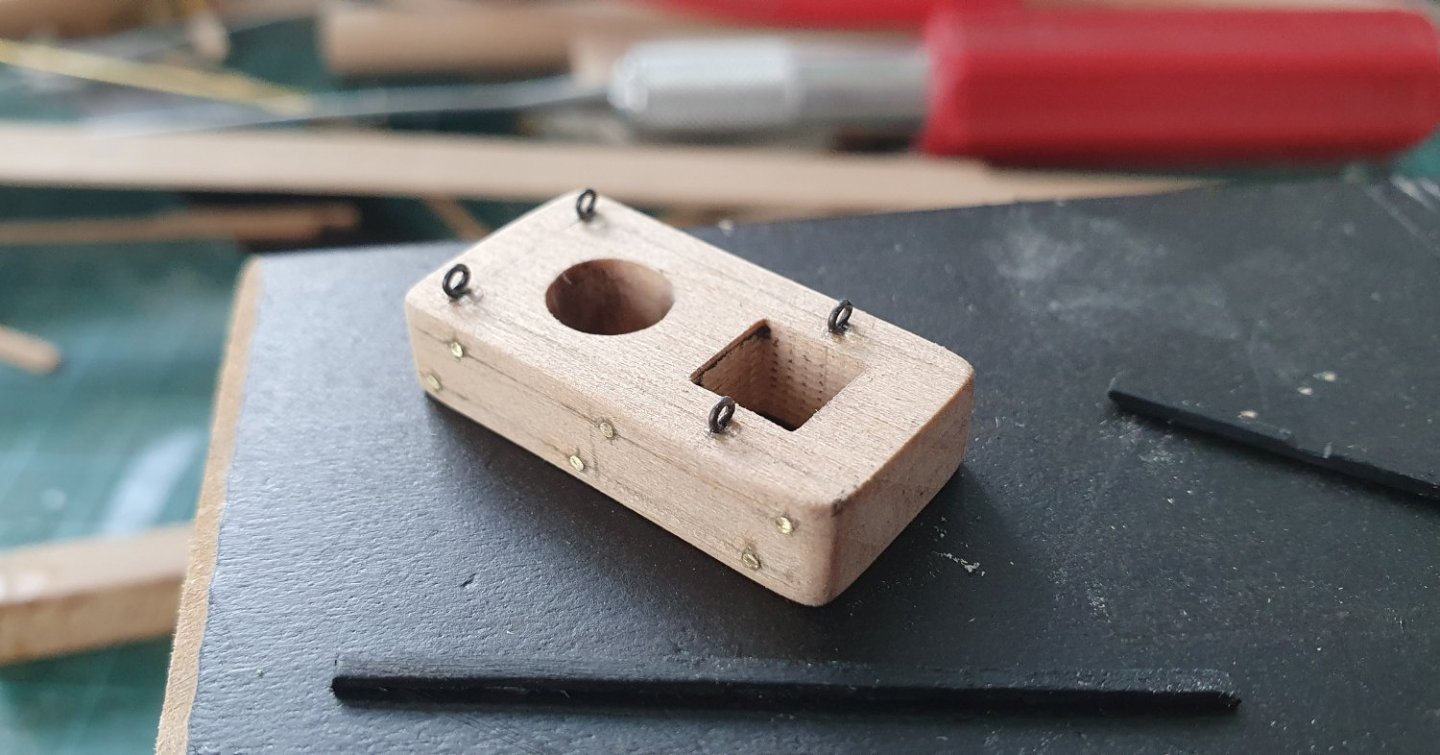
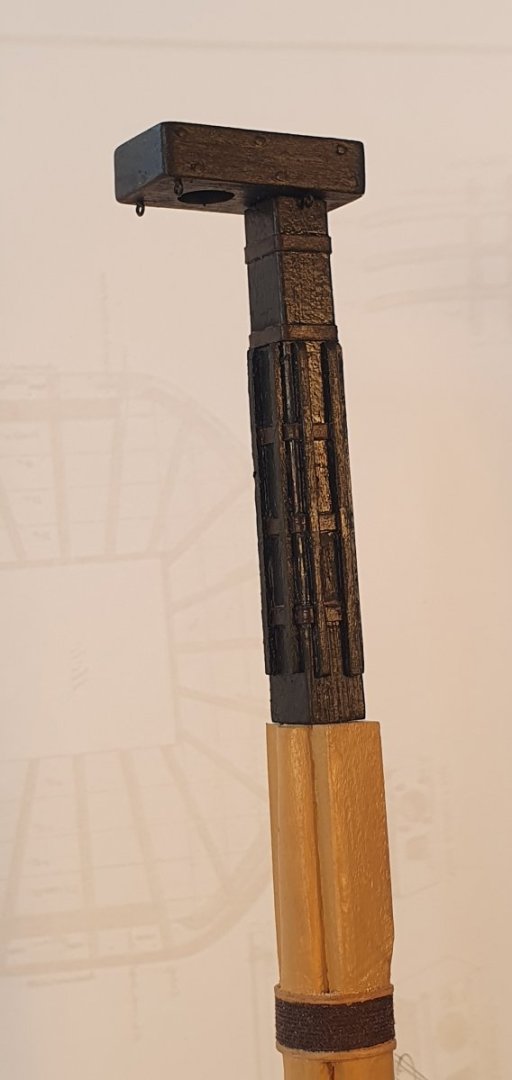
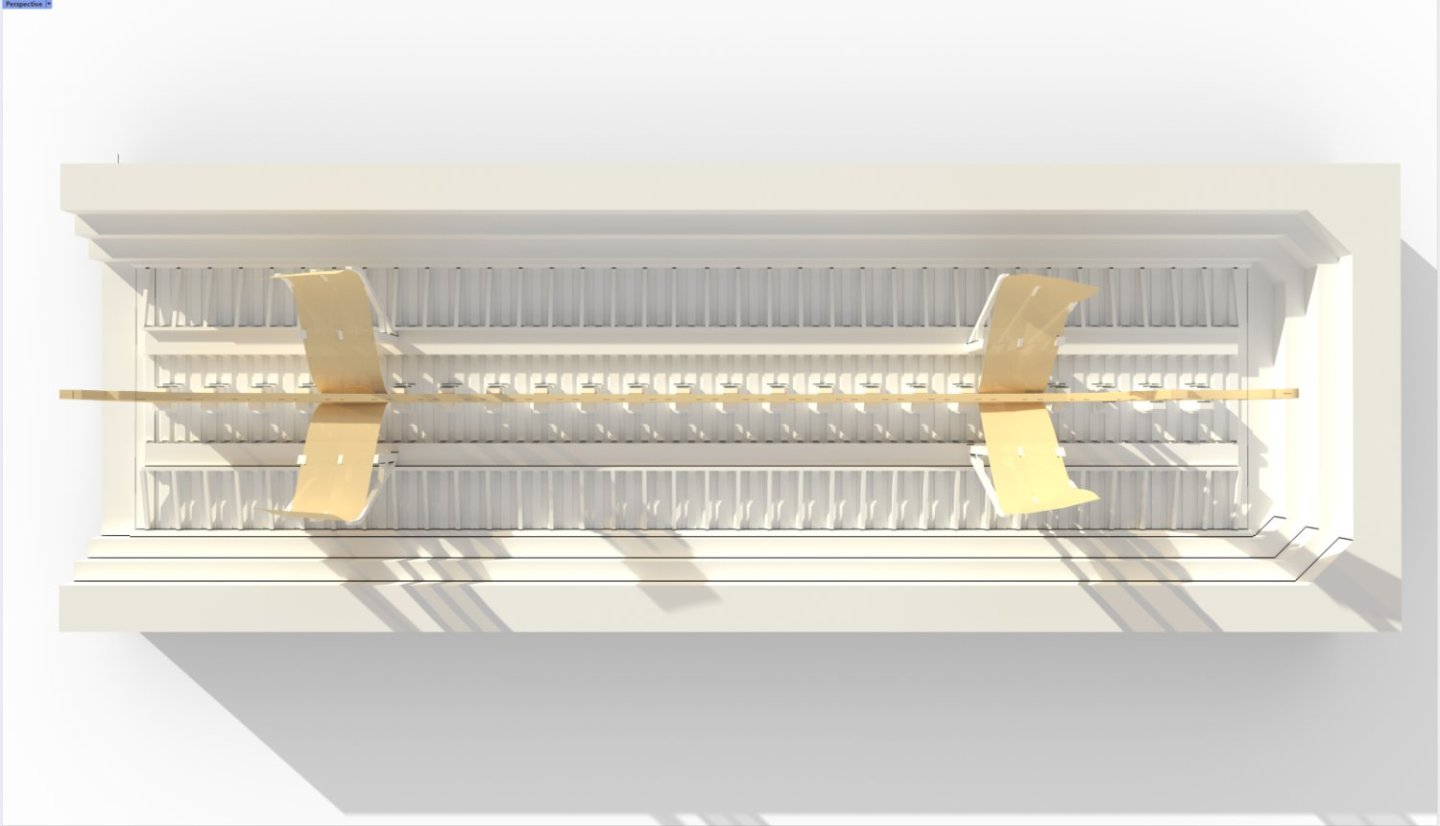
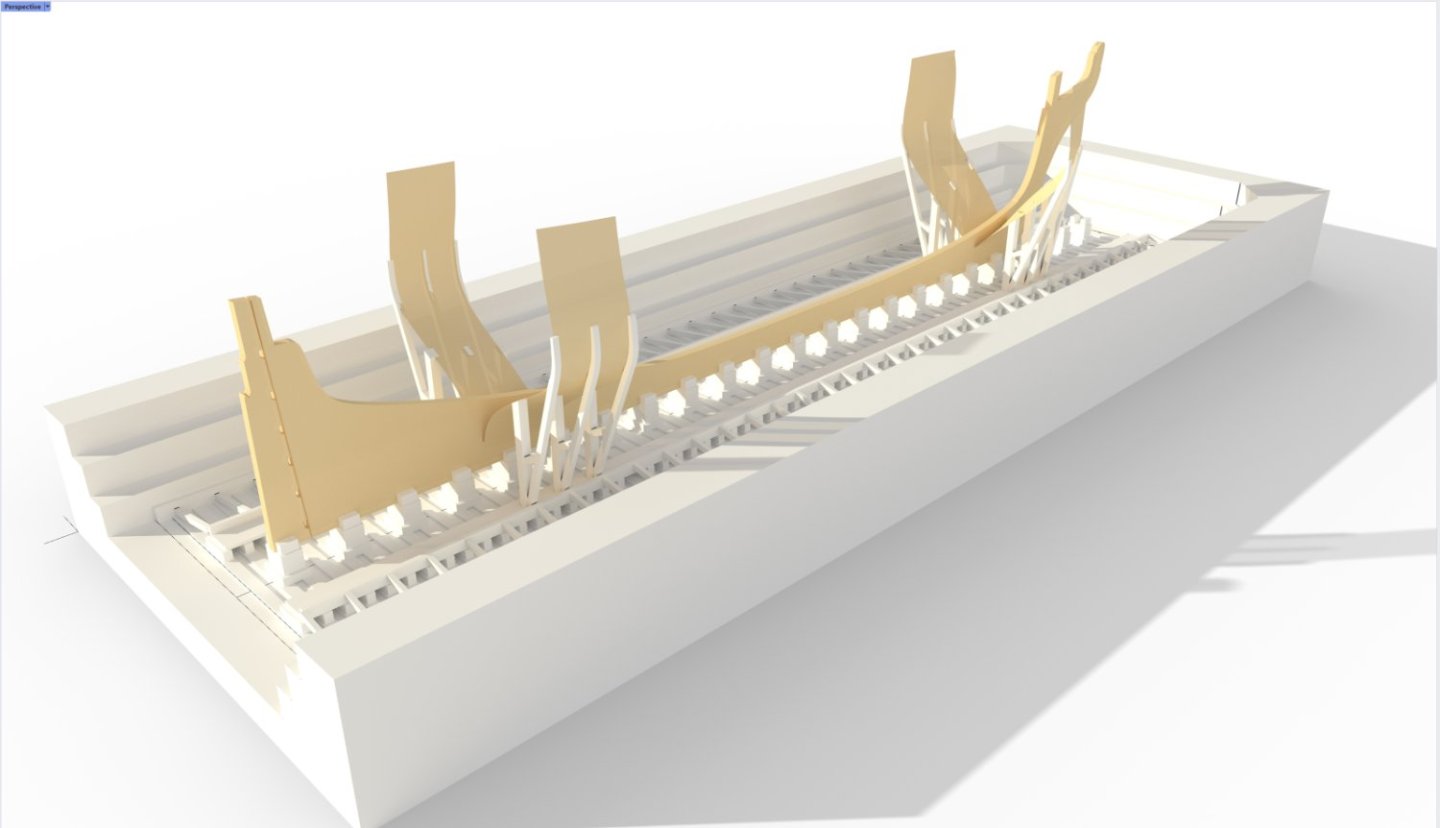
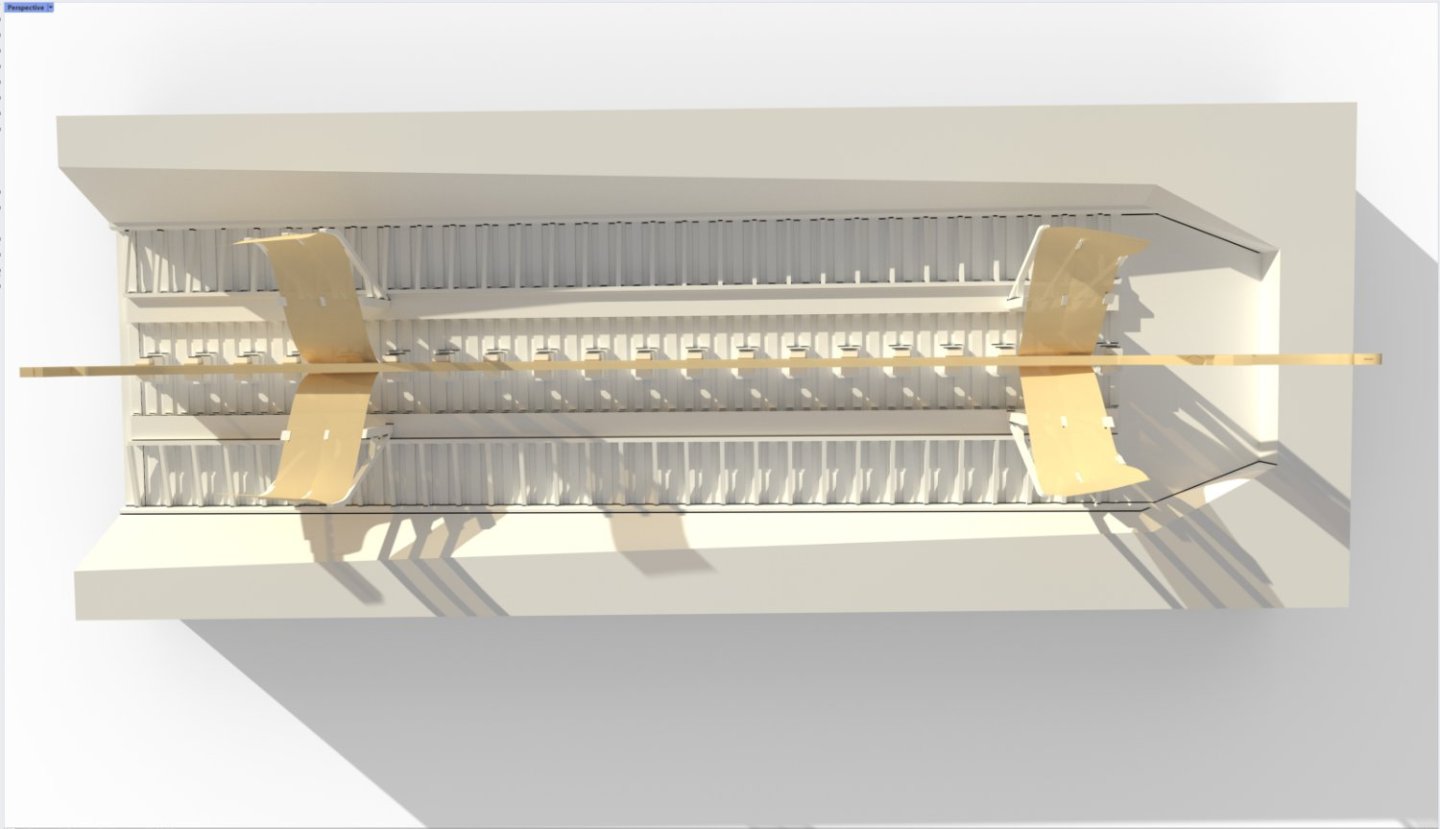
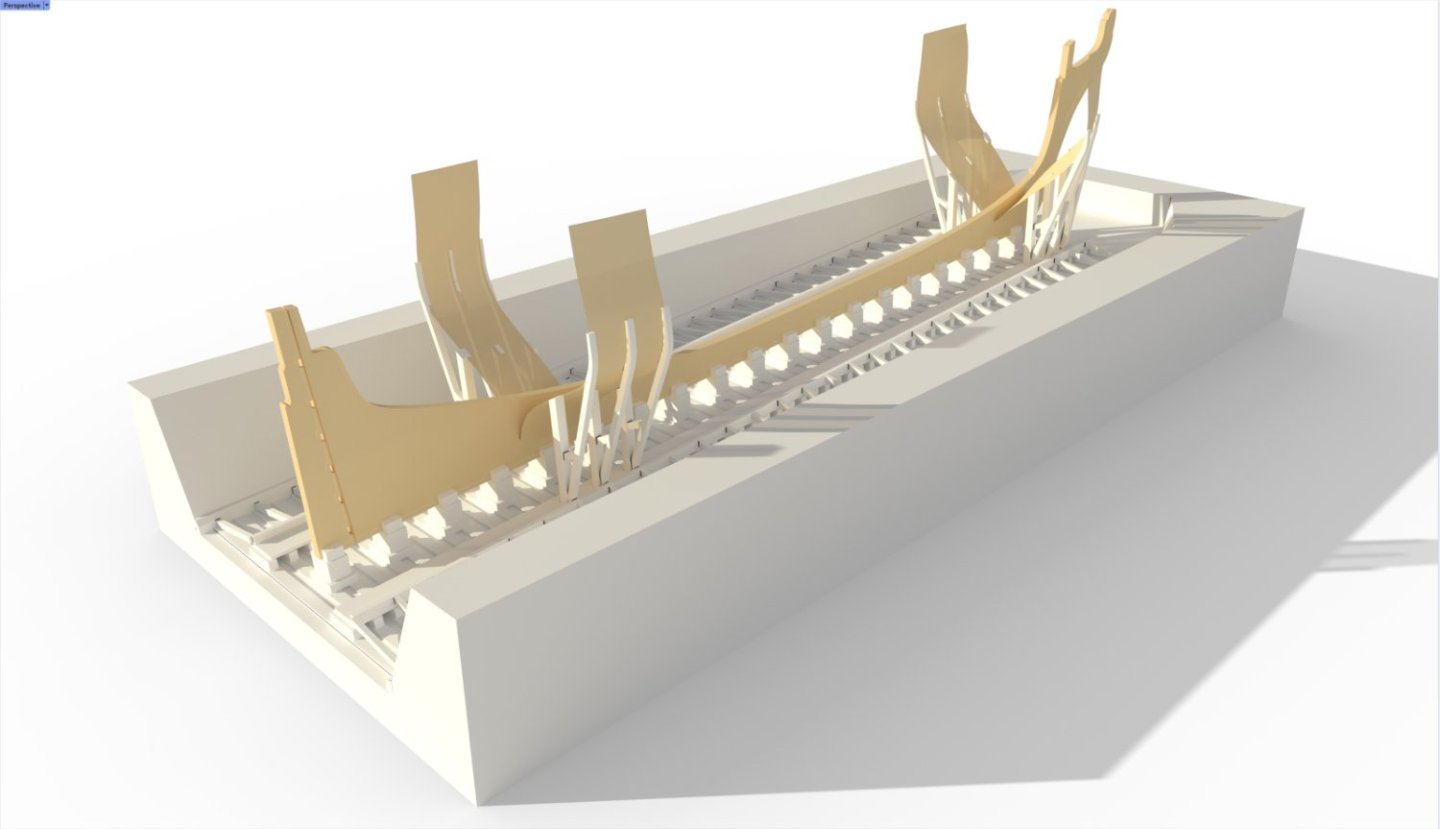
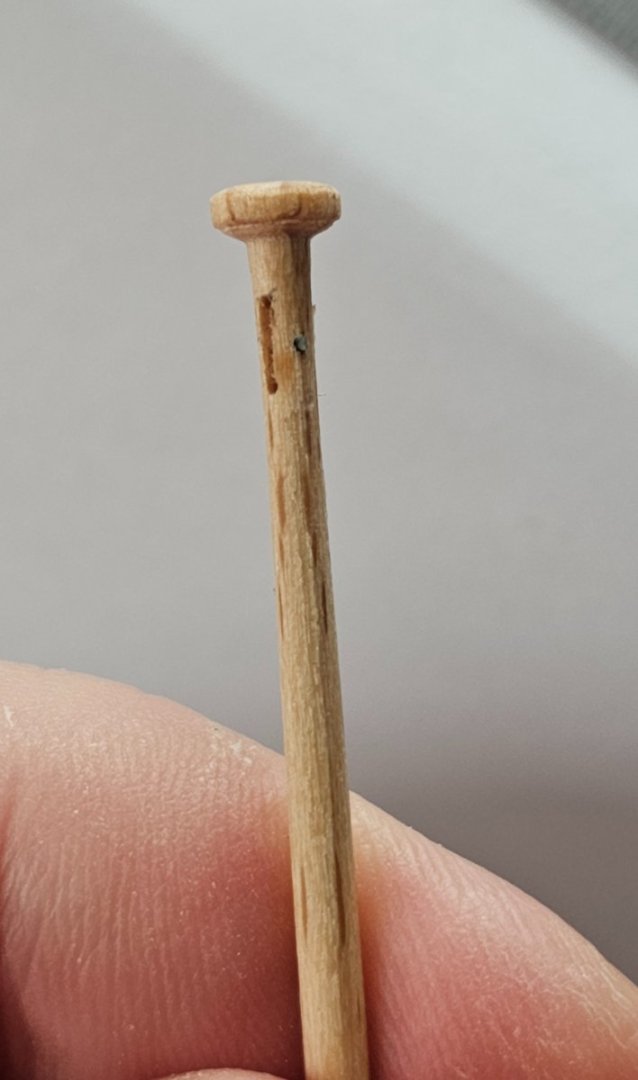
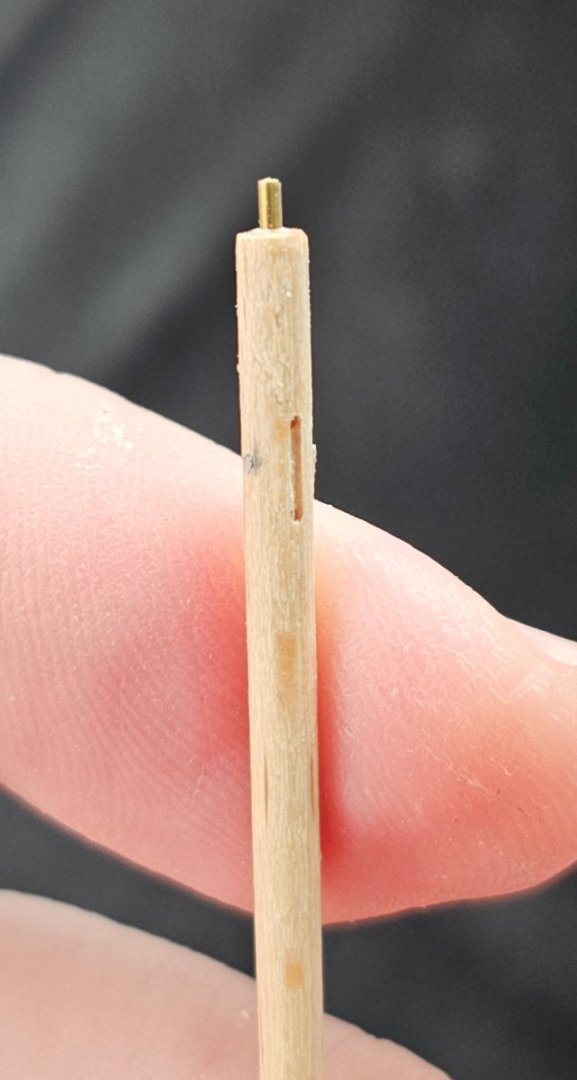
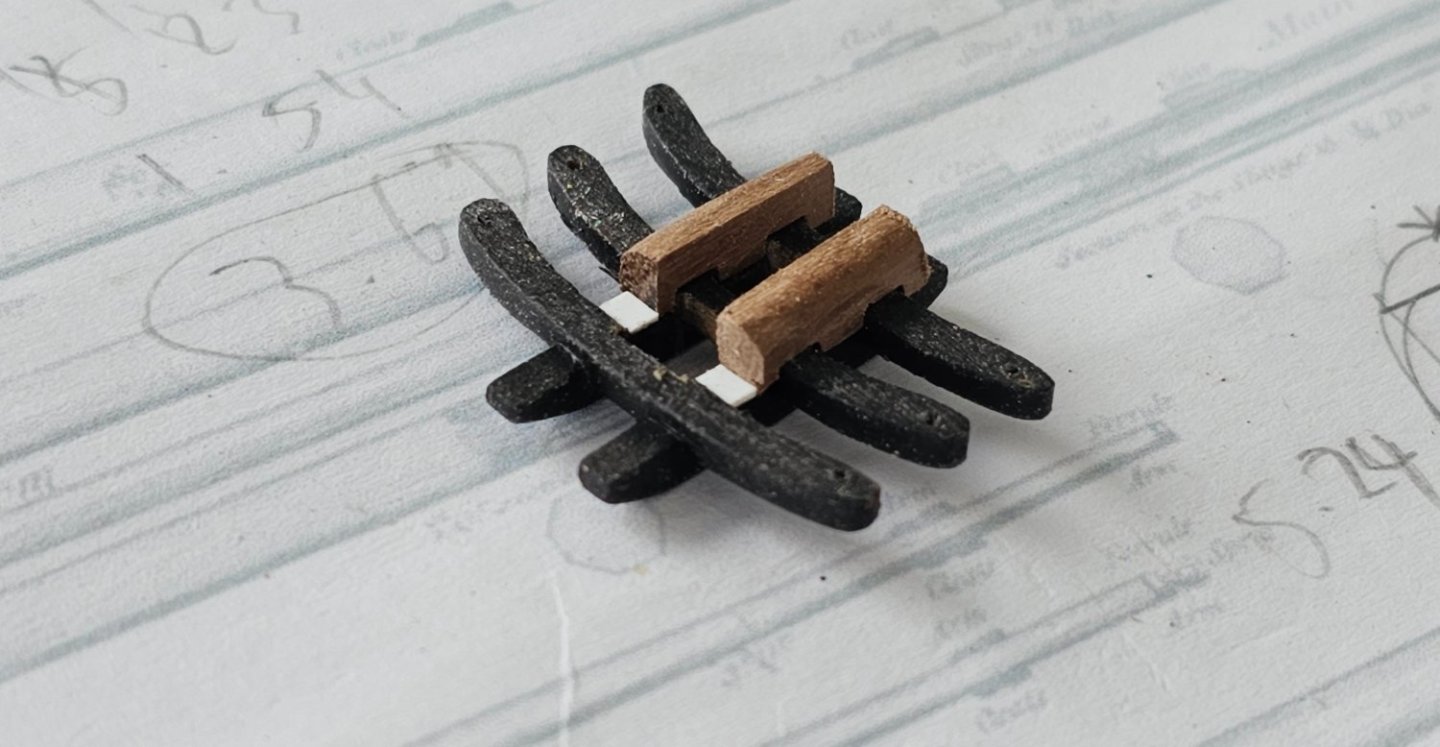
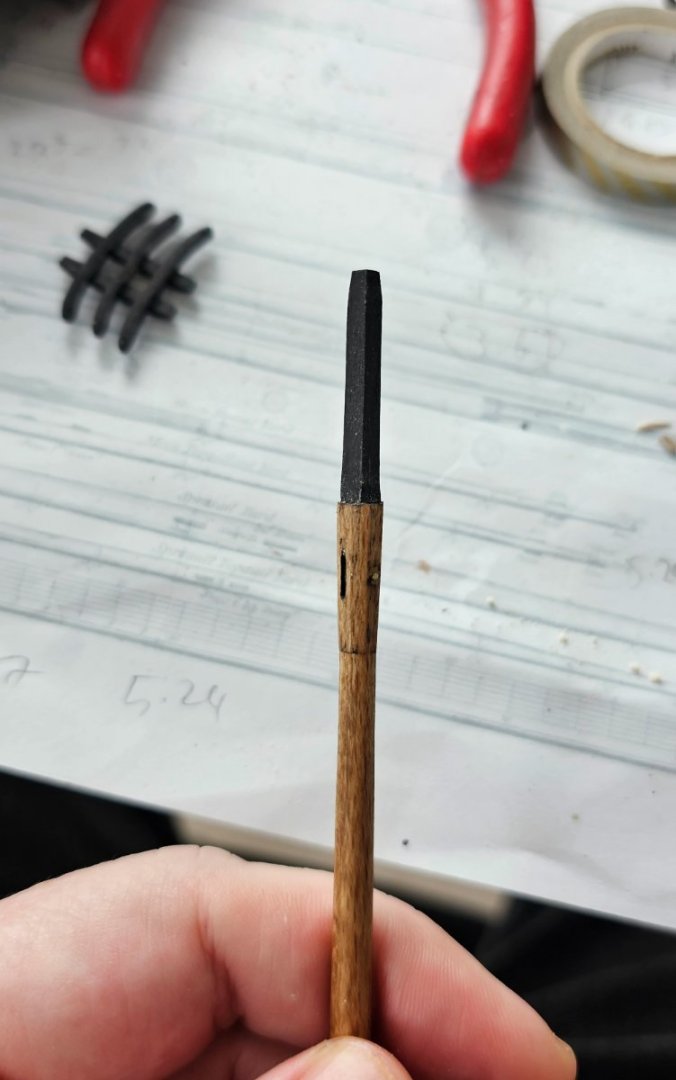
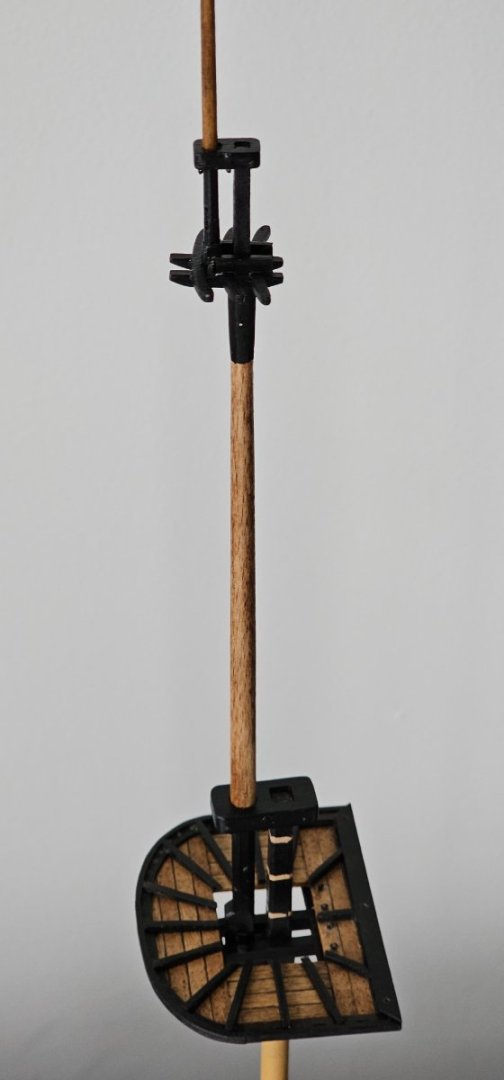
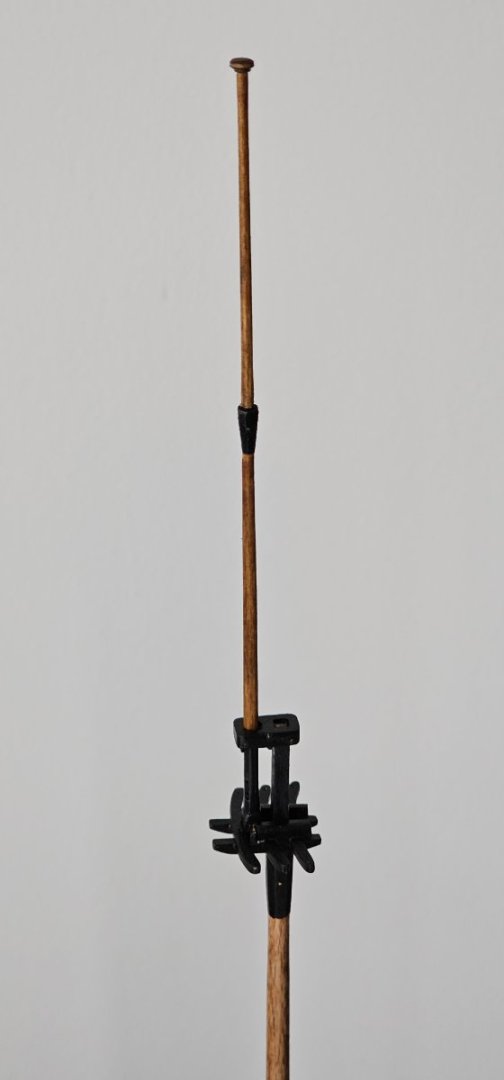
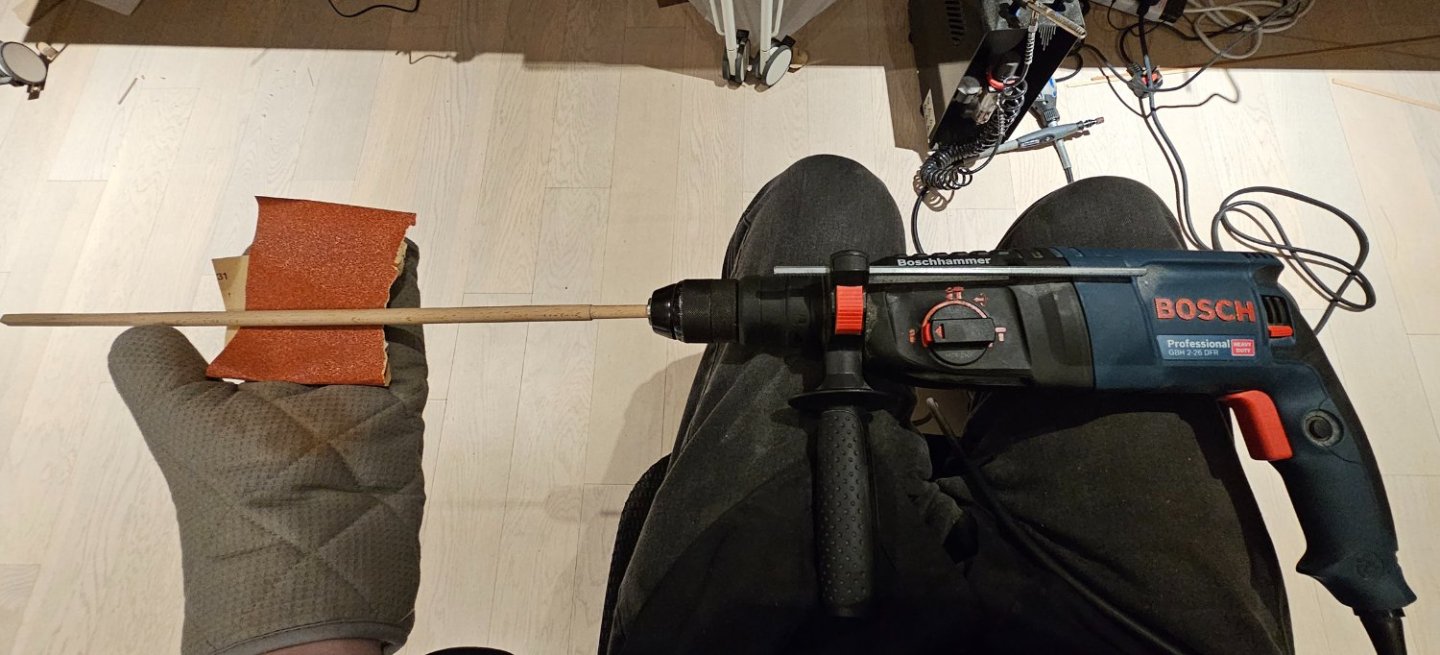

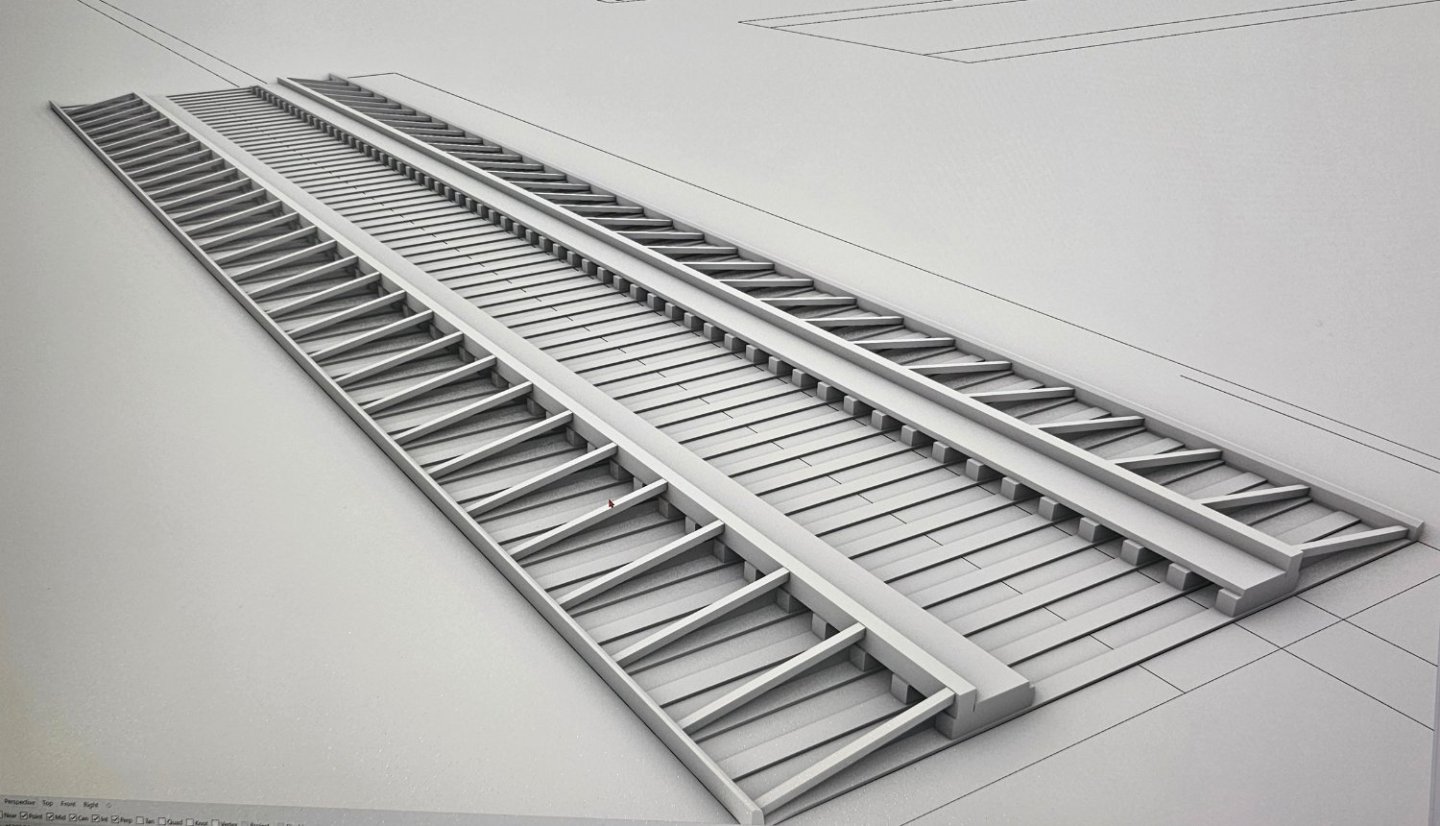
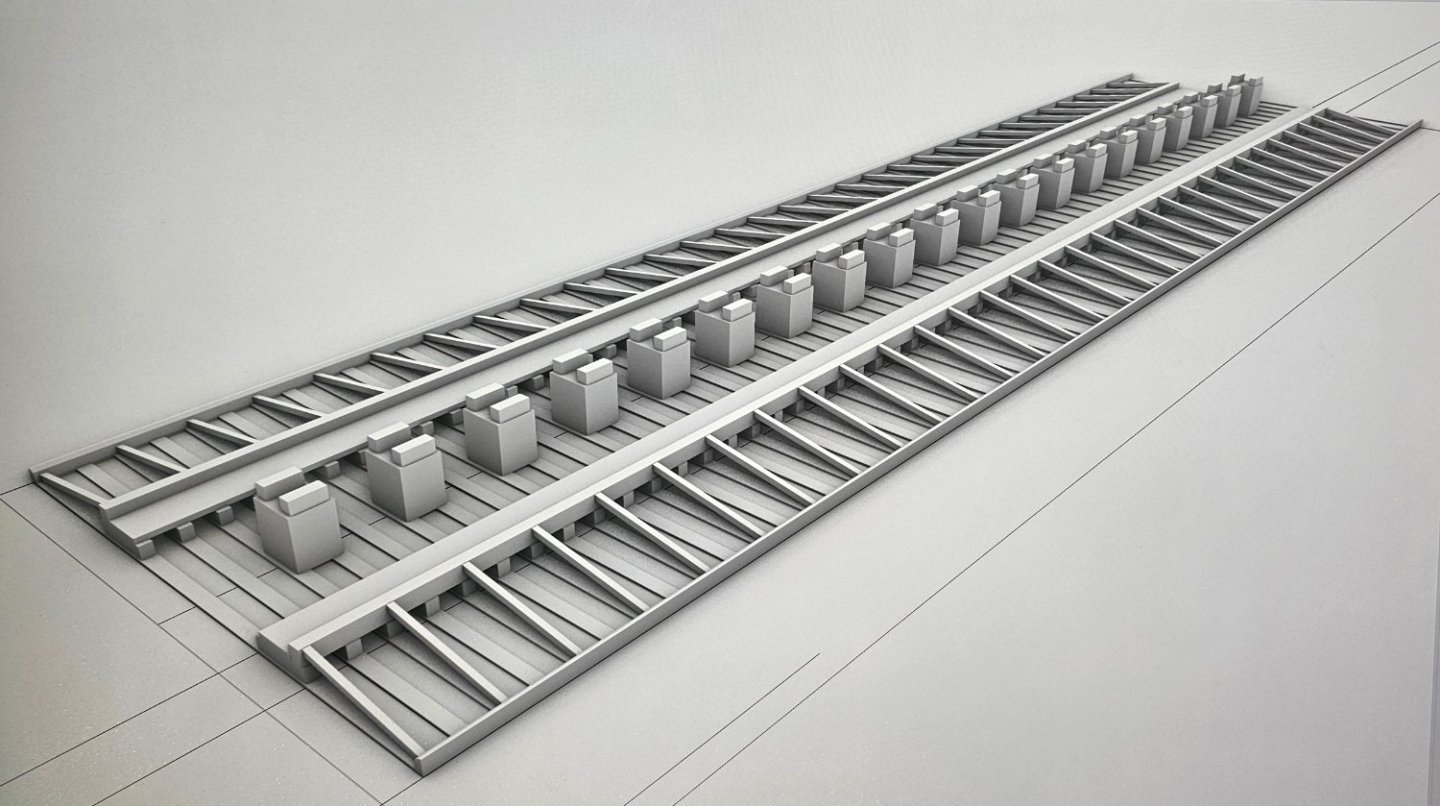
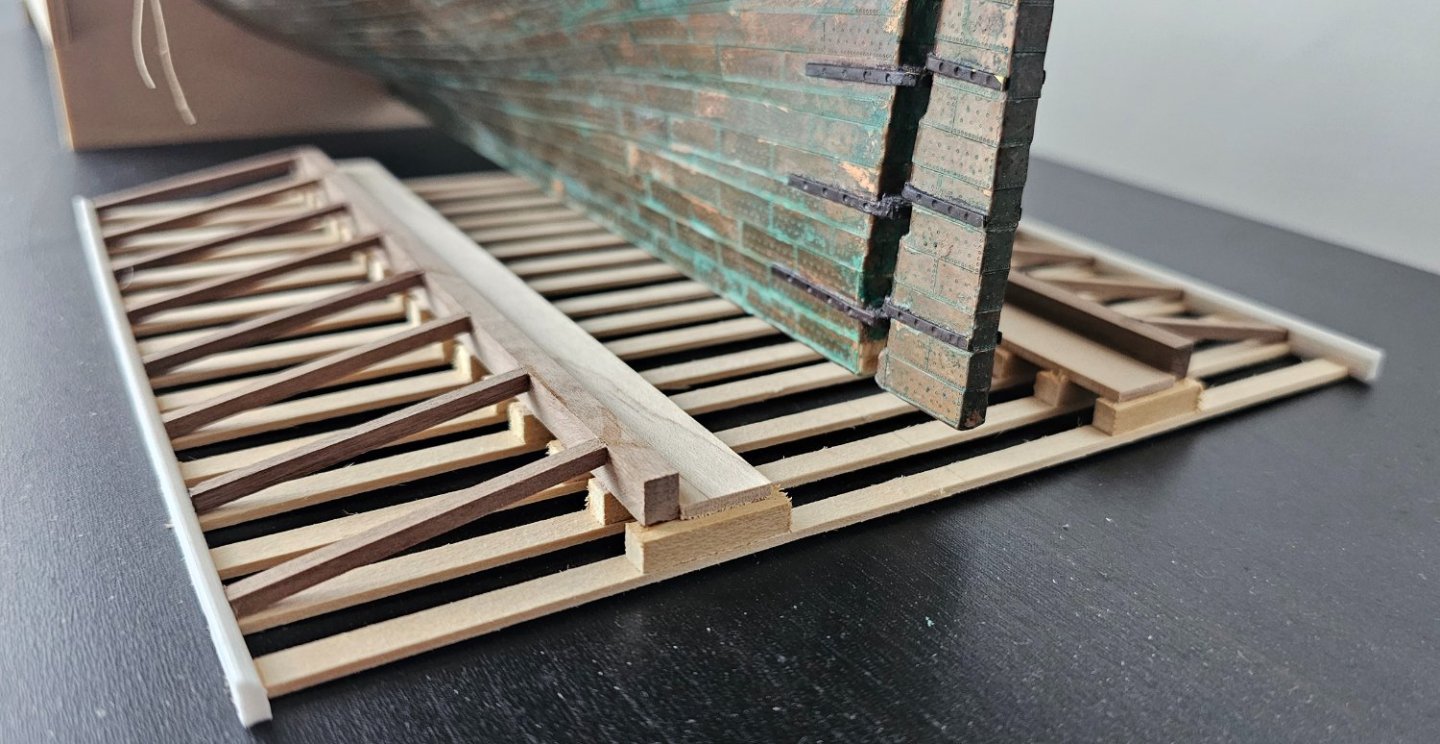
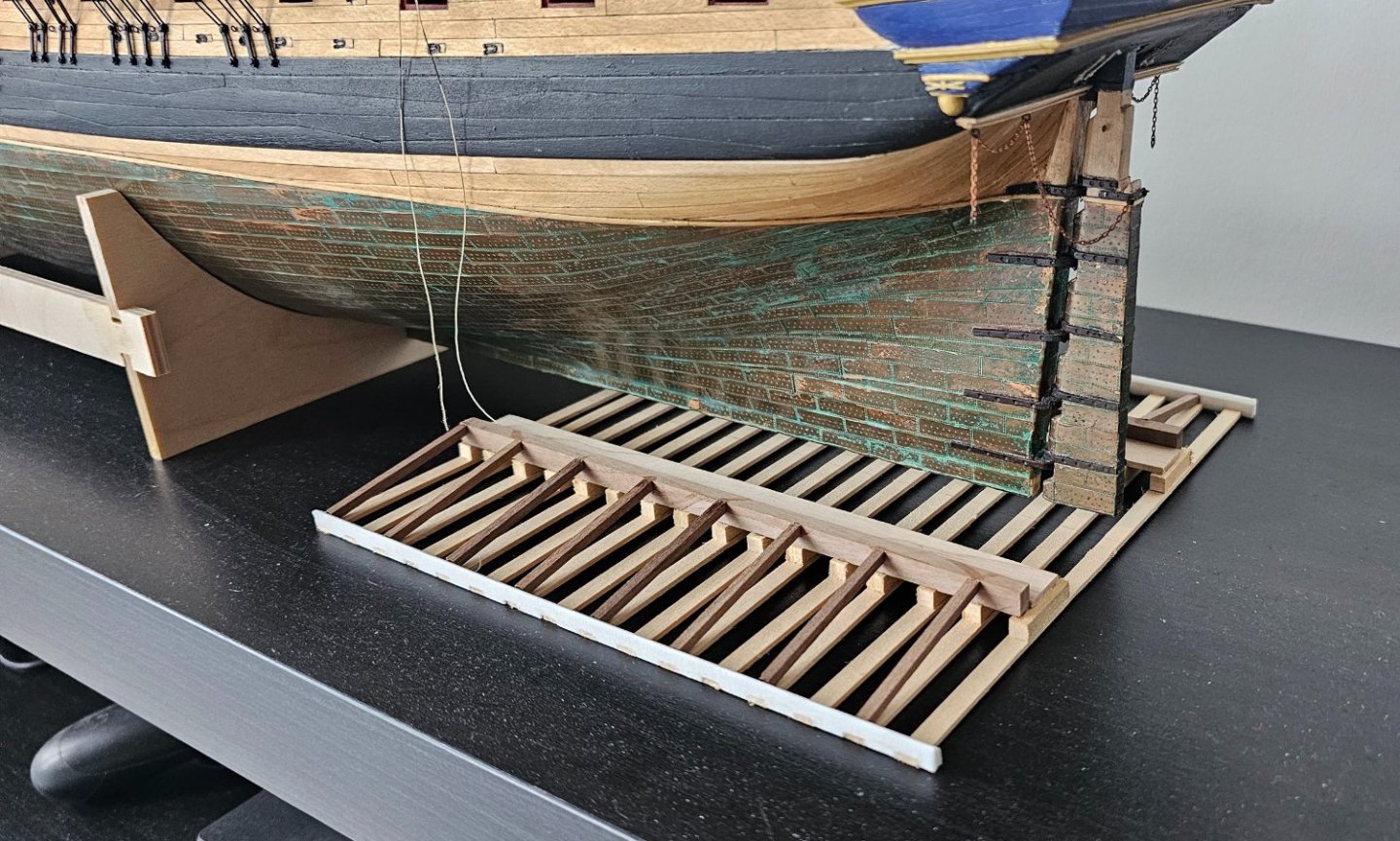
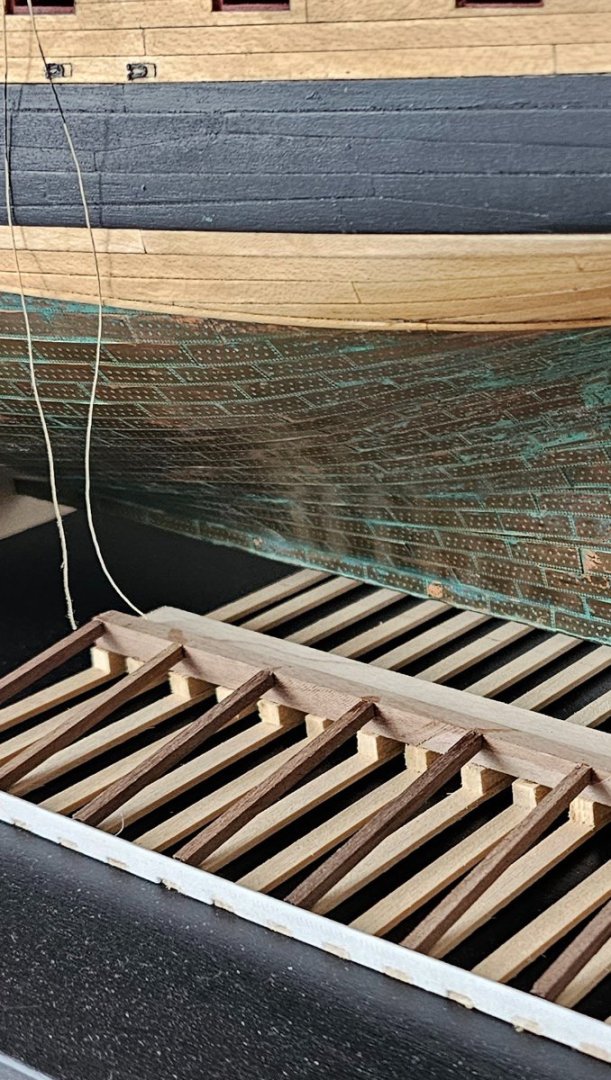
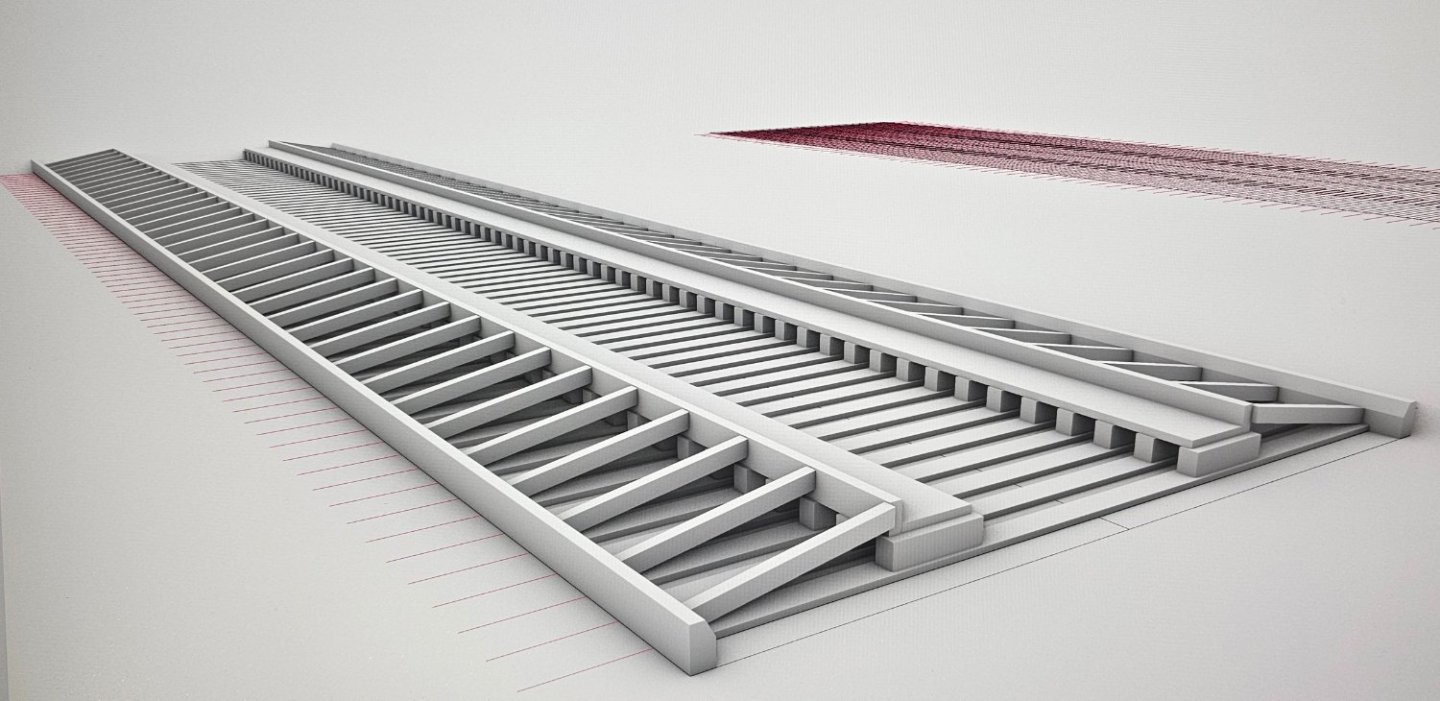
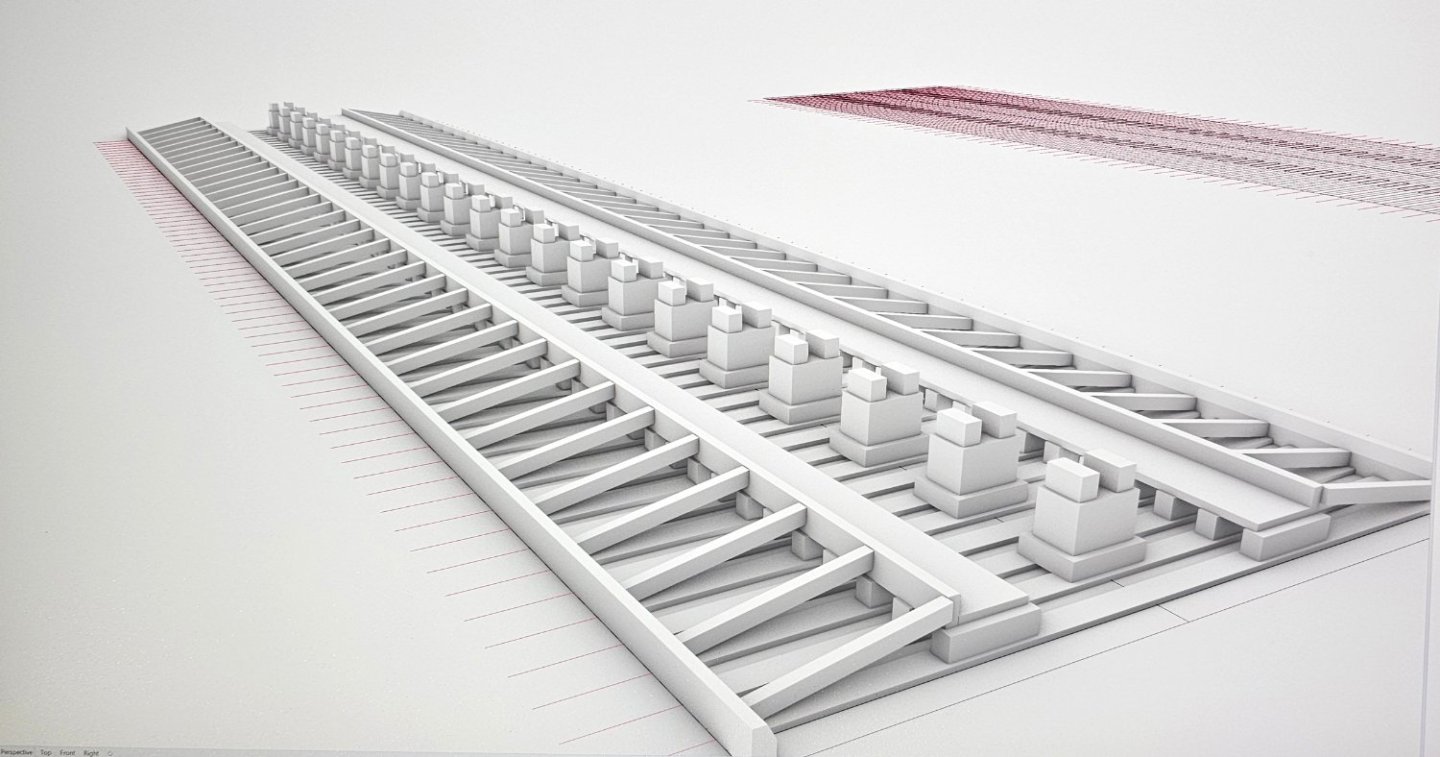
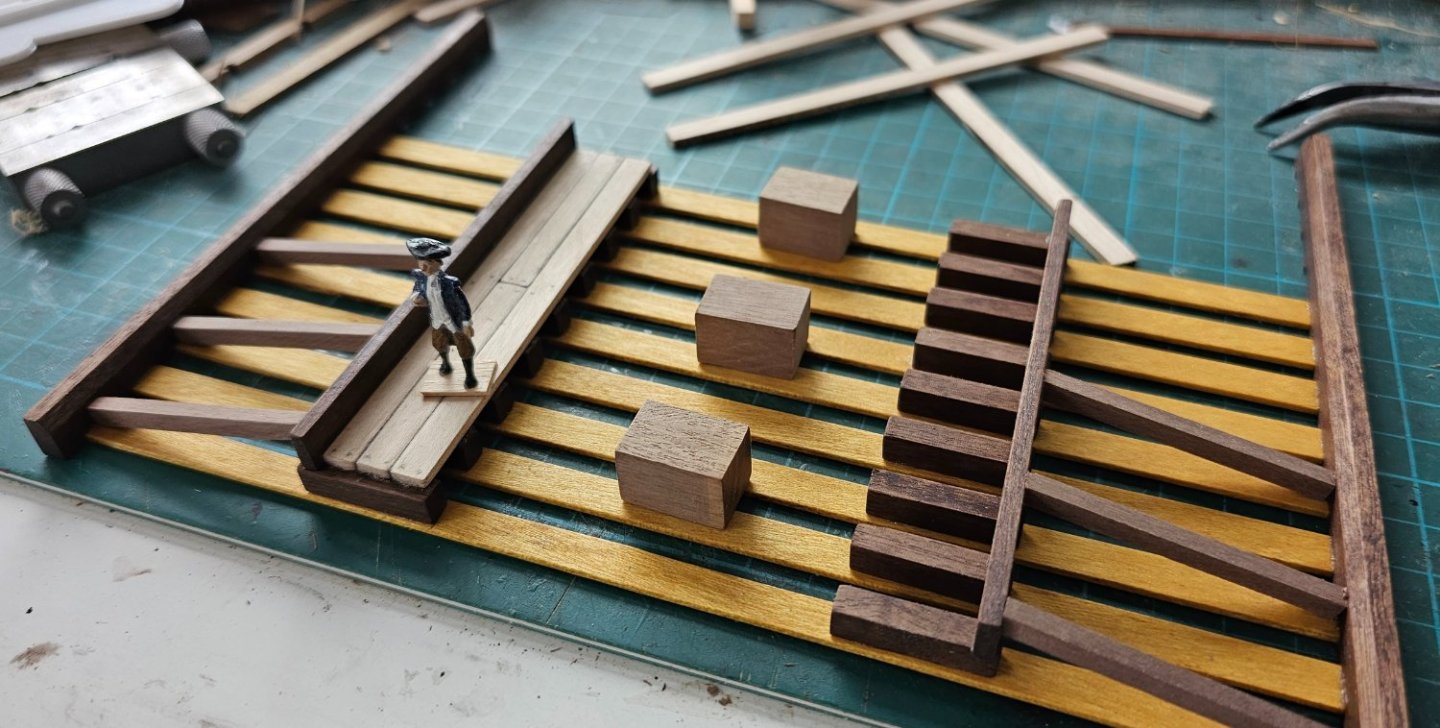
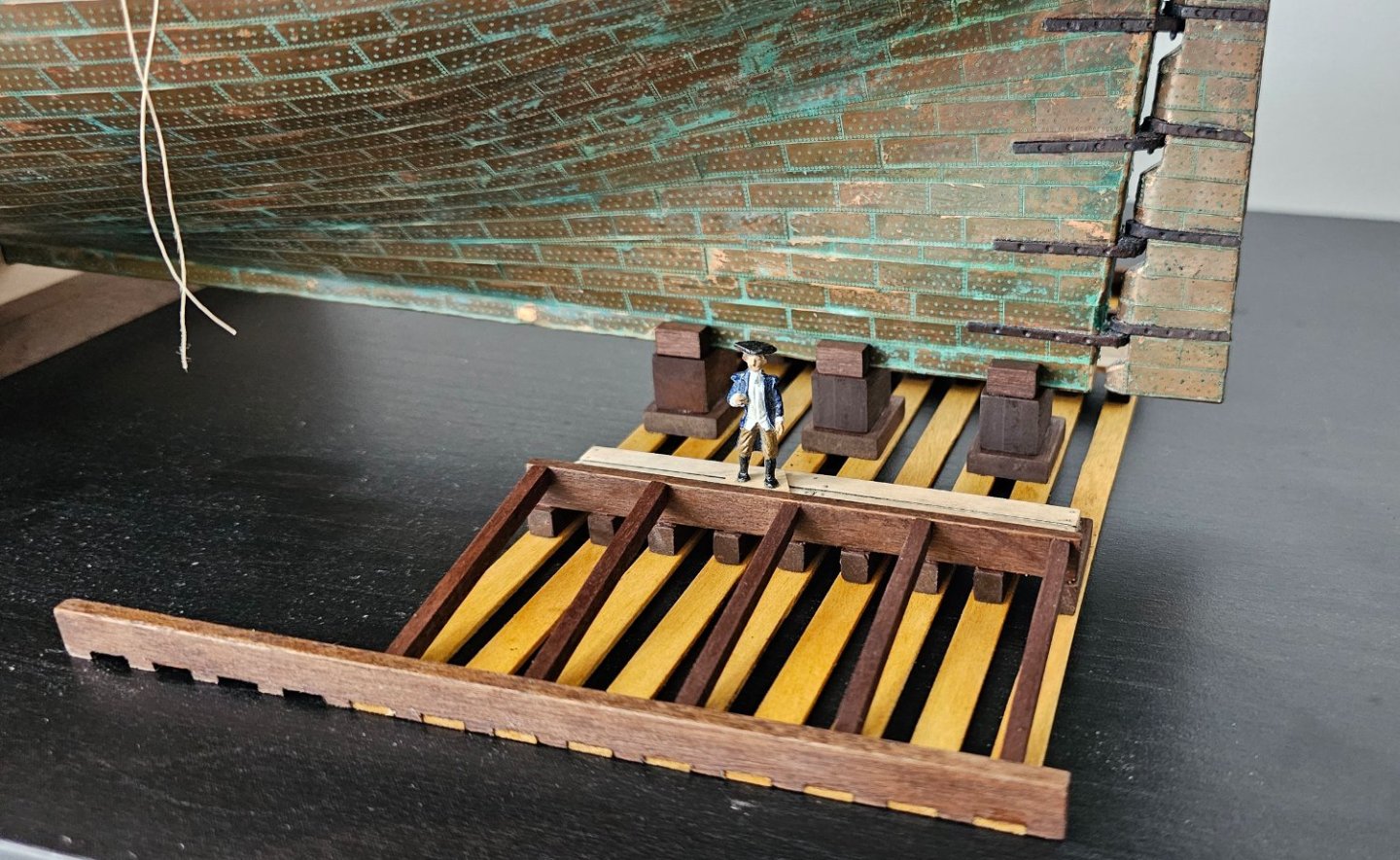
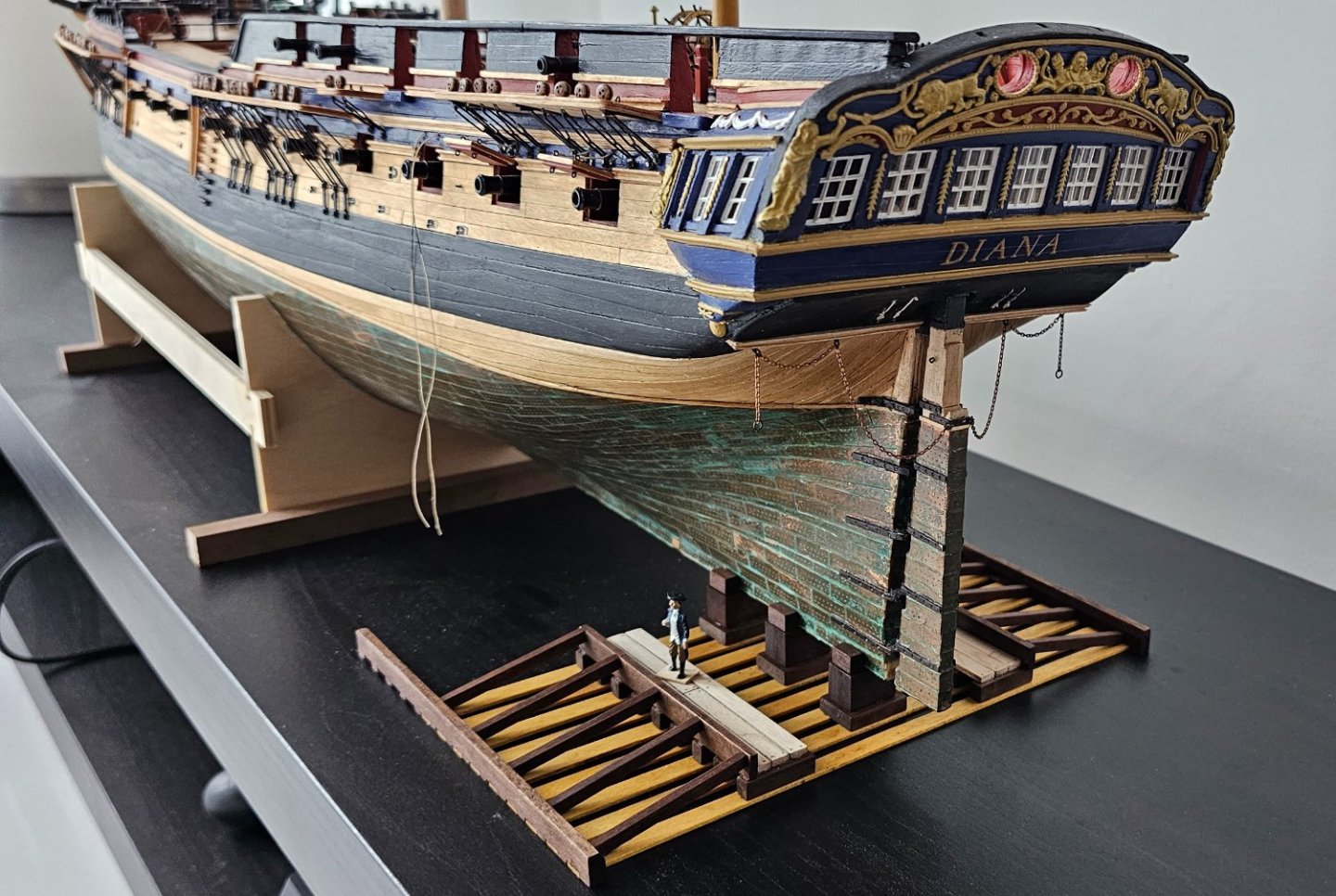
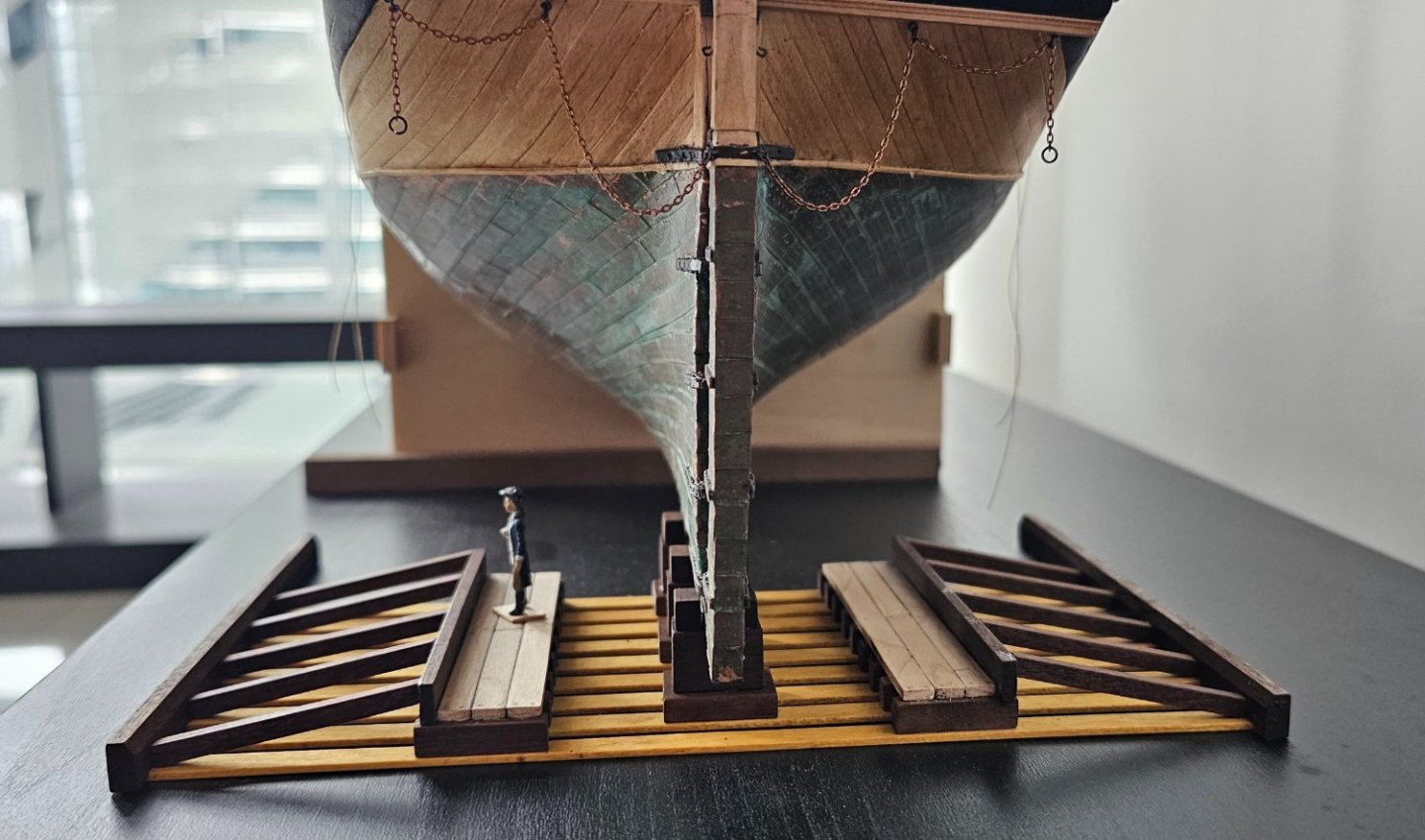
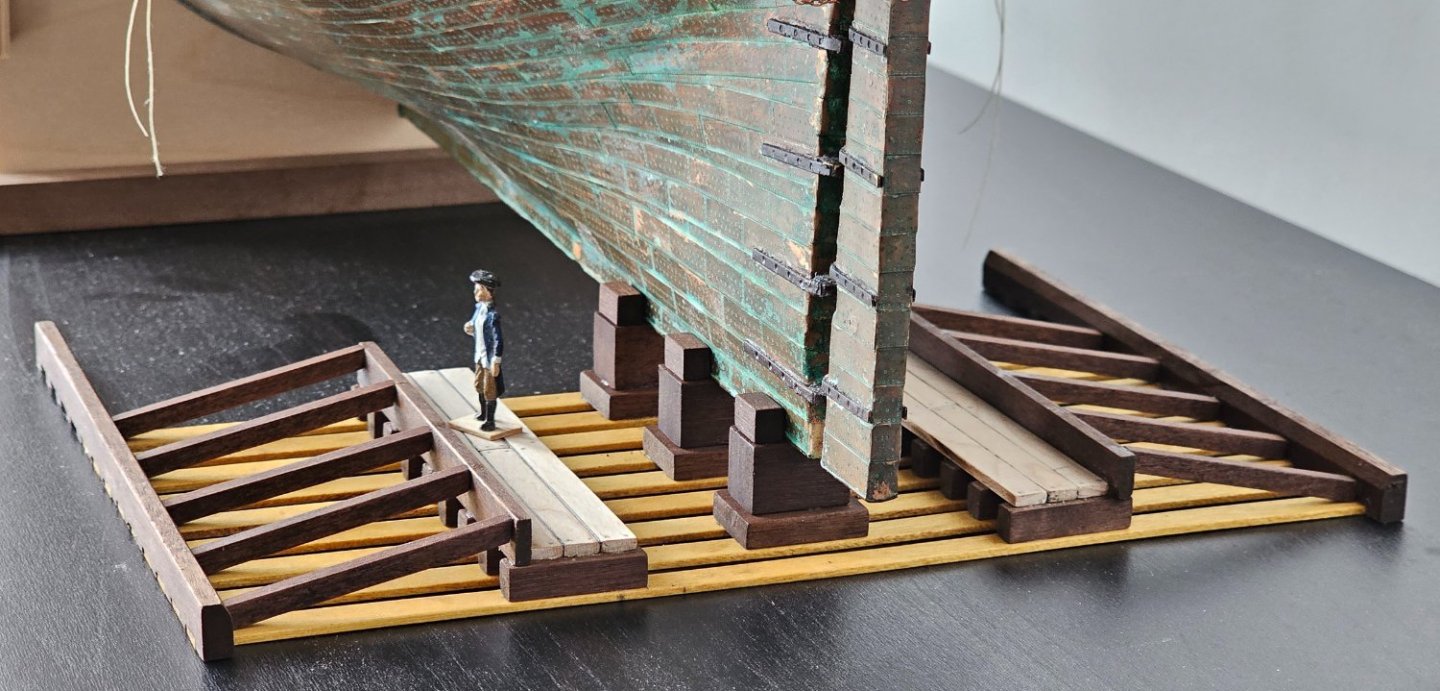
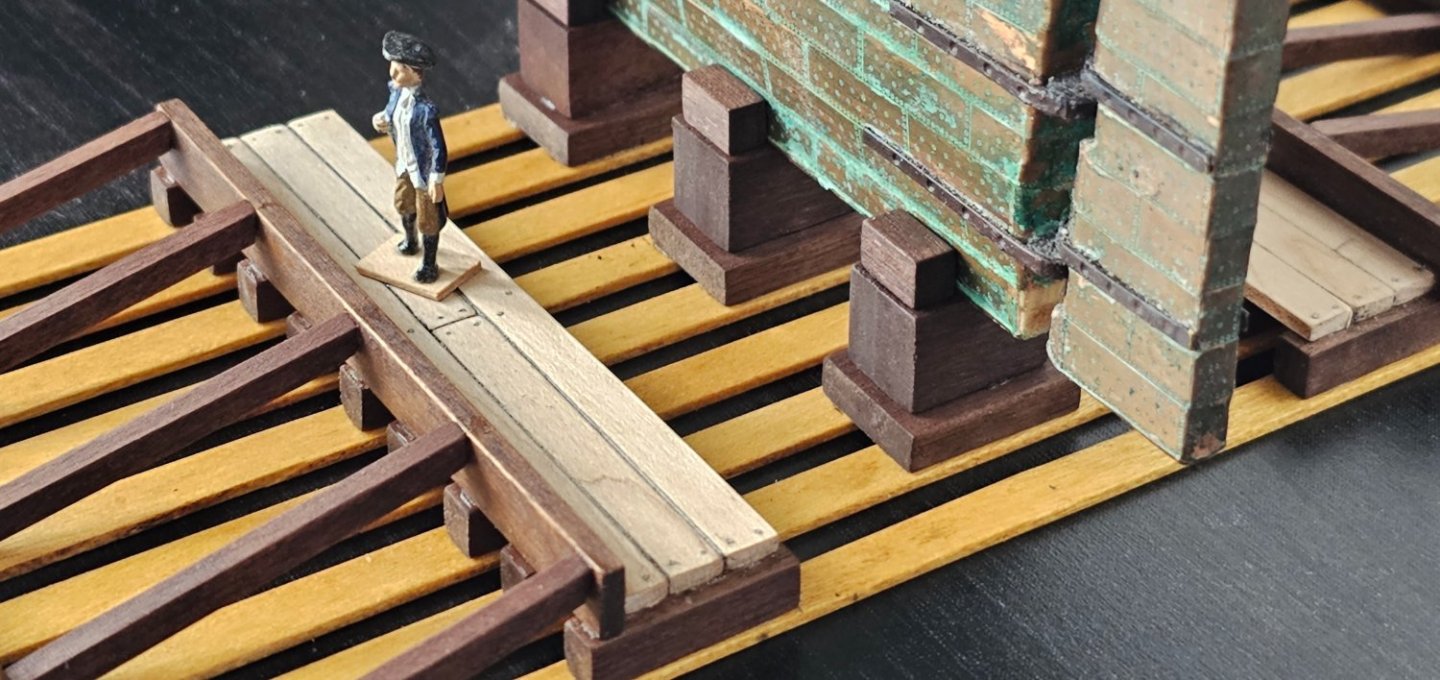

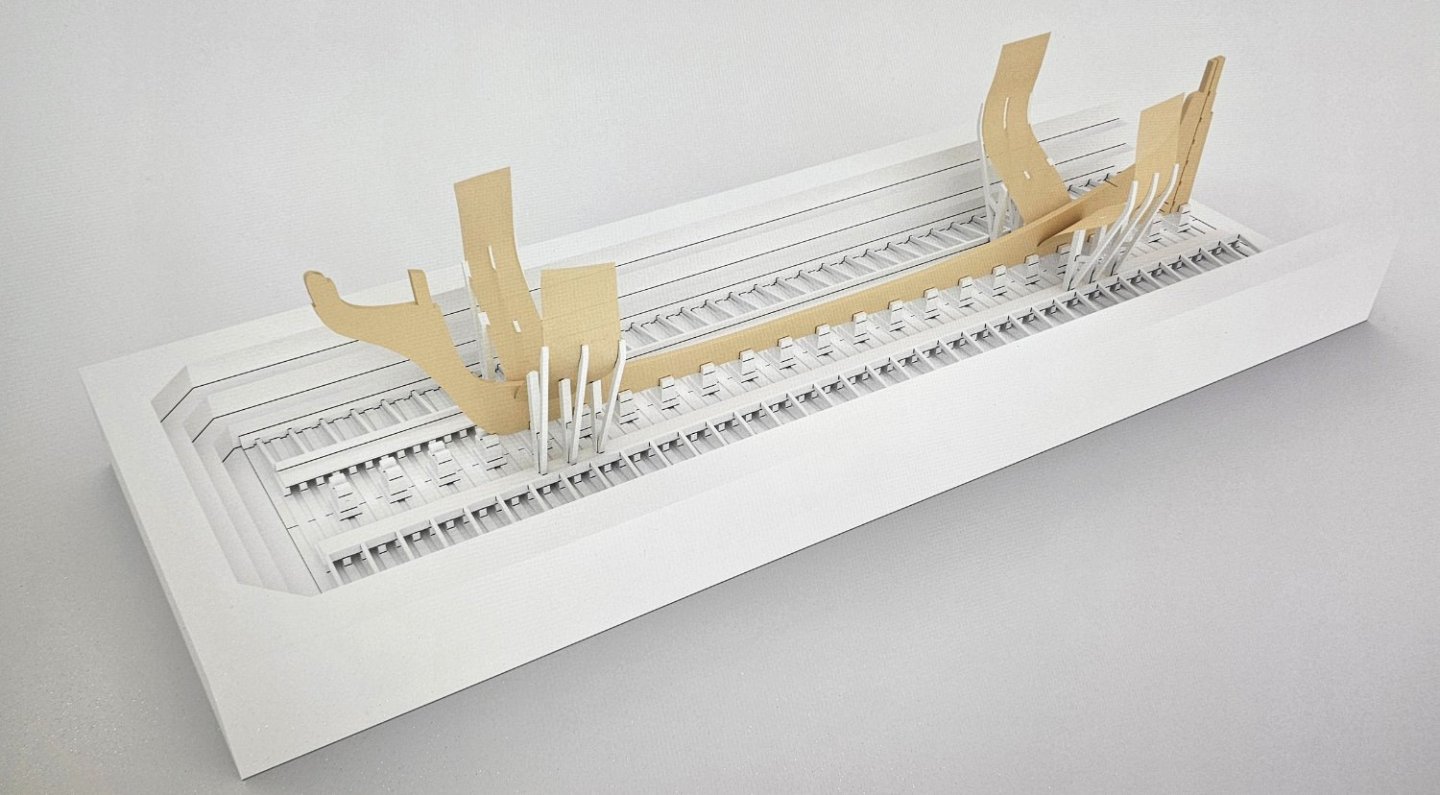

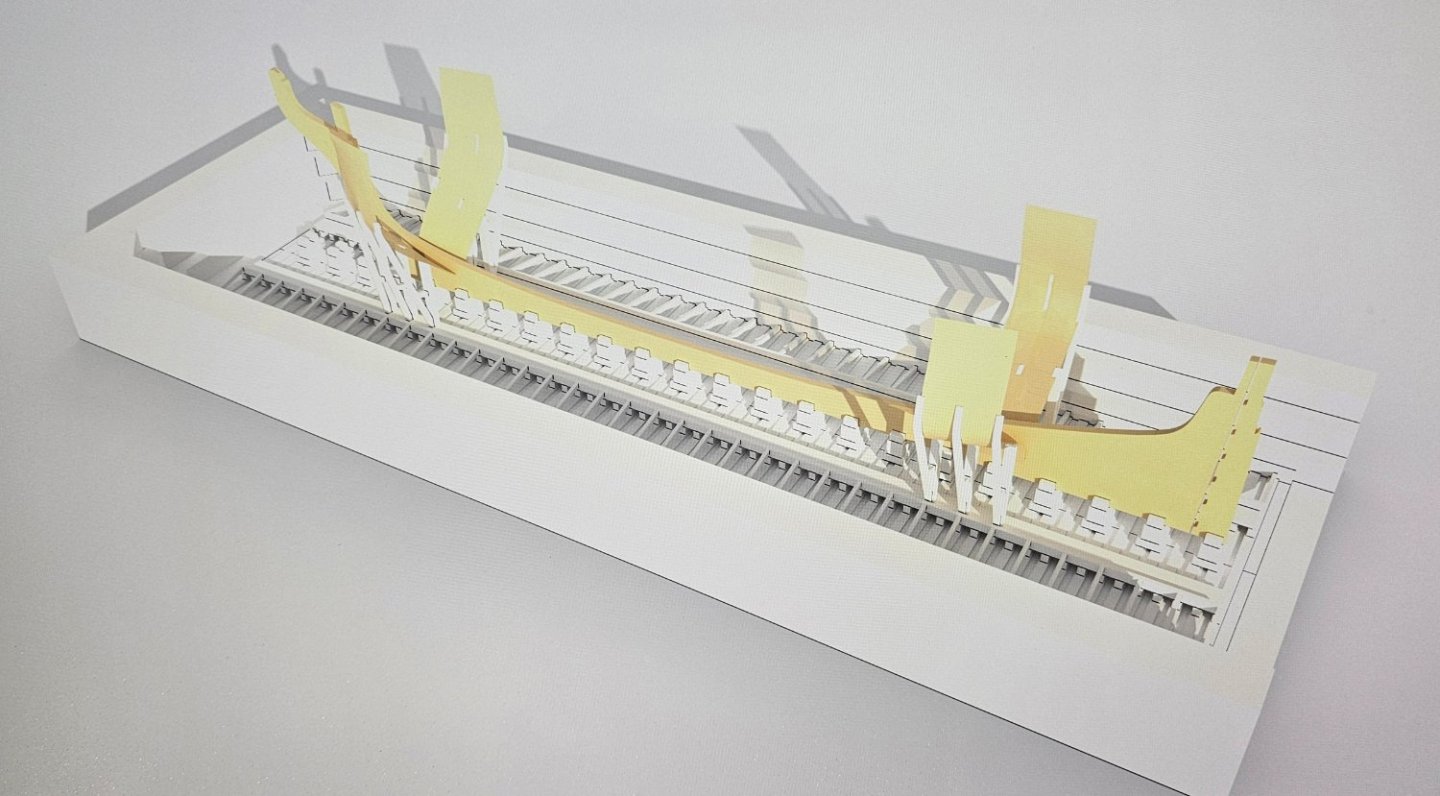


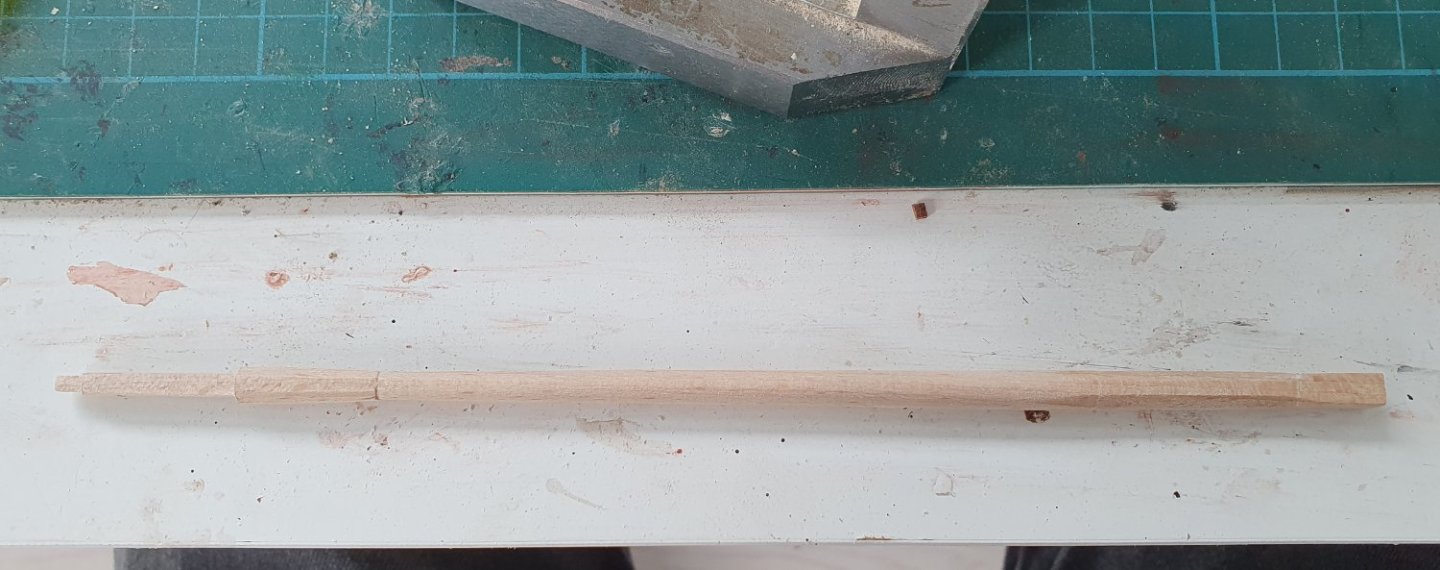
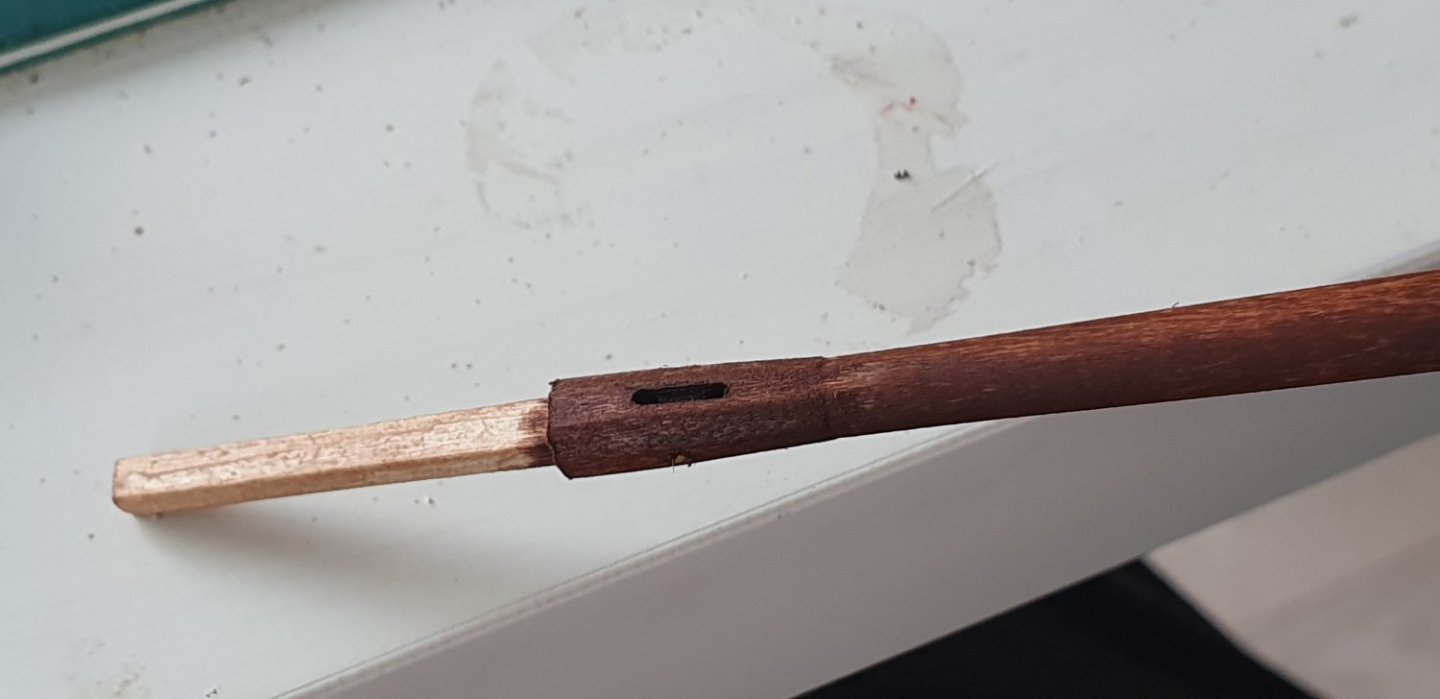
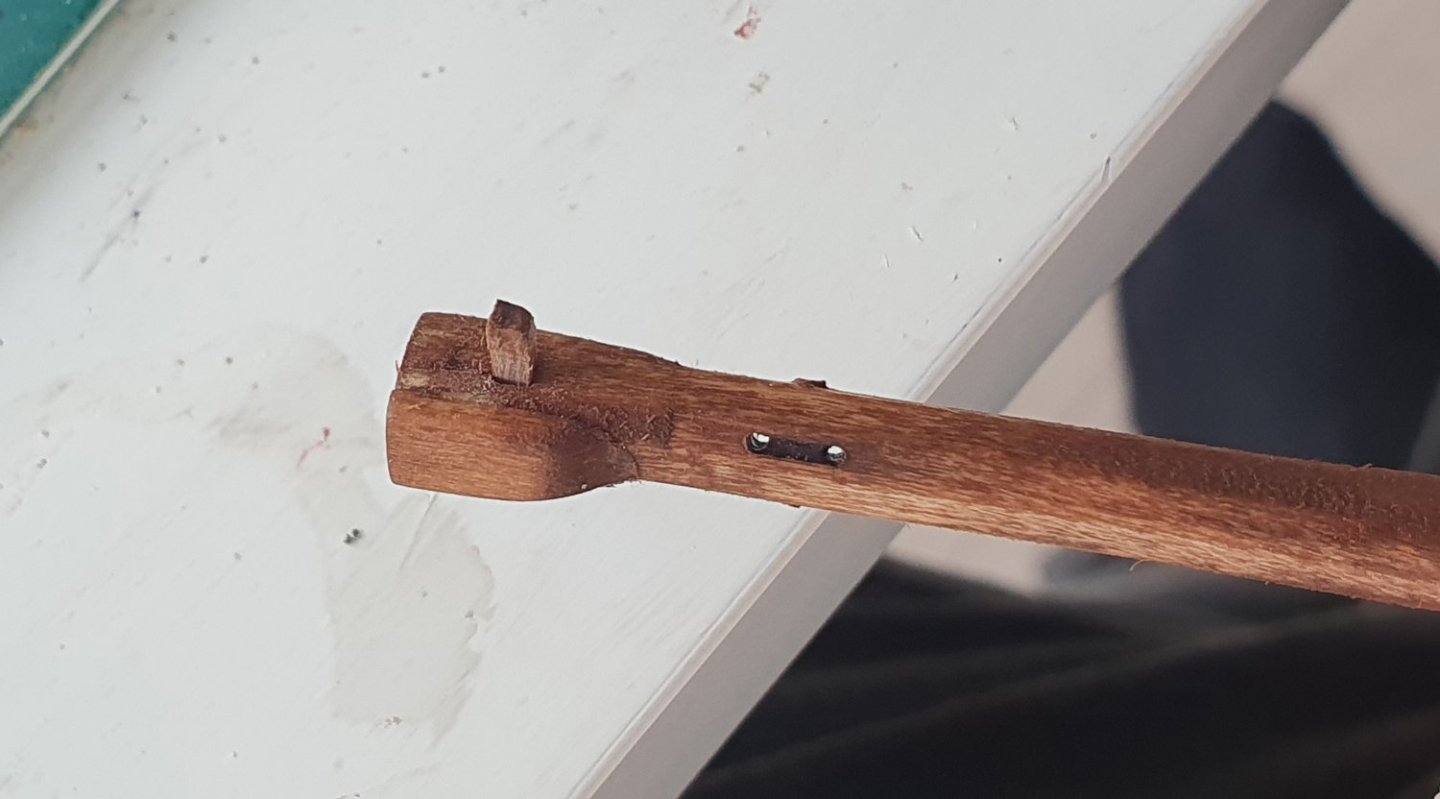
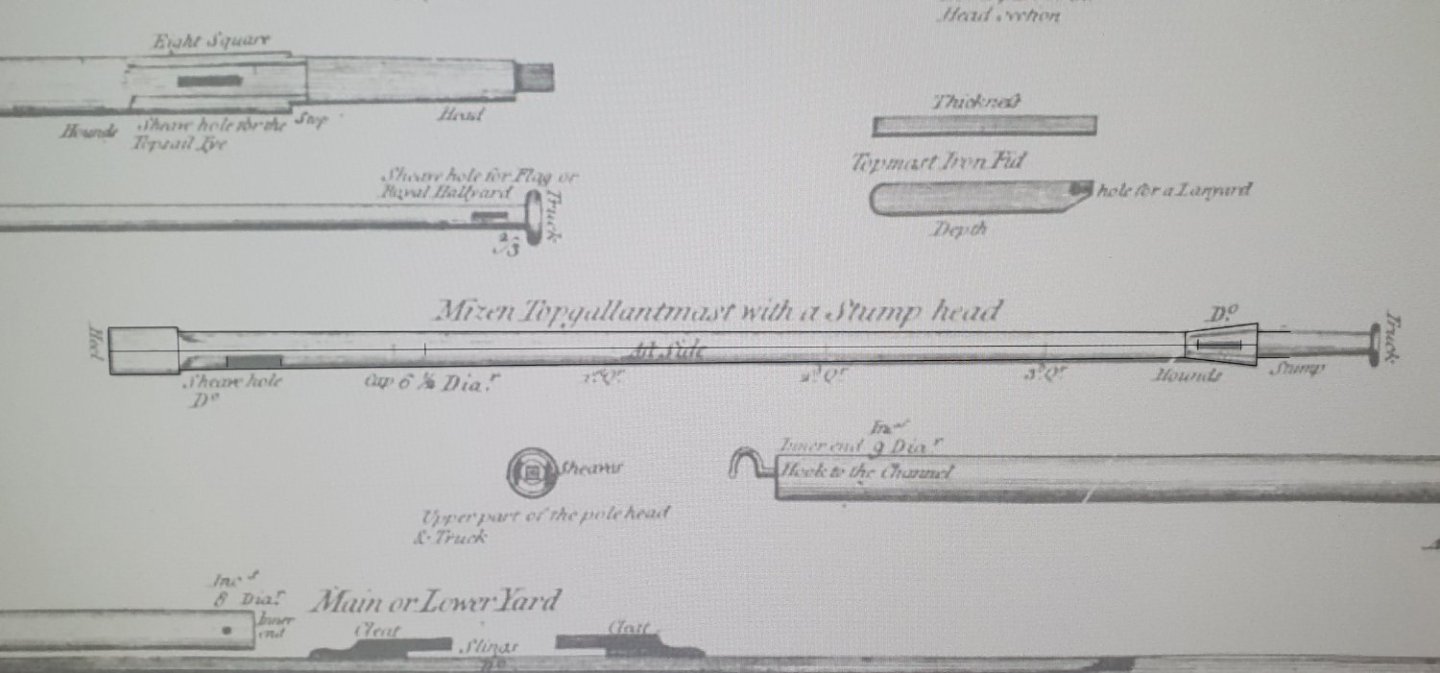
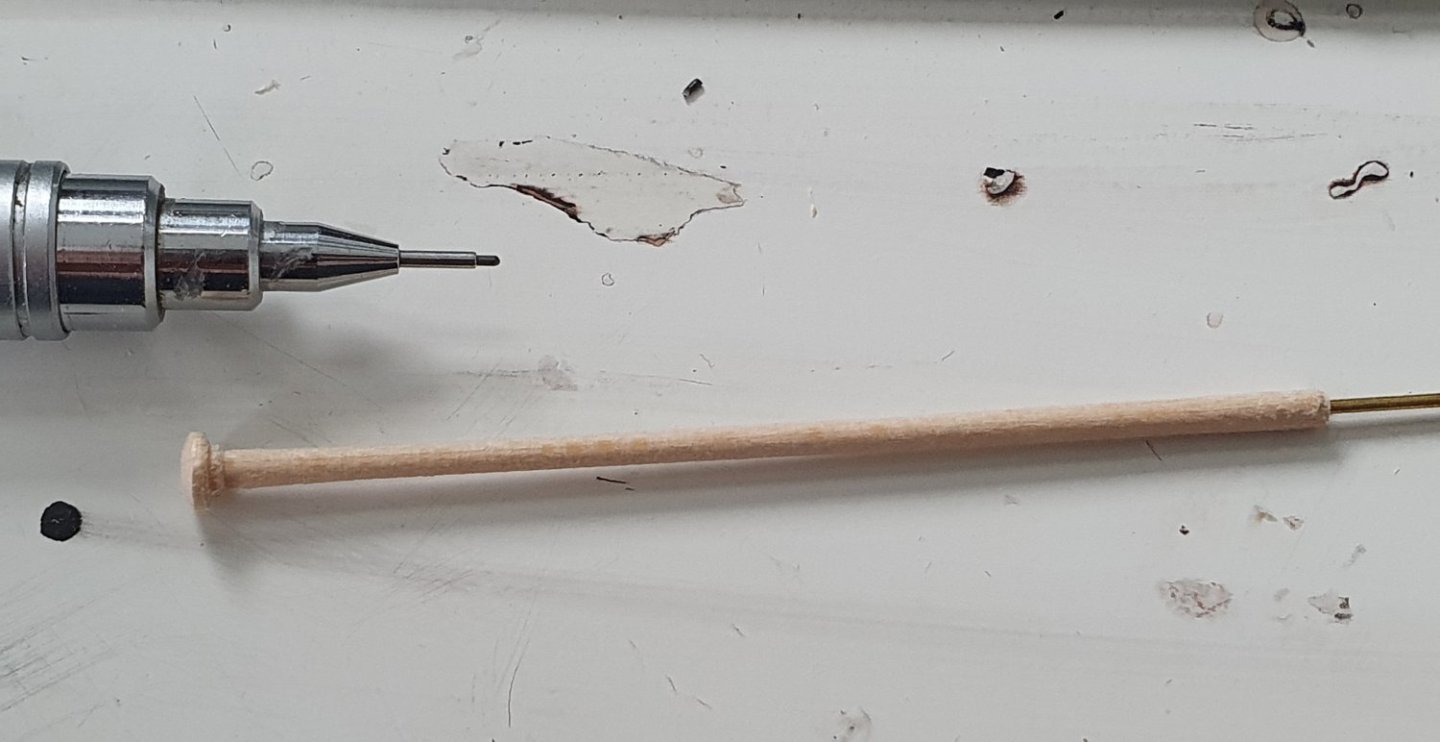
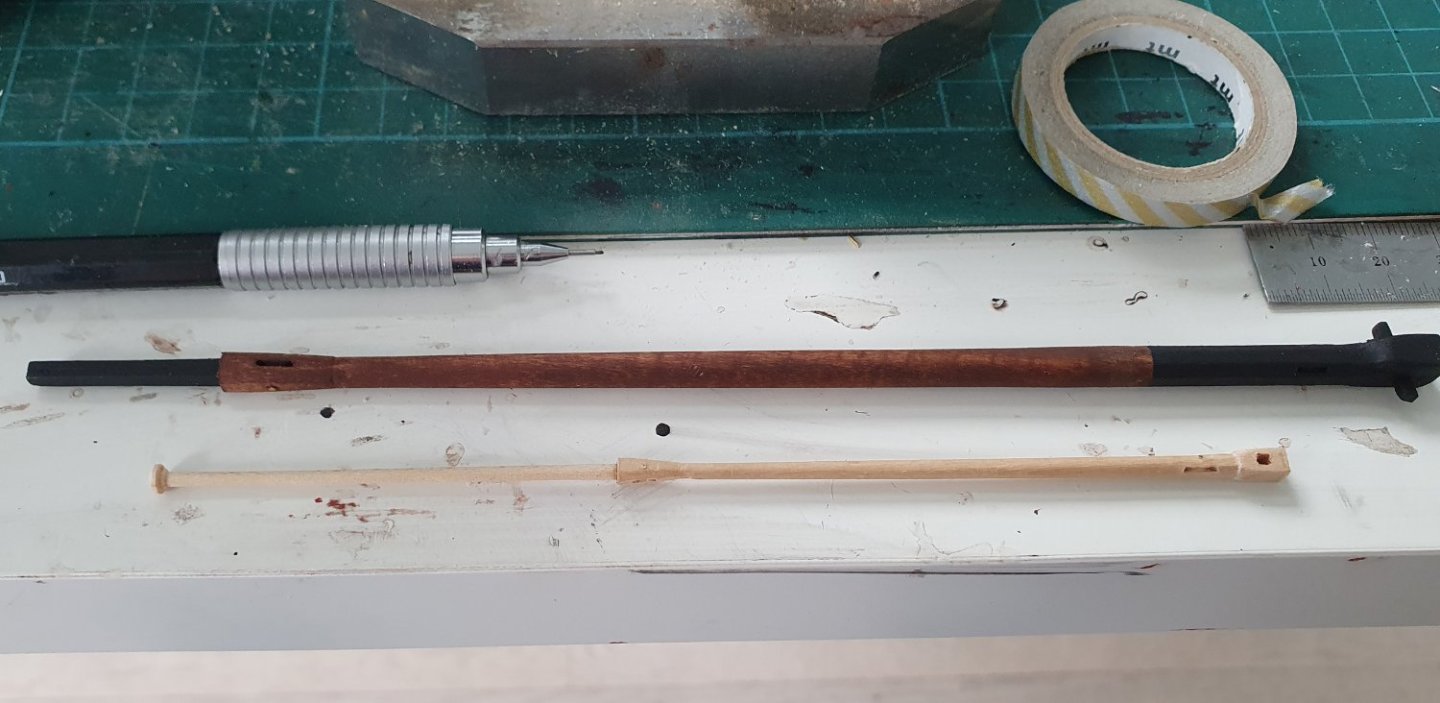
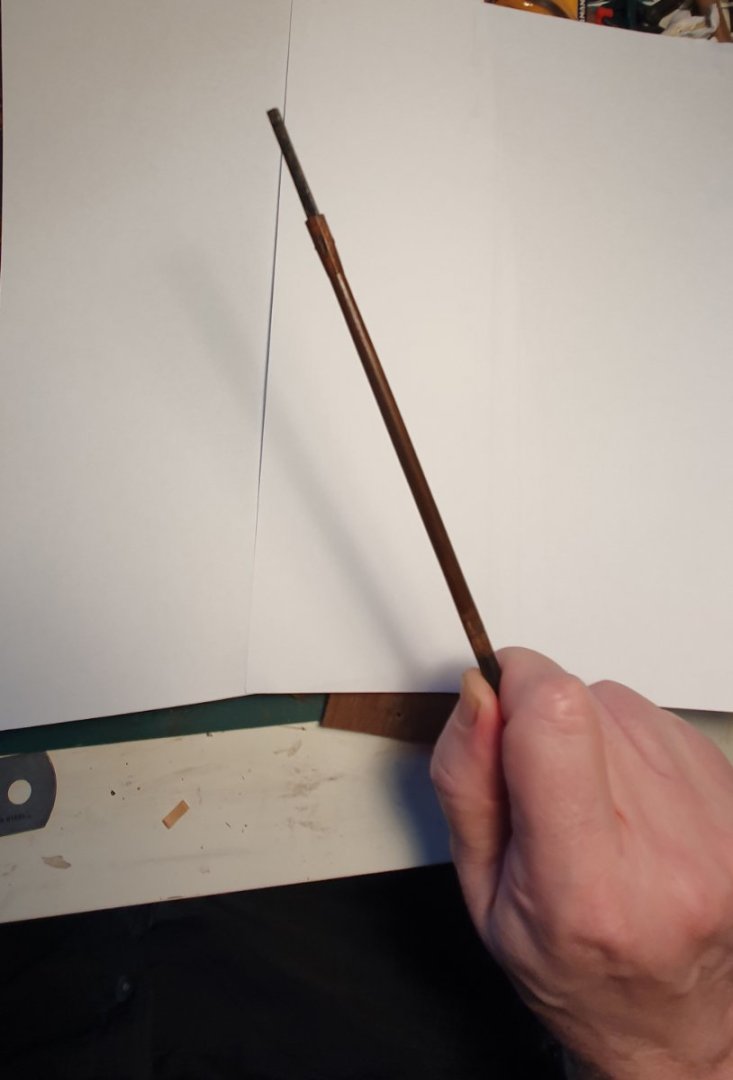
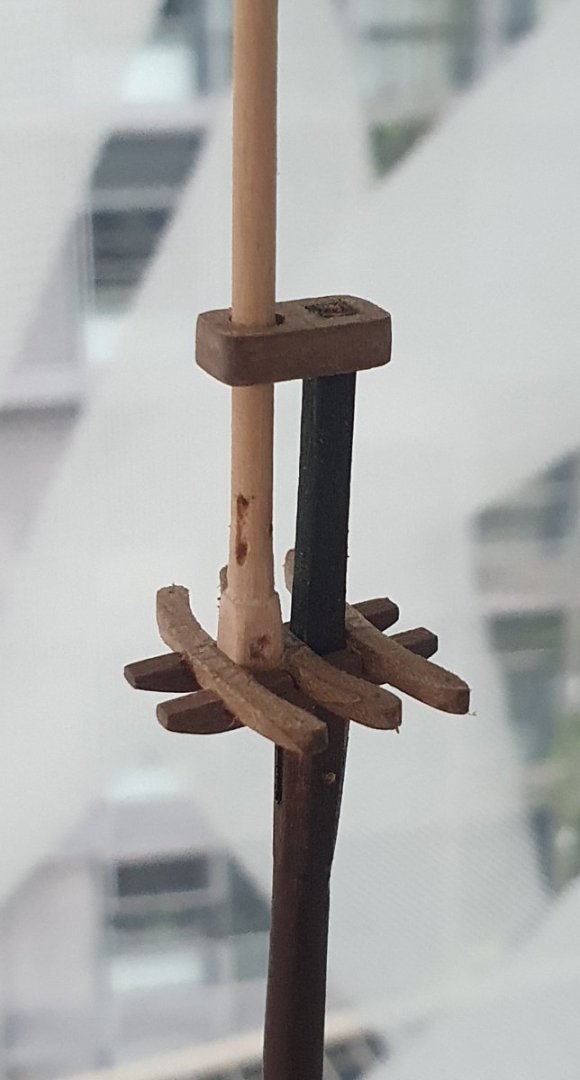
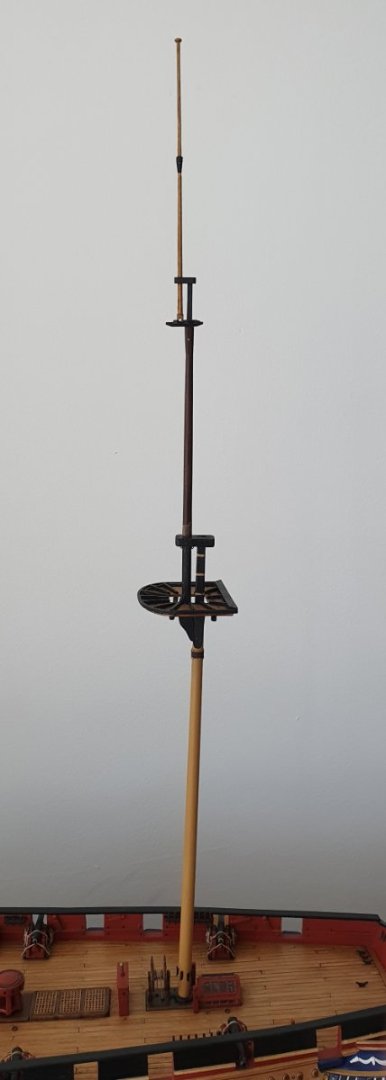

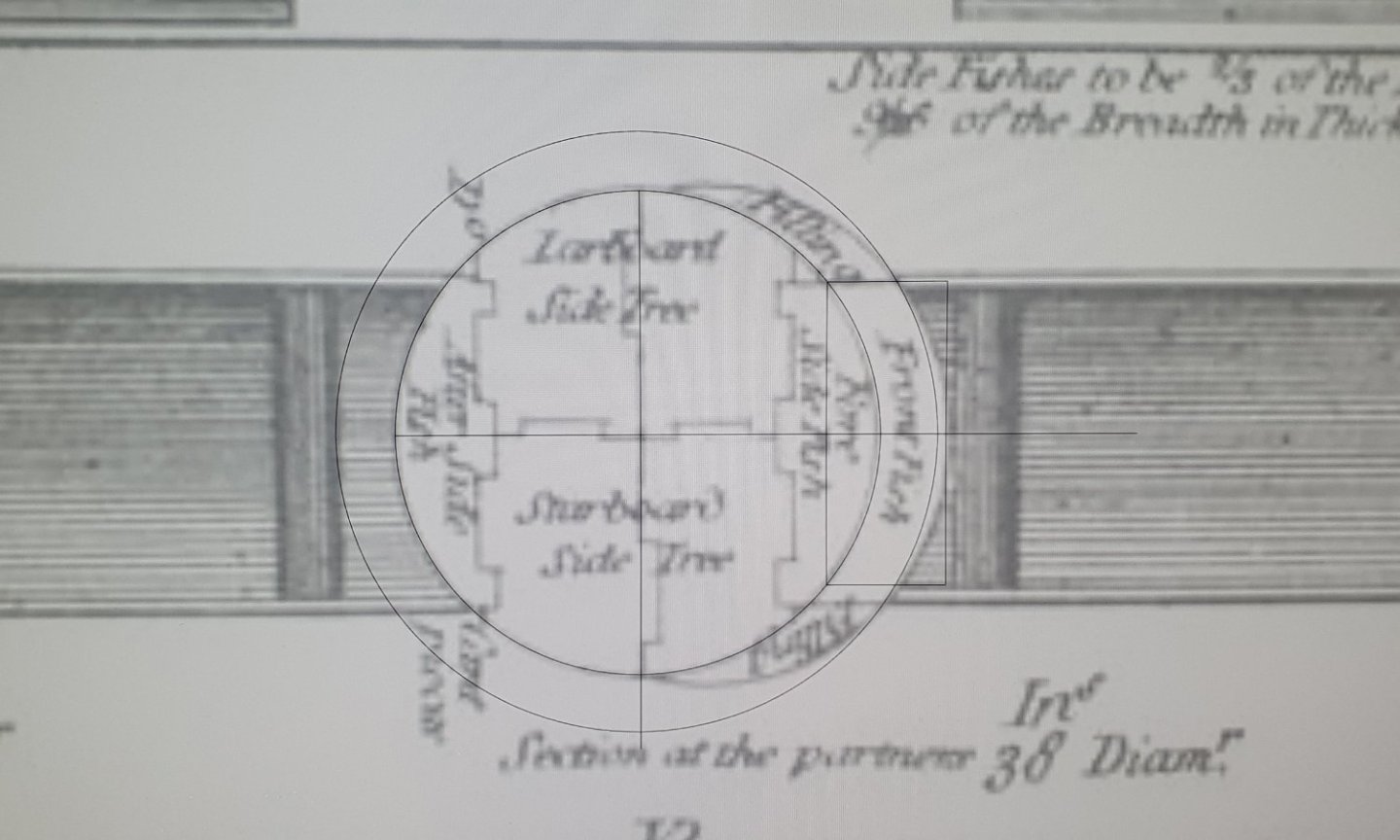
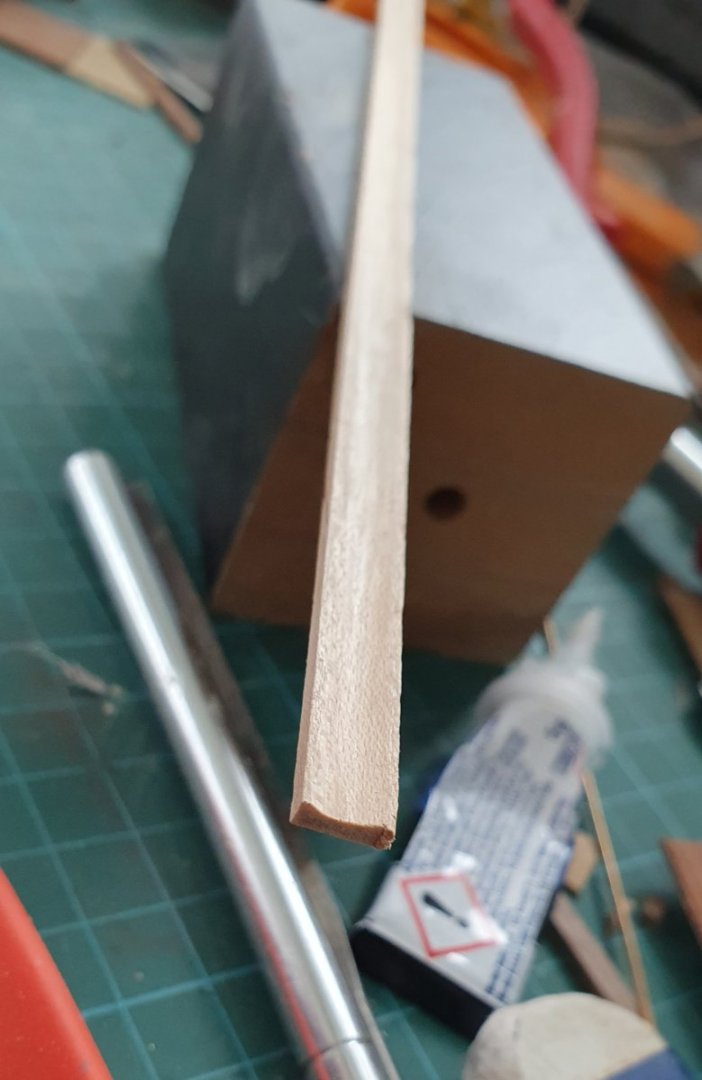
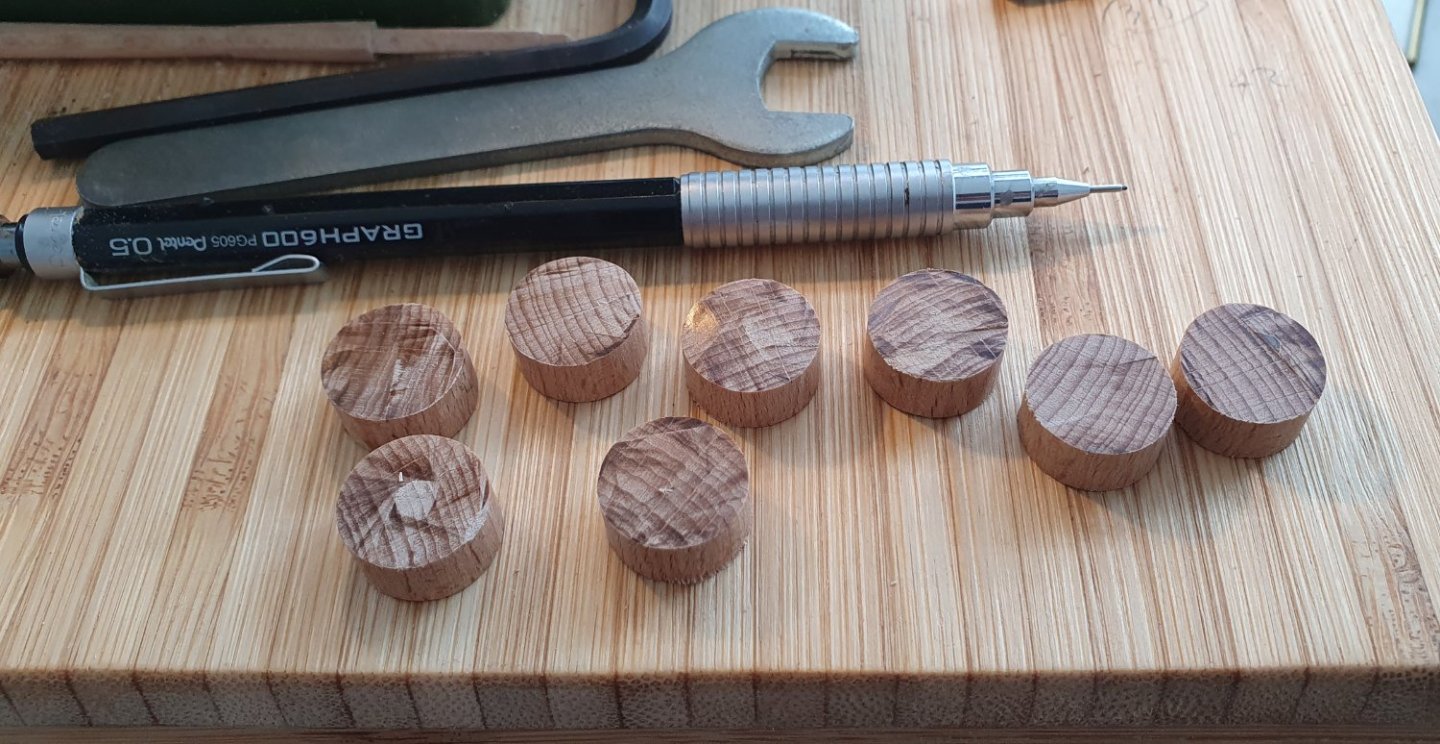
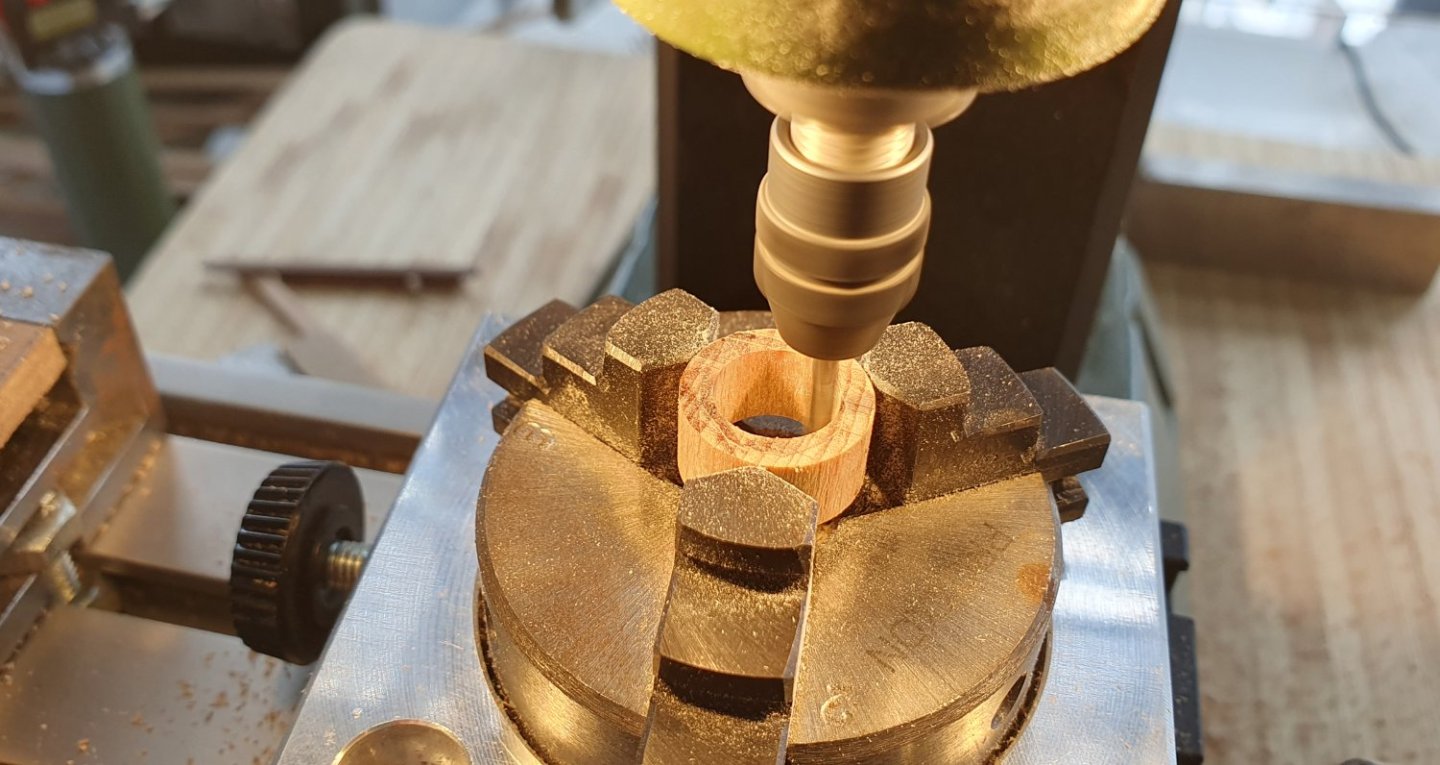
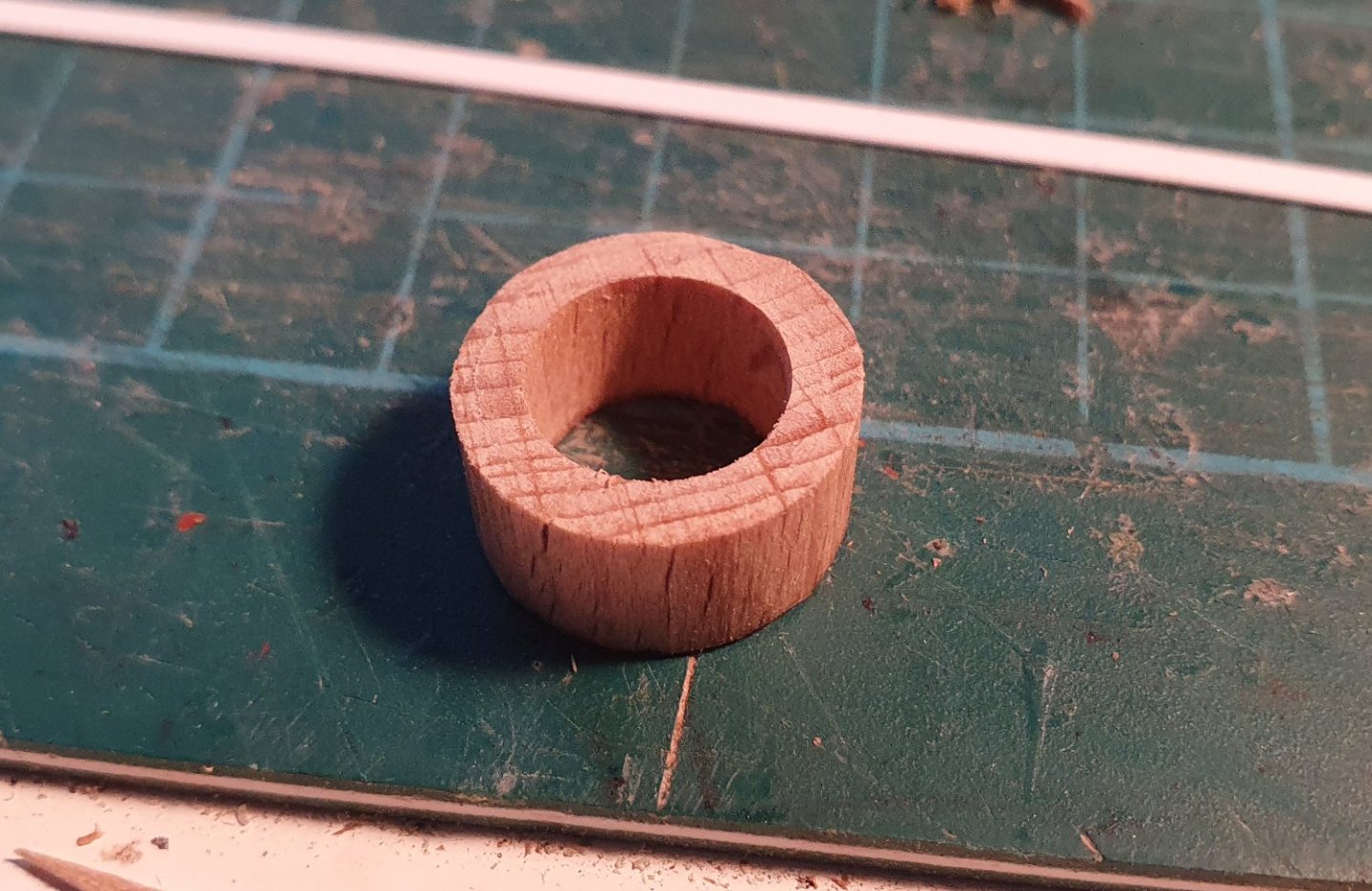
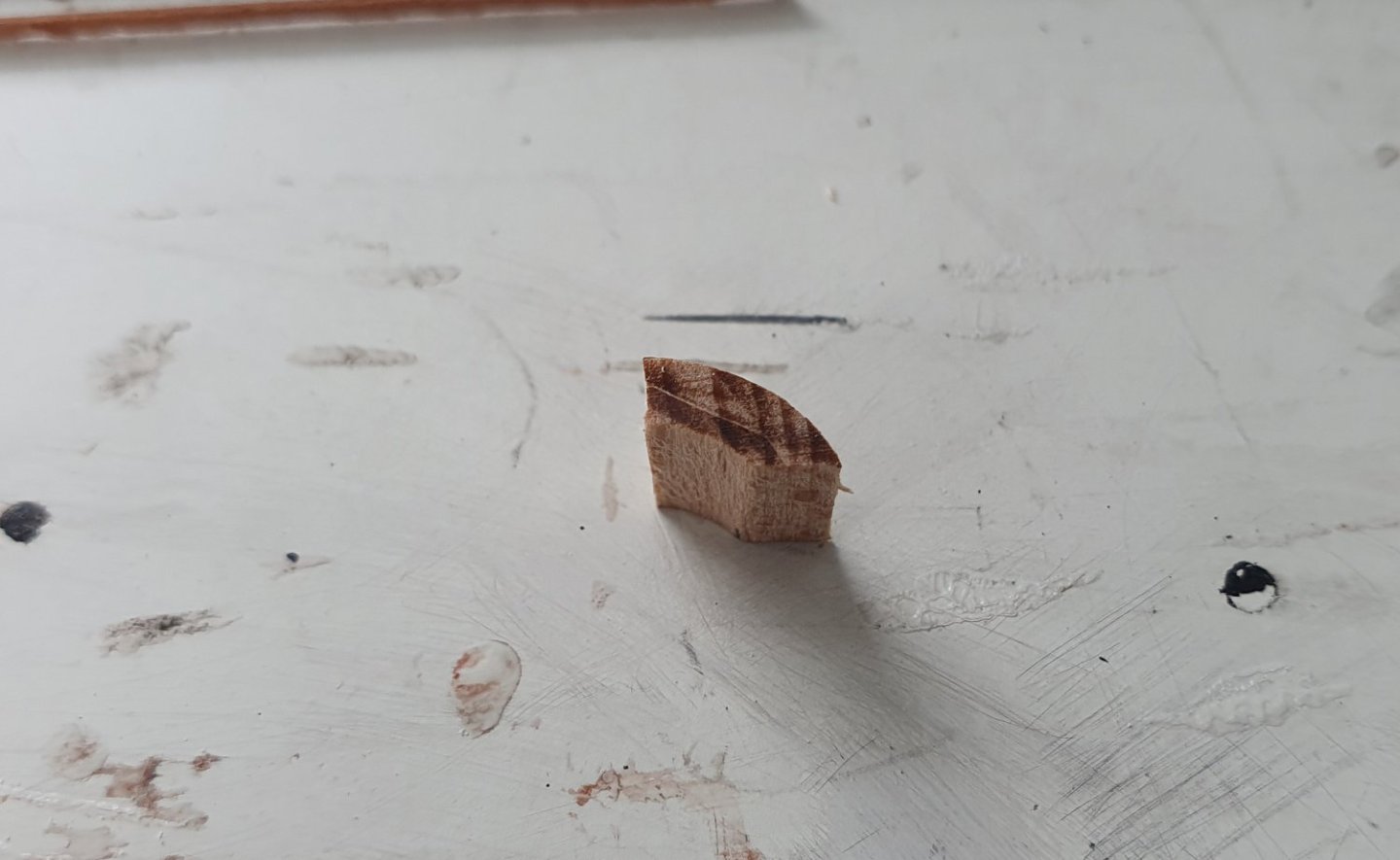
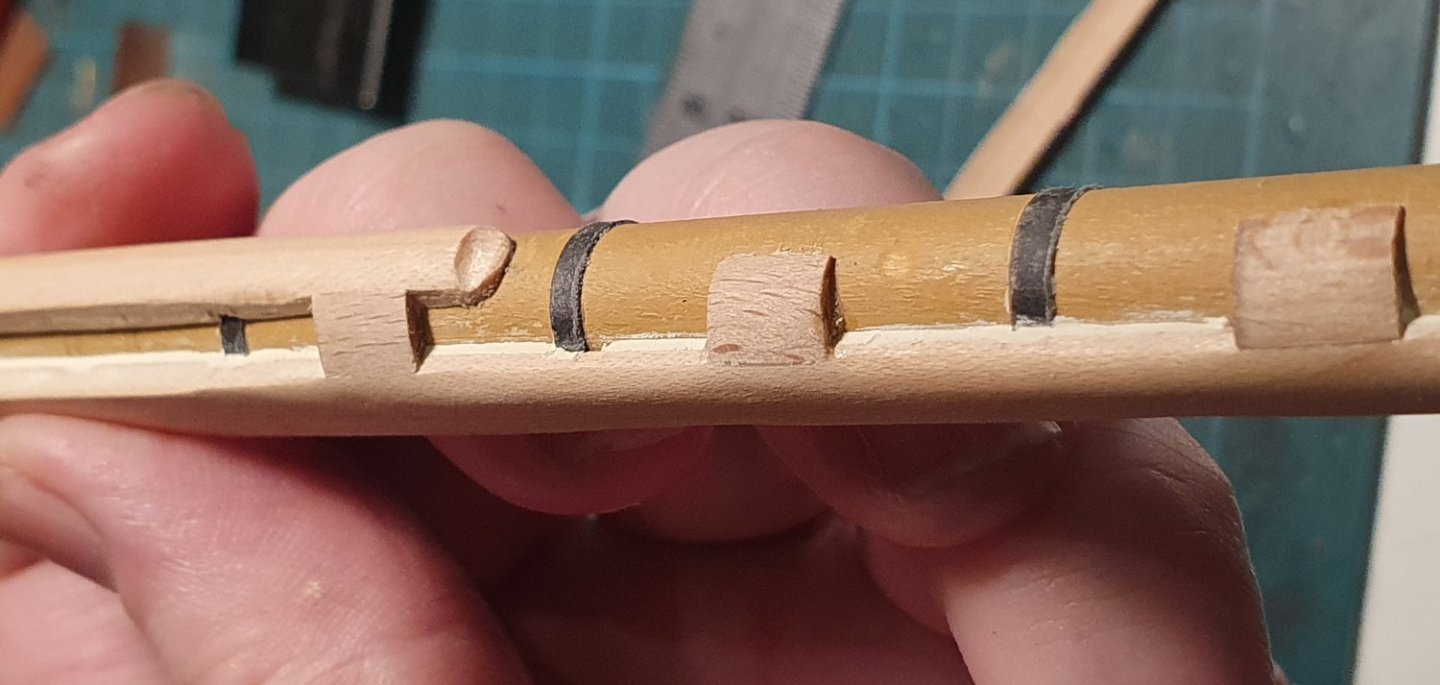
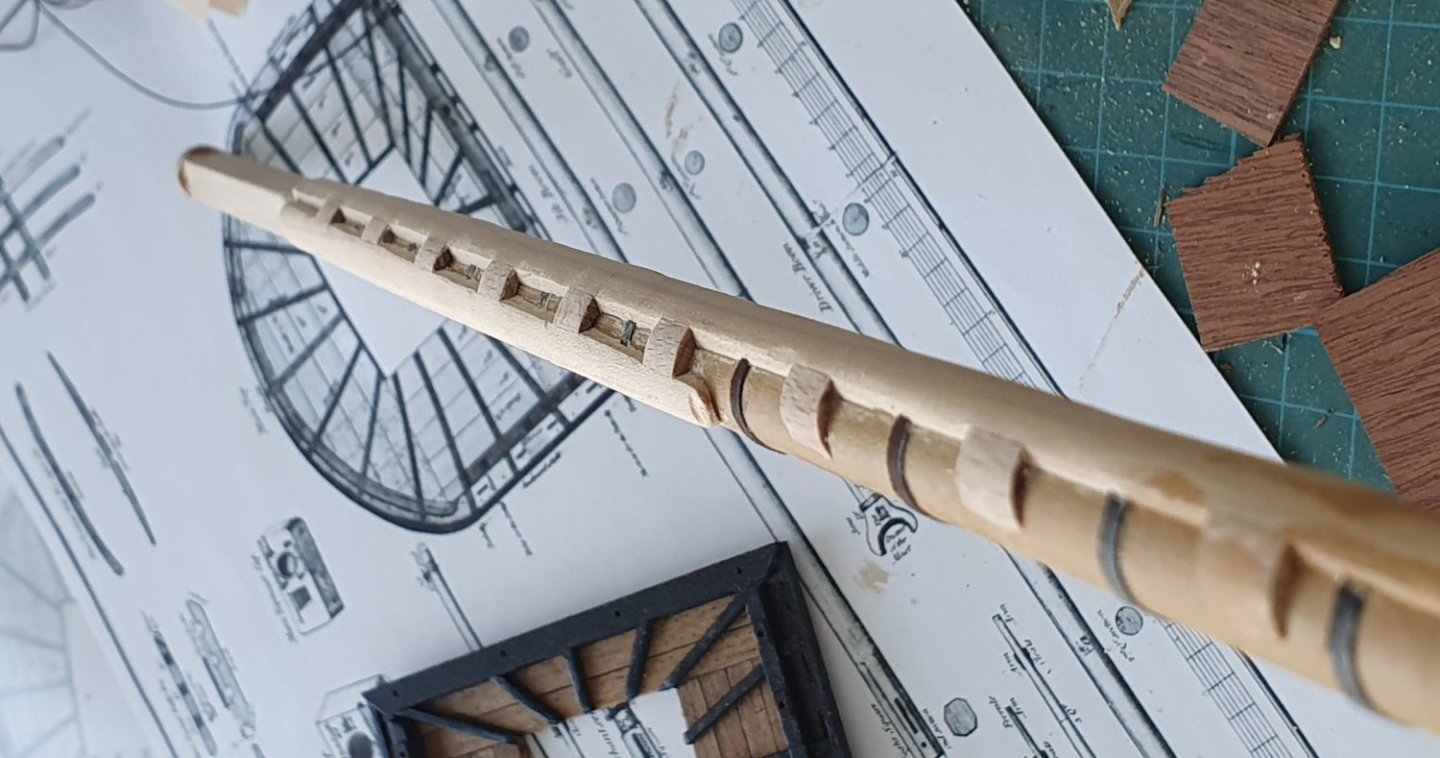
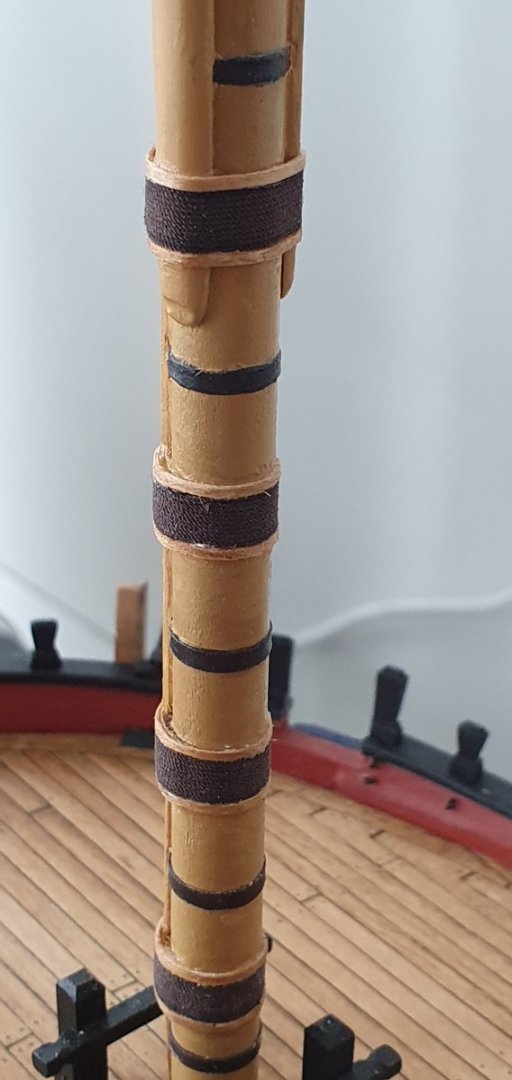
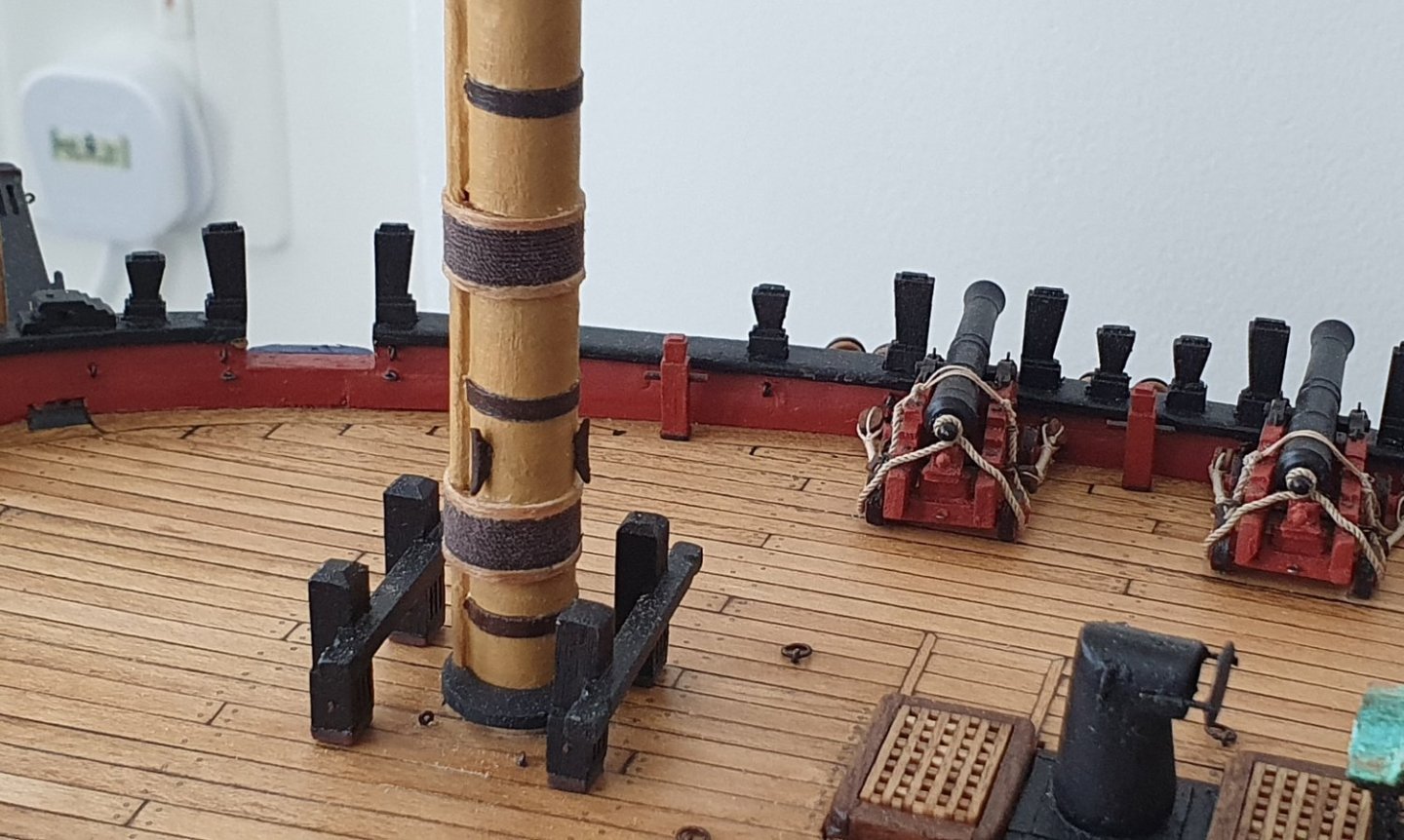
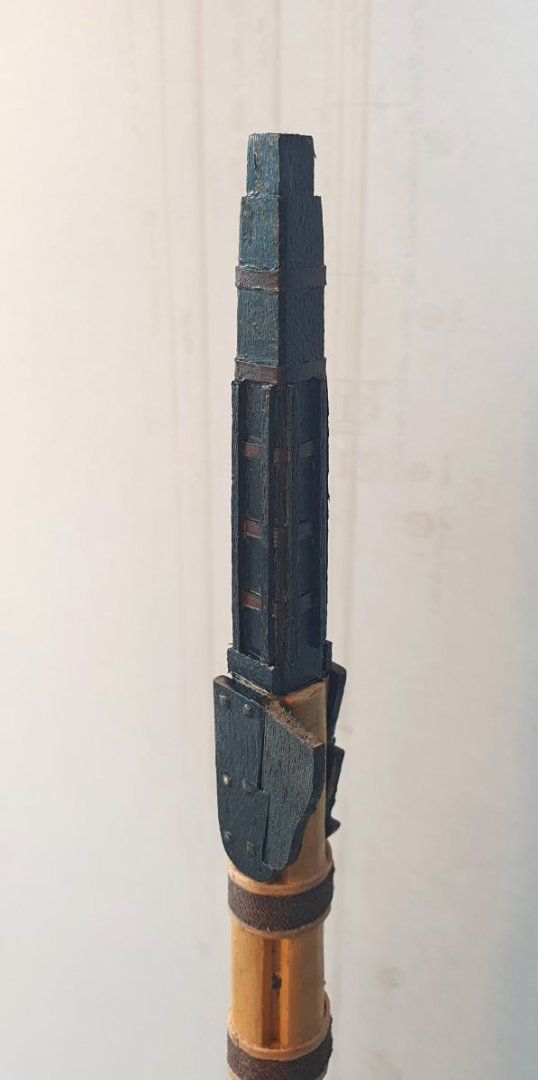
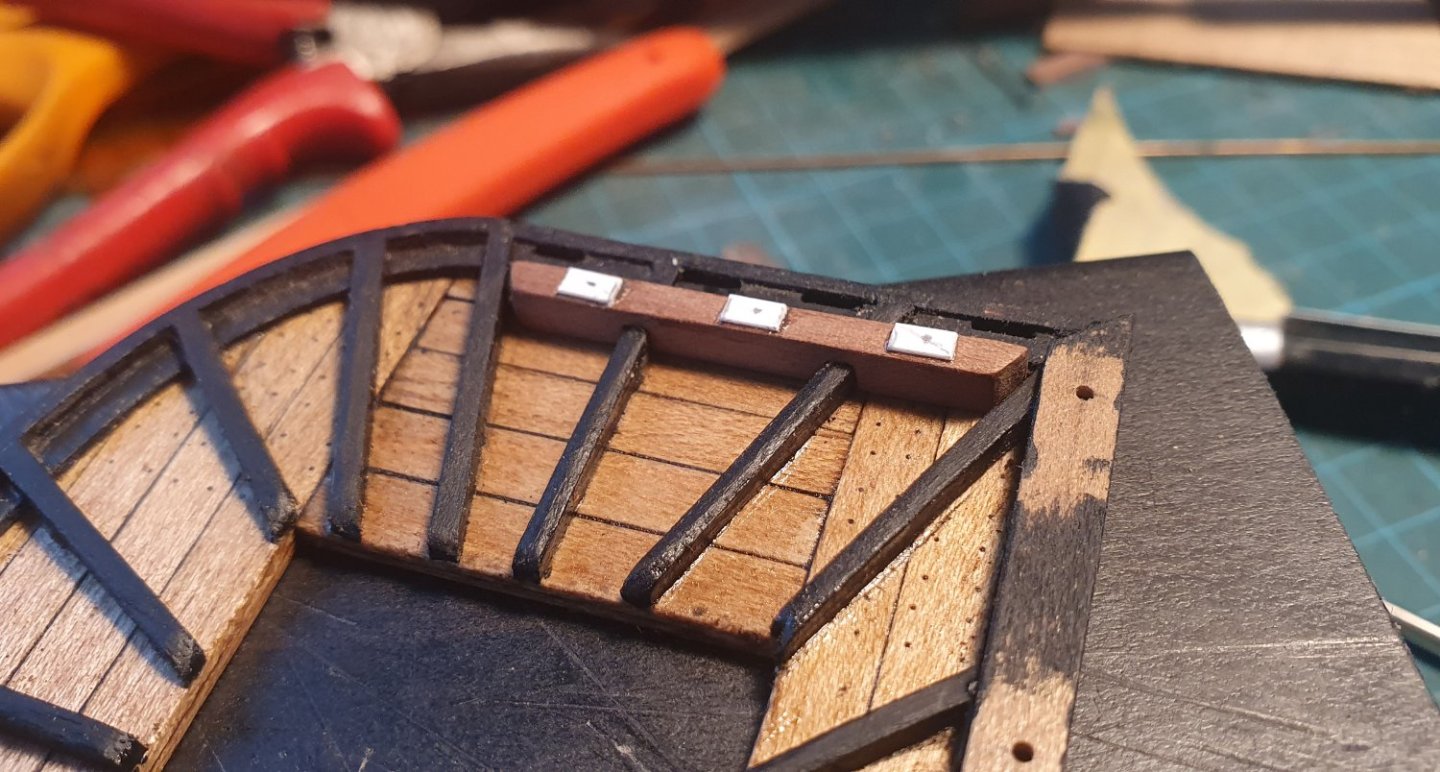
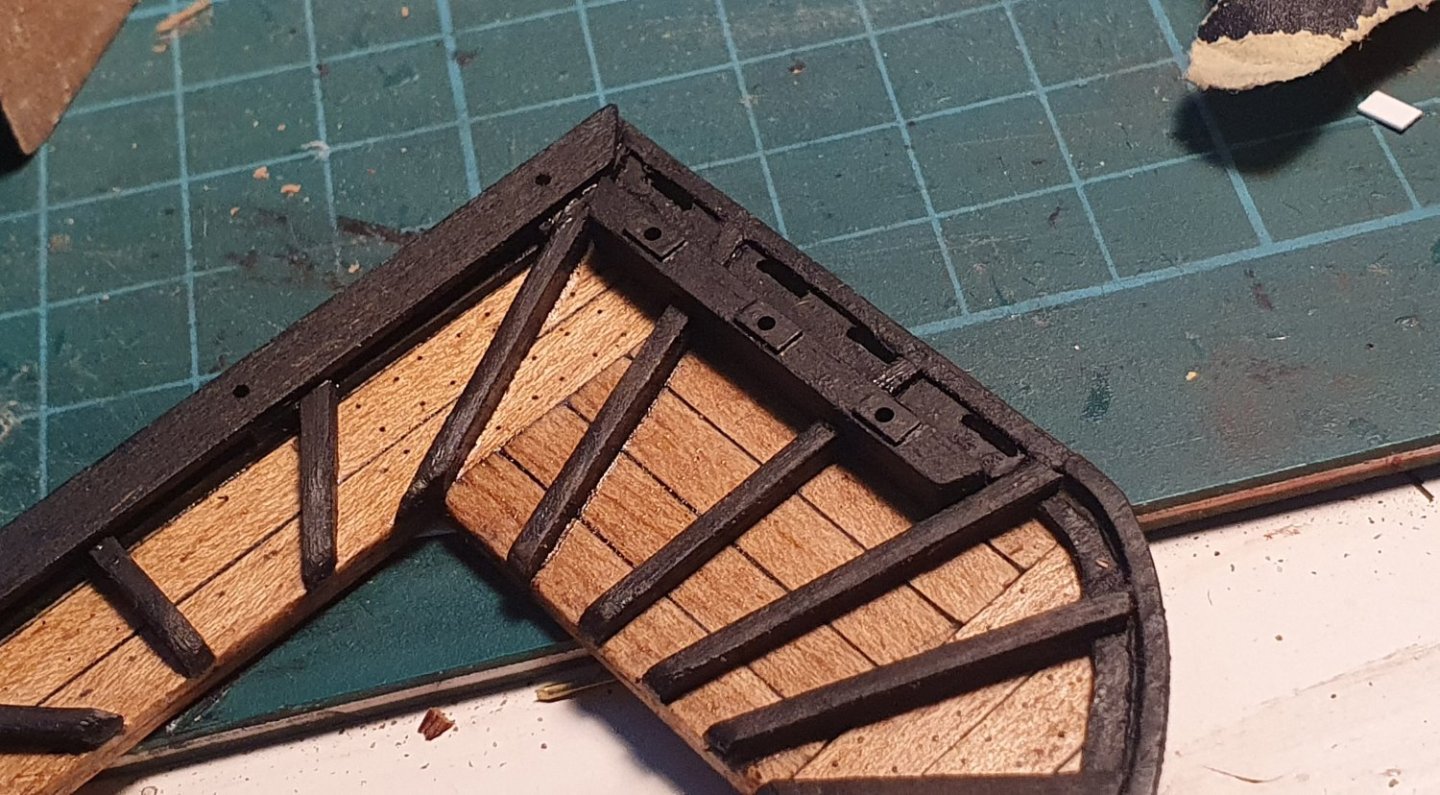
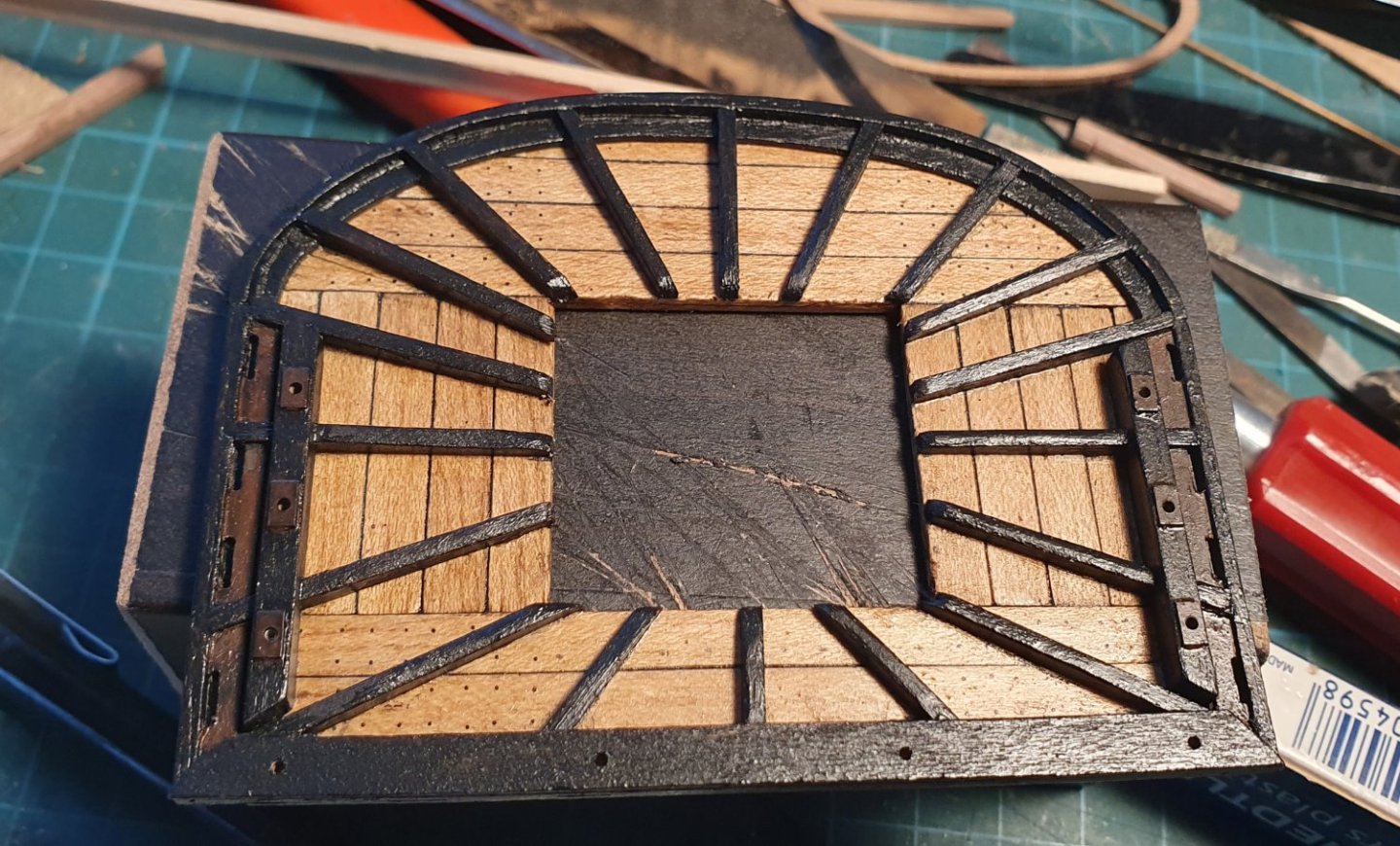
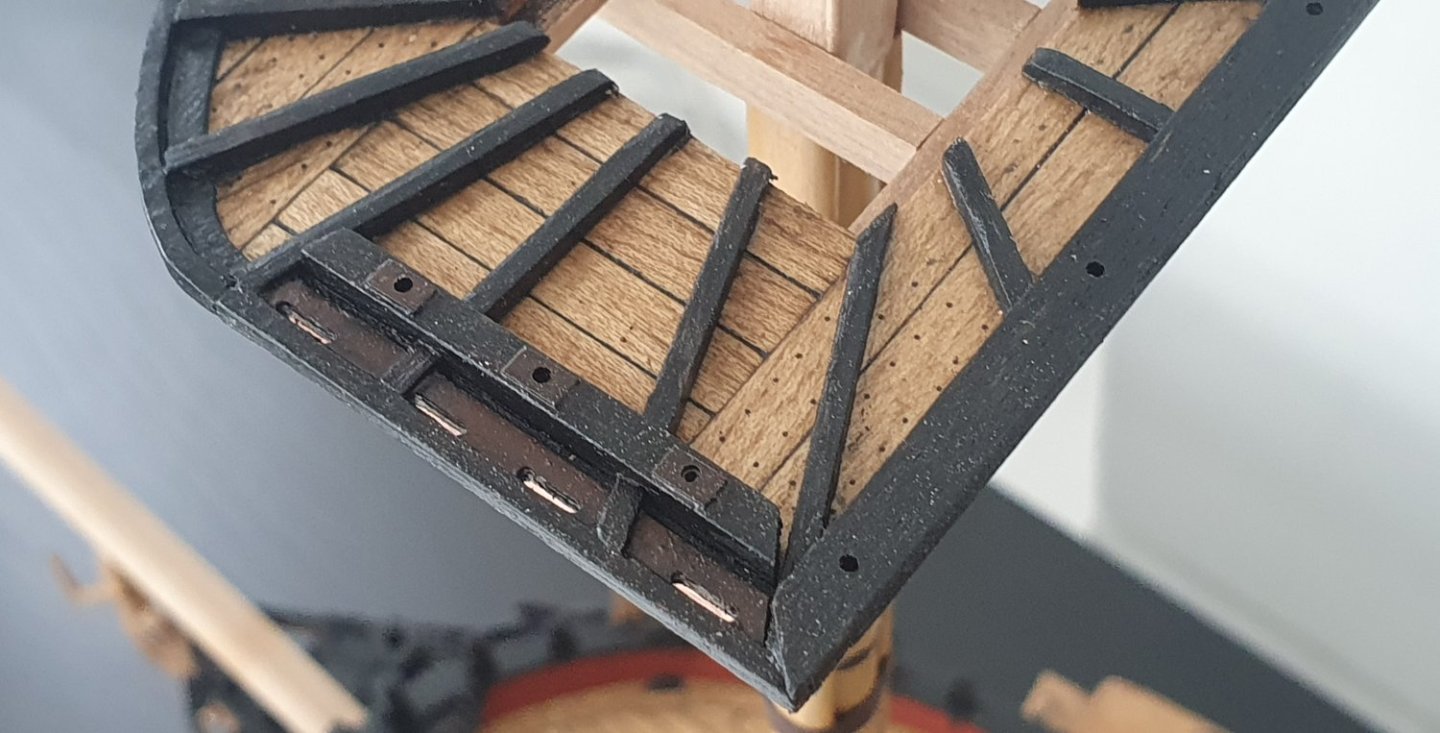
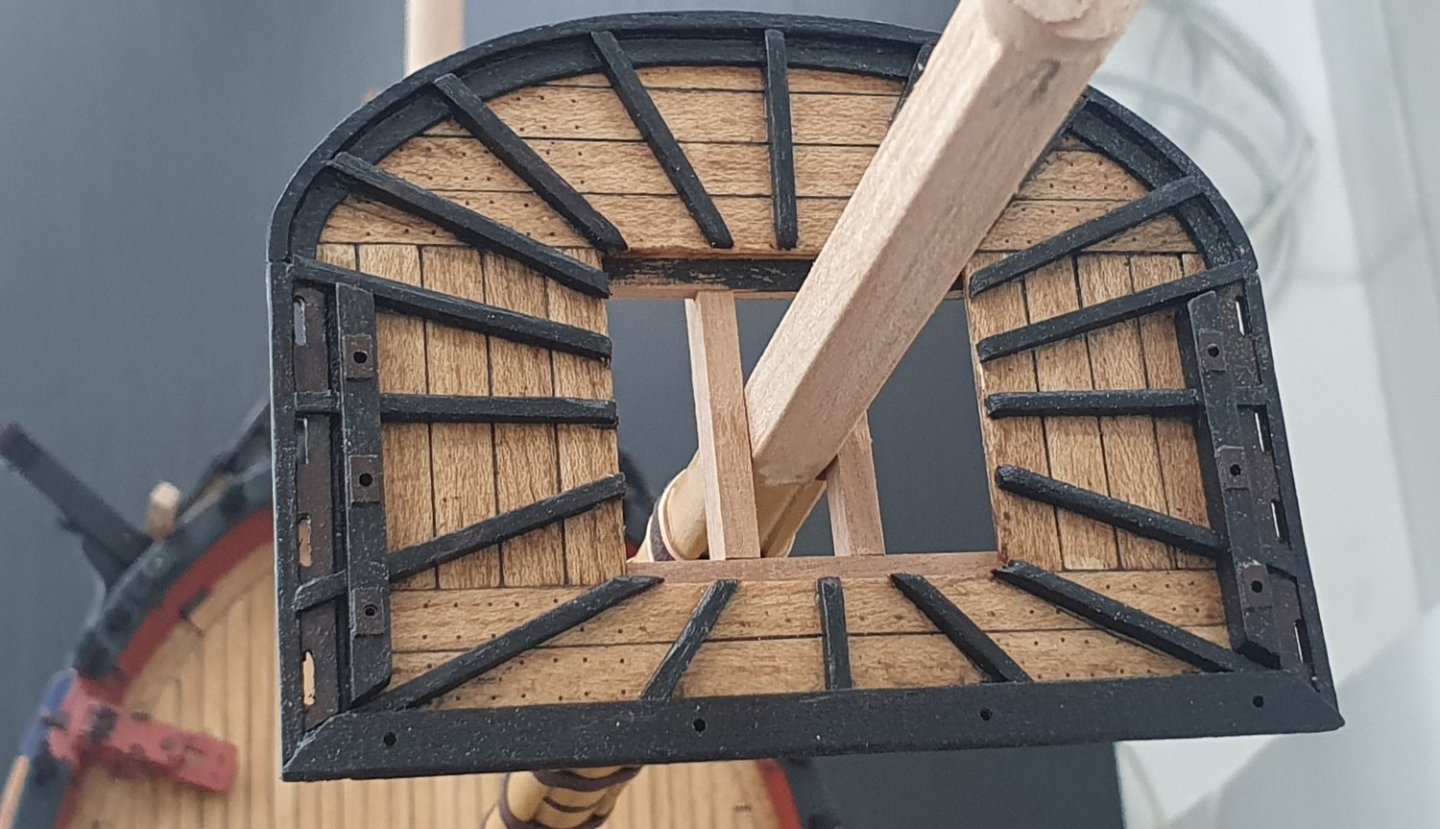
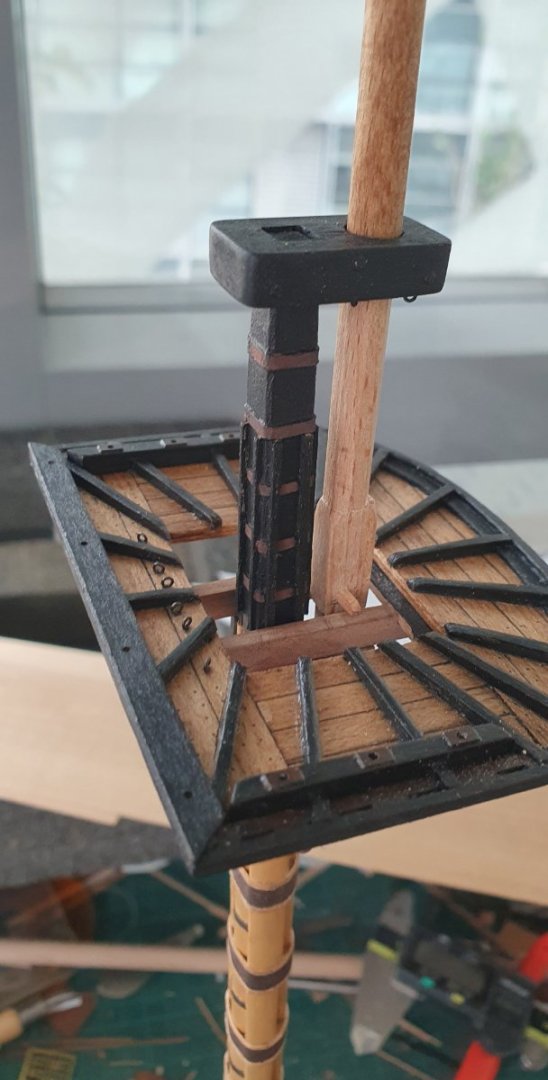
HMS Diana by DavidEN - Caldercraft - 1:64
in - Kit build logs for subjects built from 1751 - 1800
Posted
Thanks Dave. I have just started the rigging but I can see that it is going to be a lot more challenging than I initially thought. It looks like you have made some good progress on your Diana. You will be rigging in no time.
Regards,
David